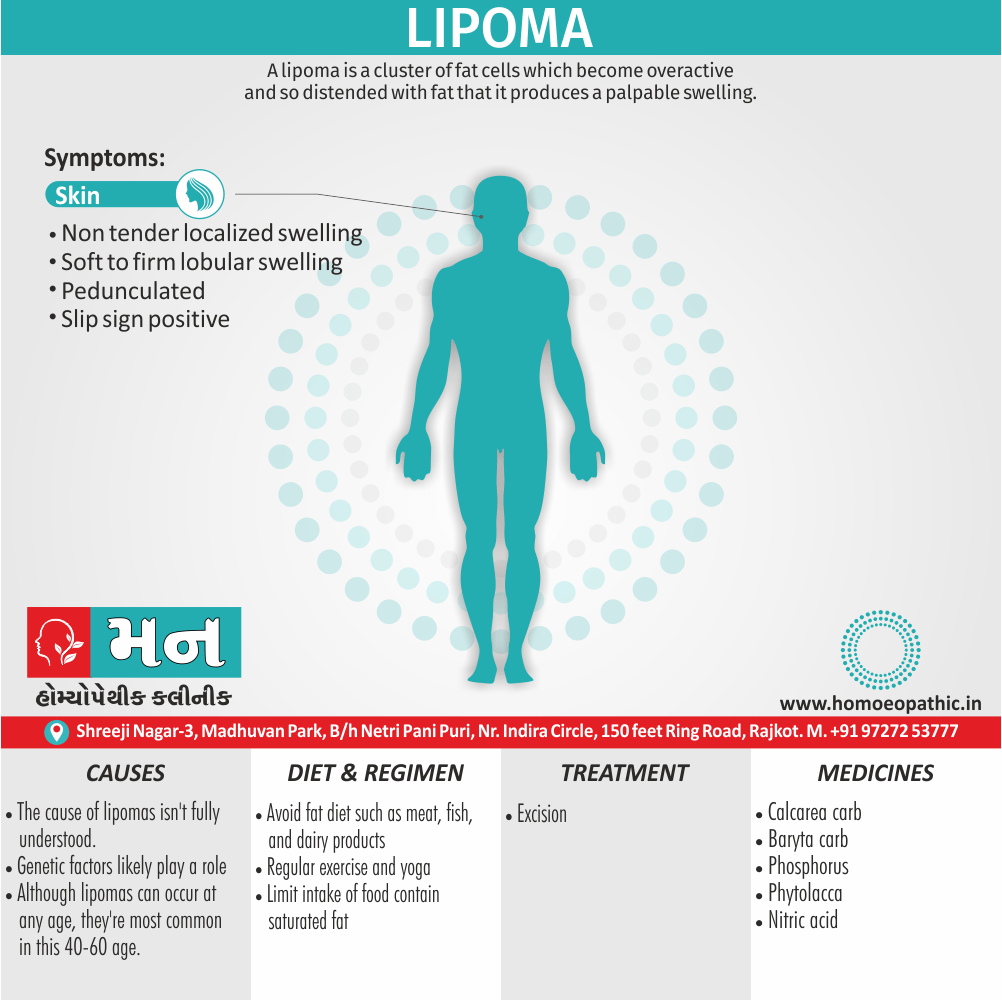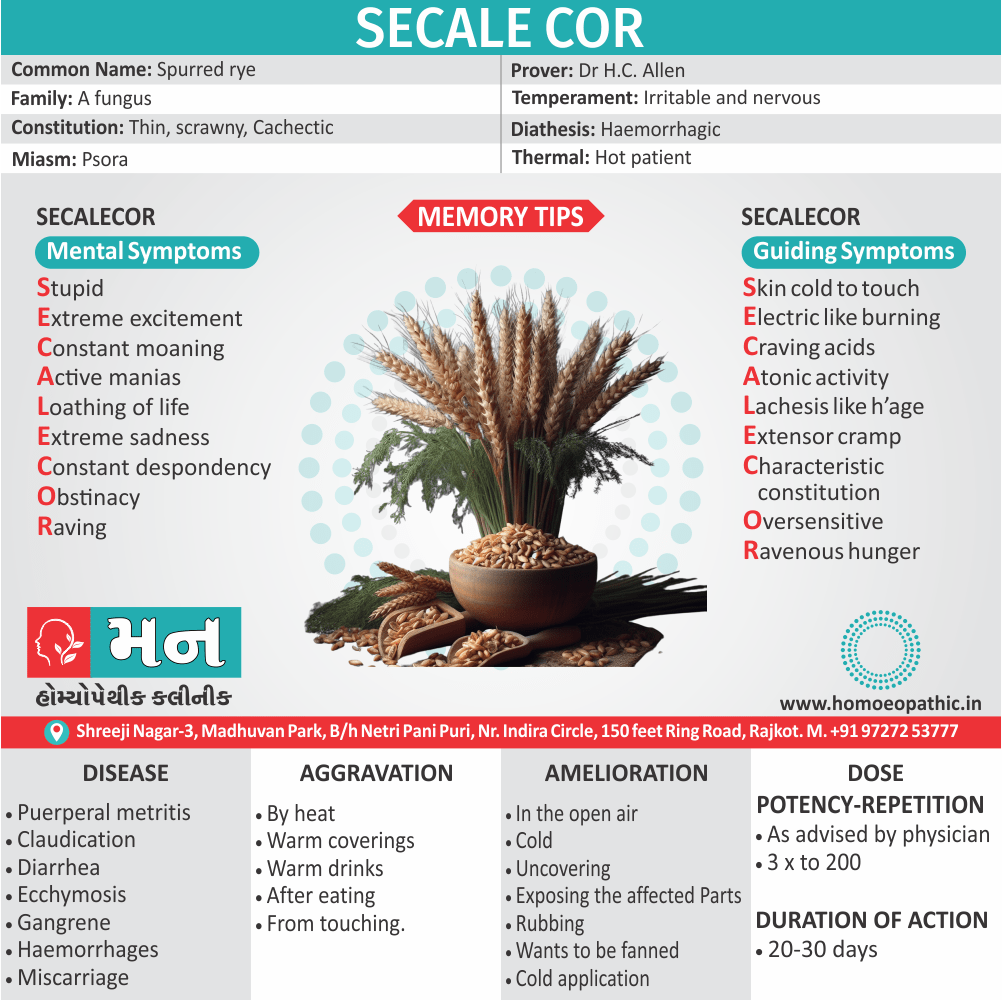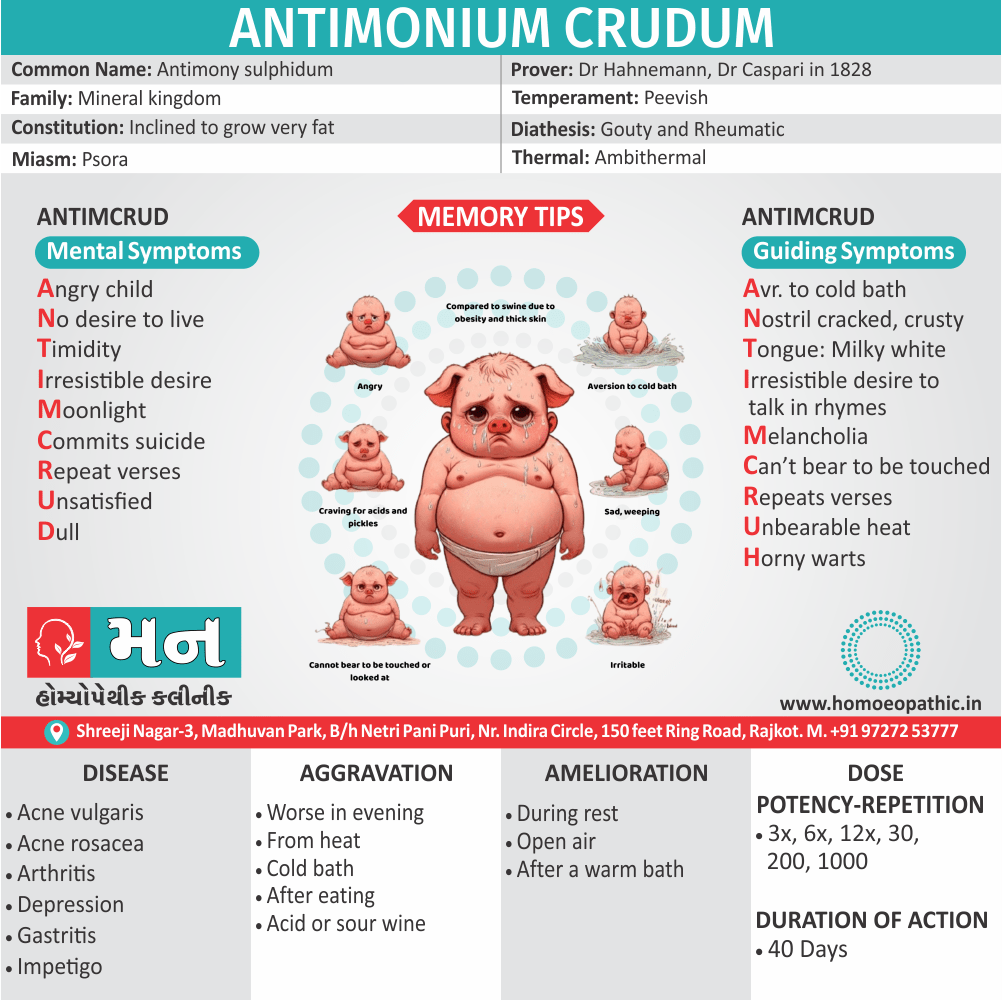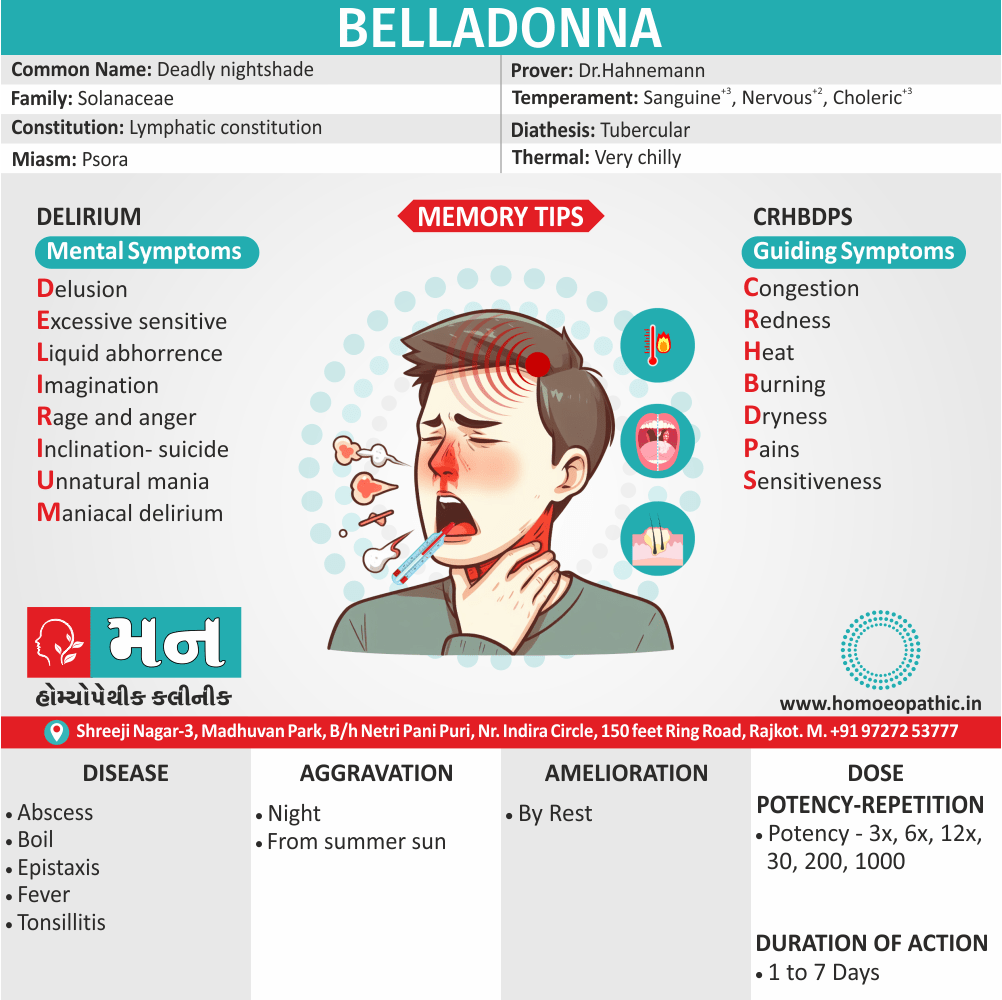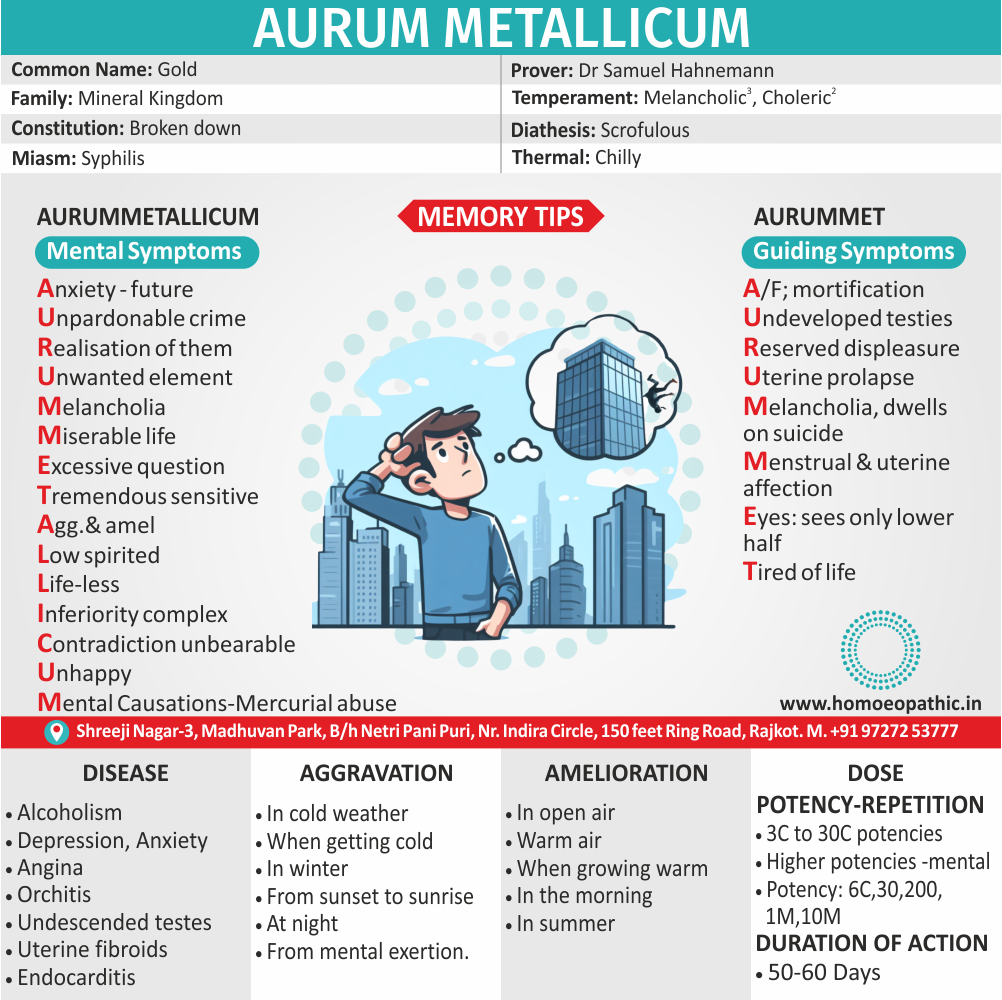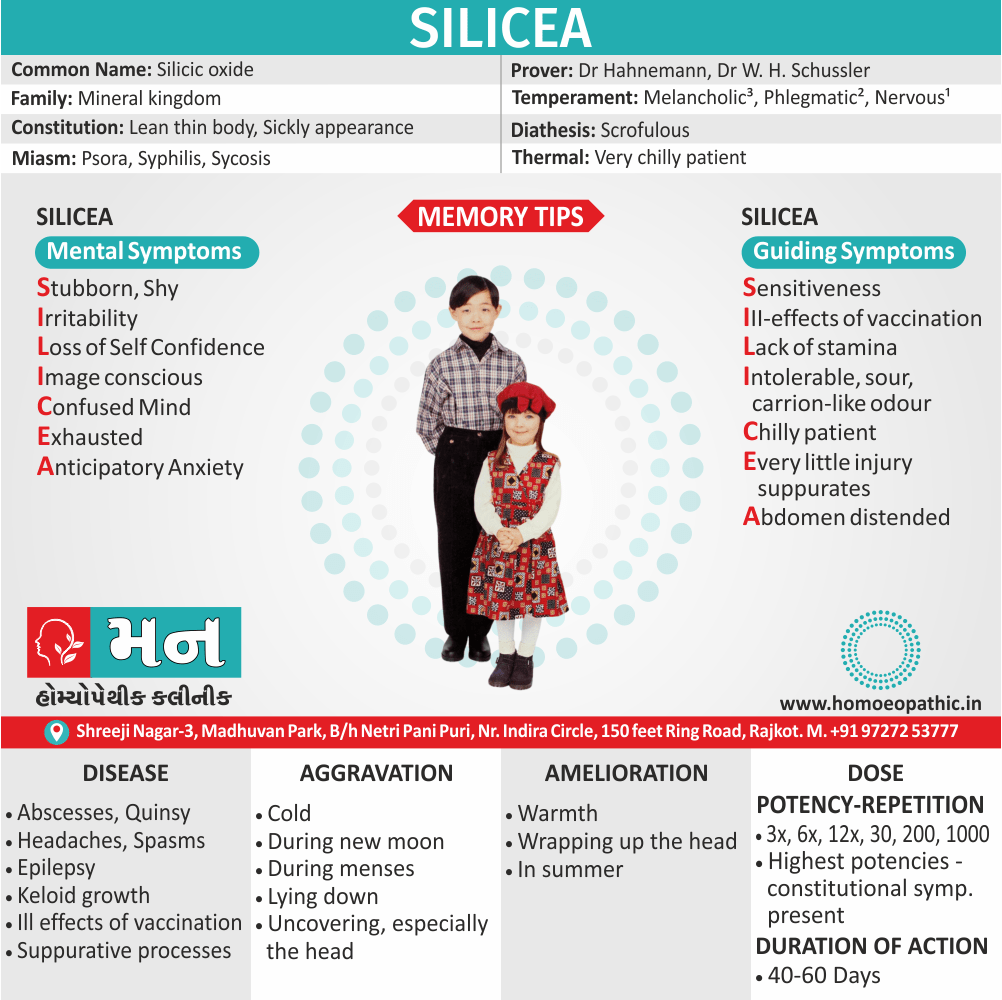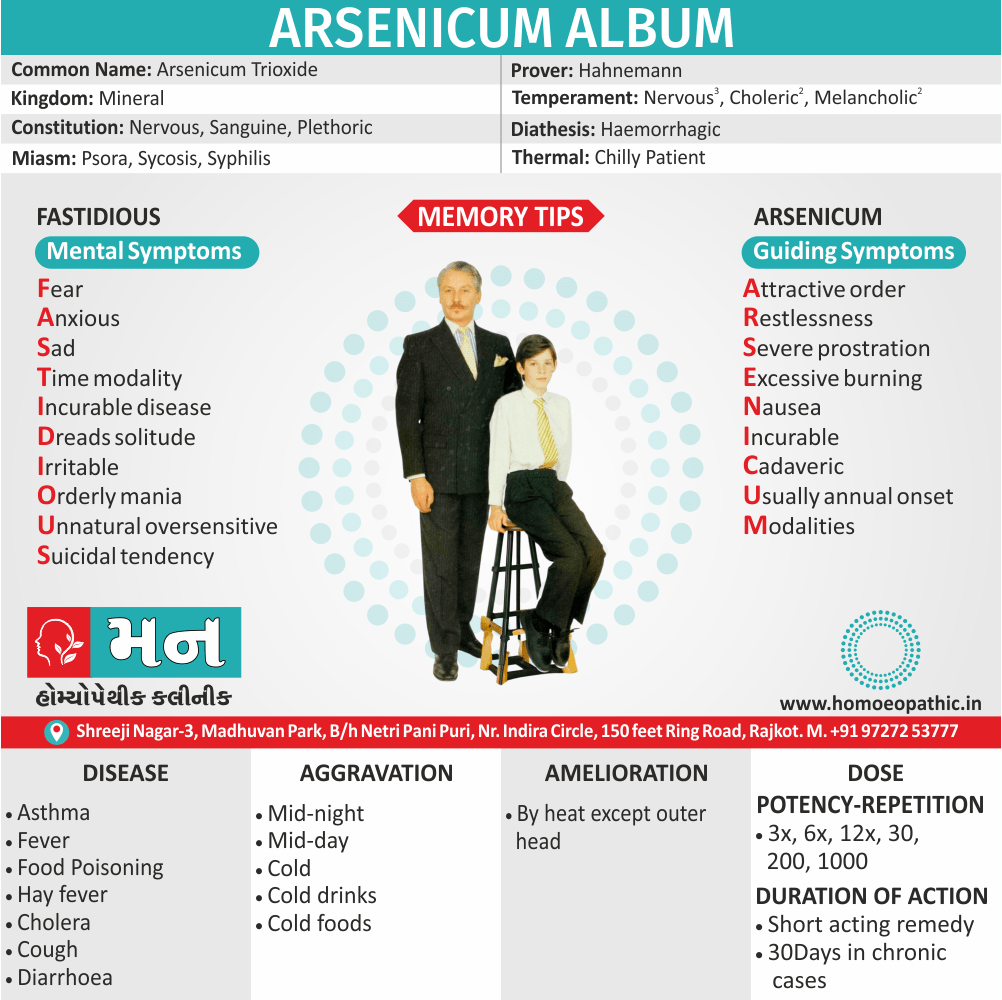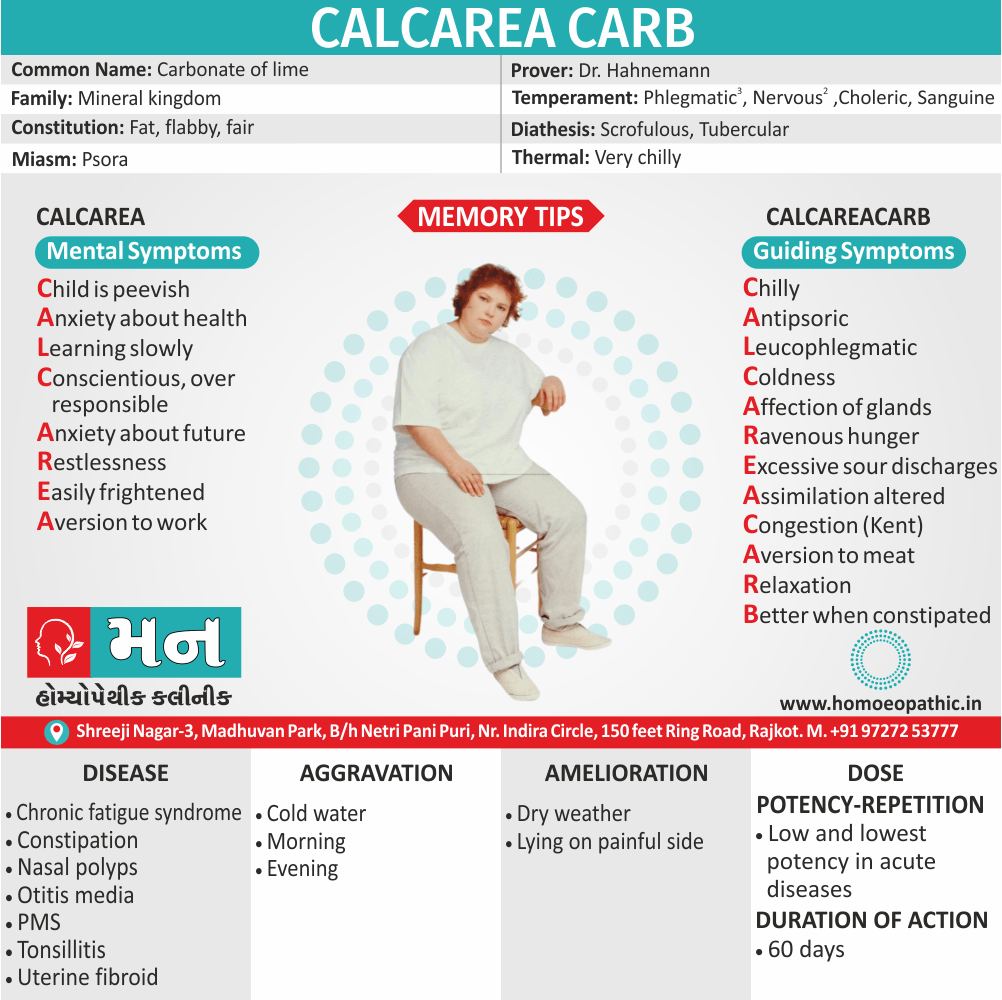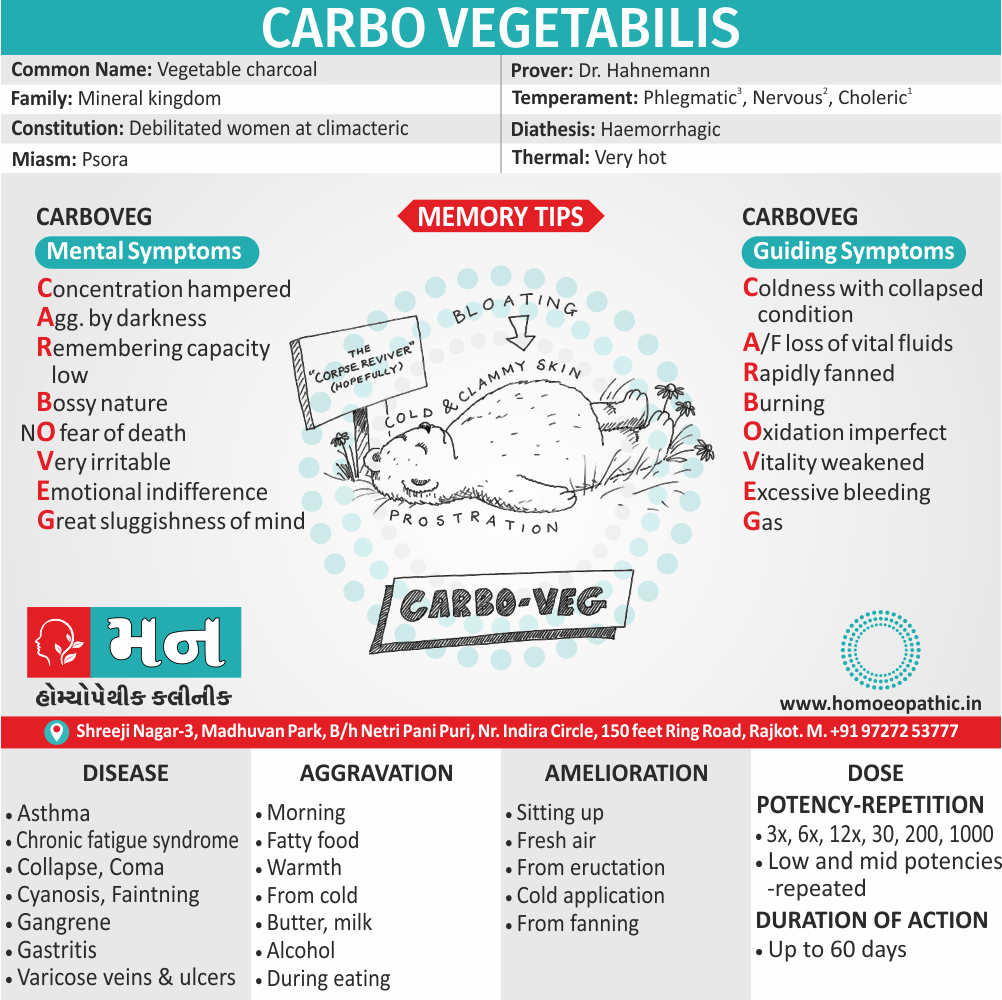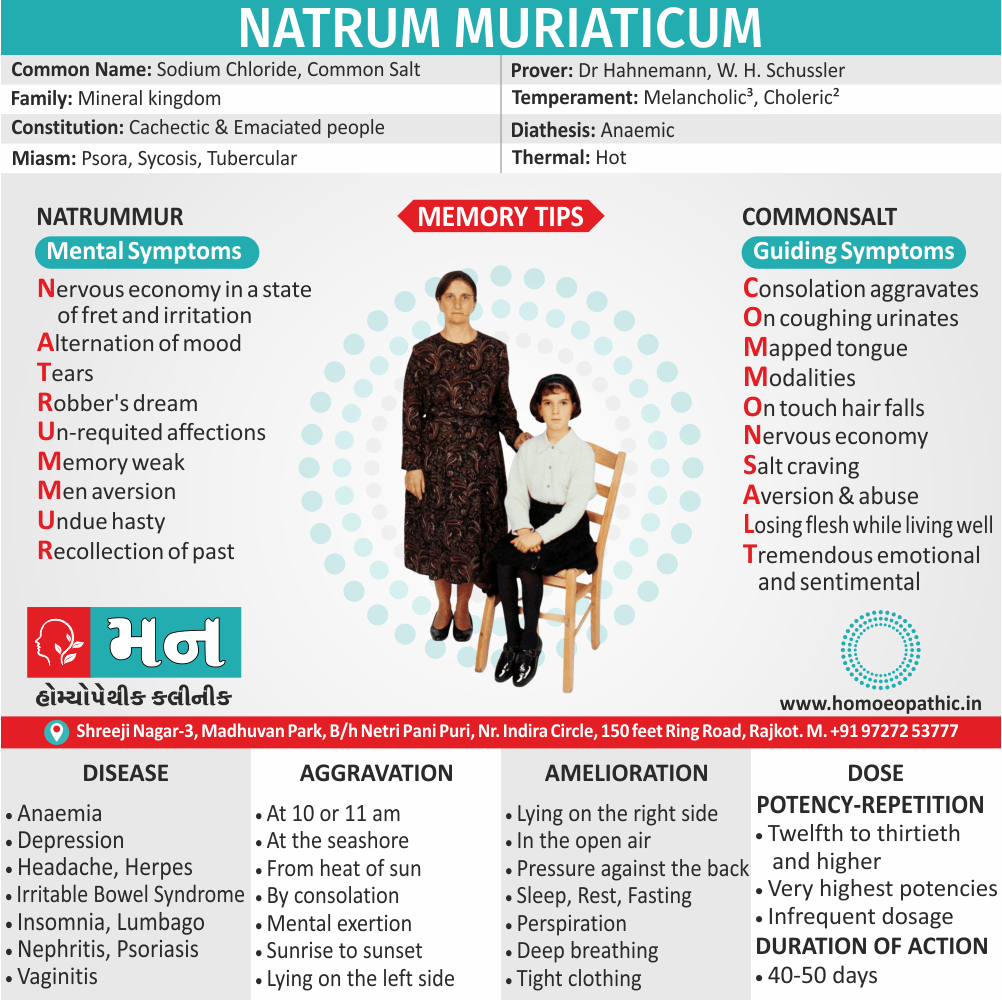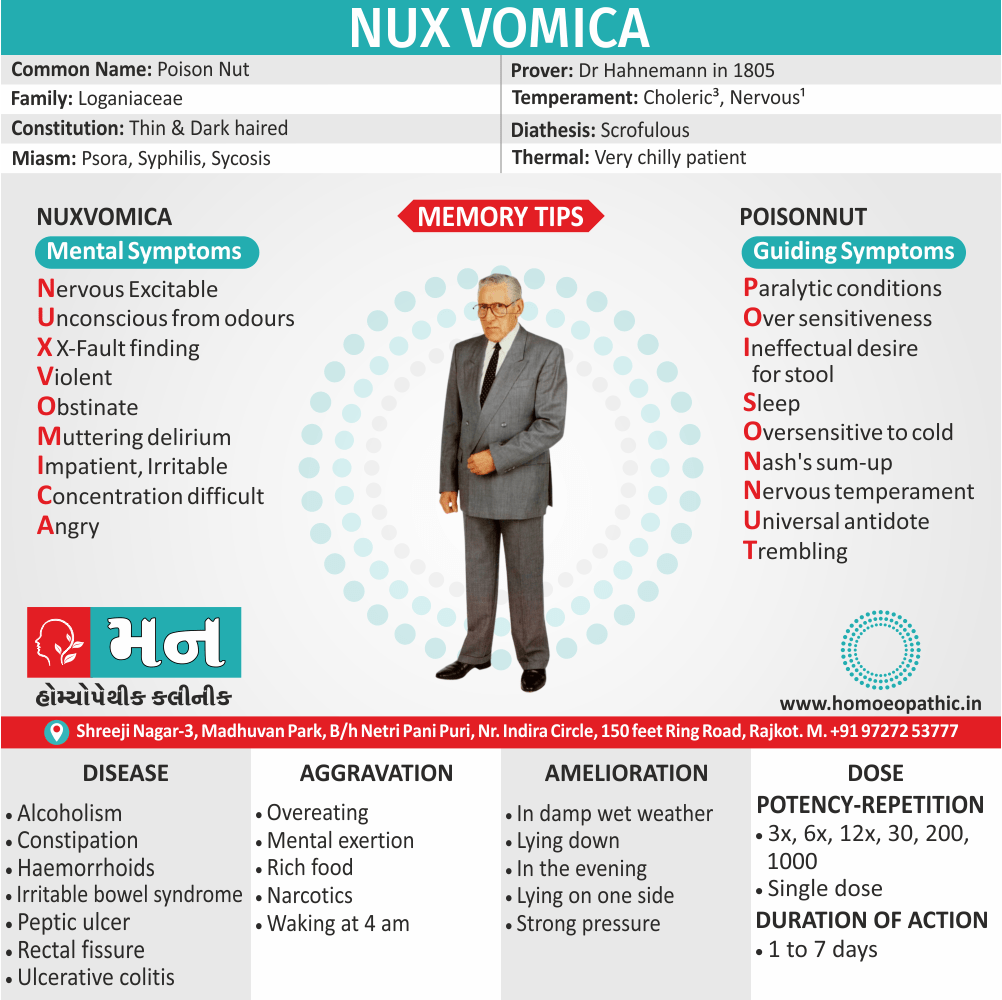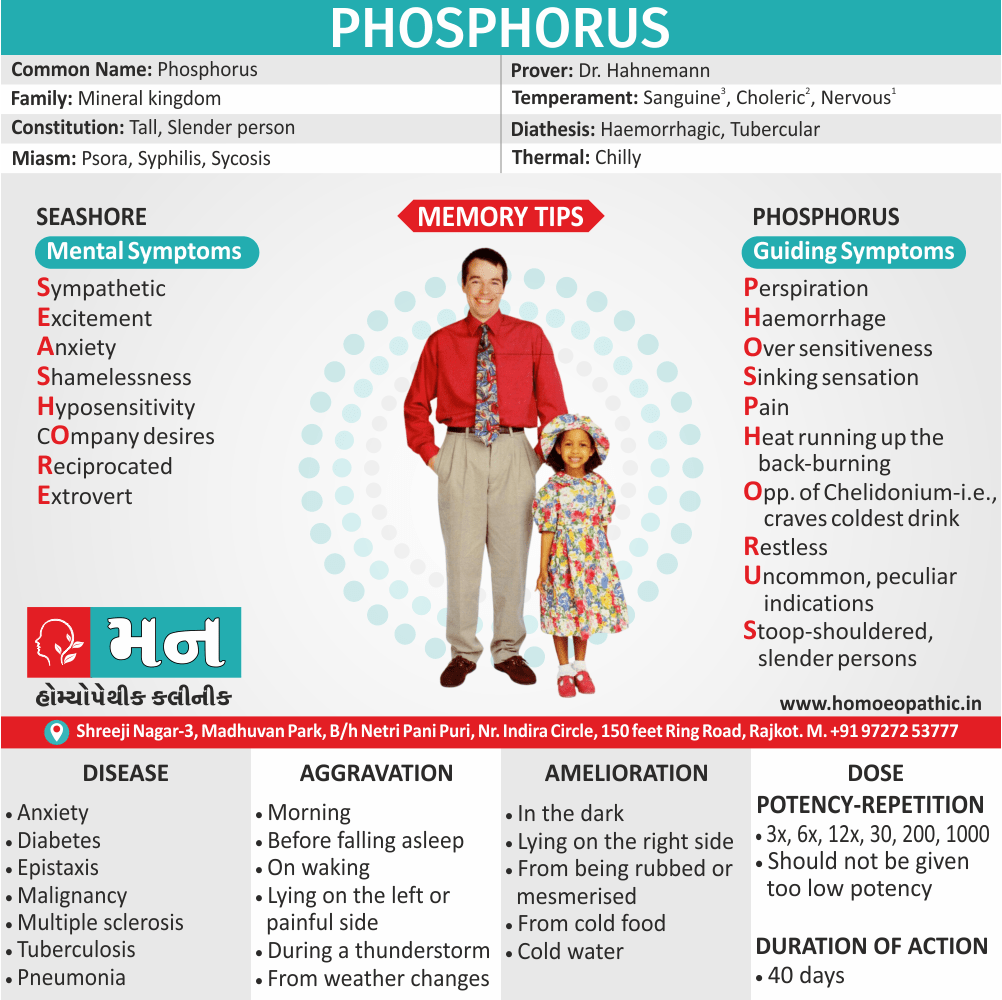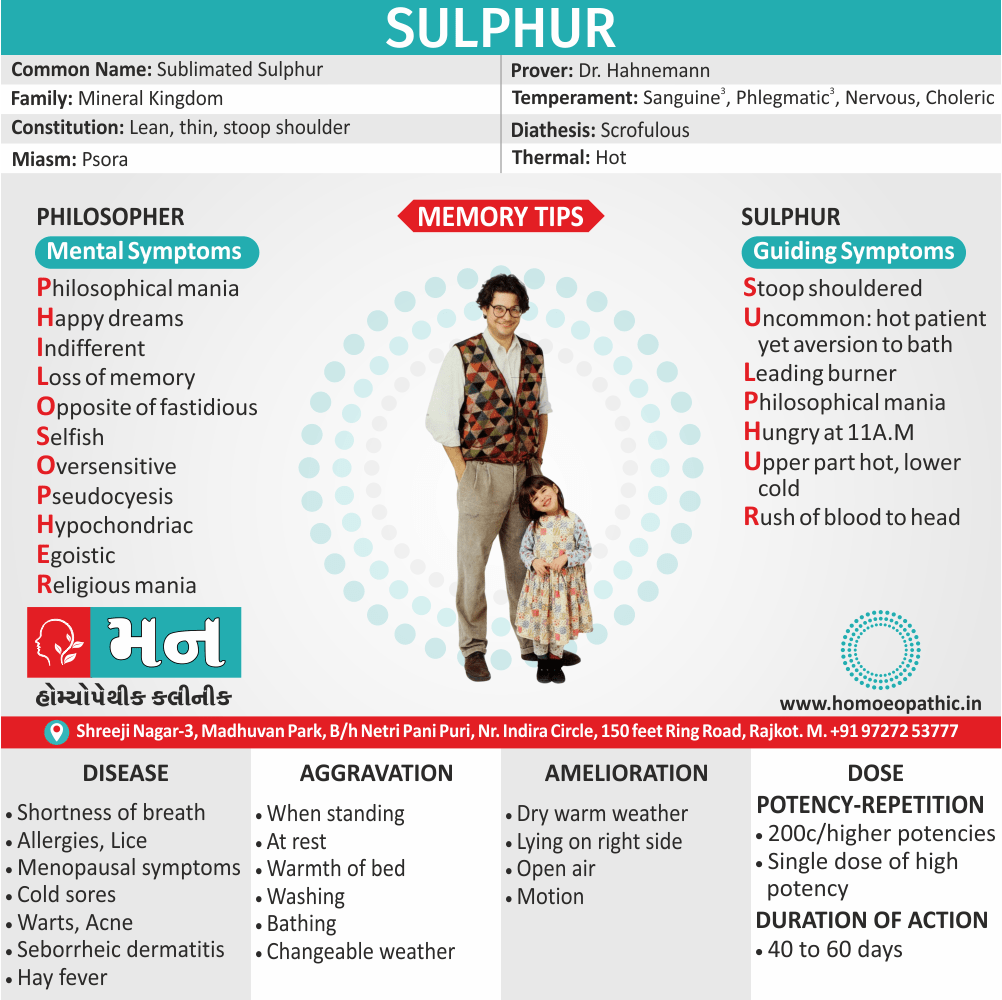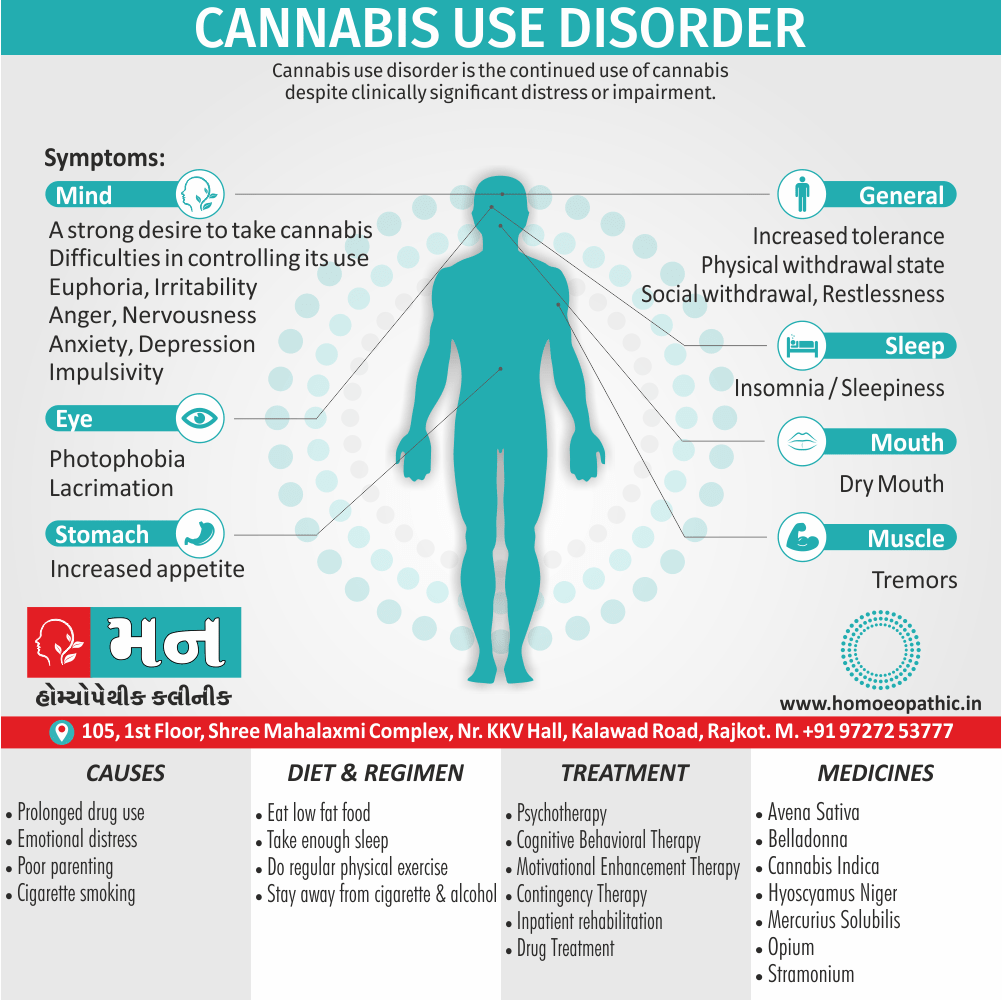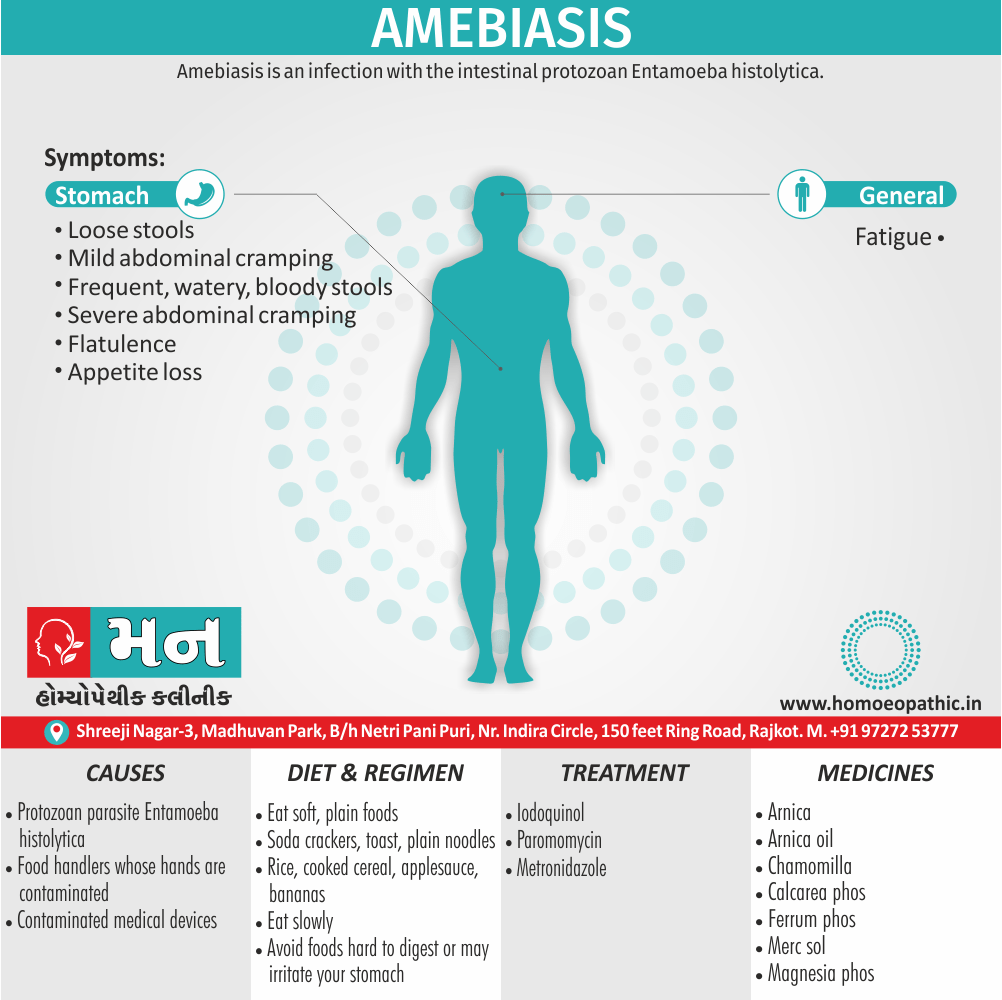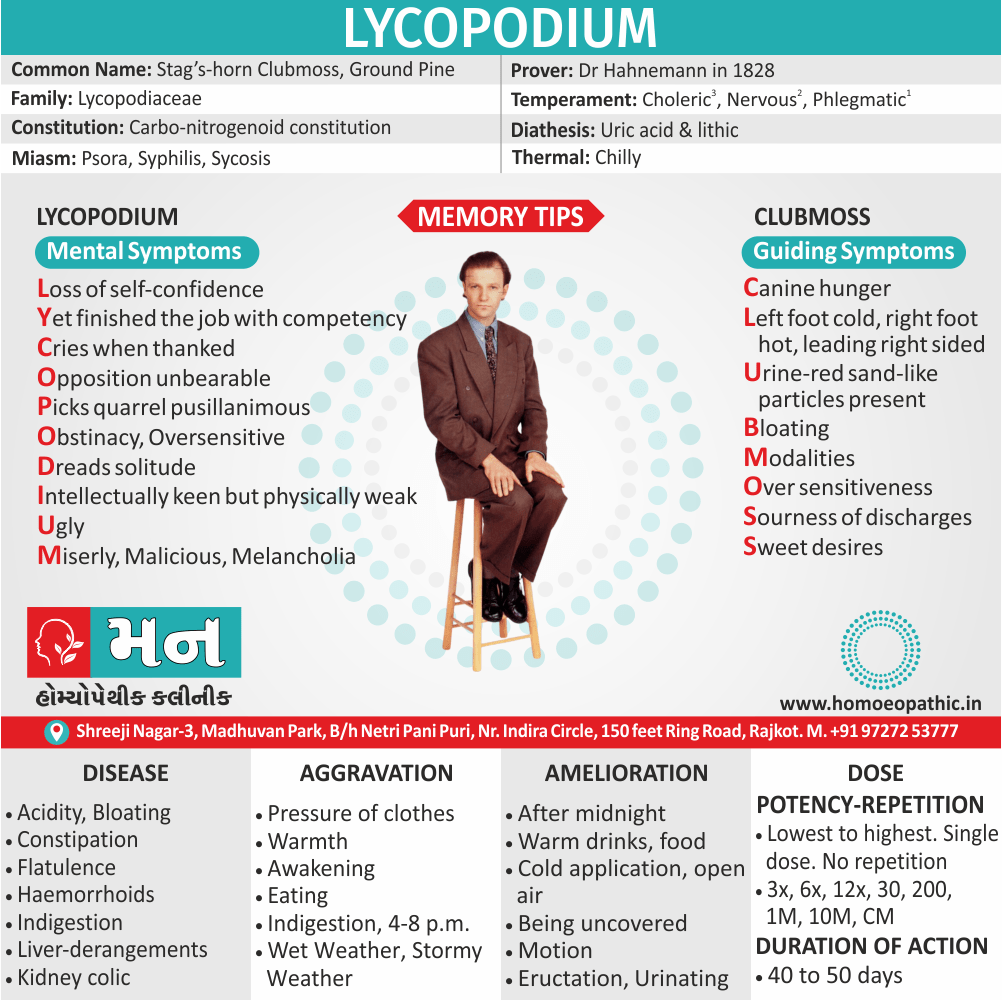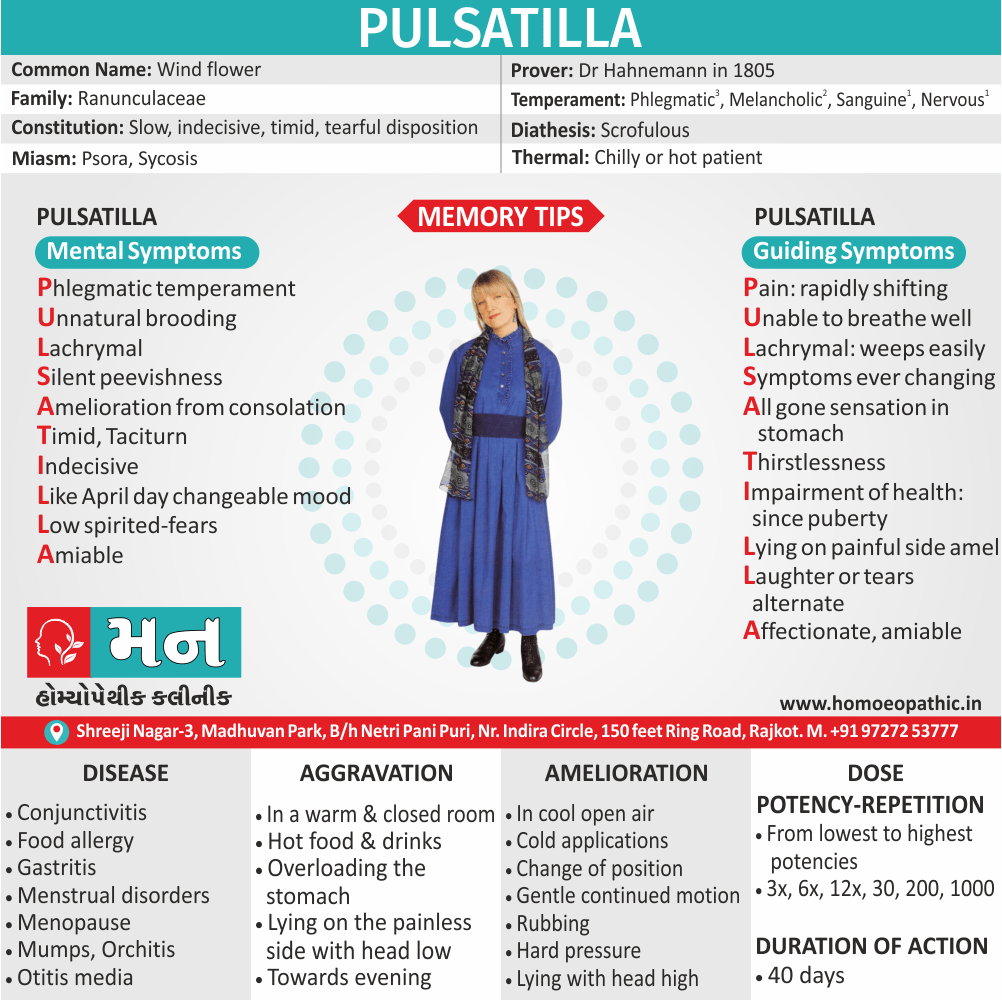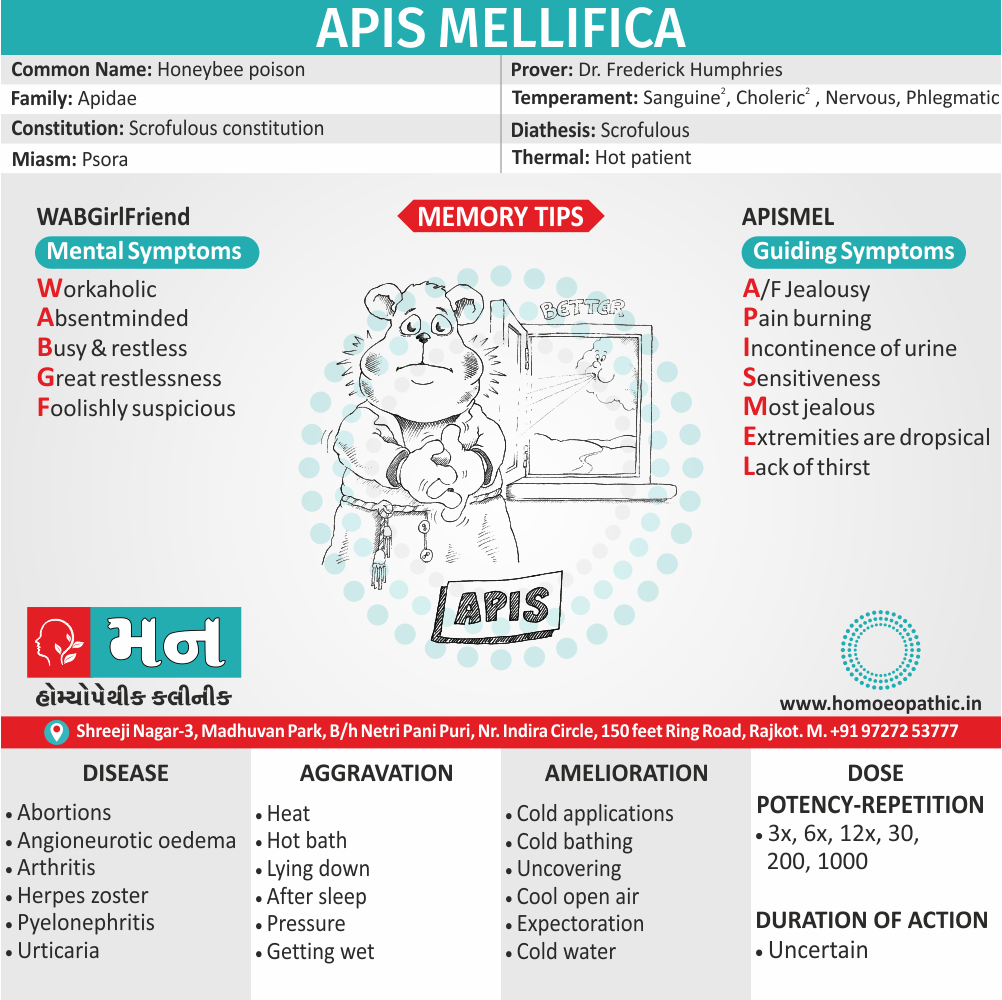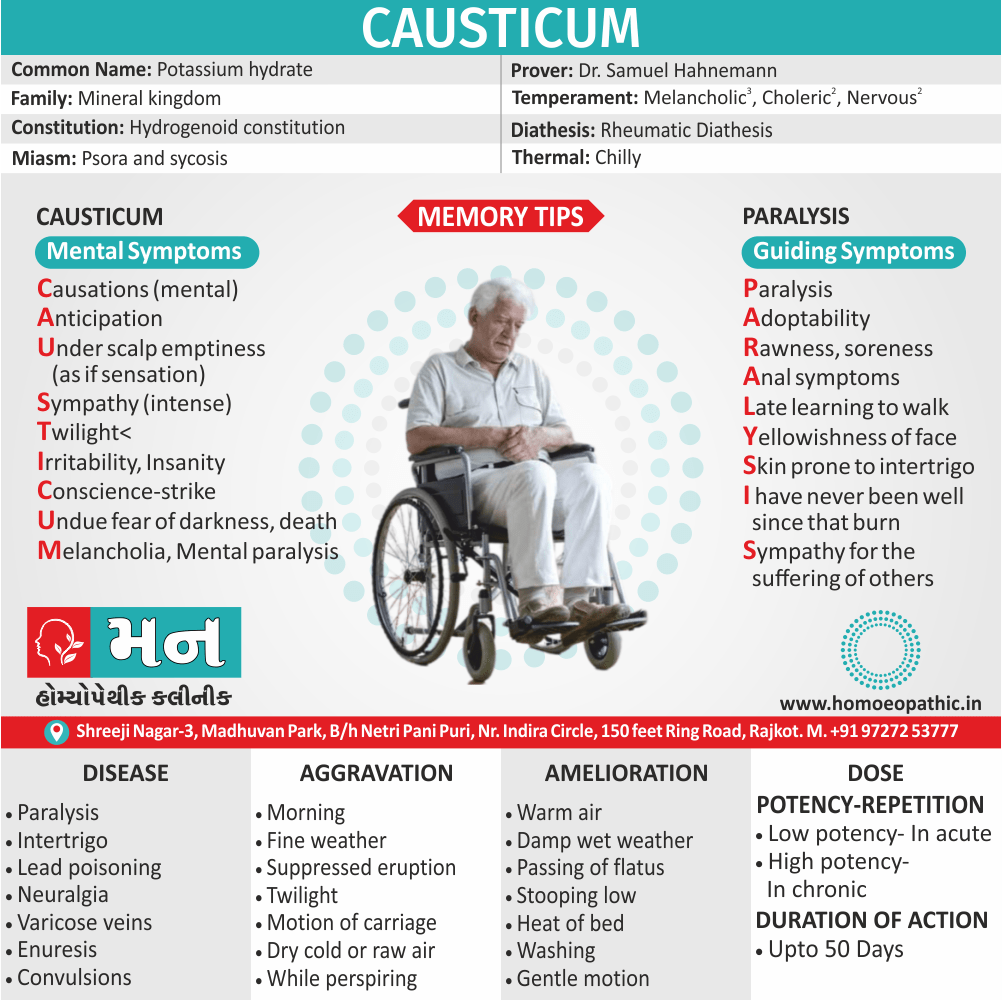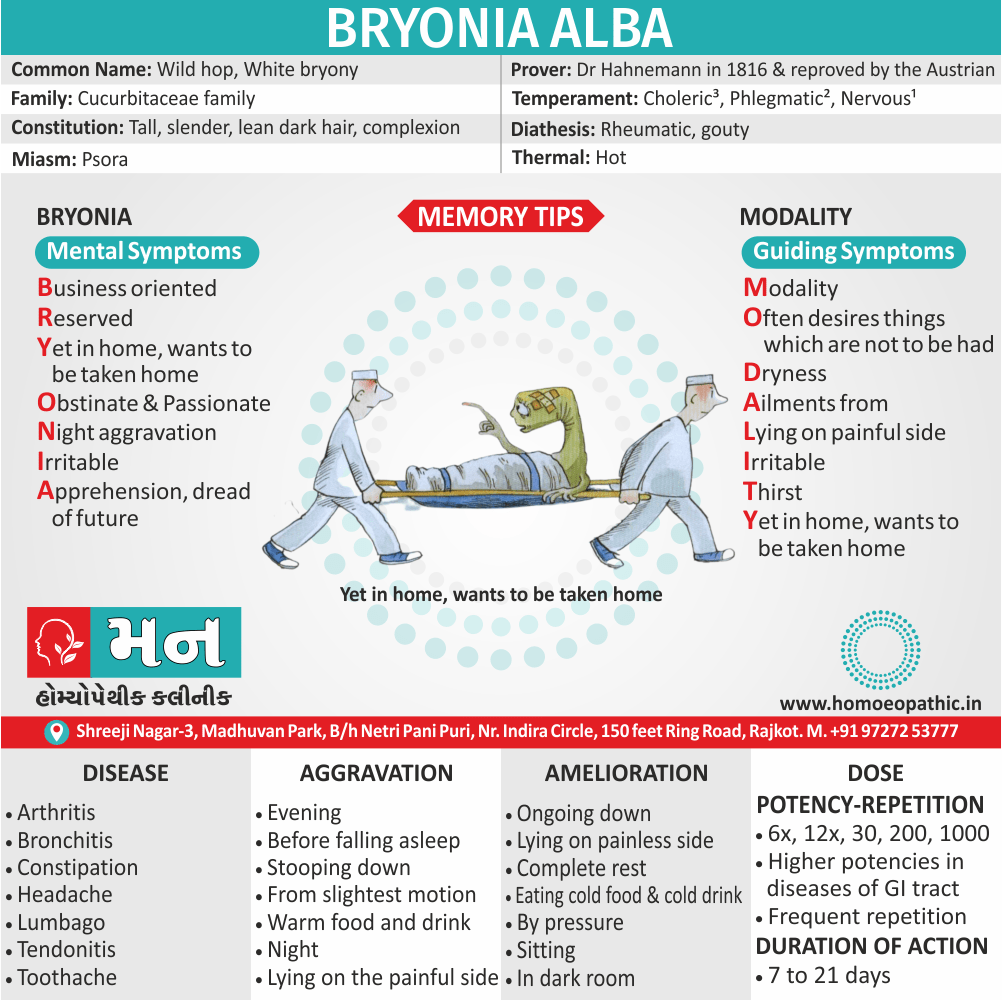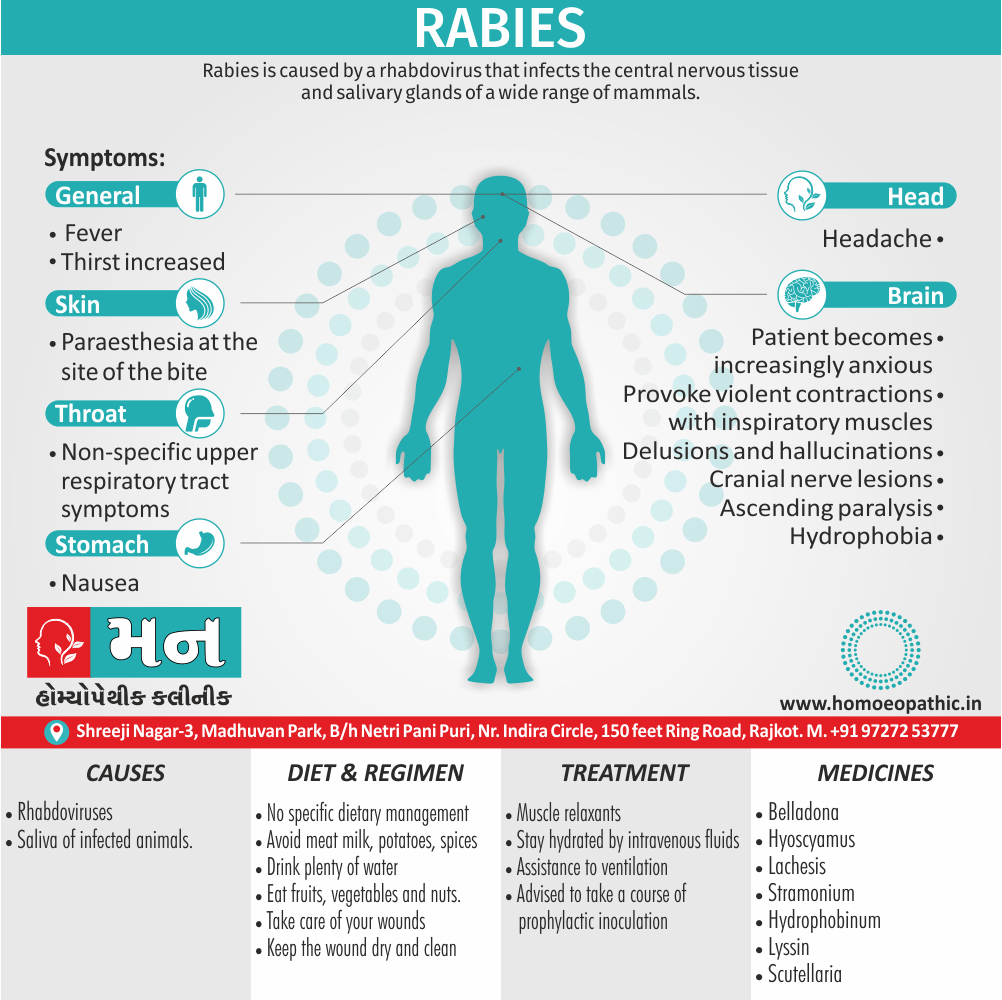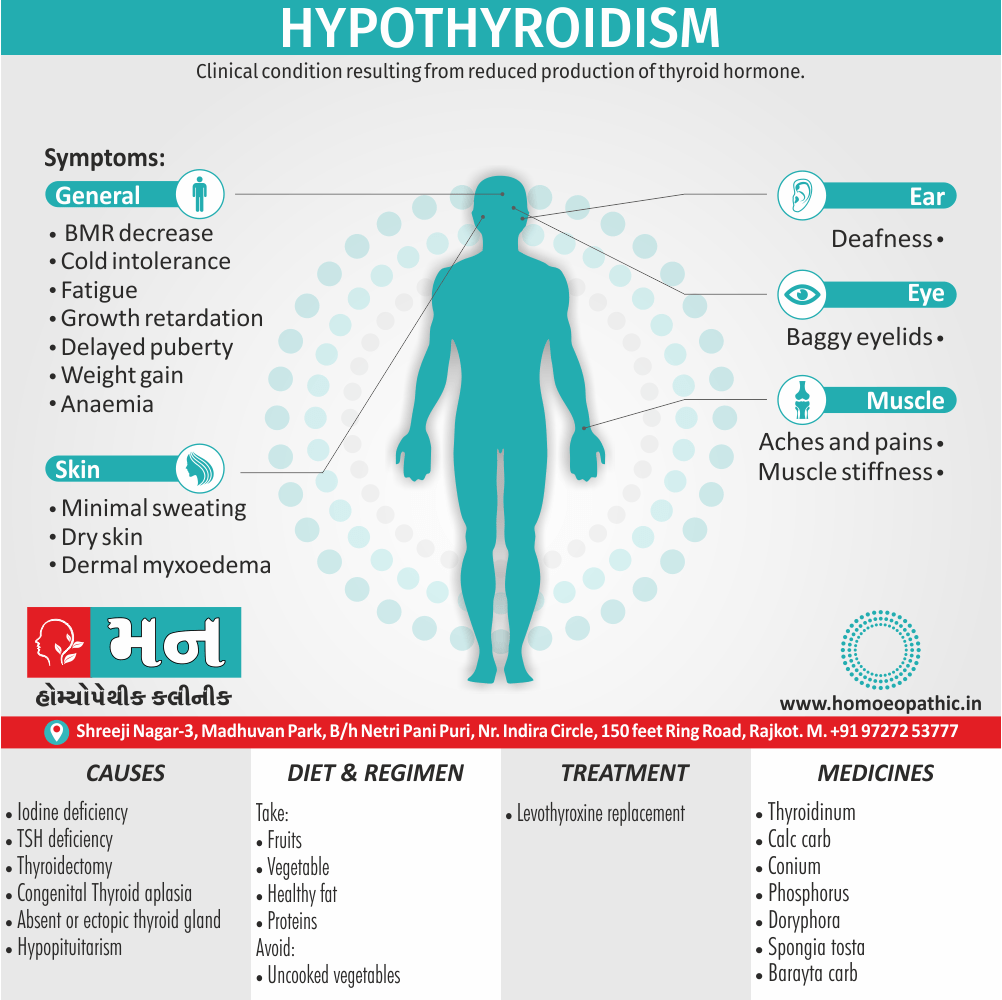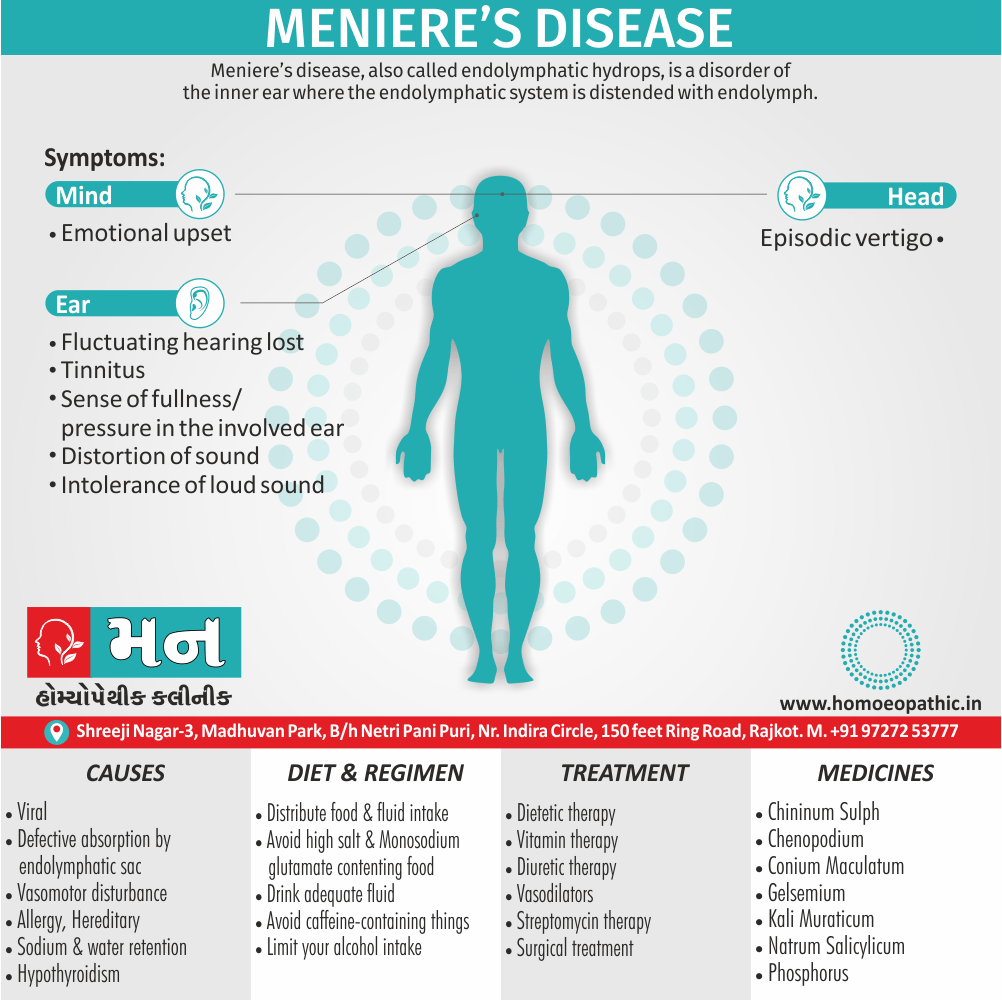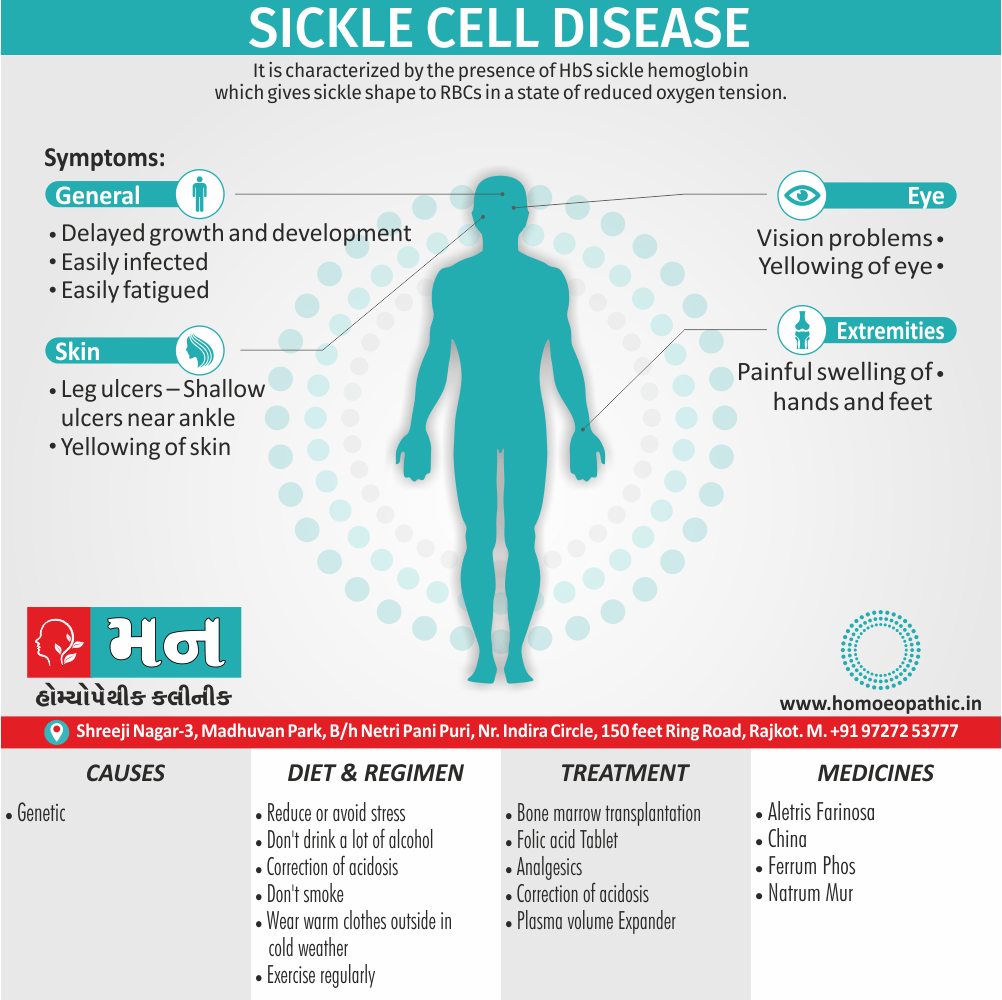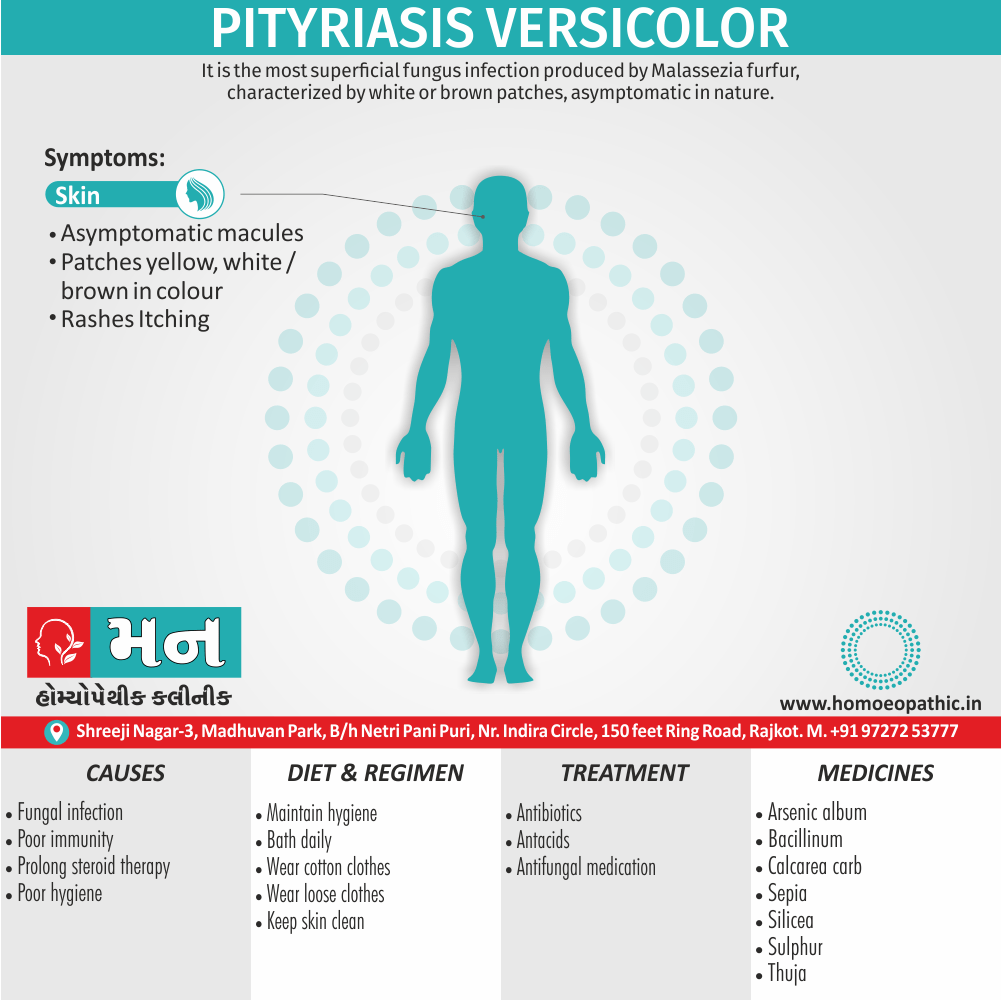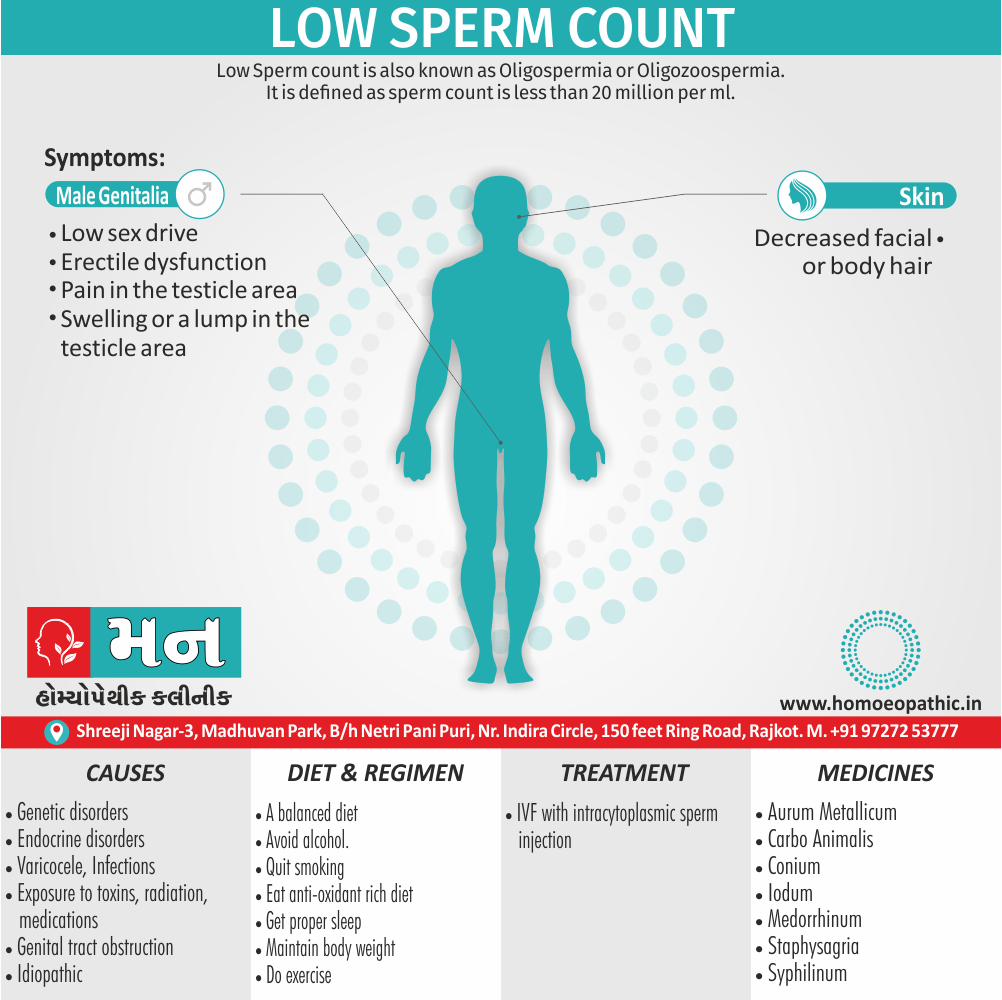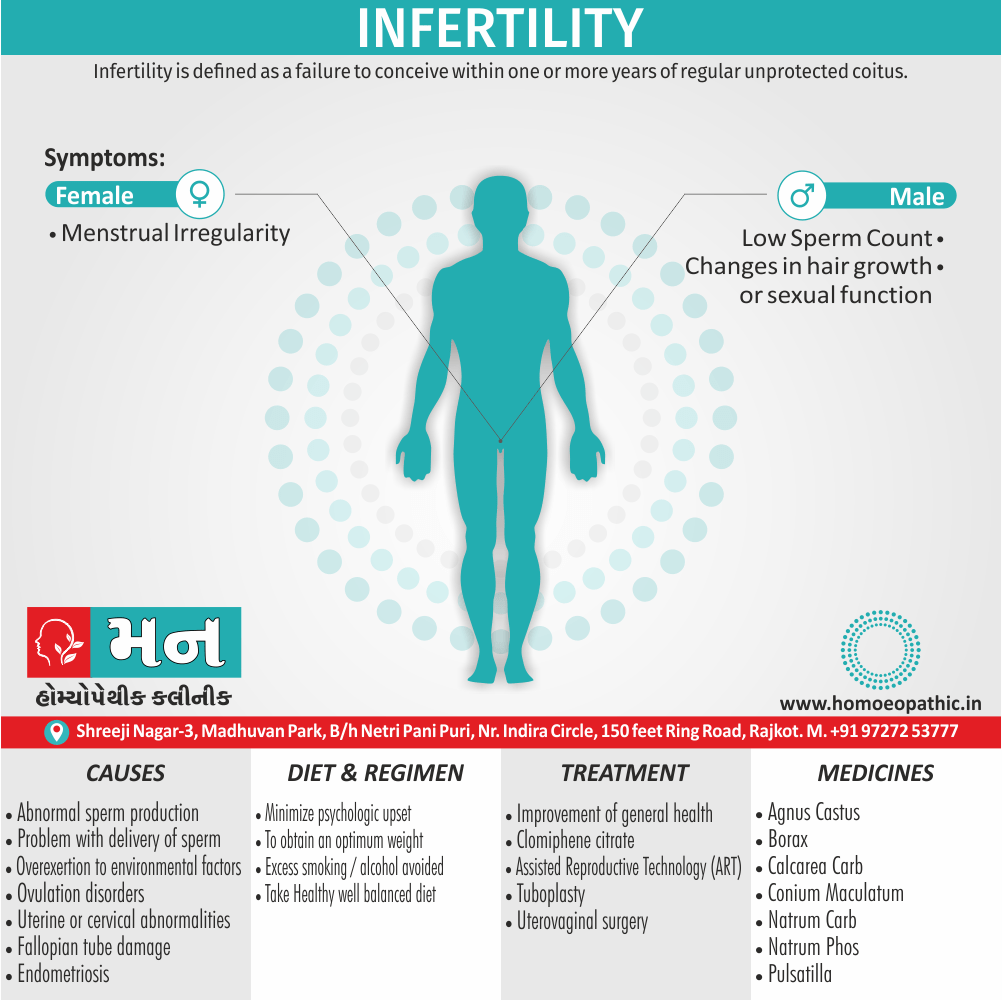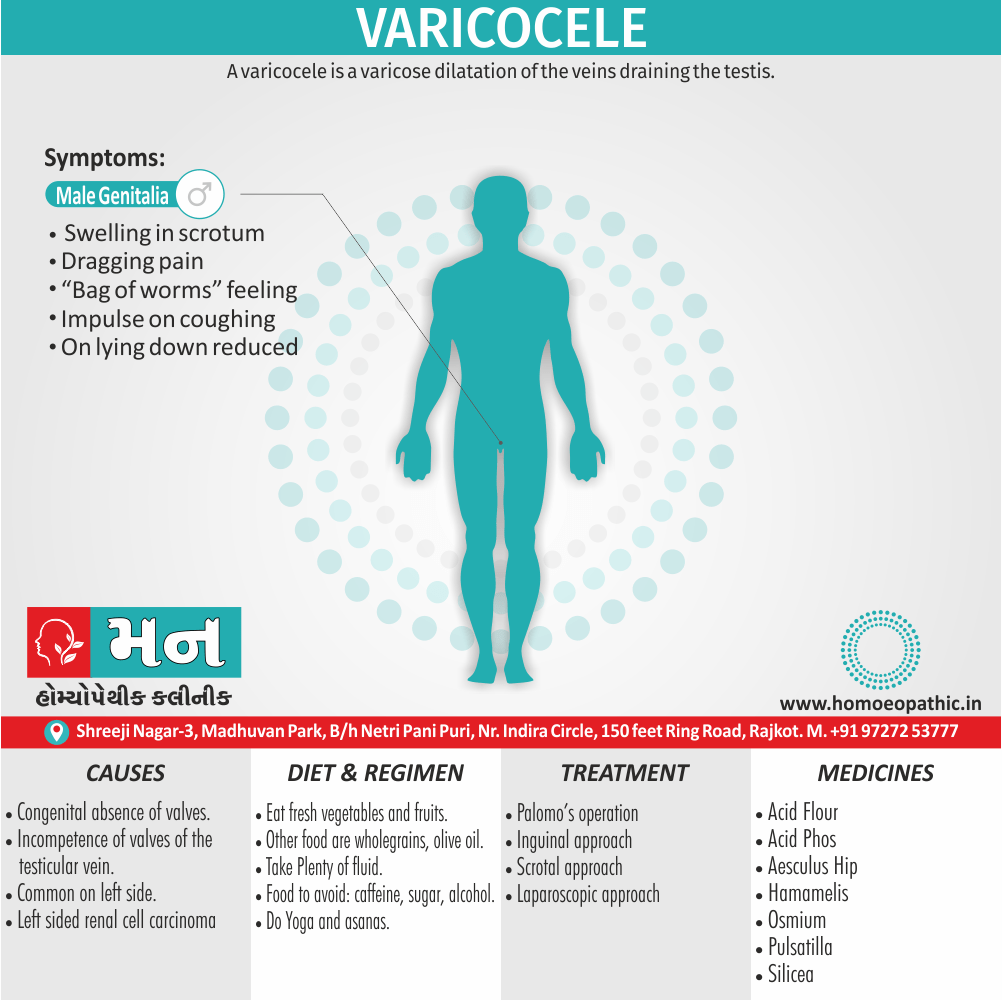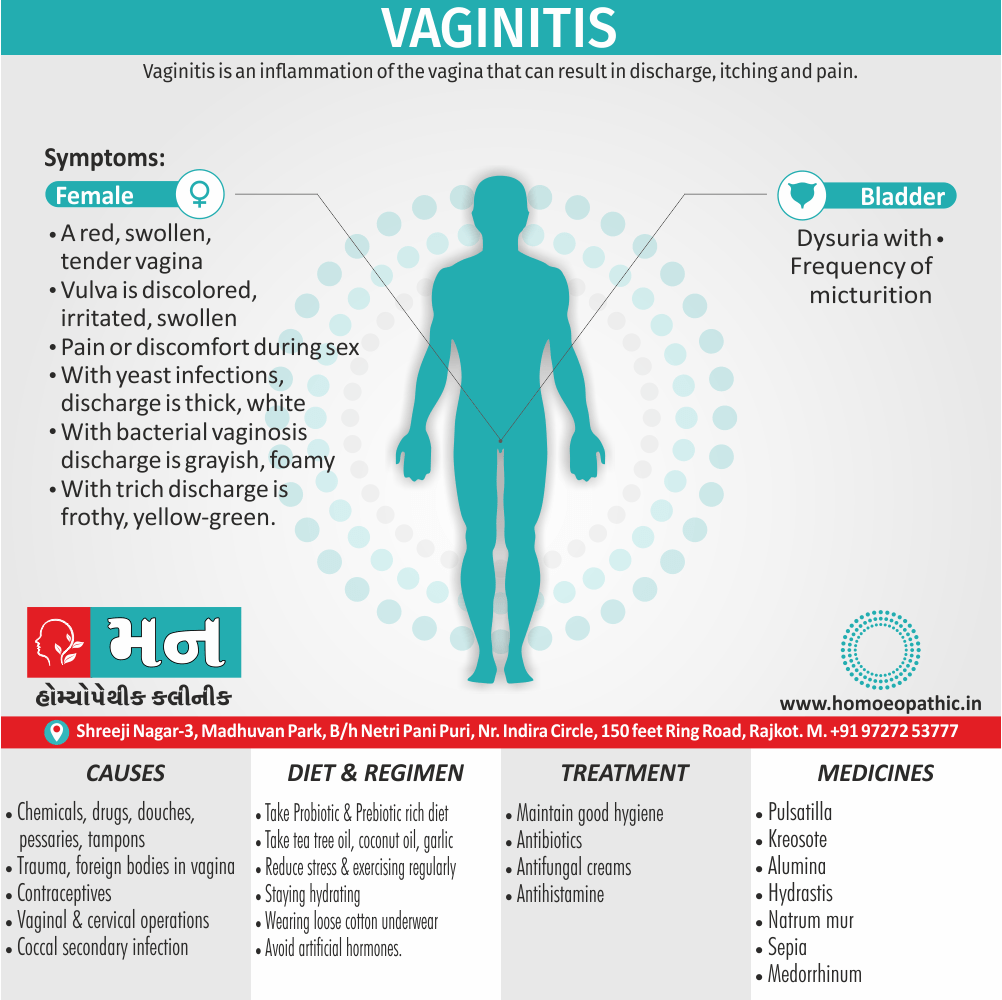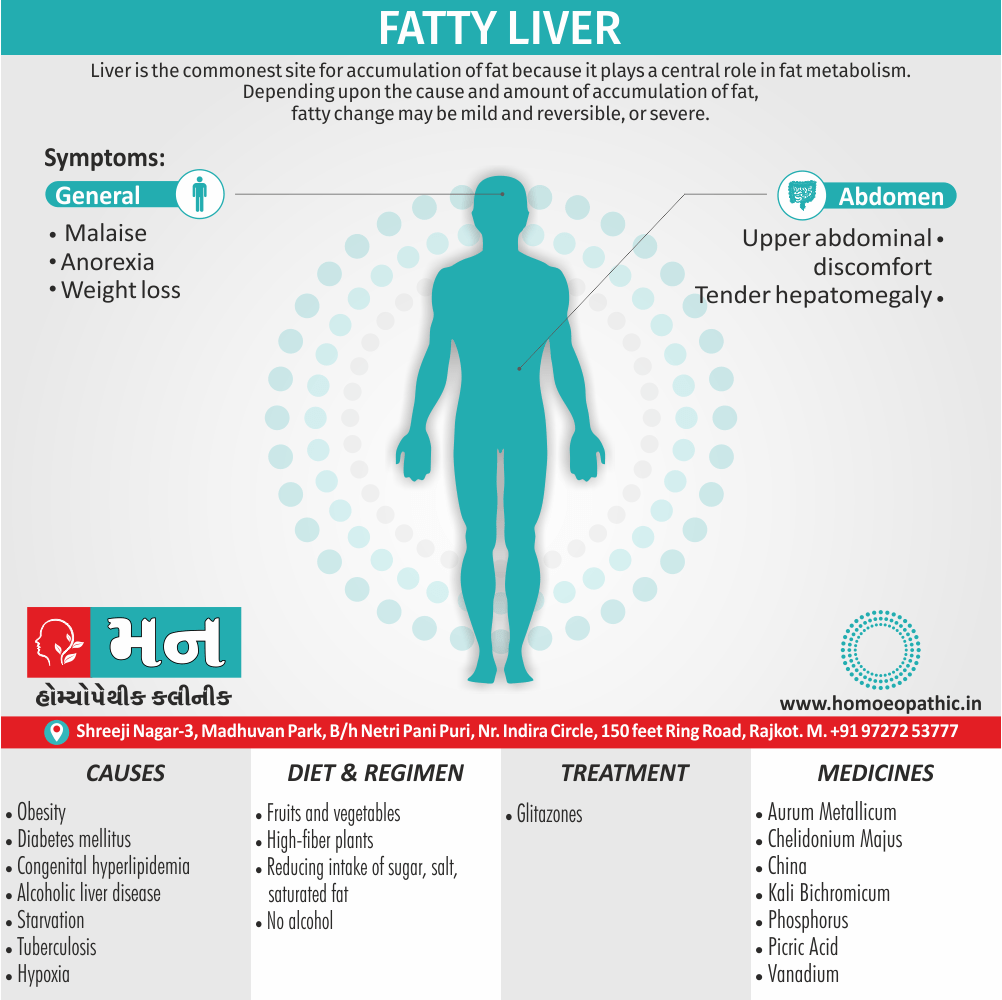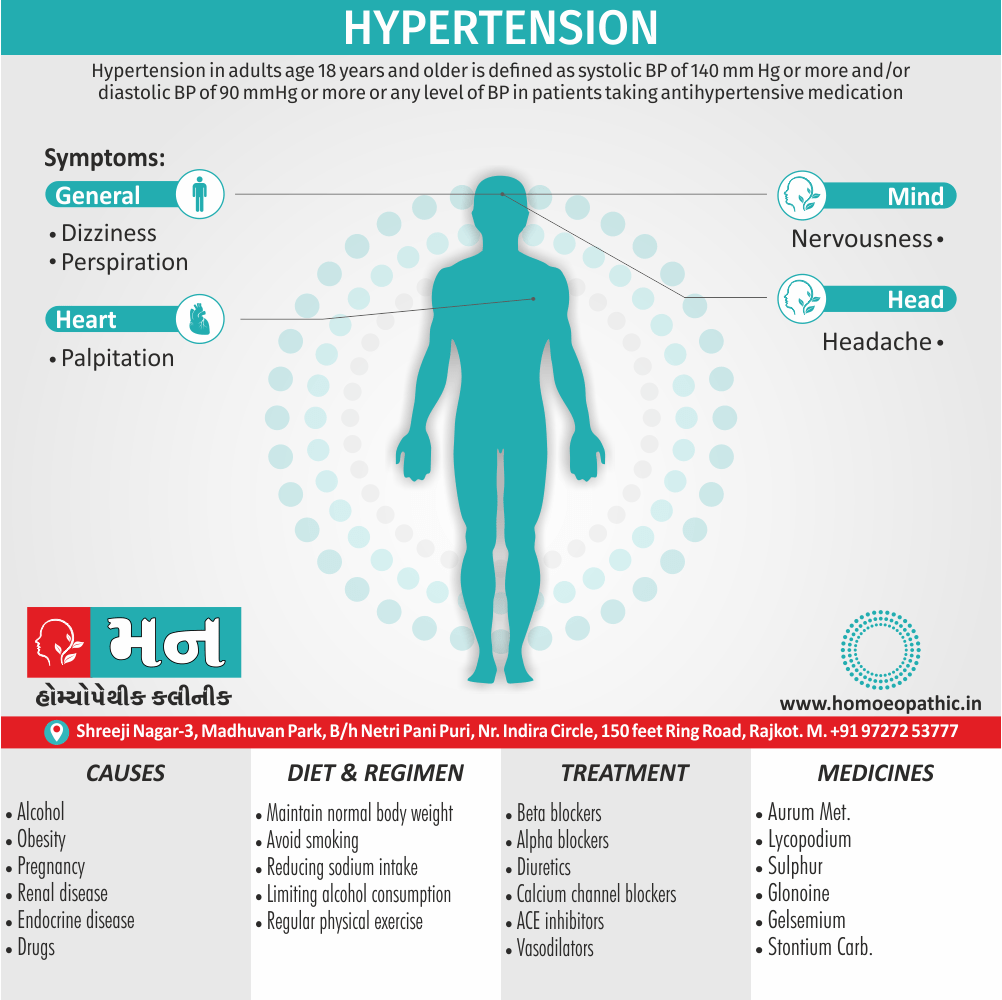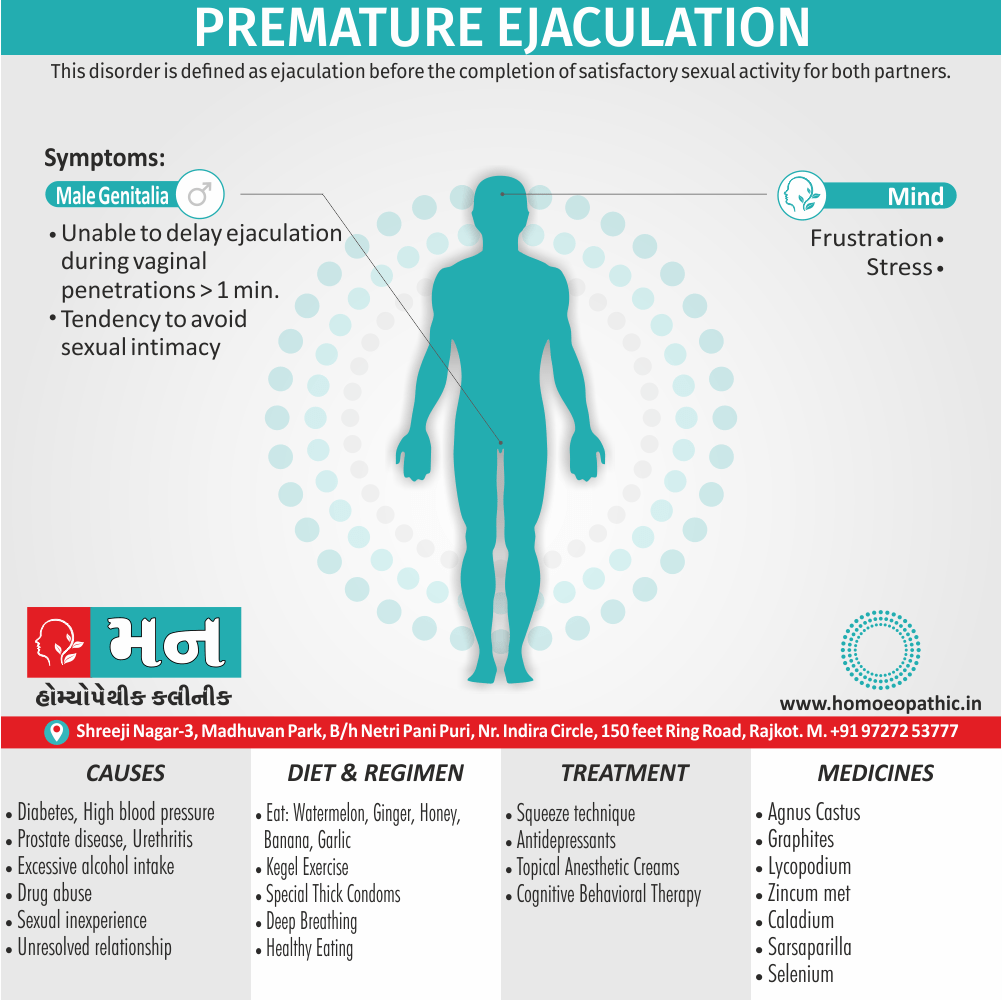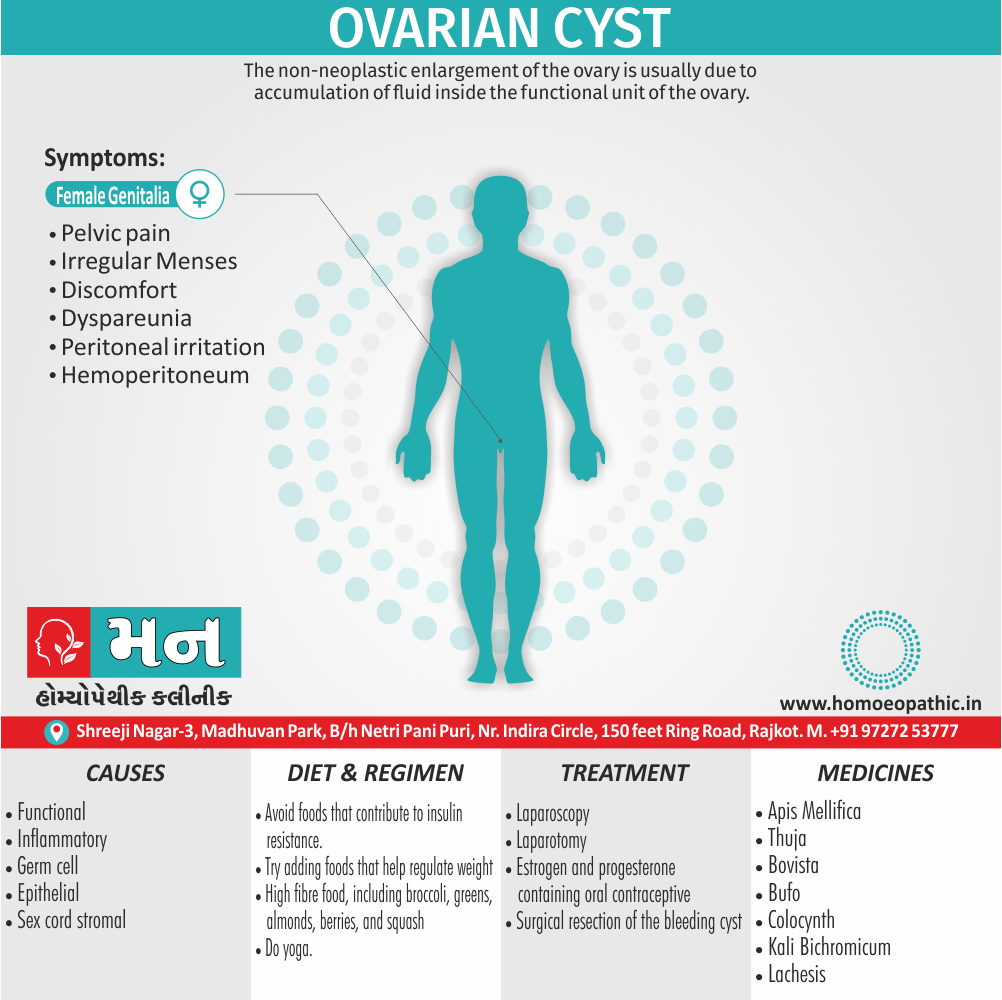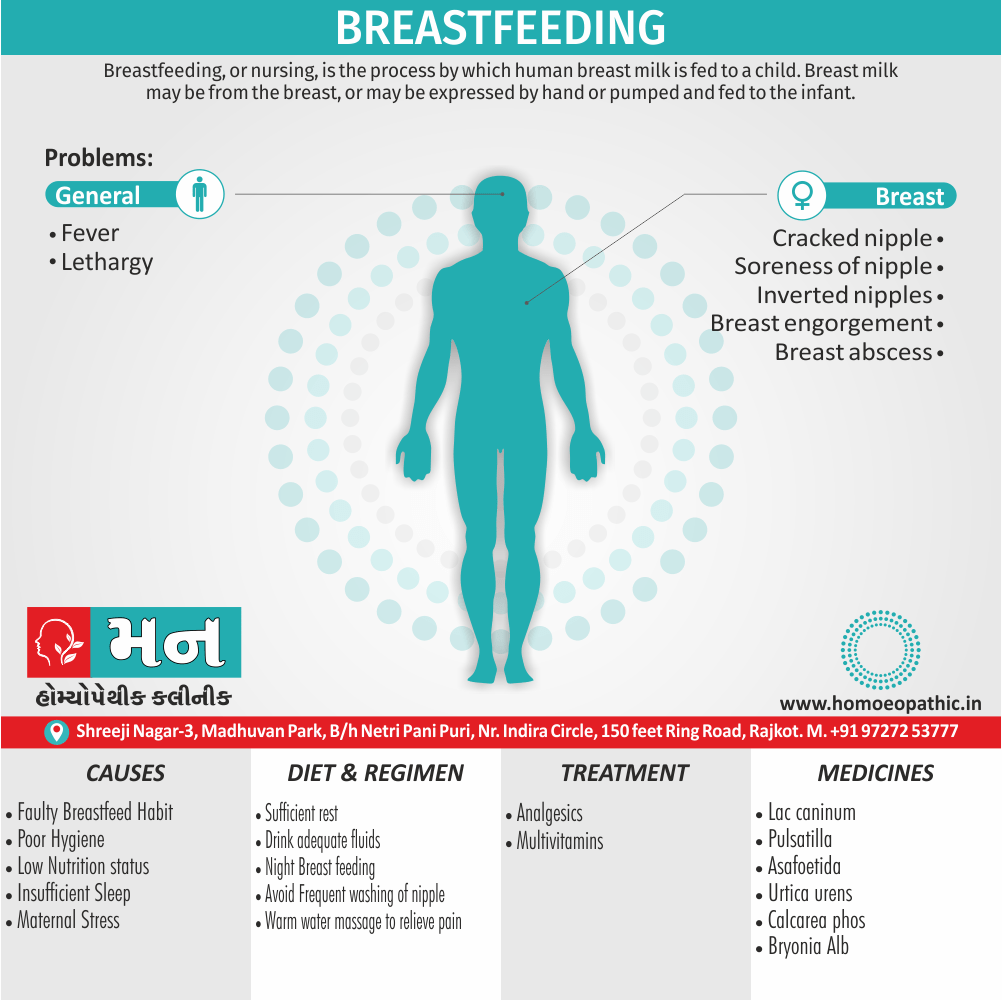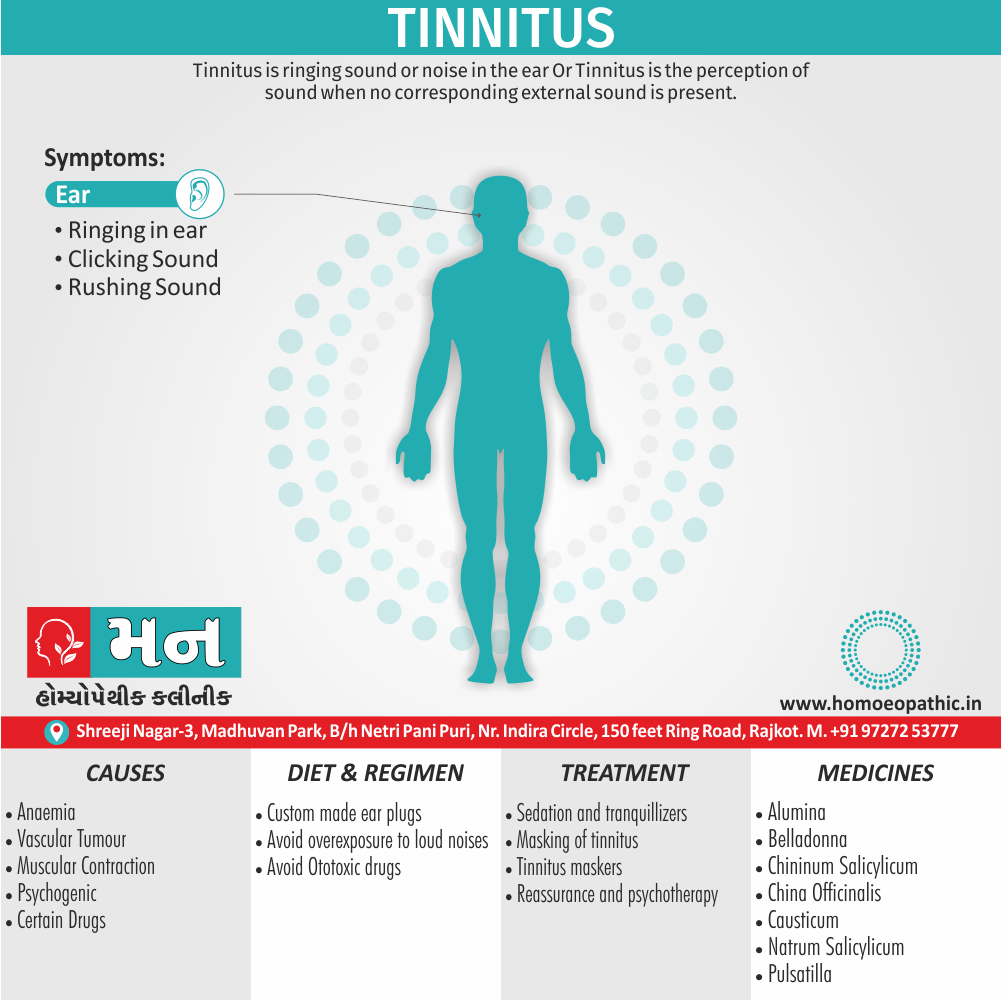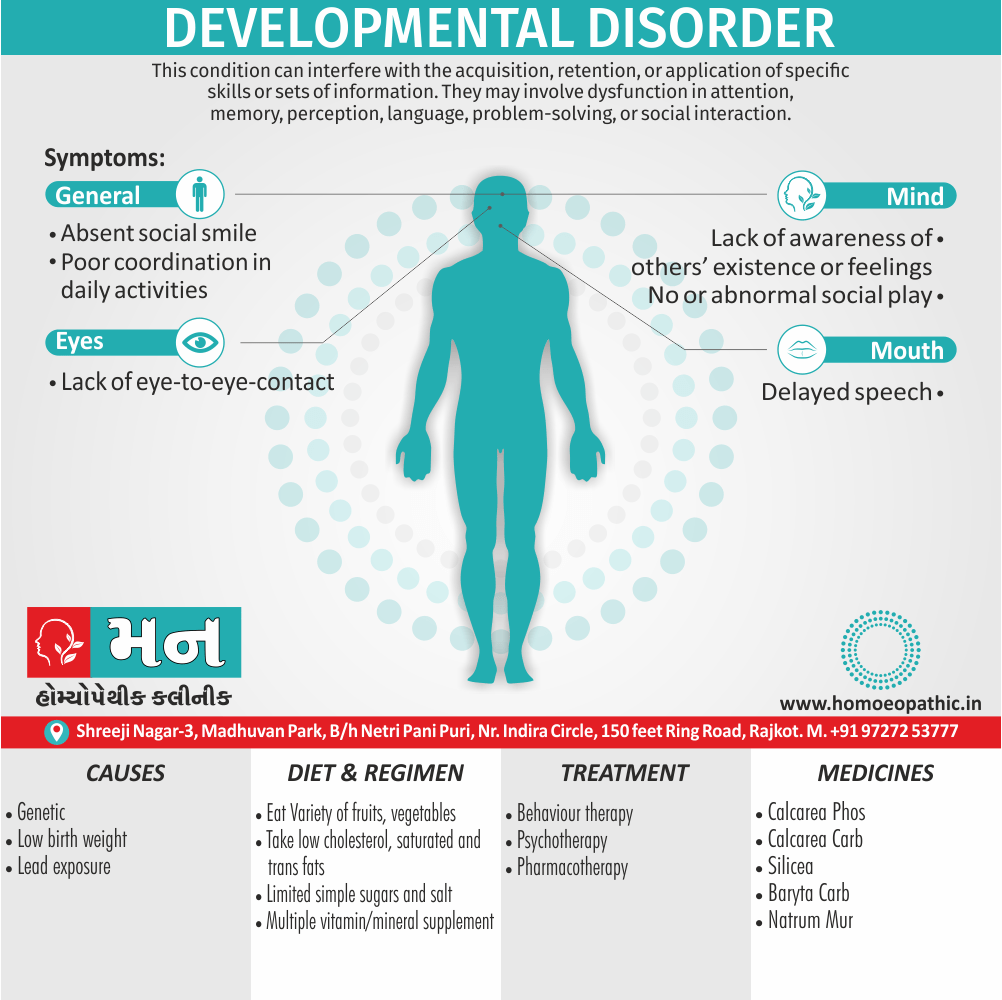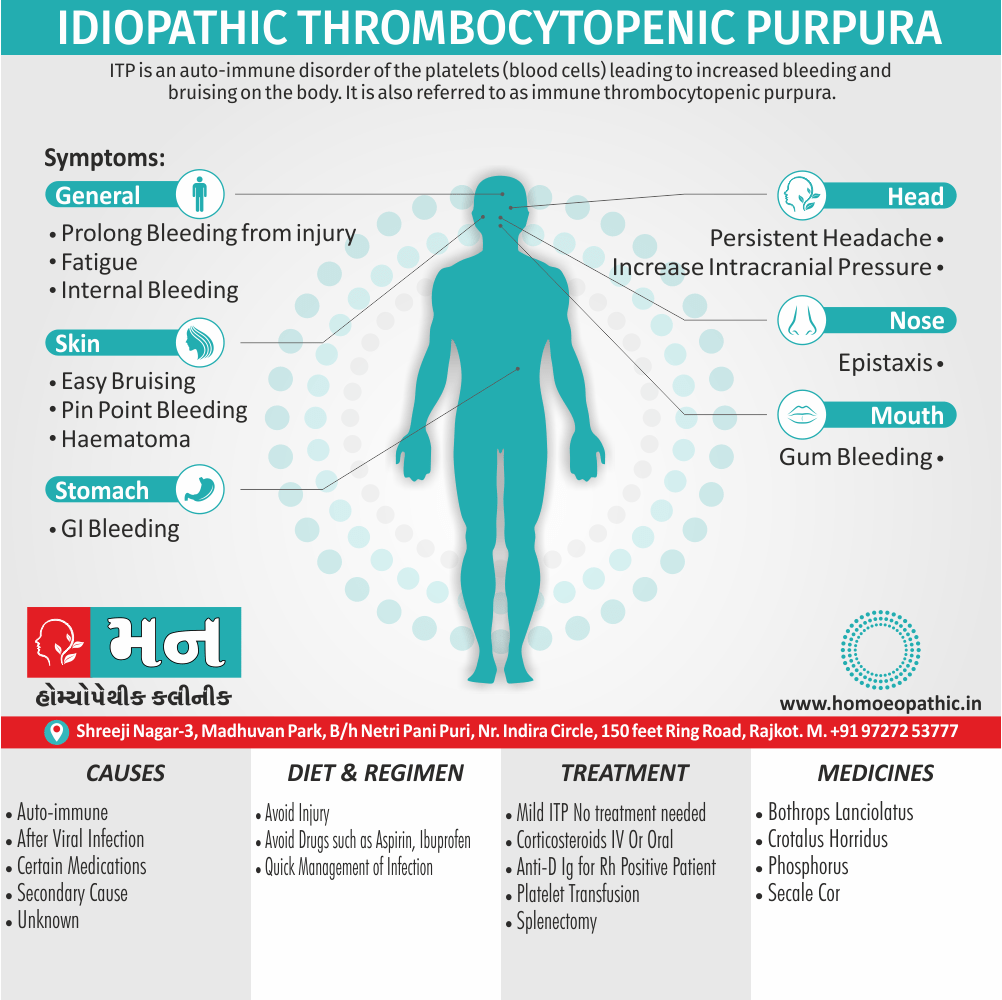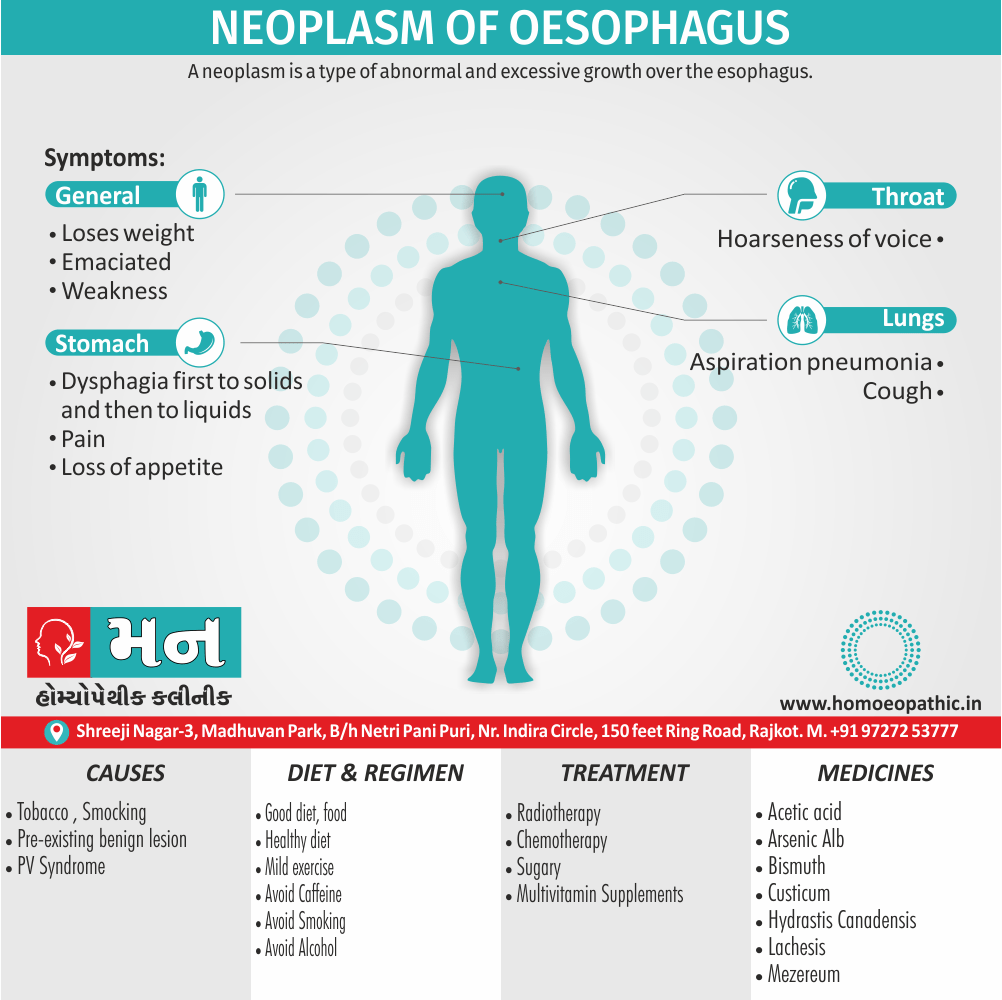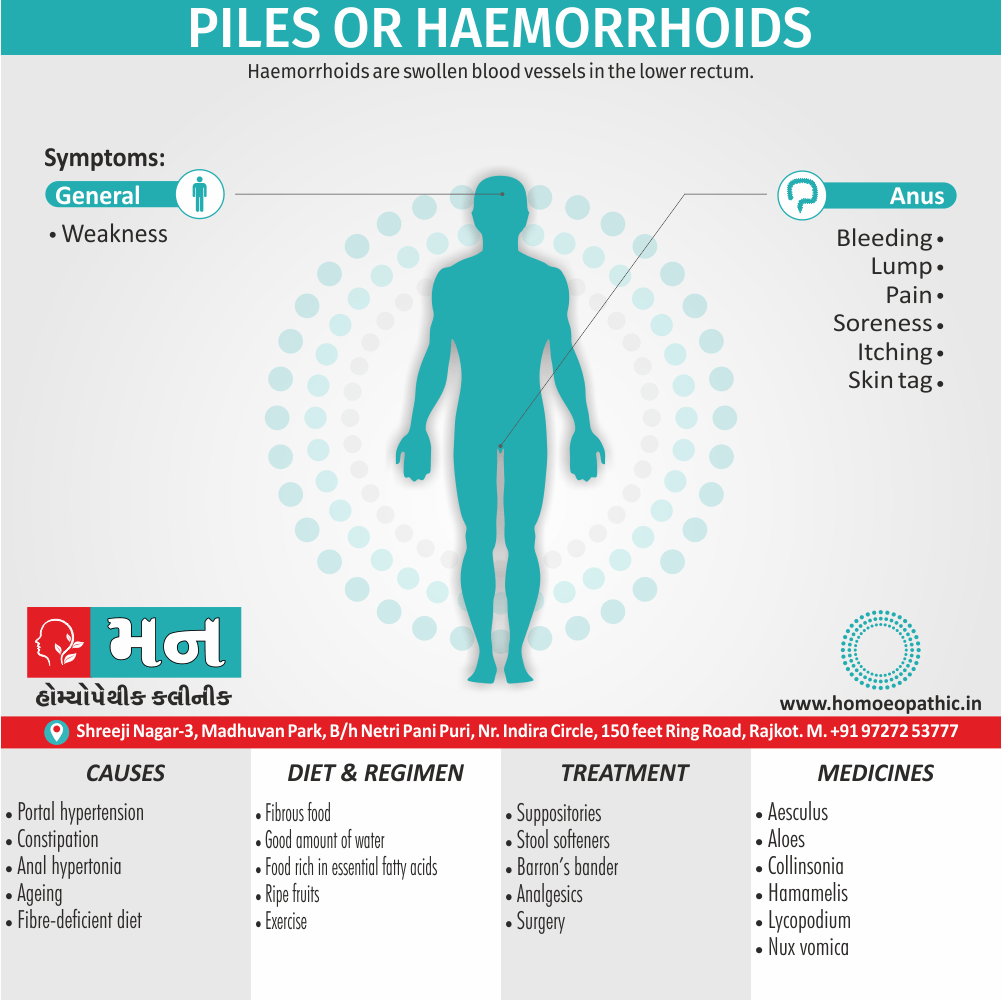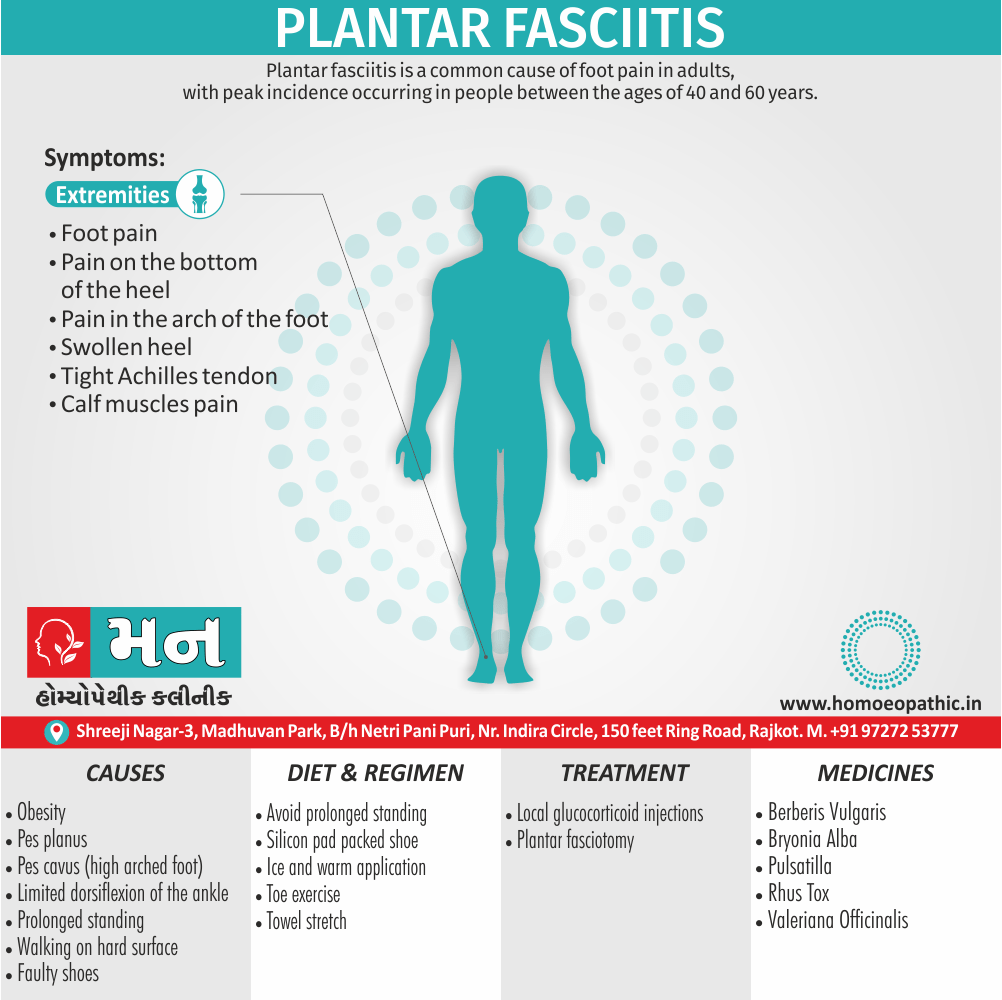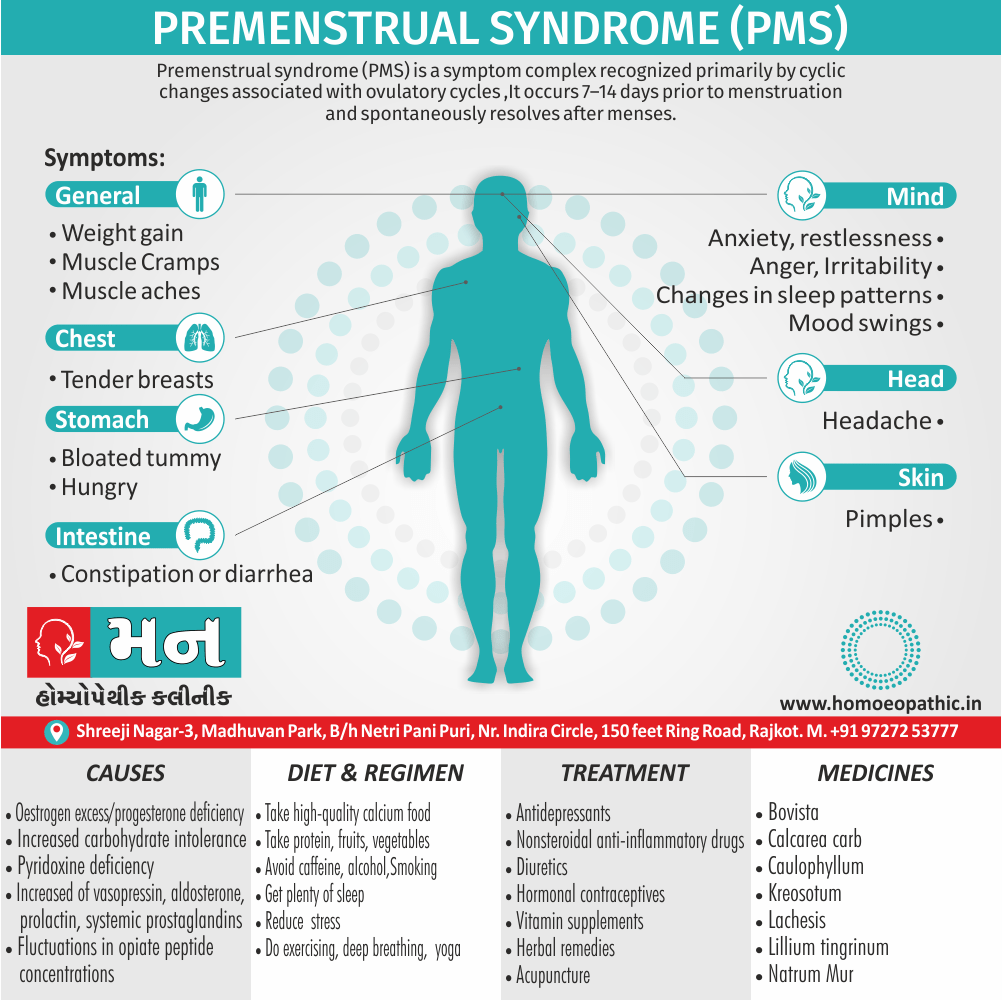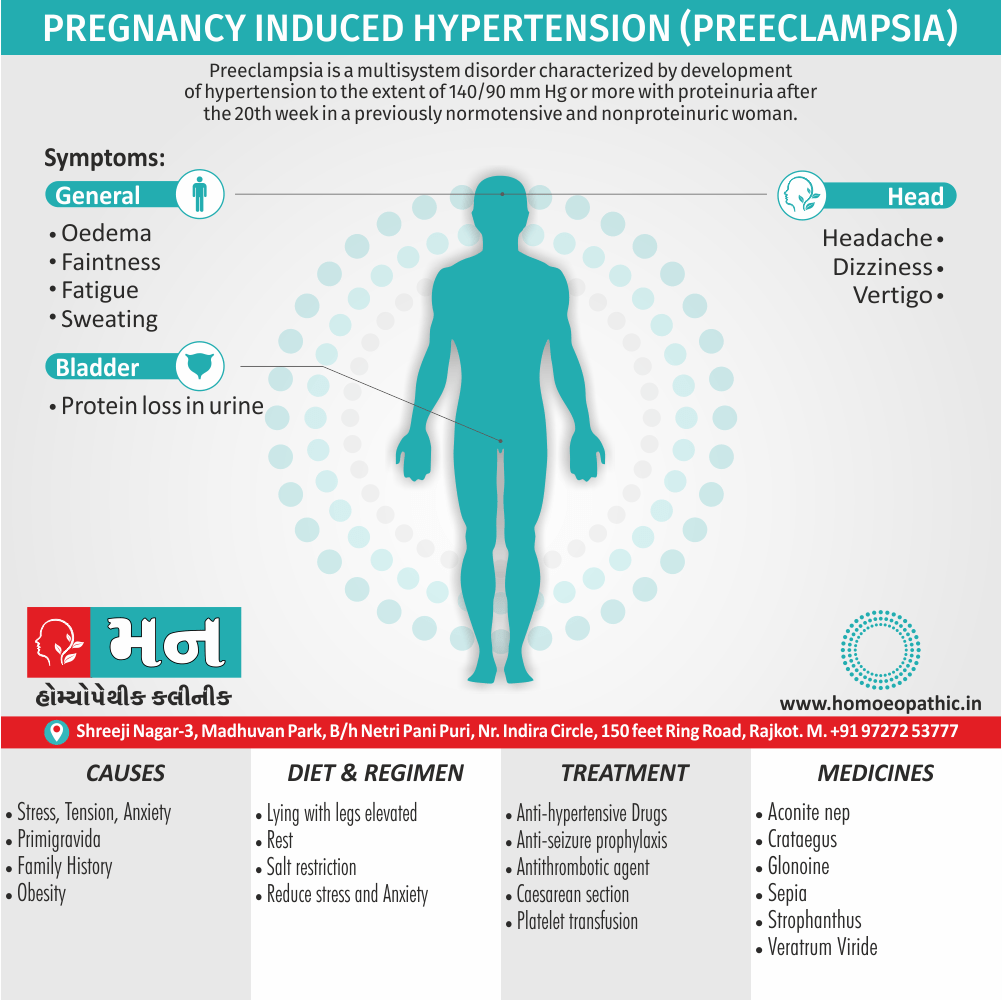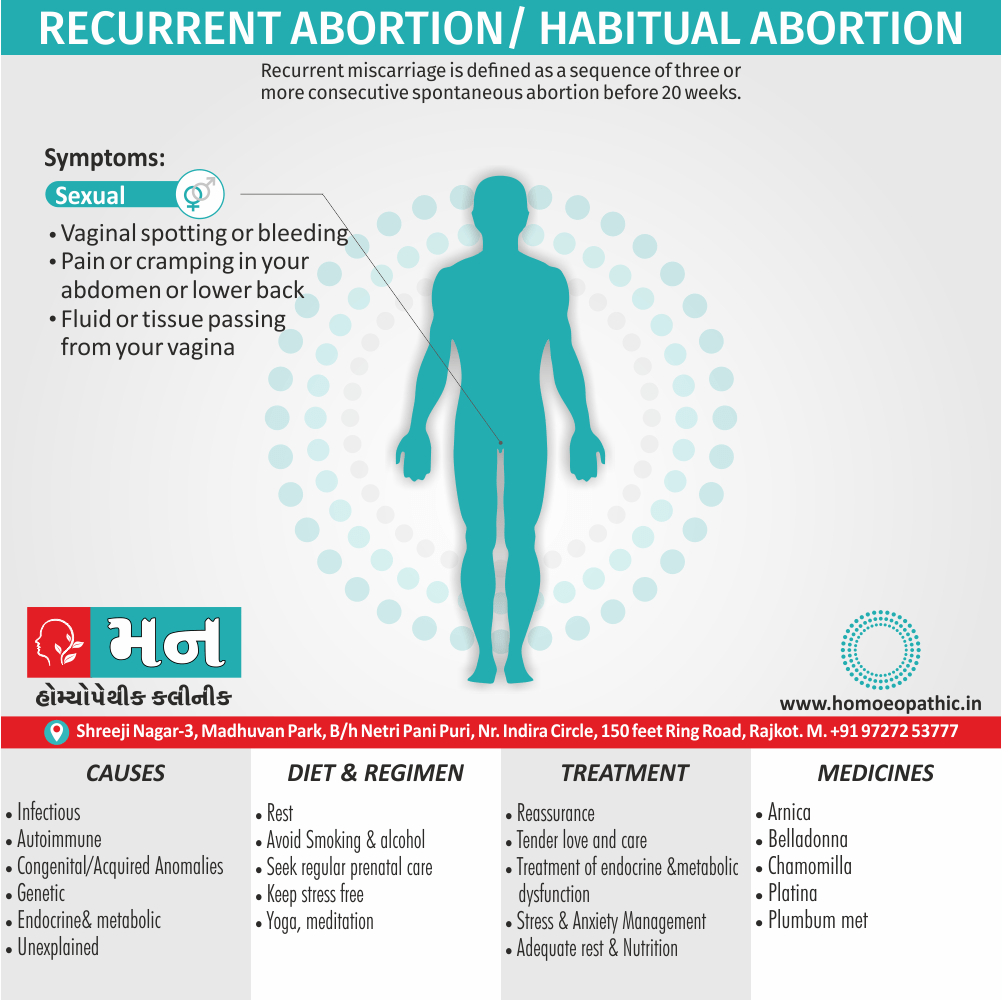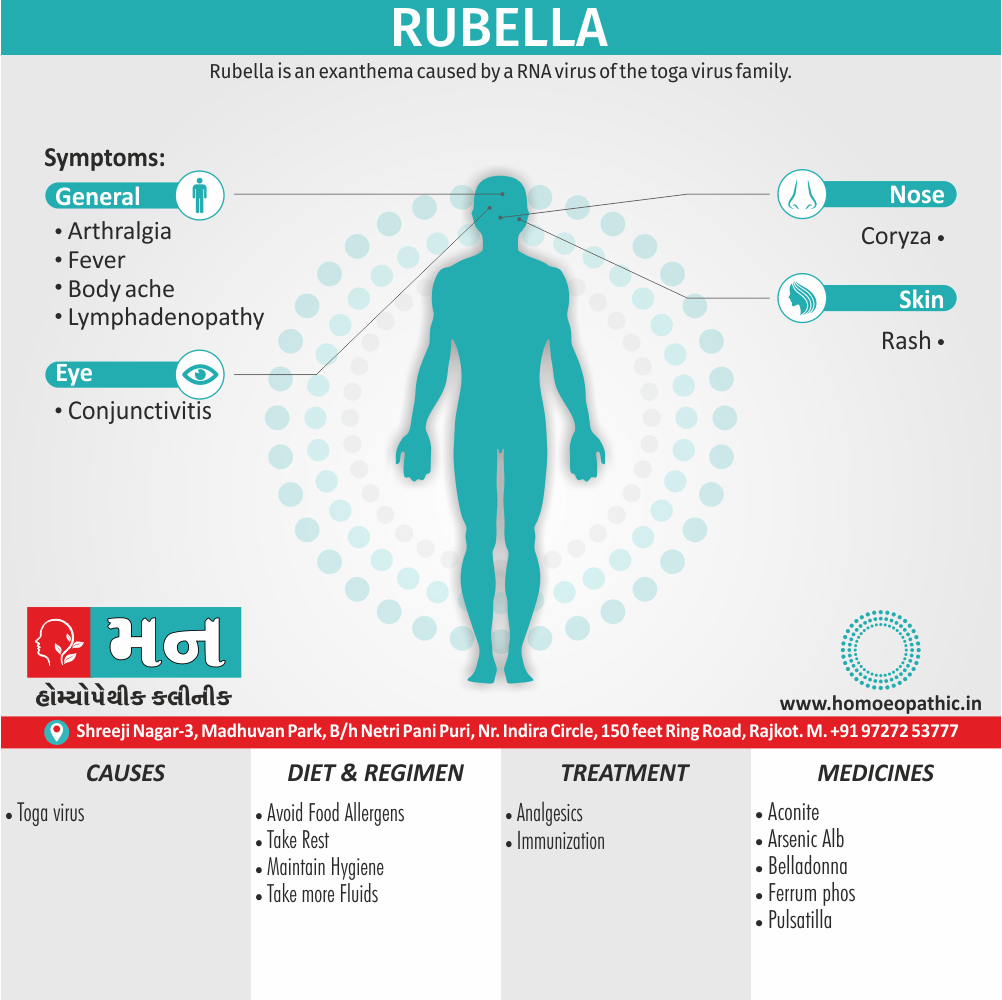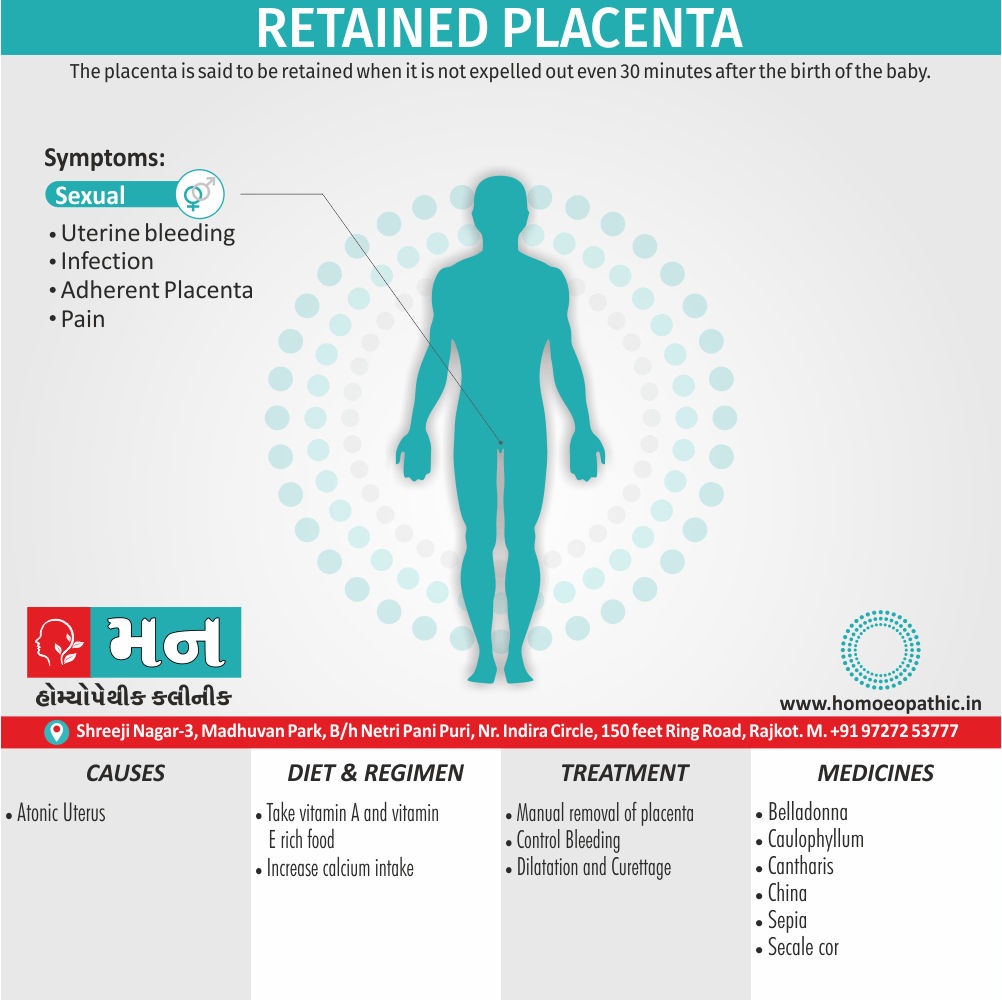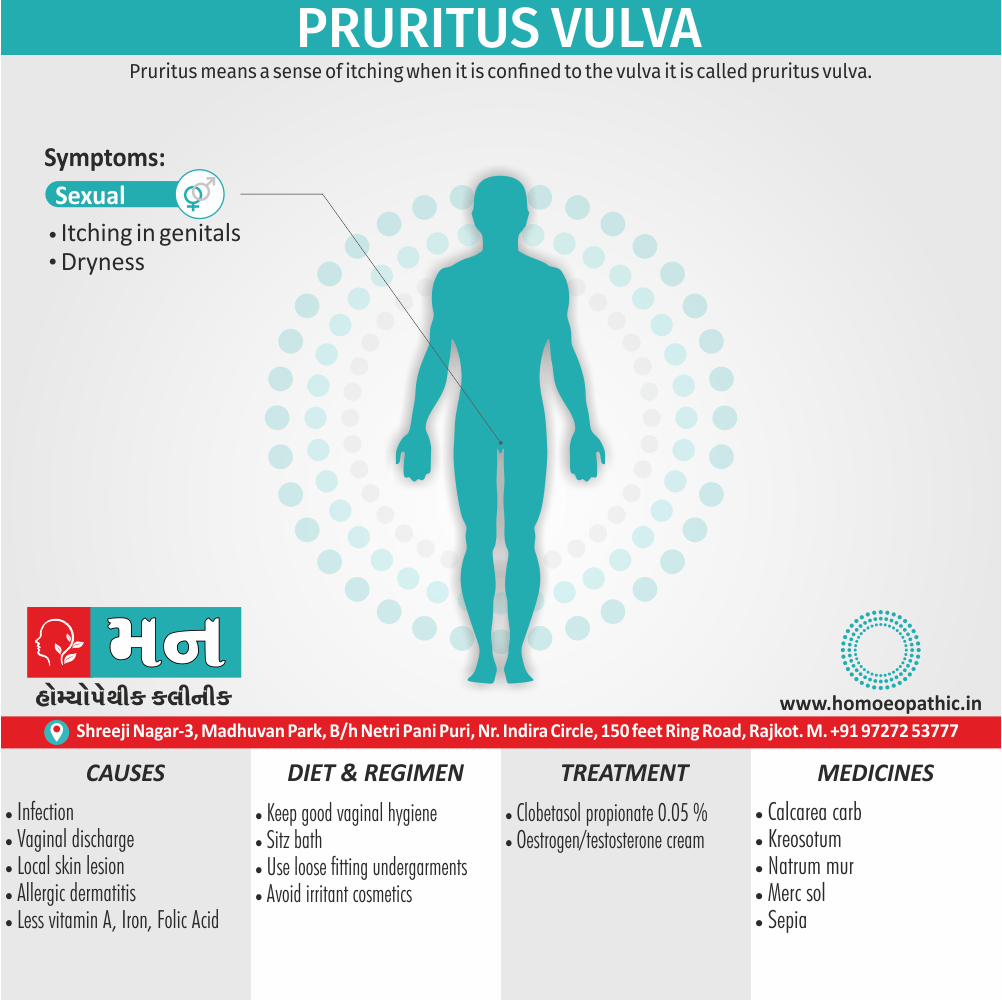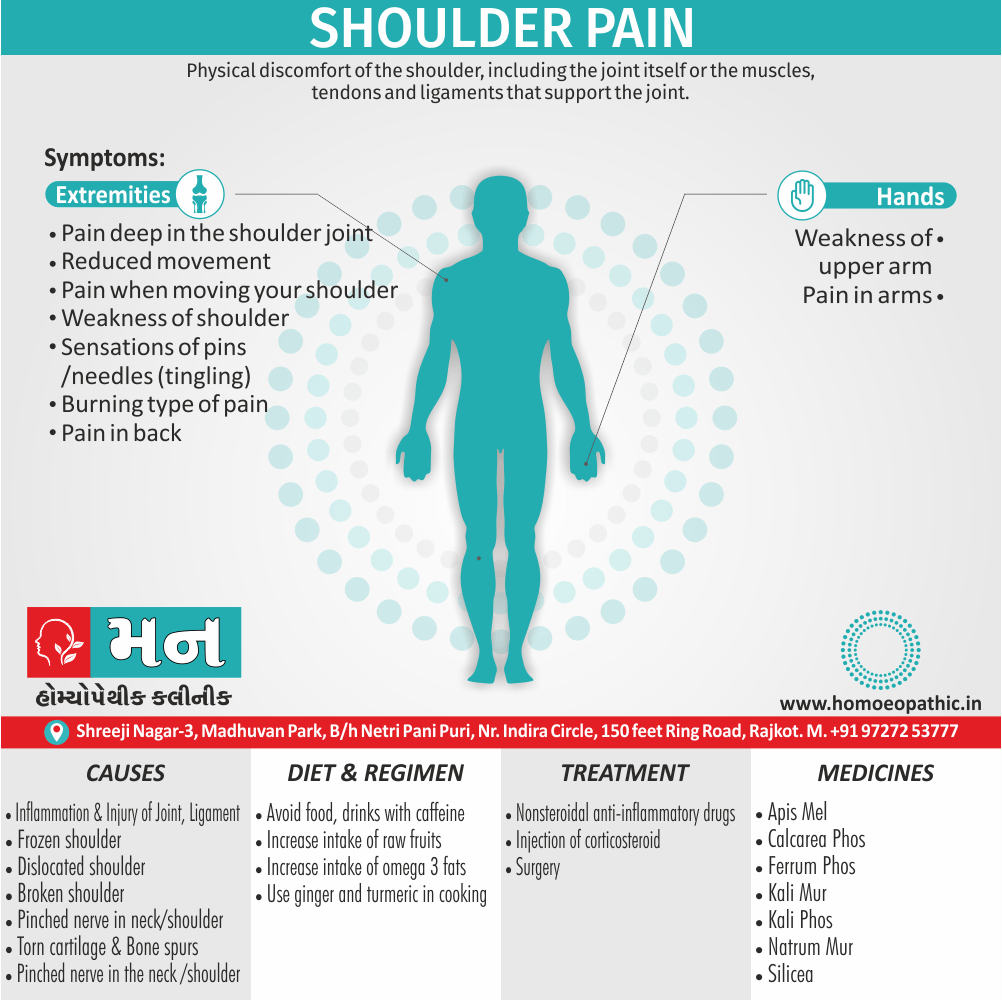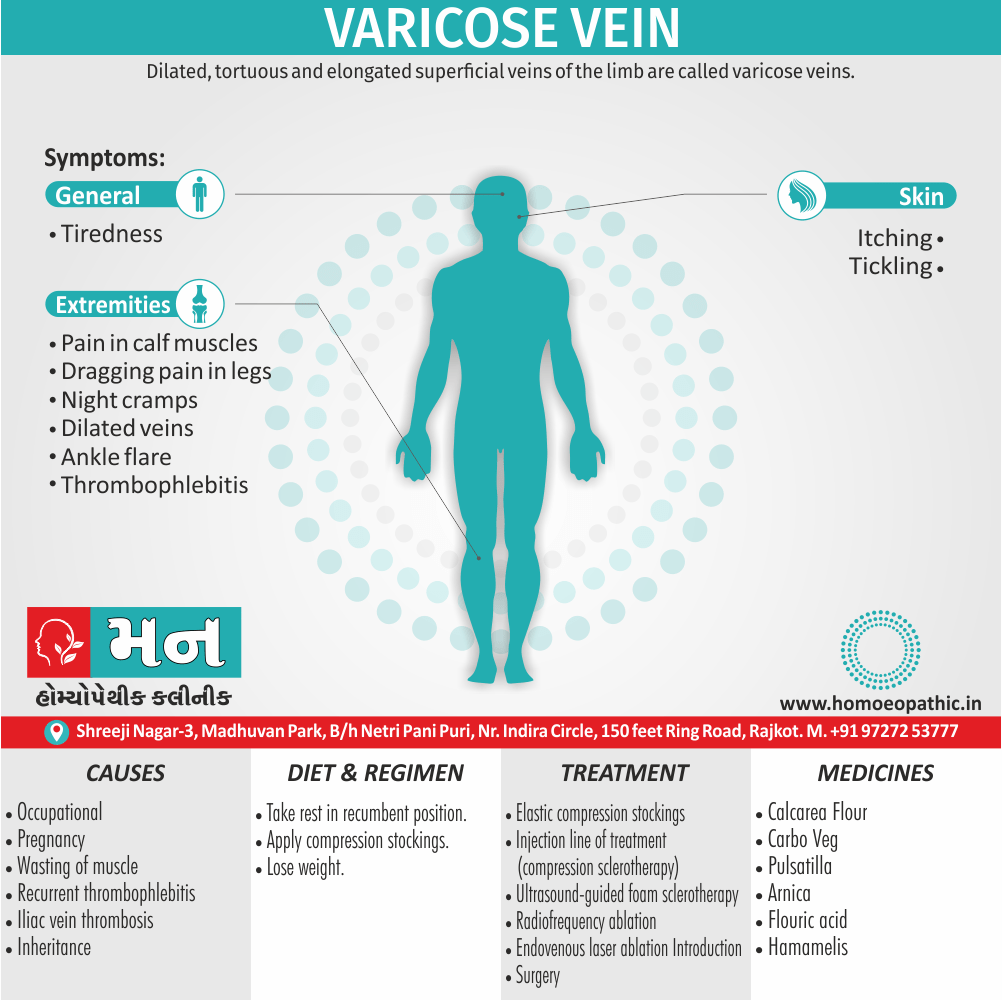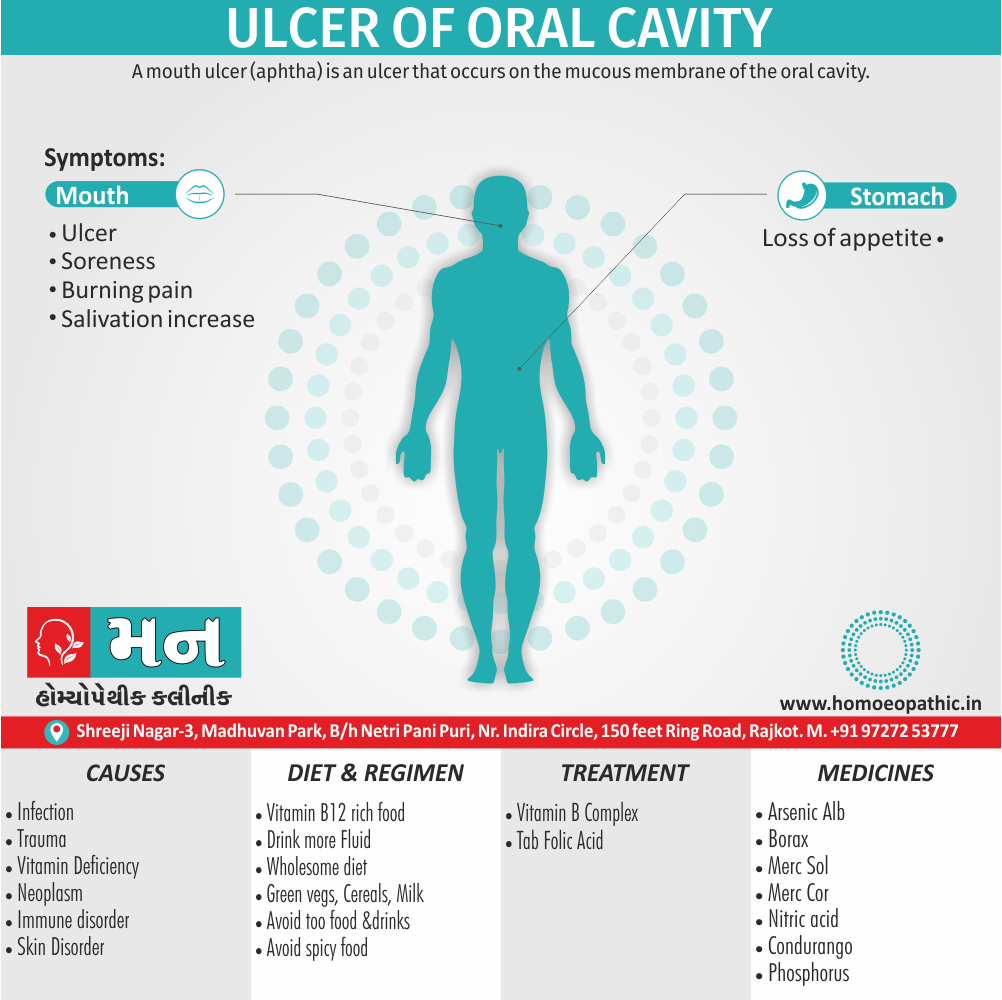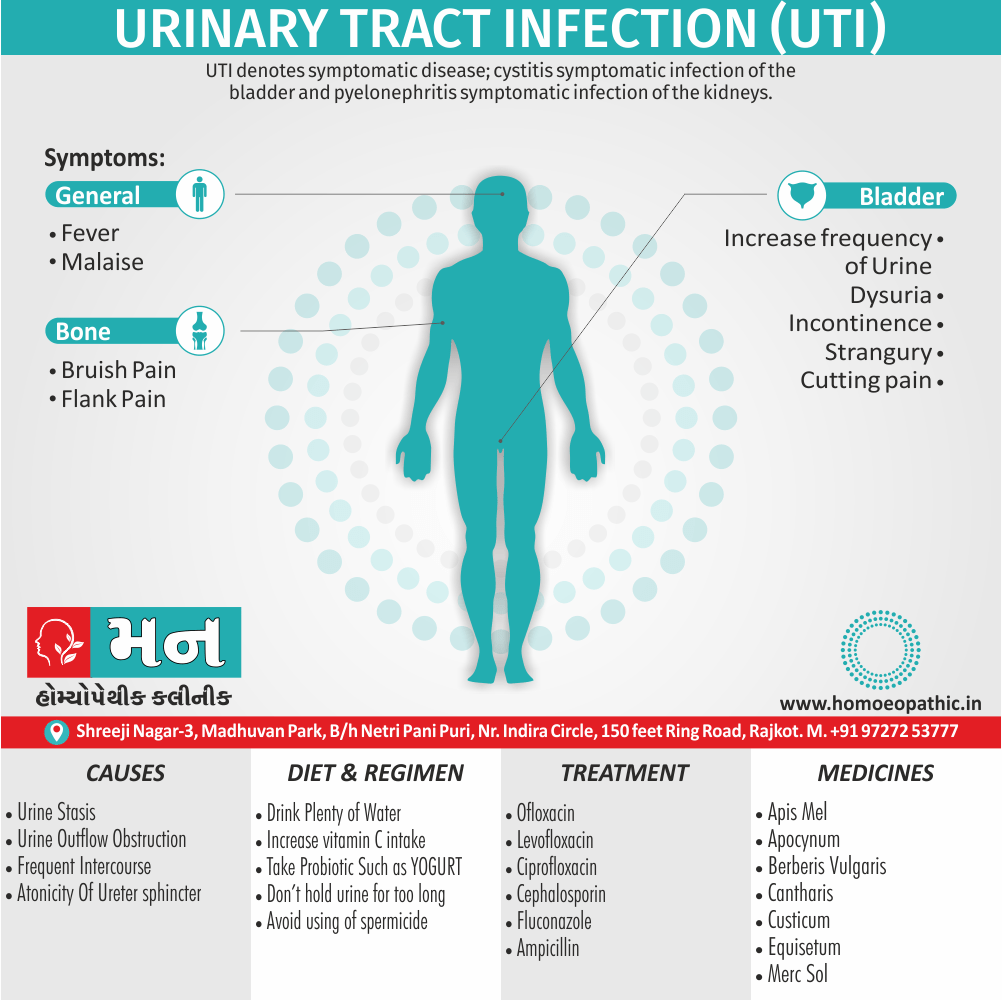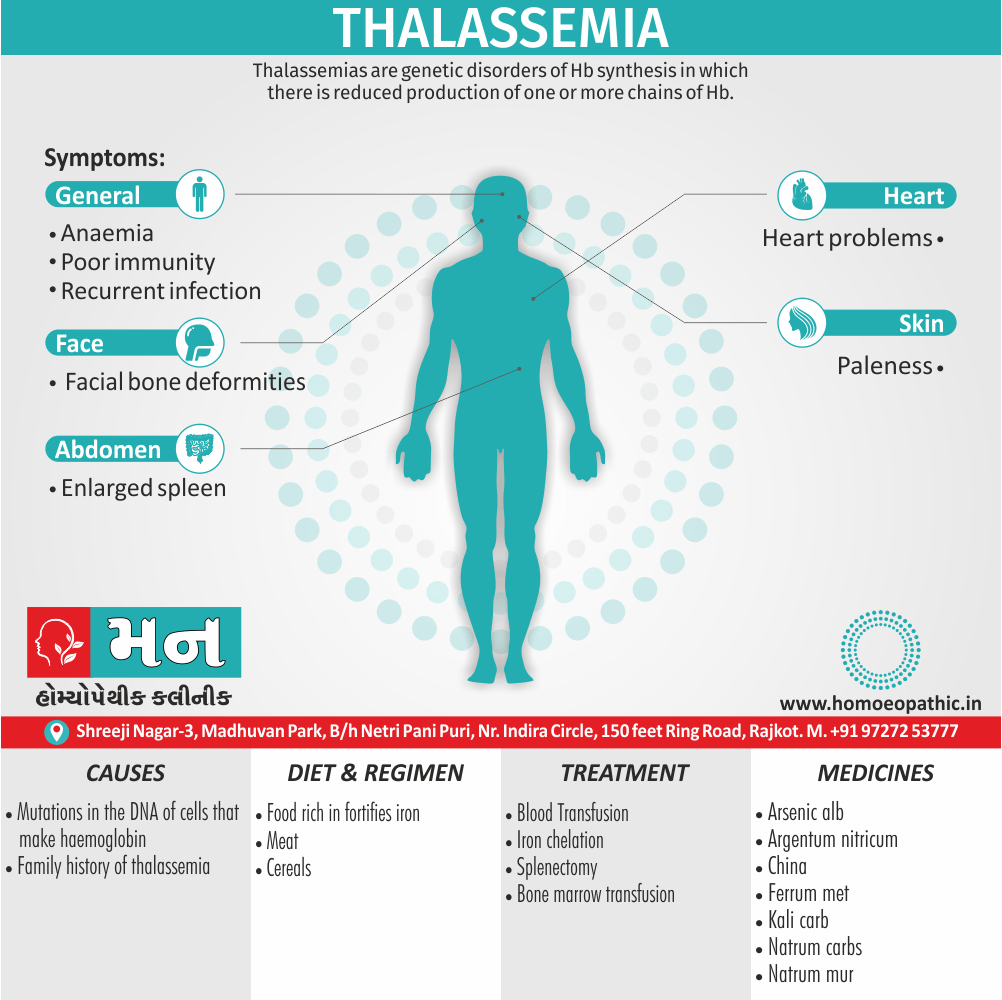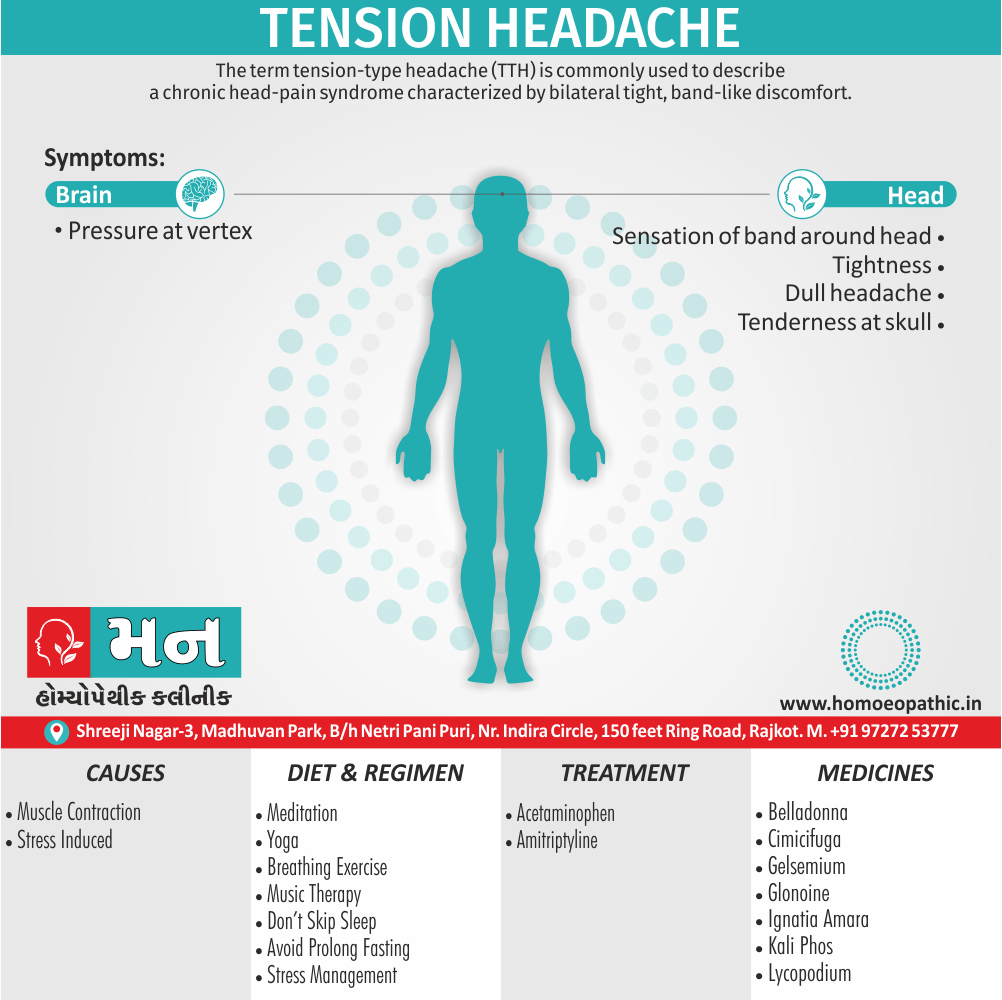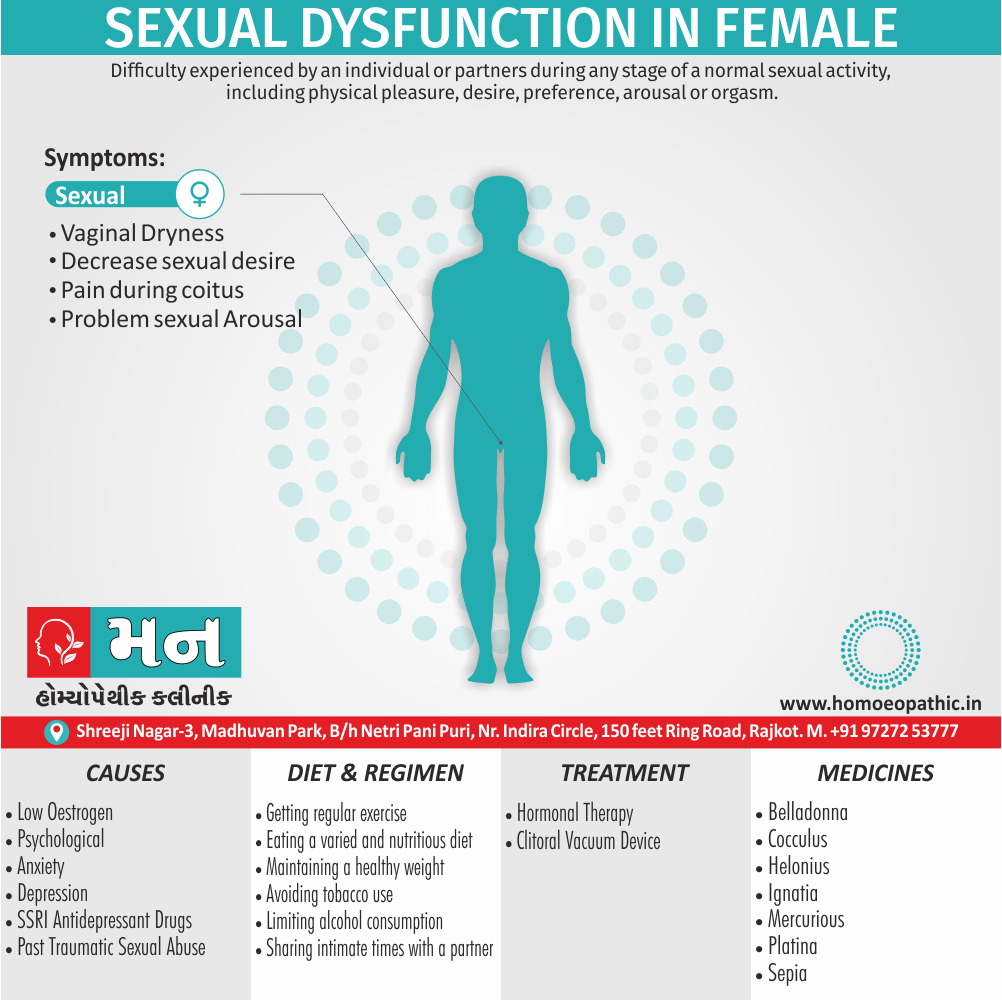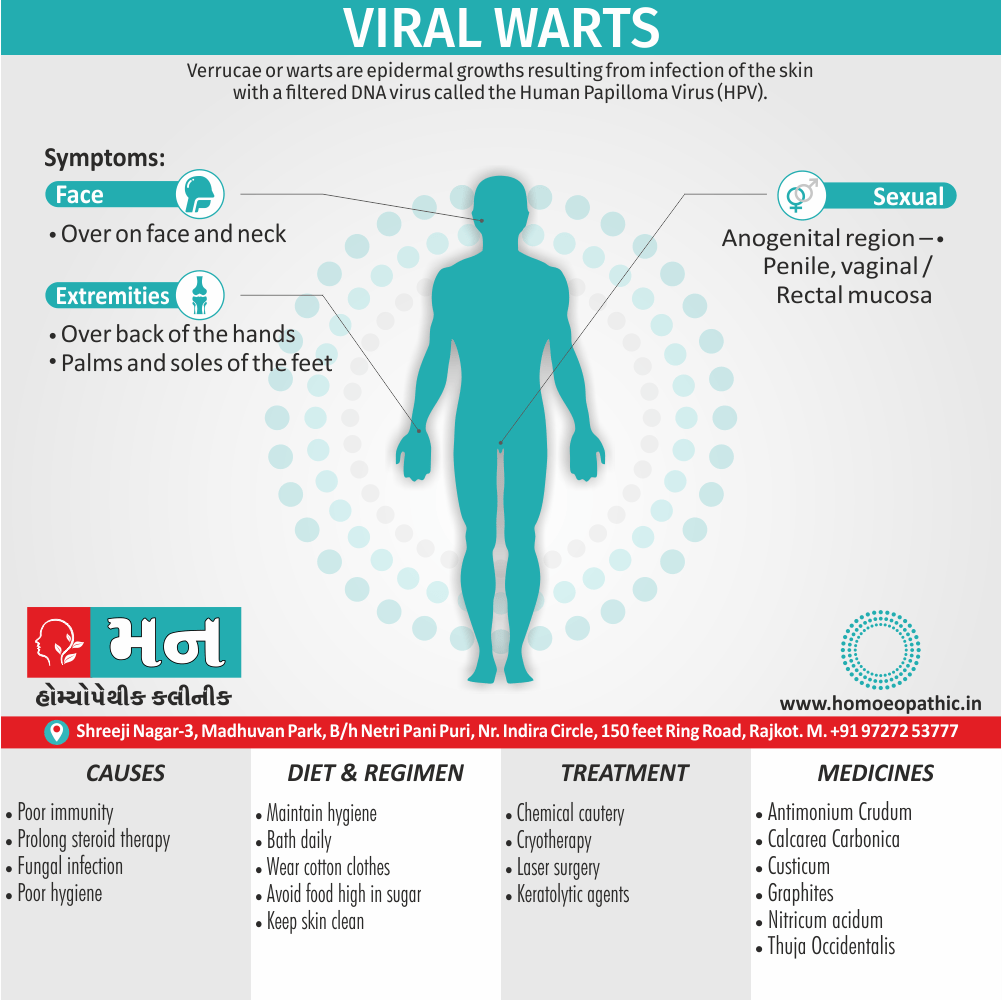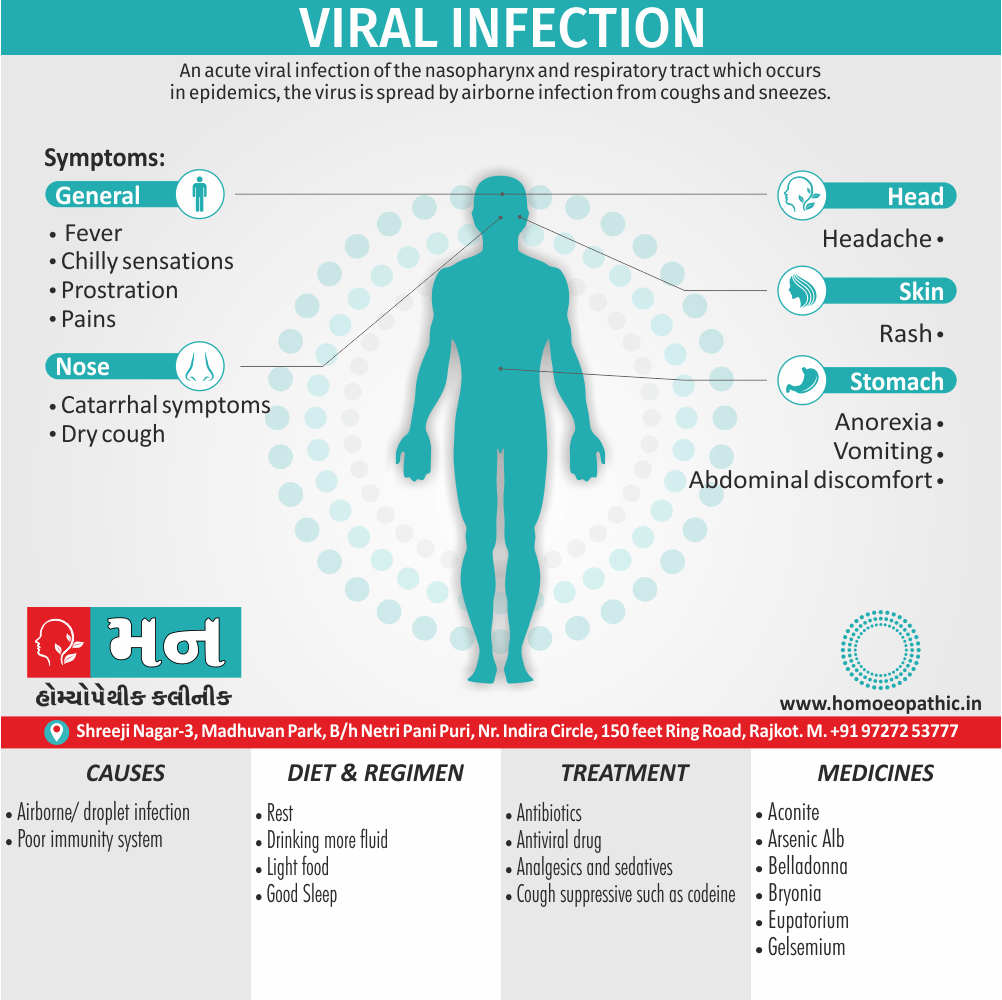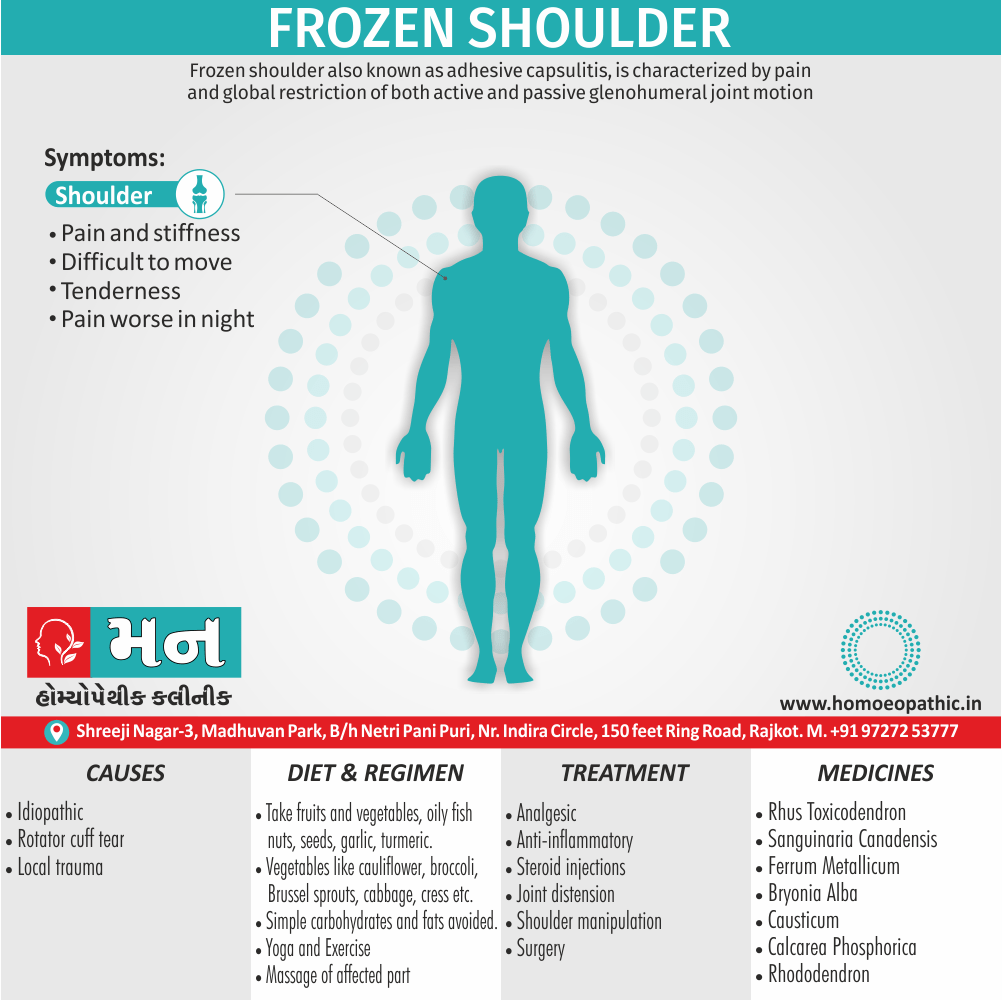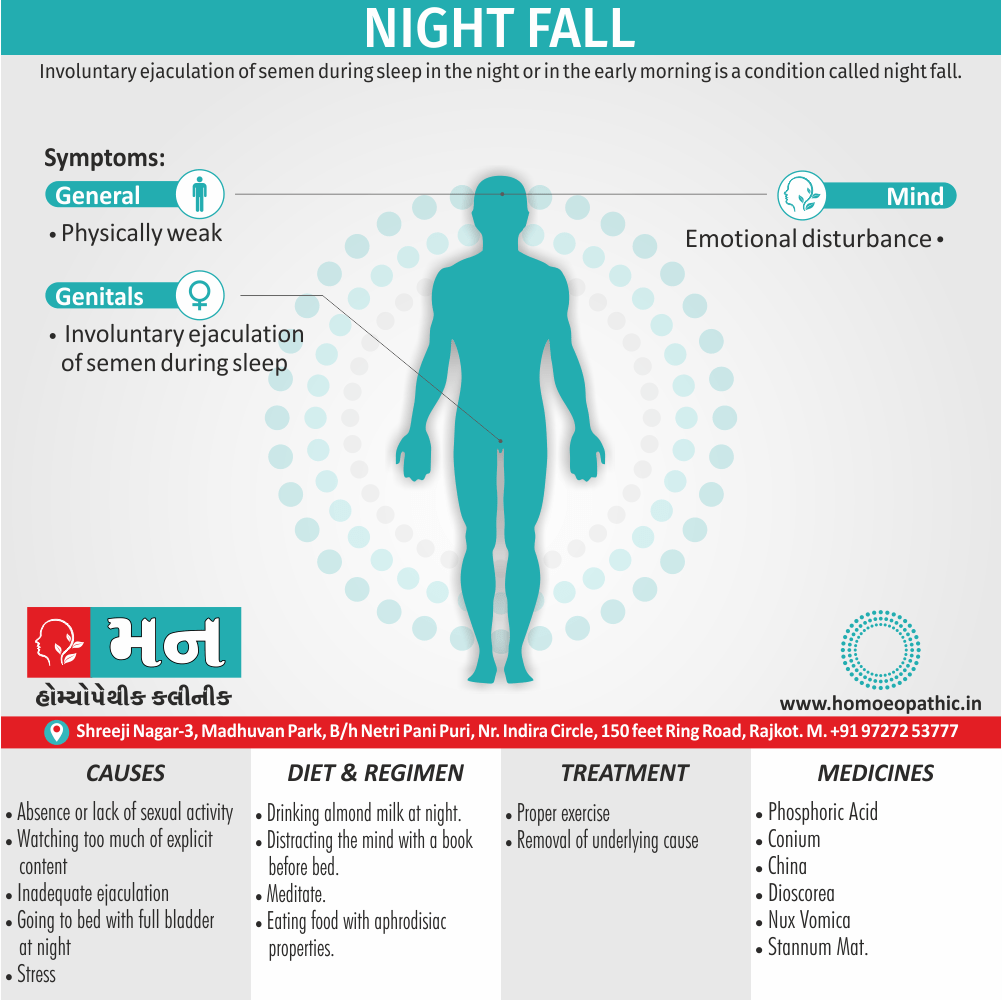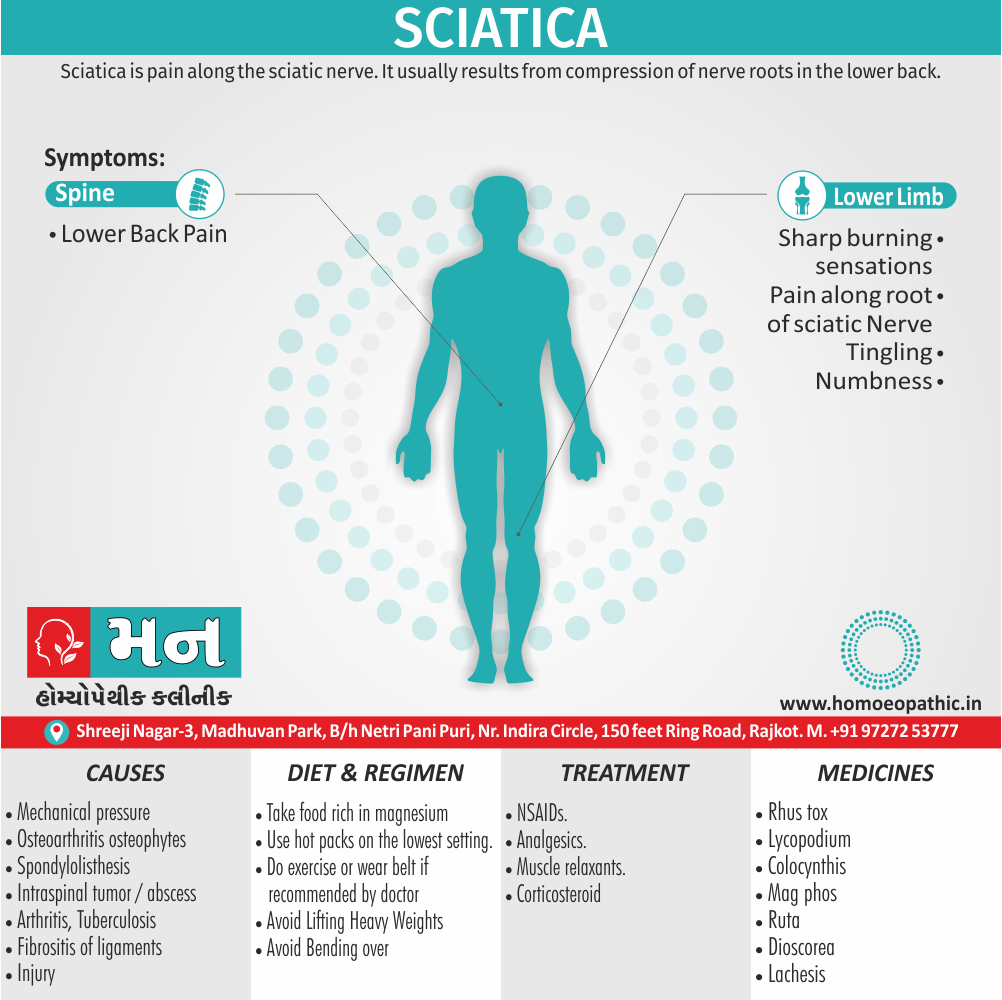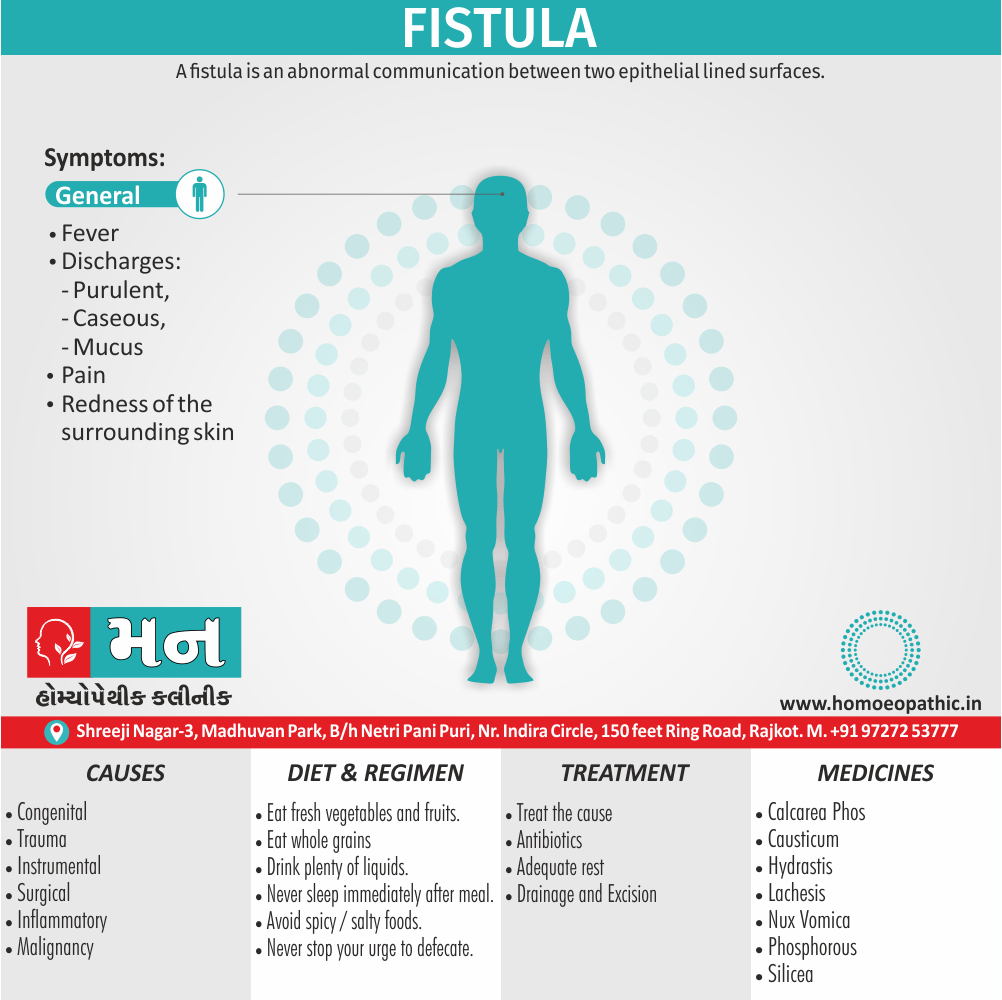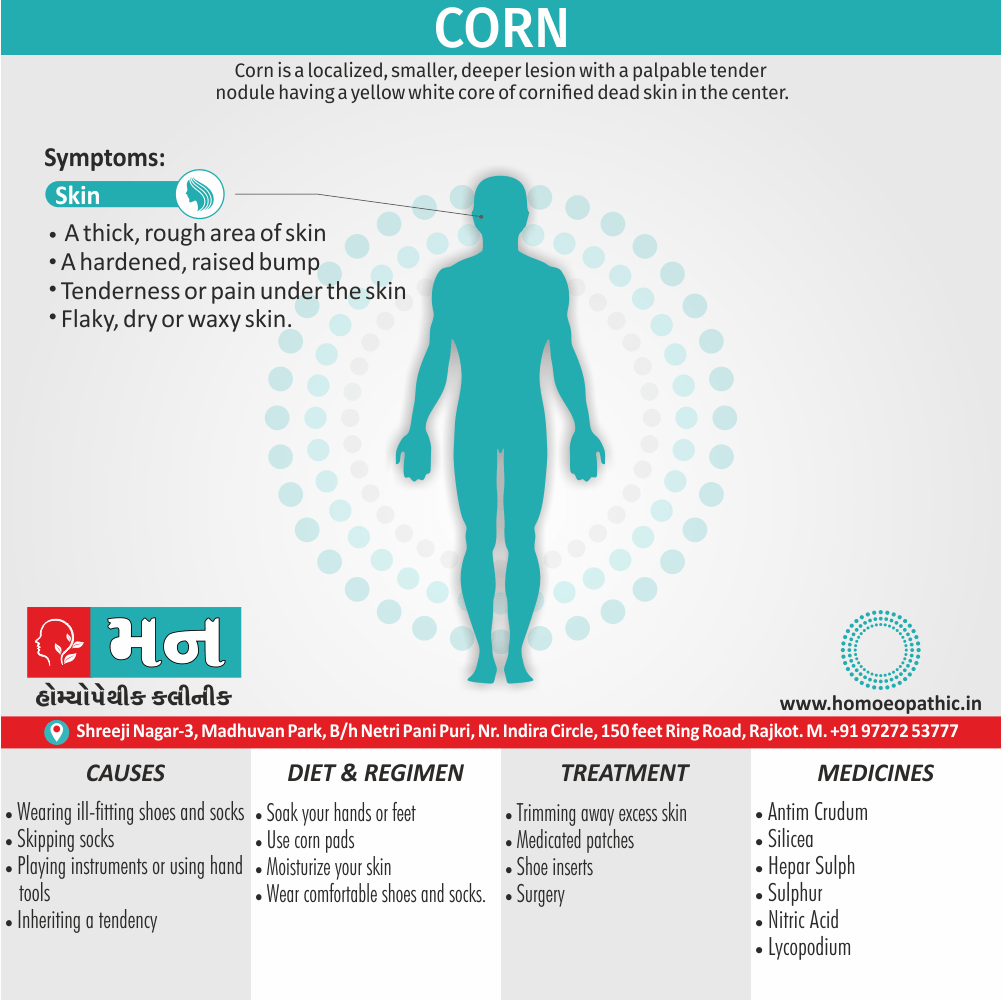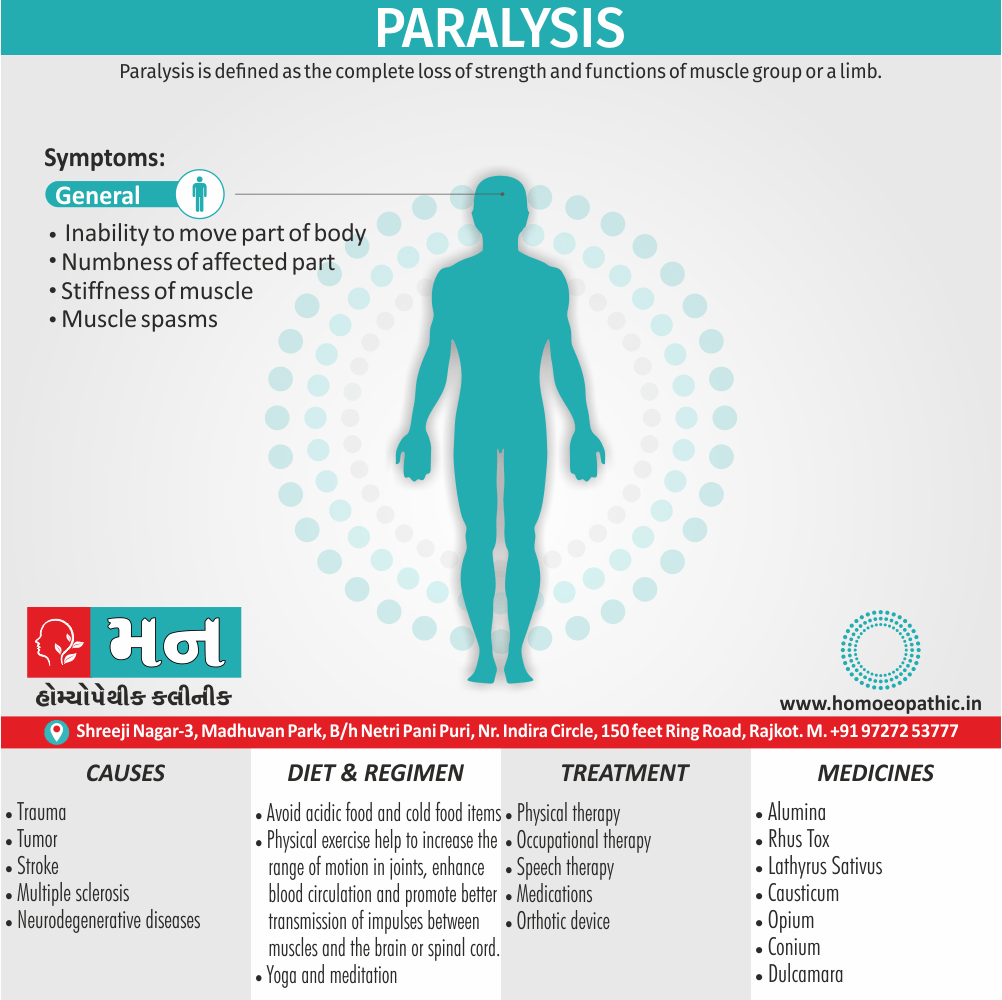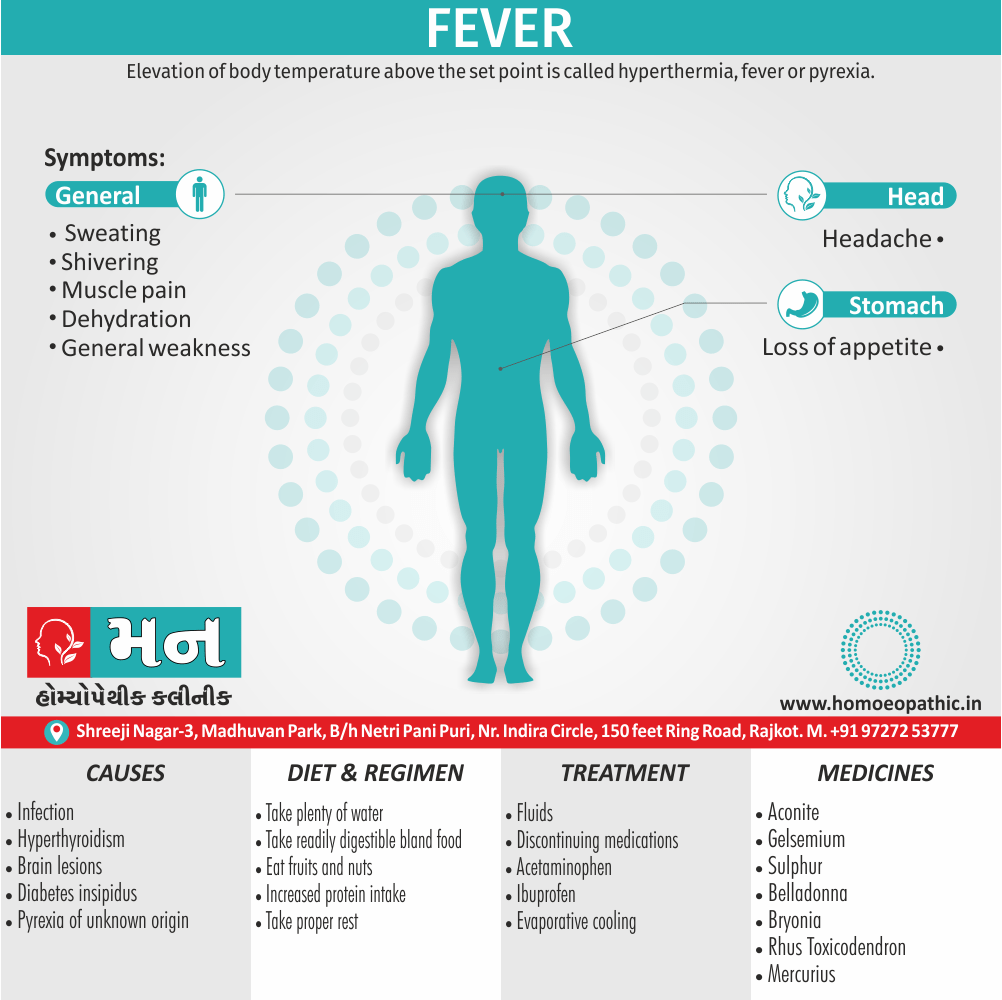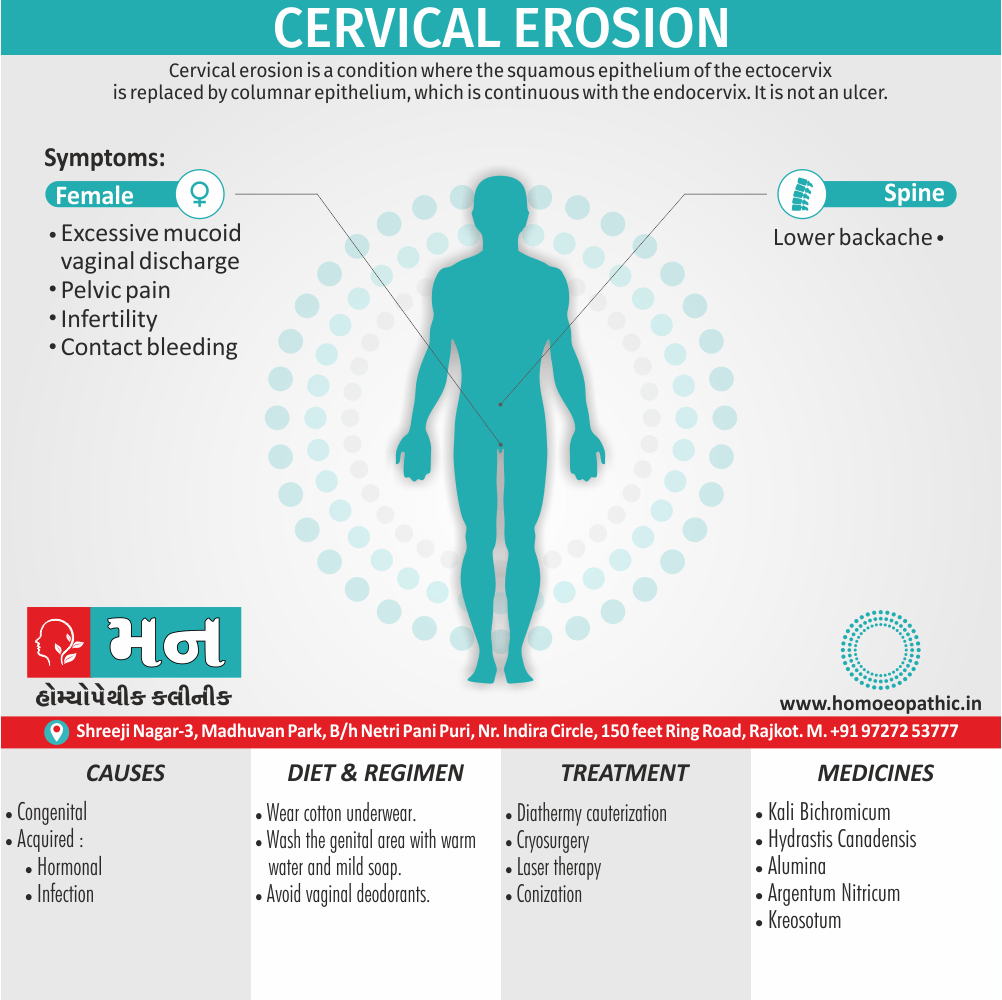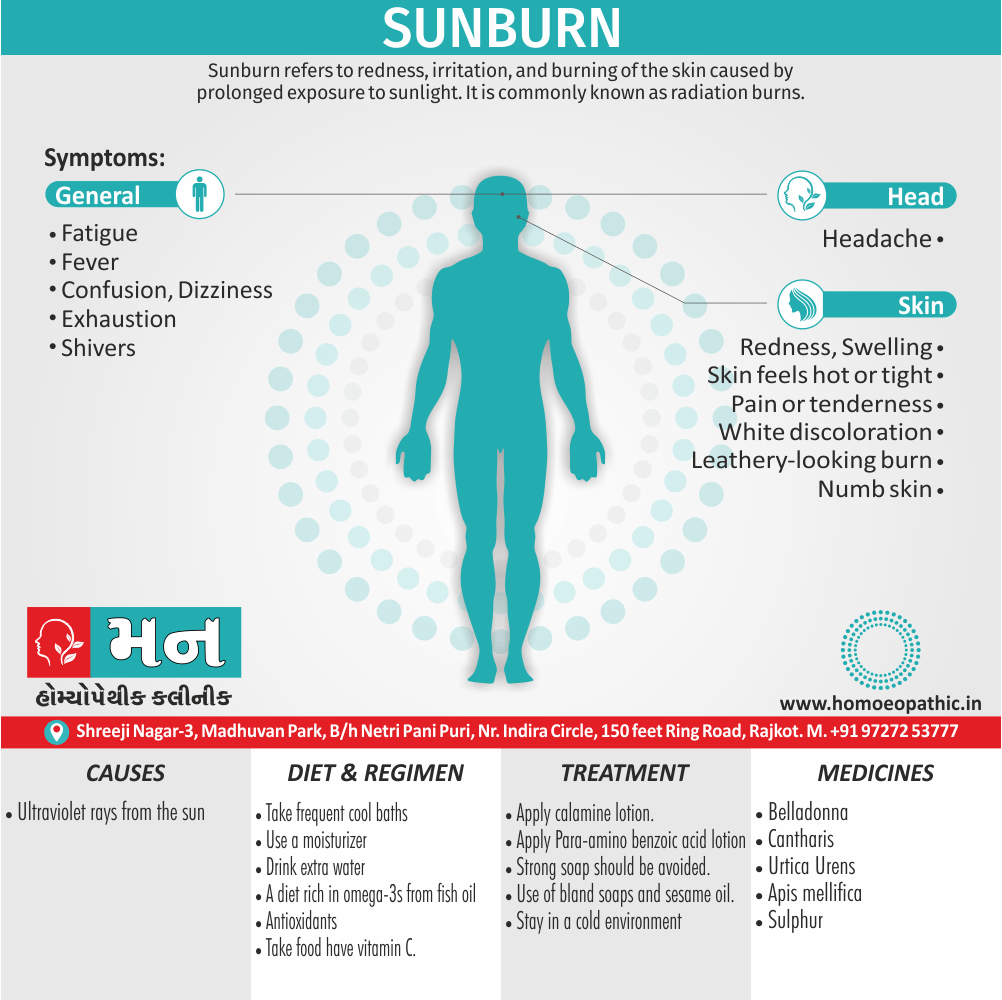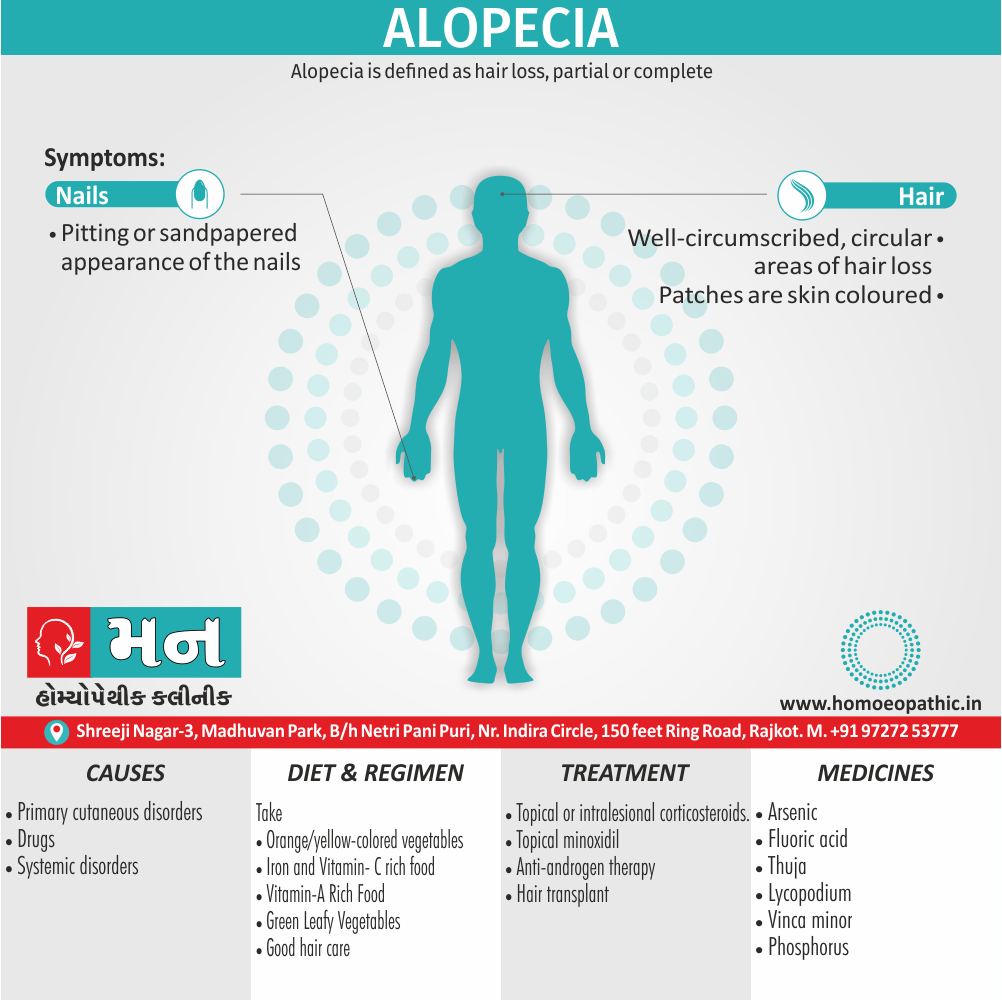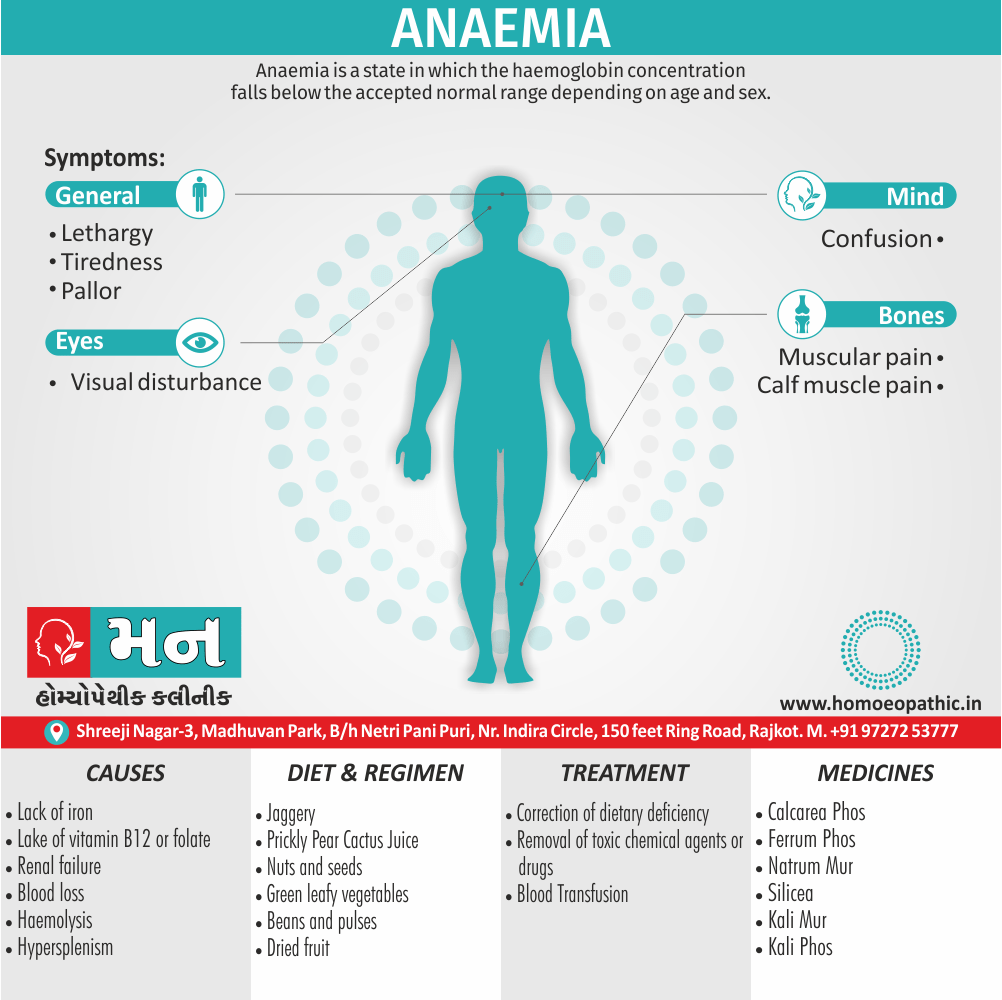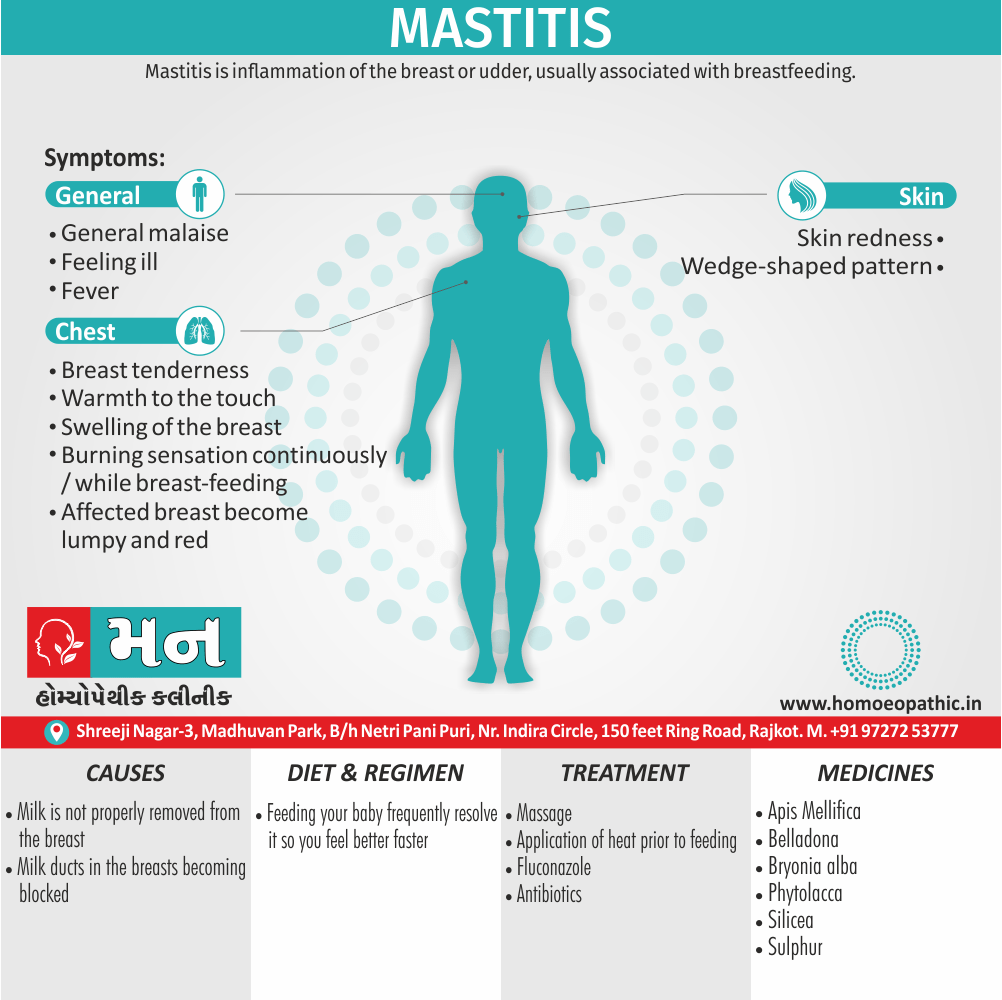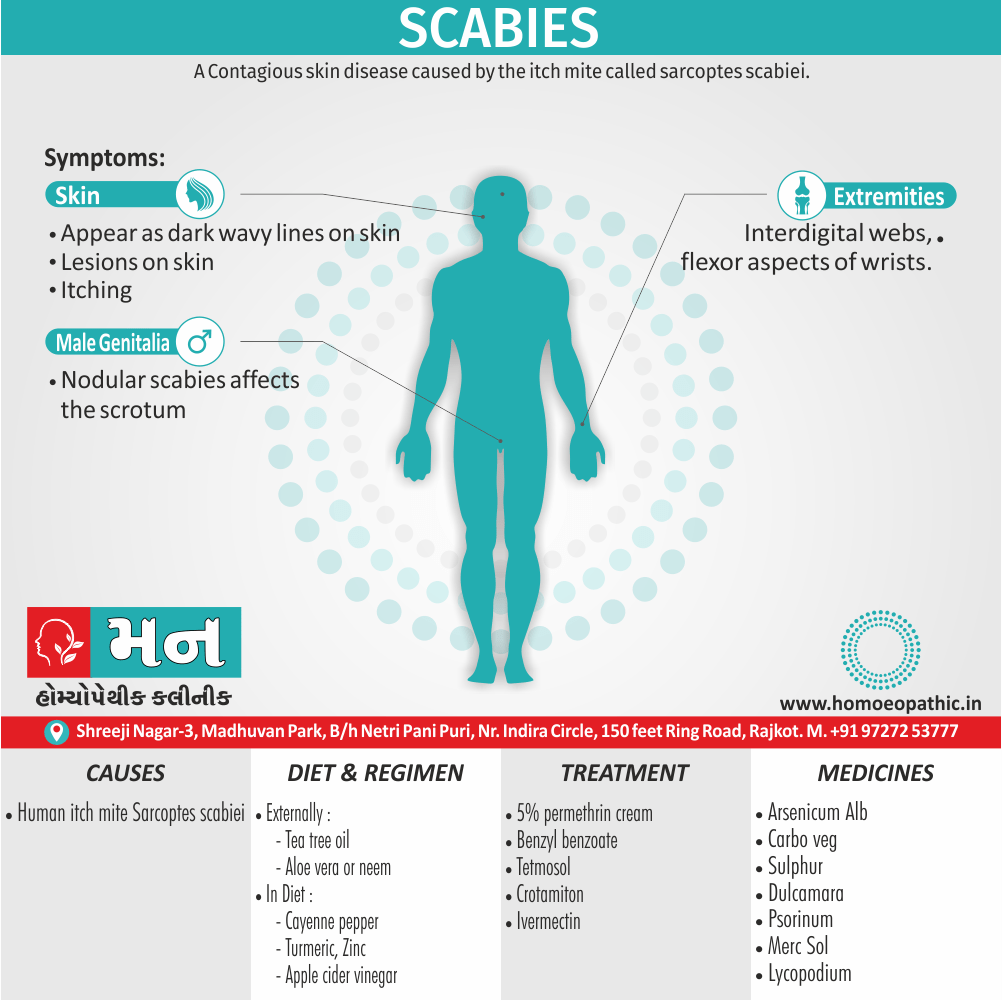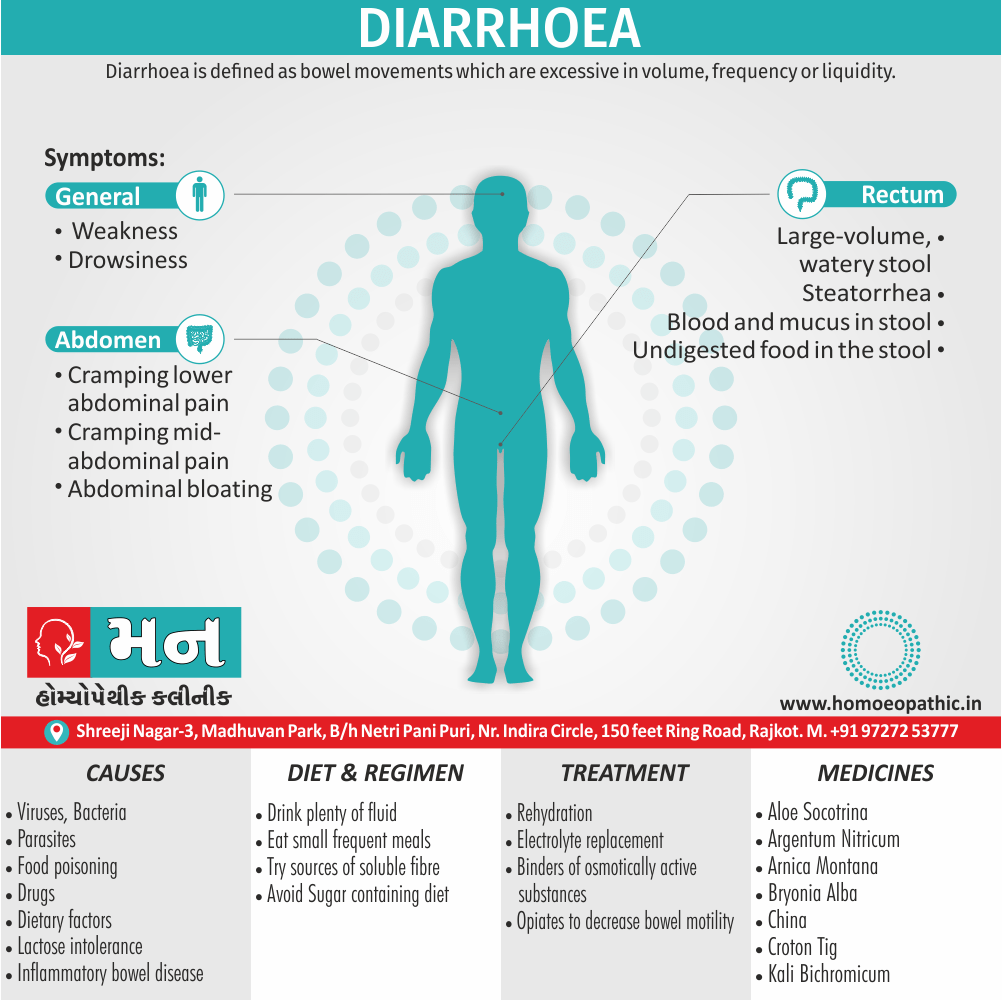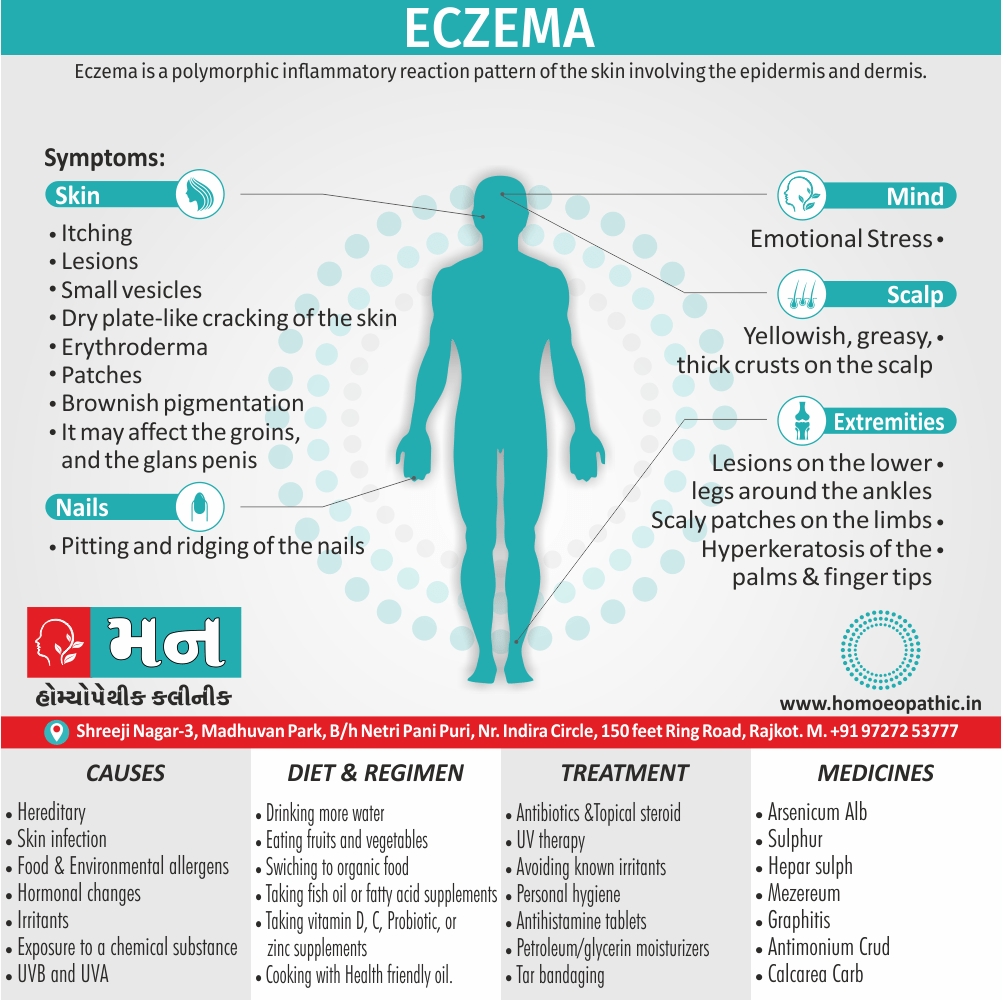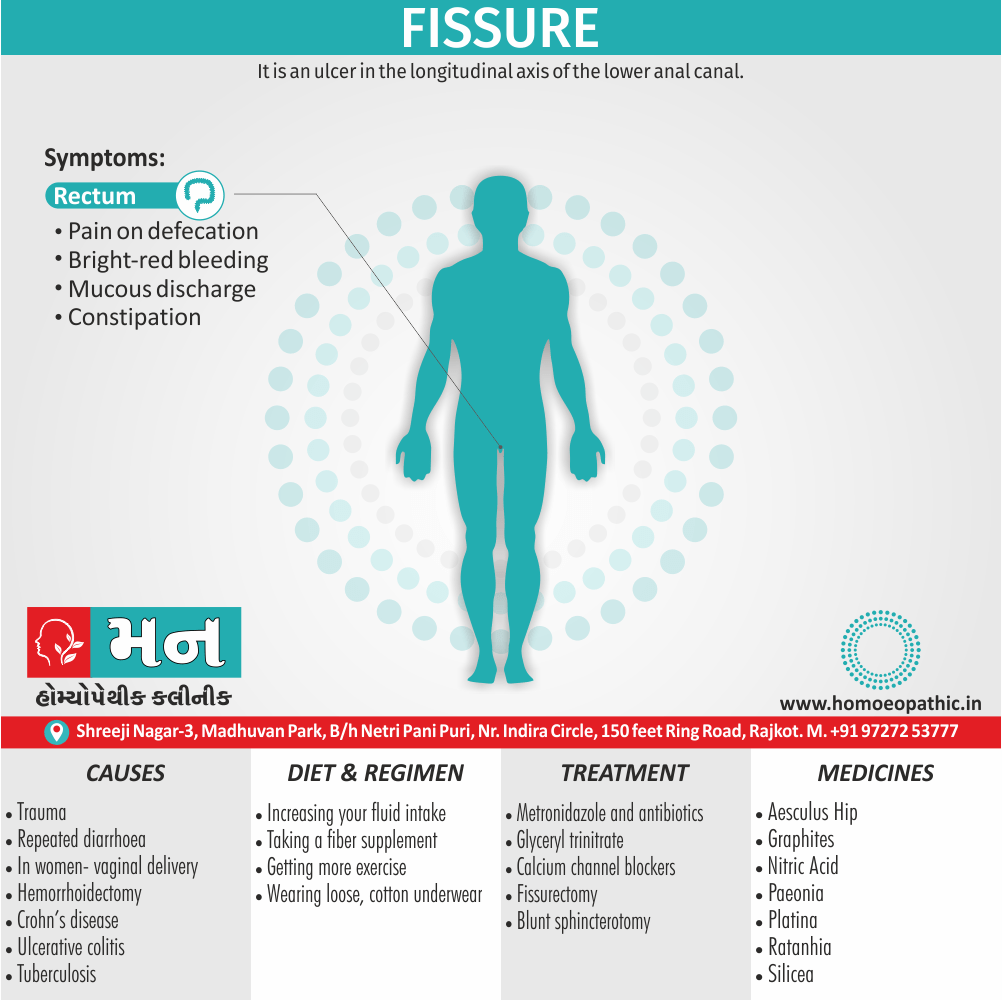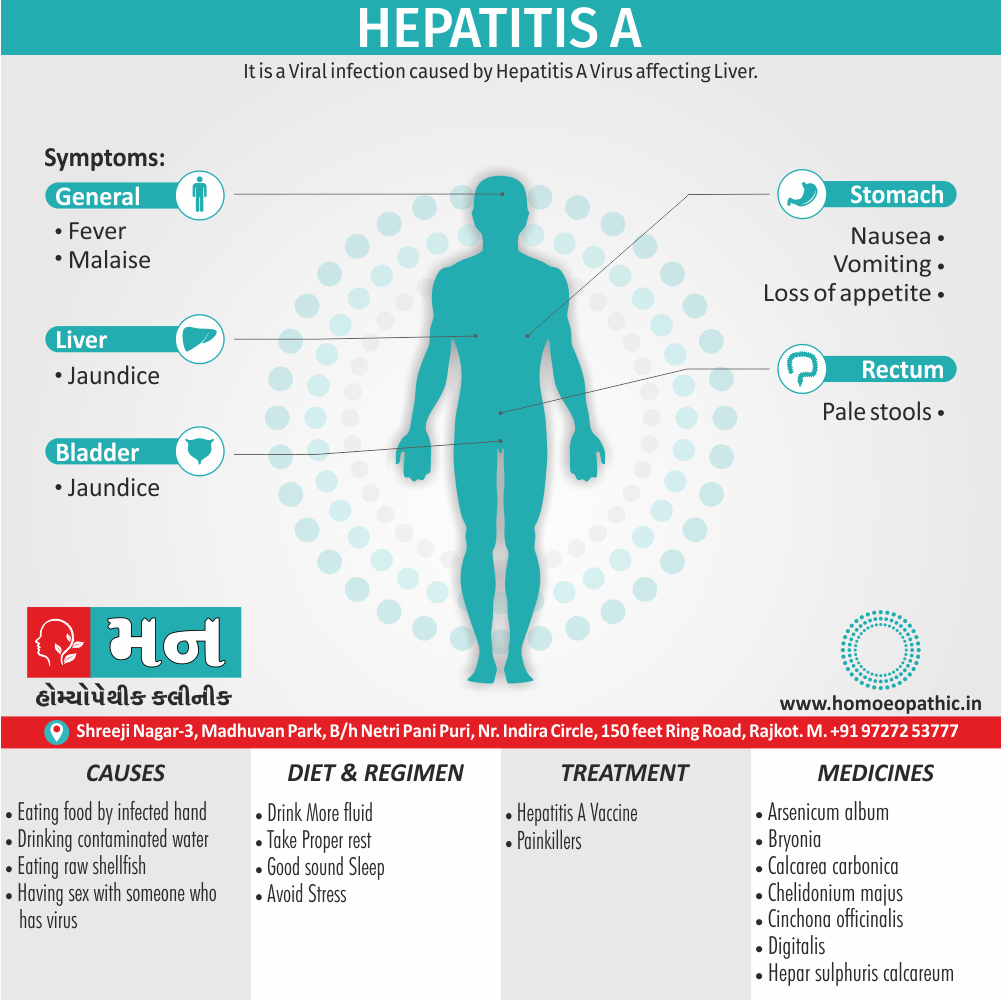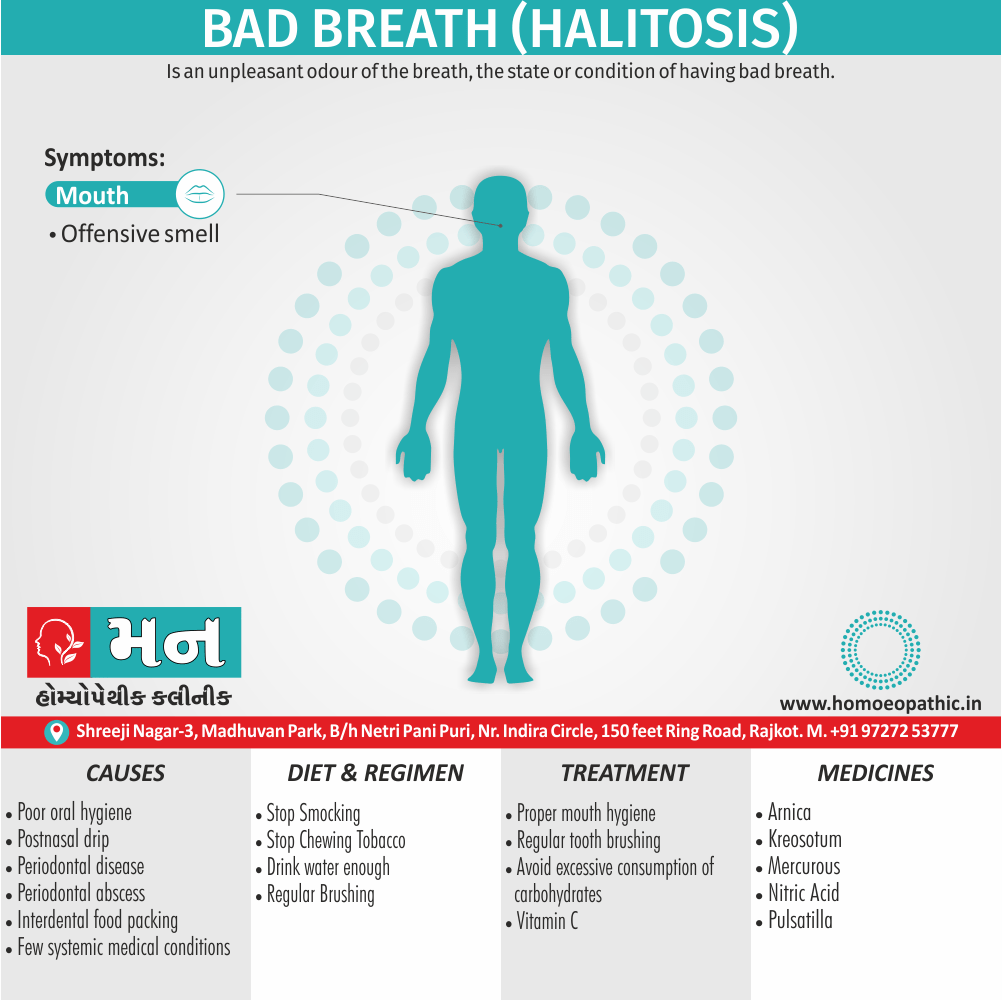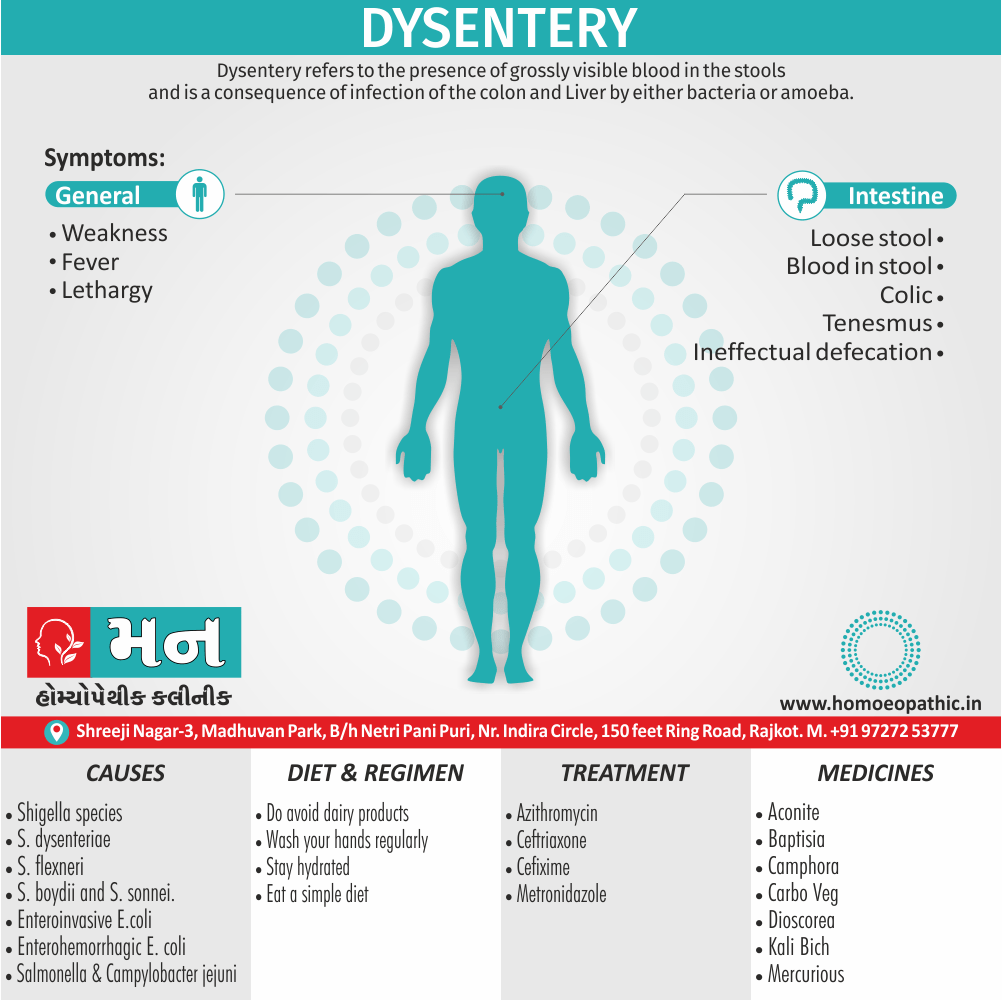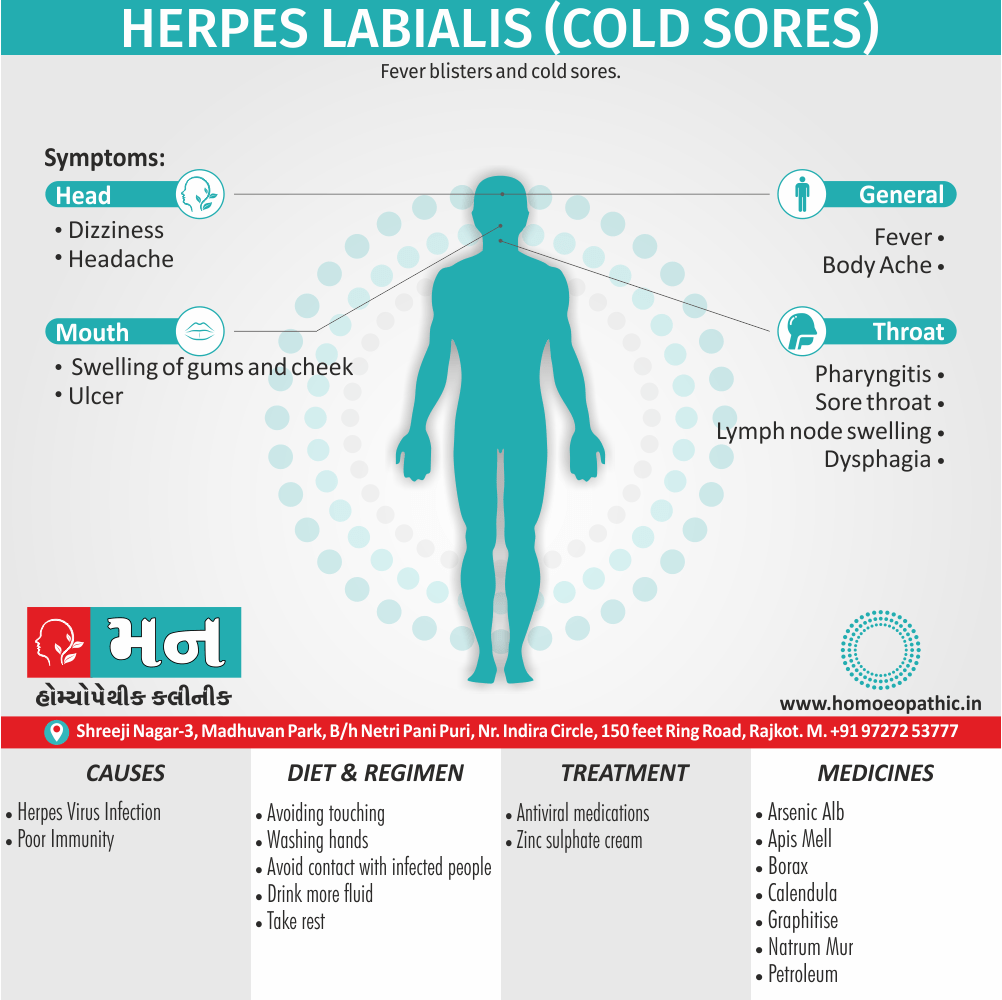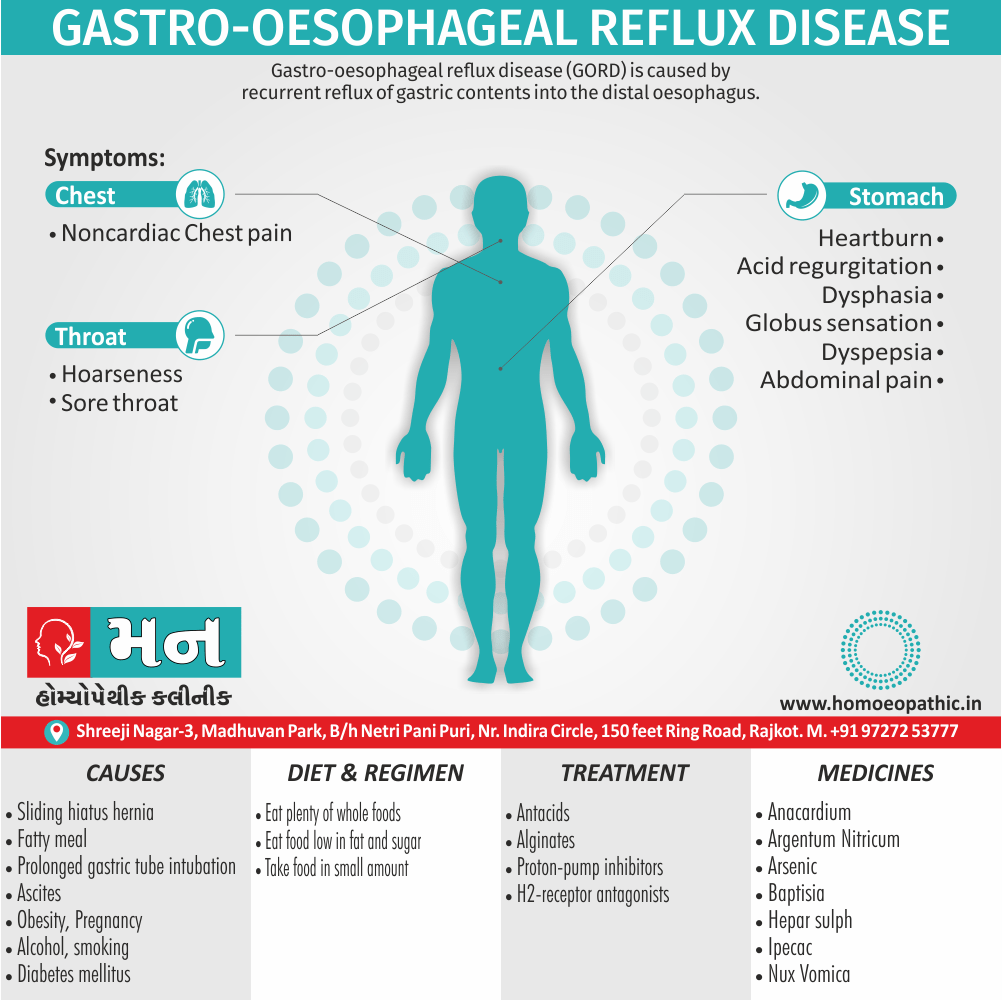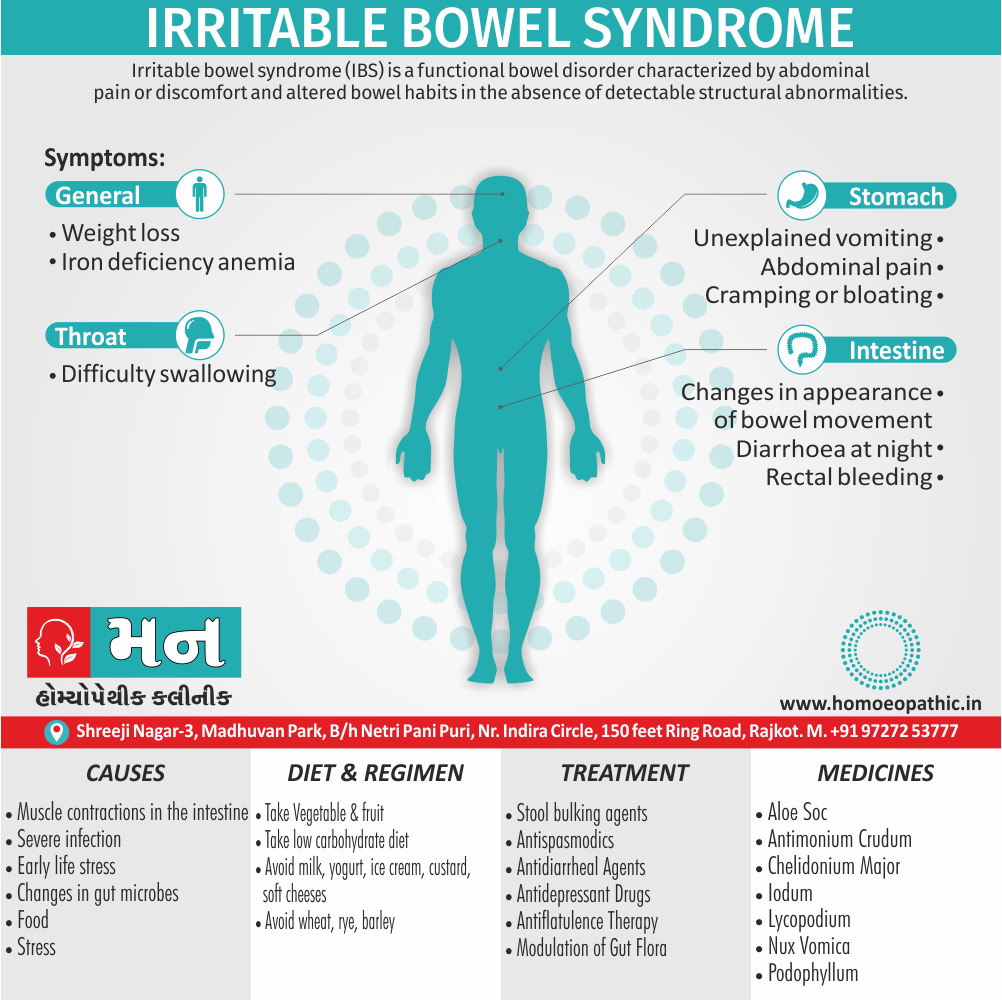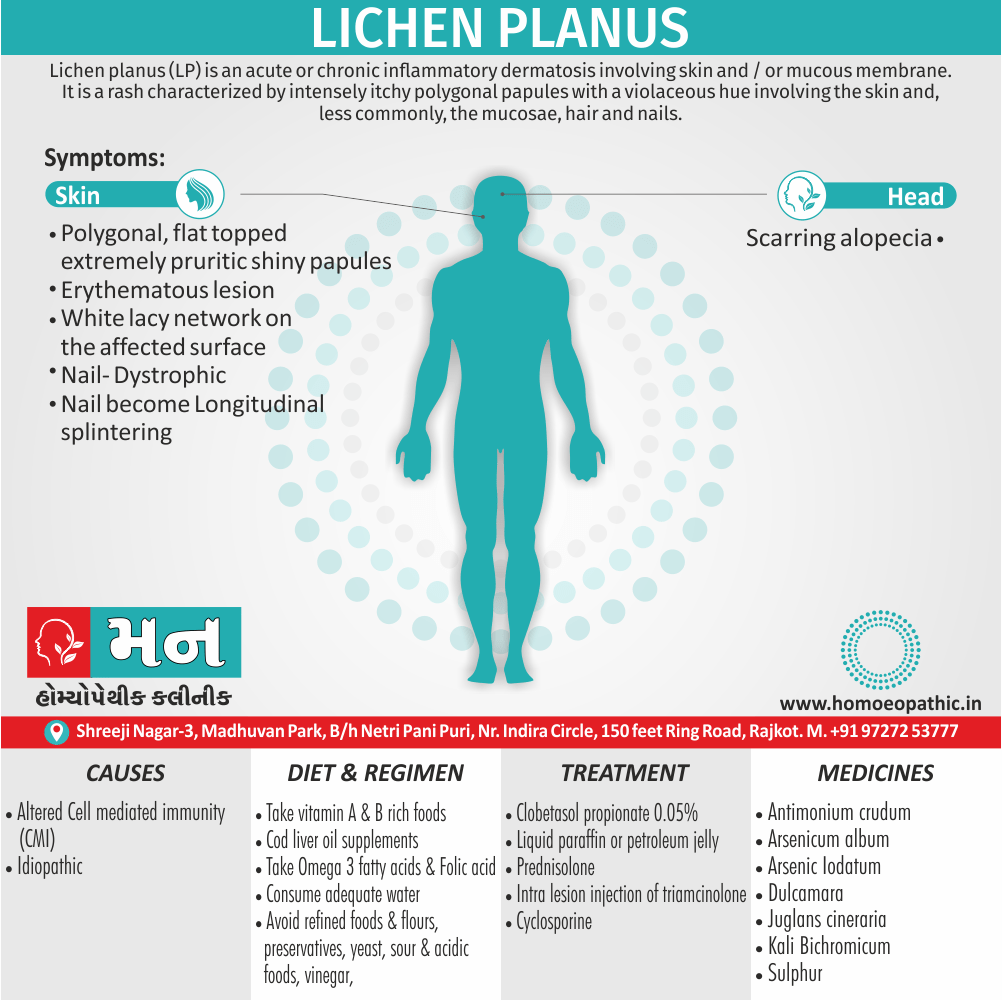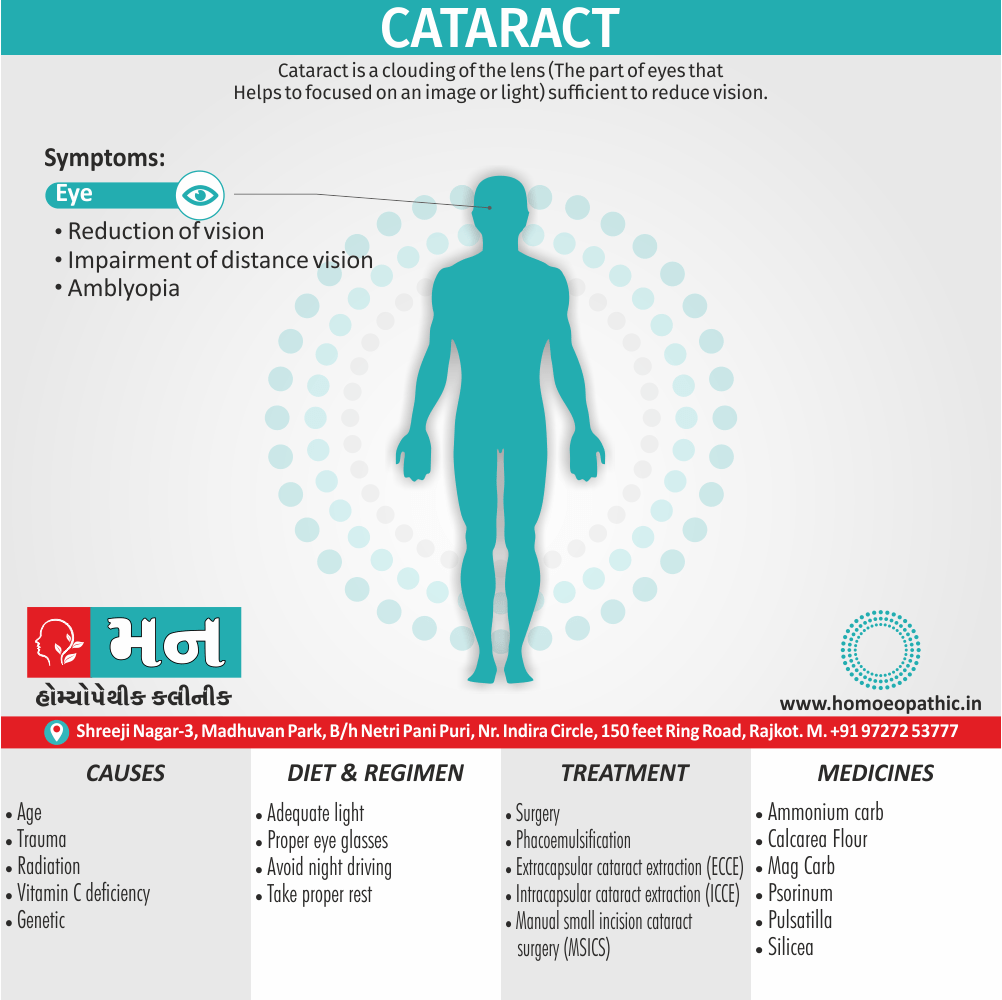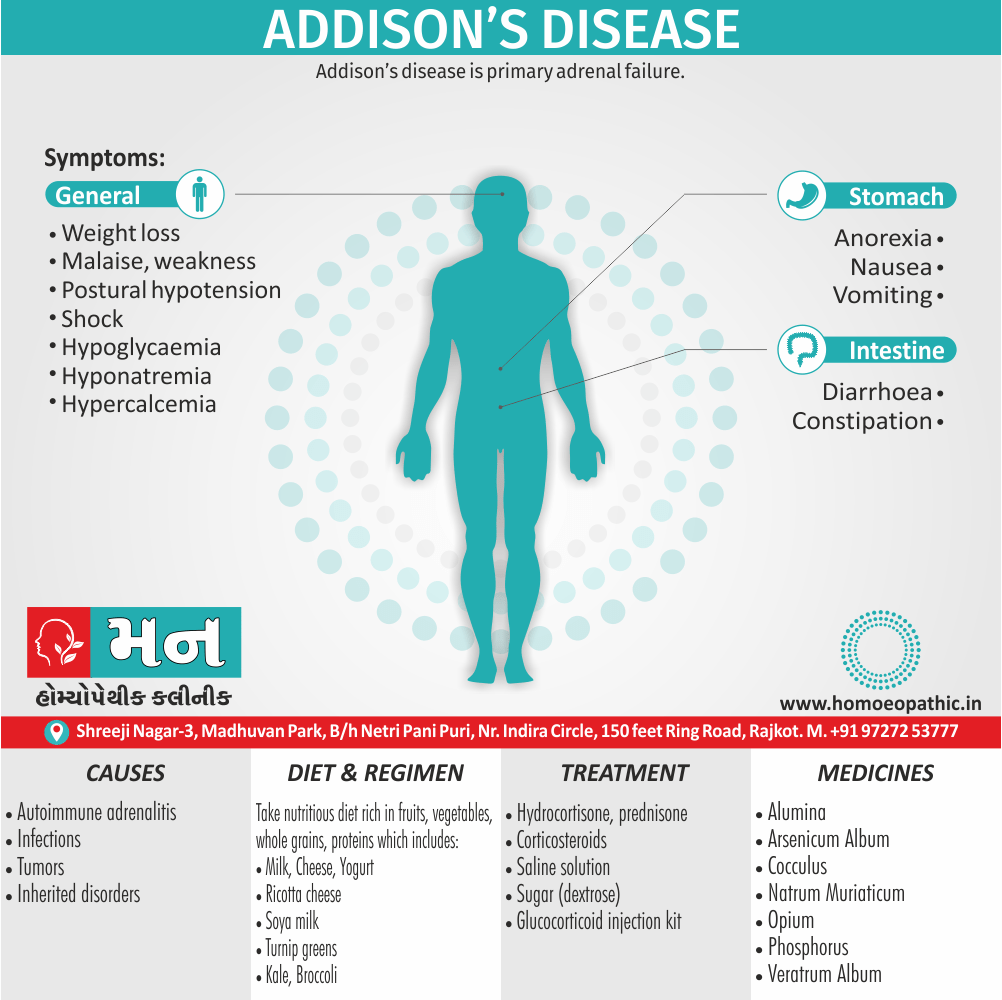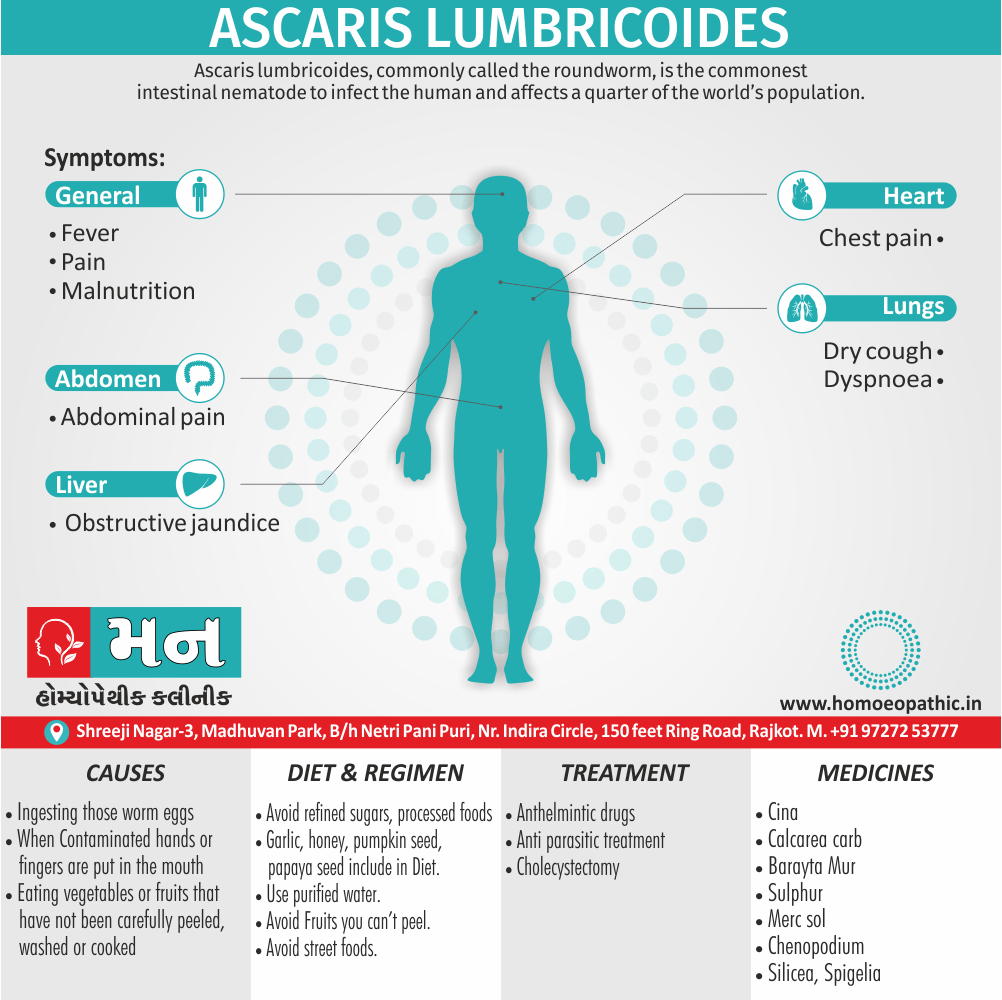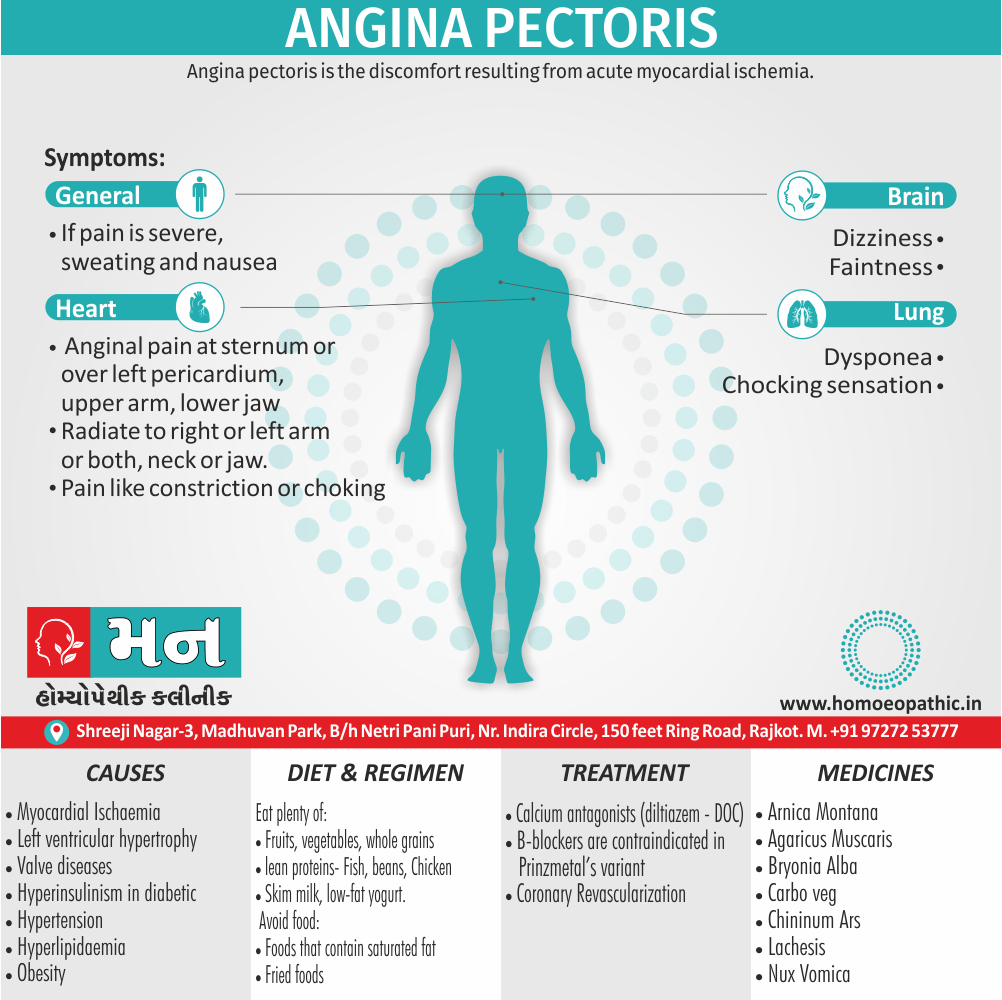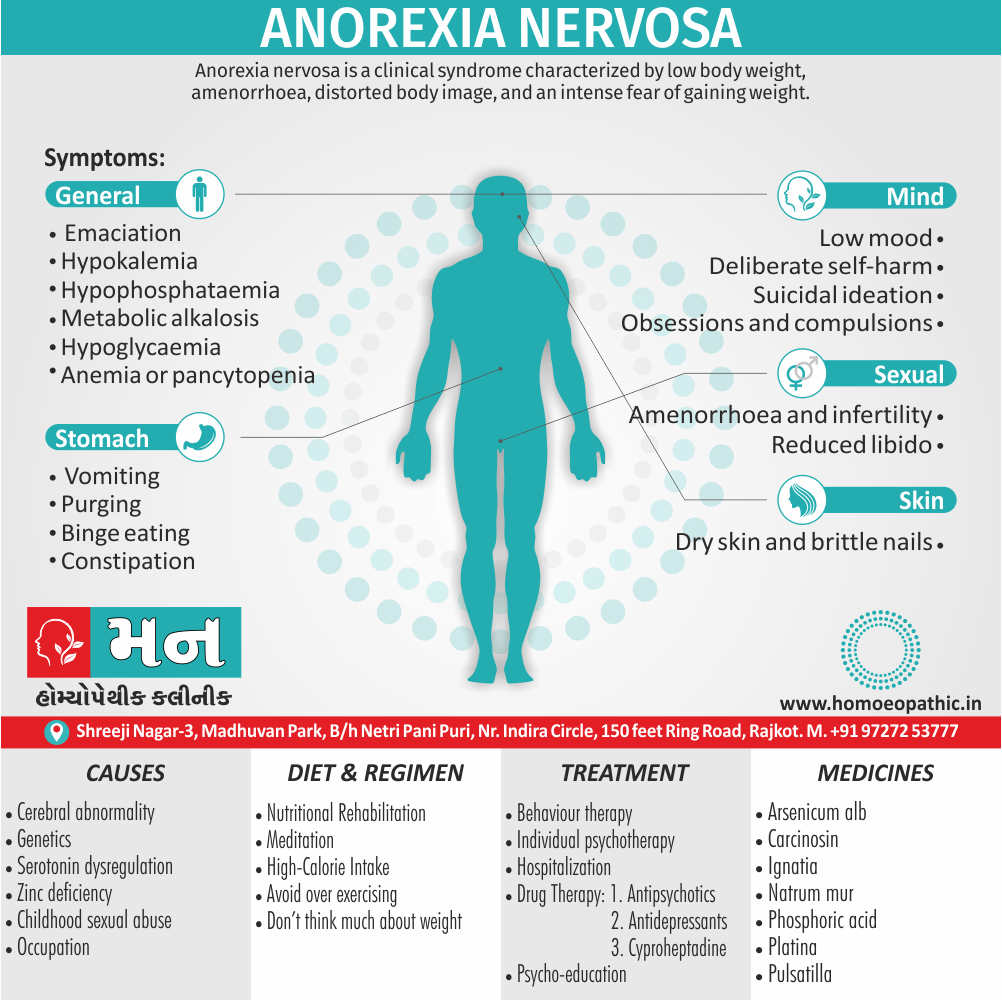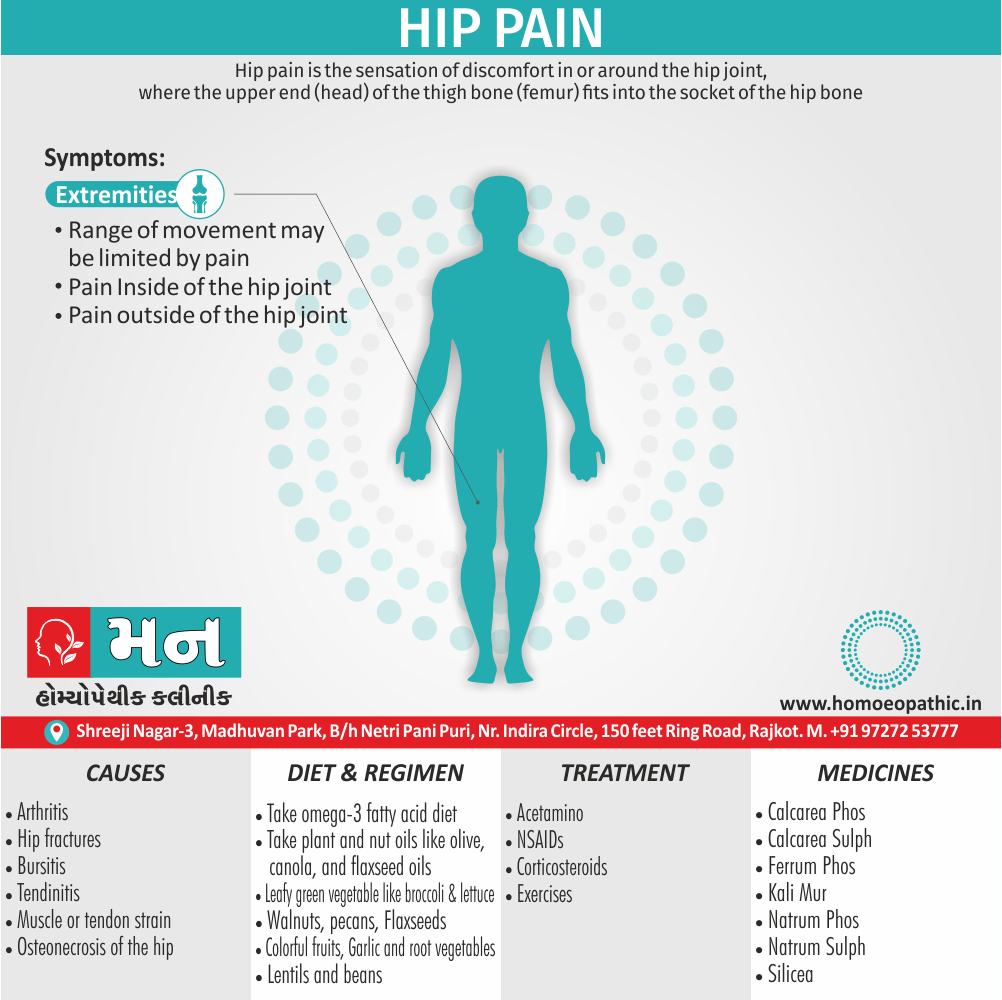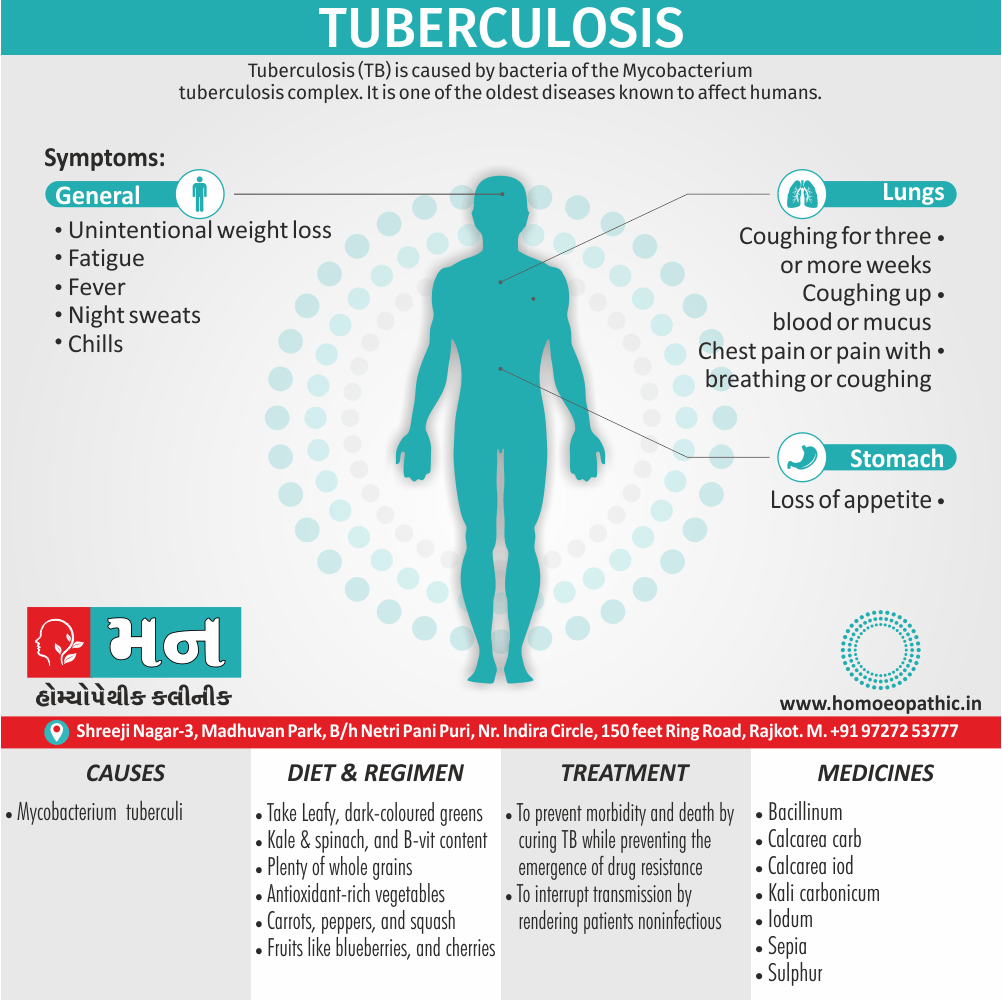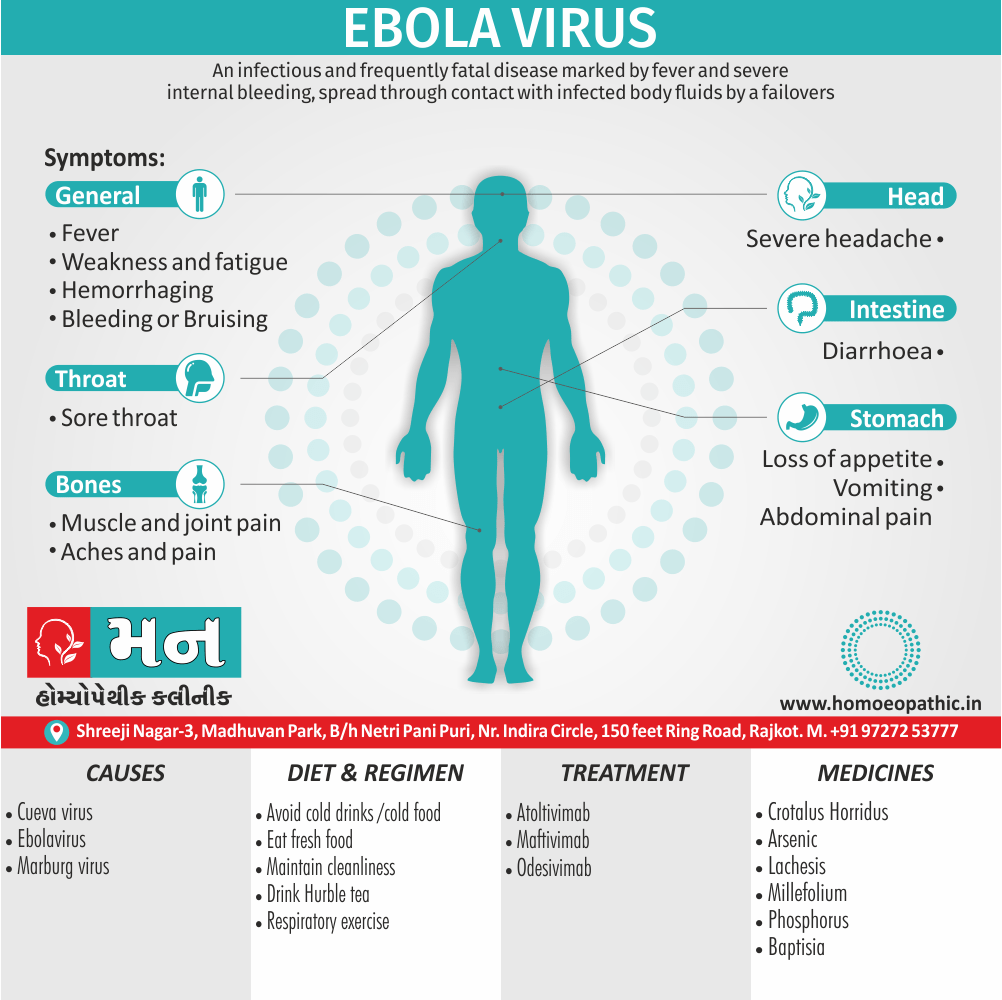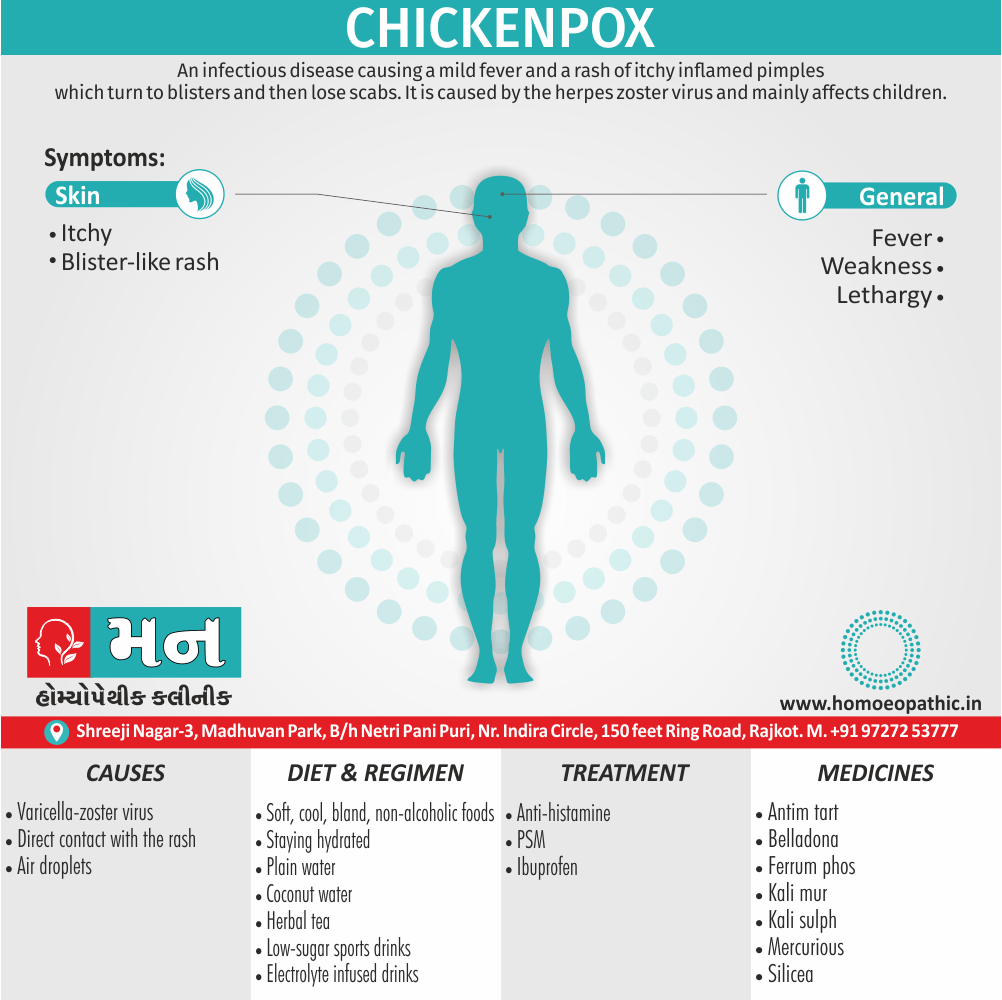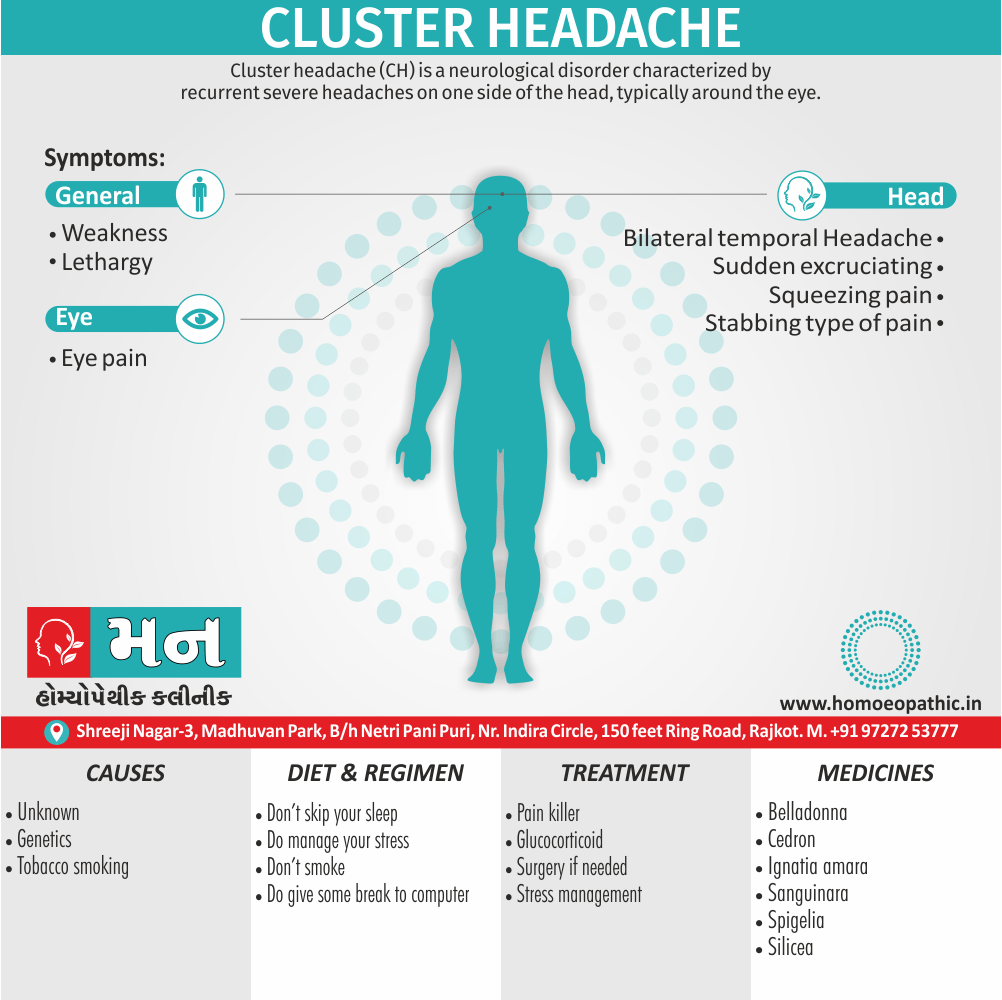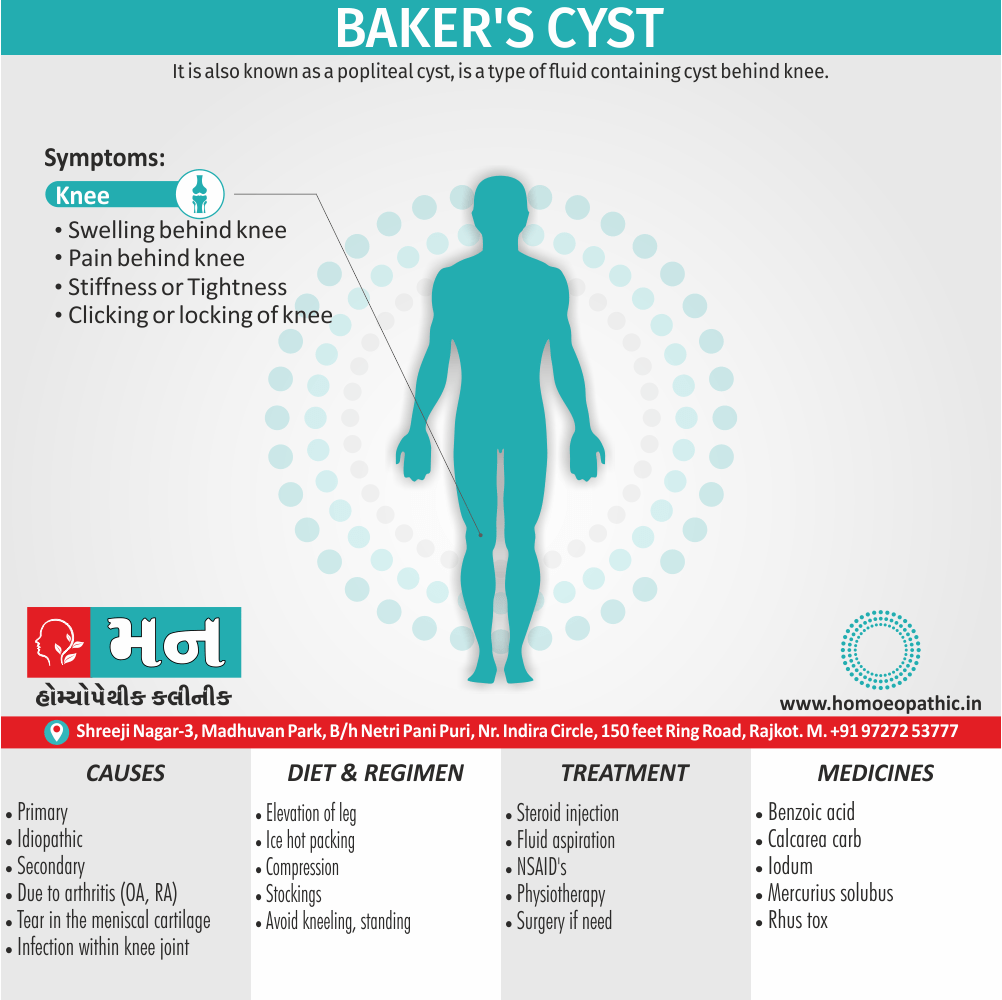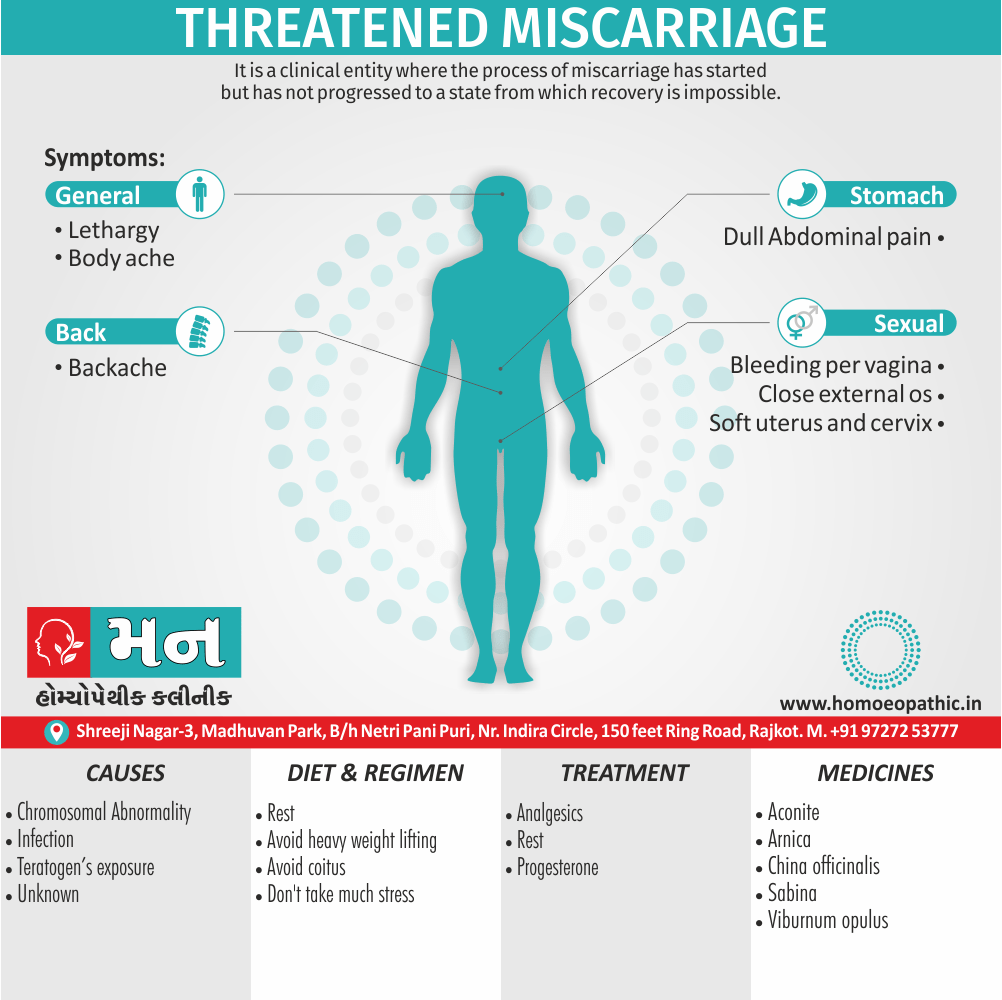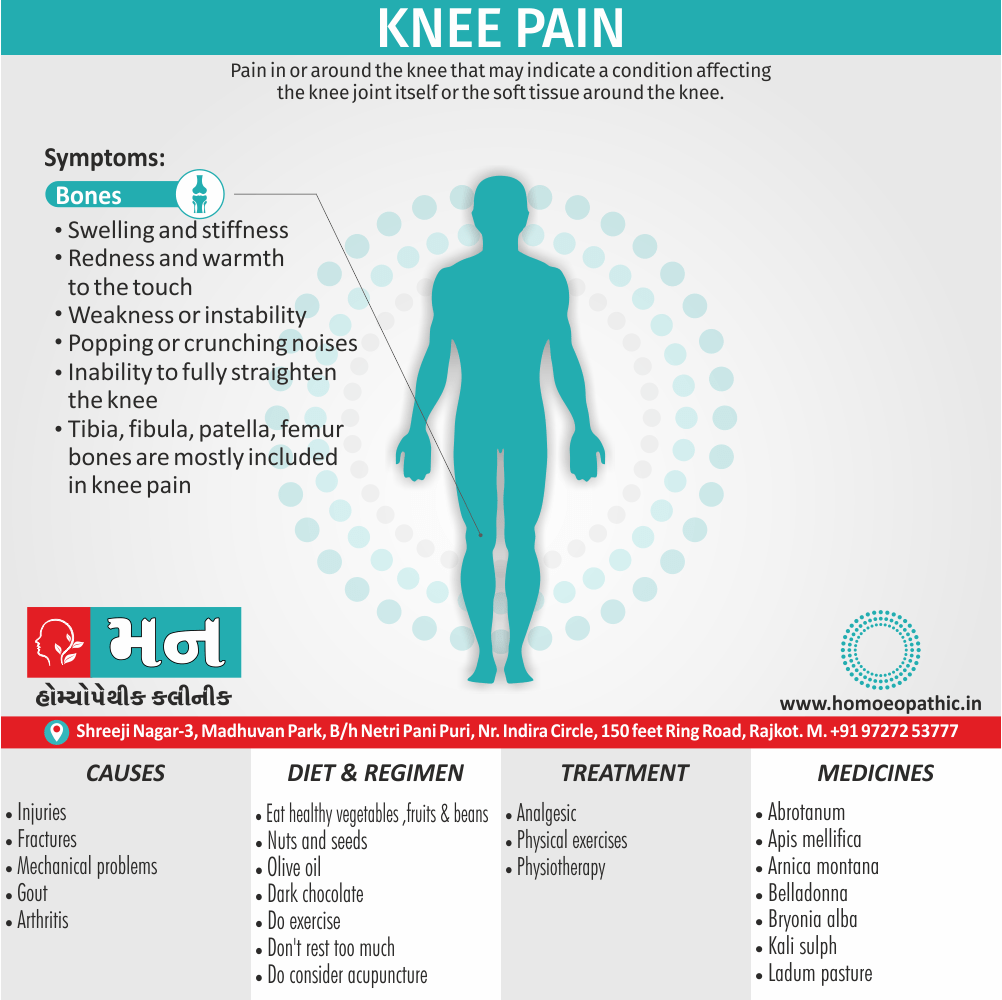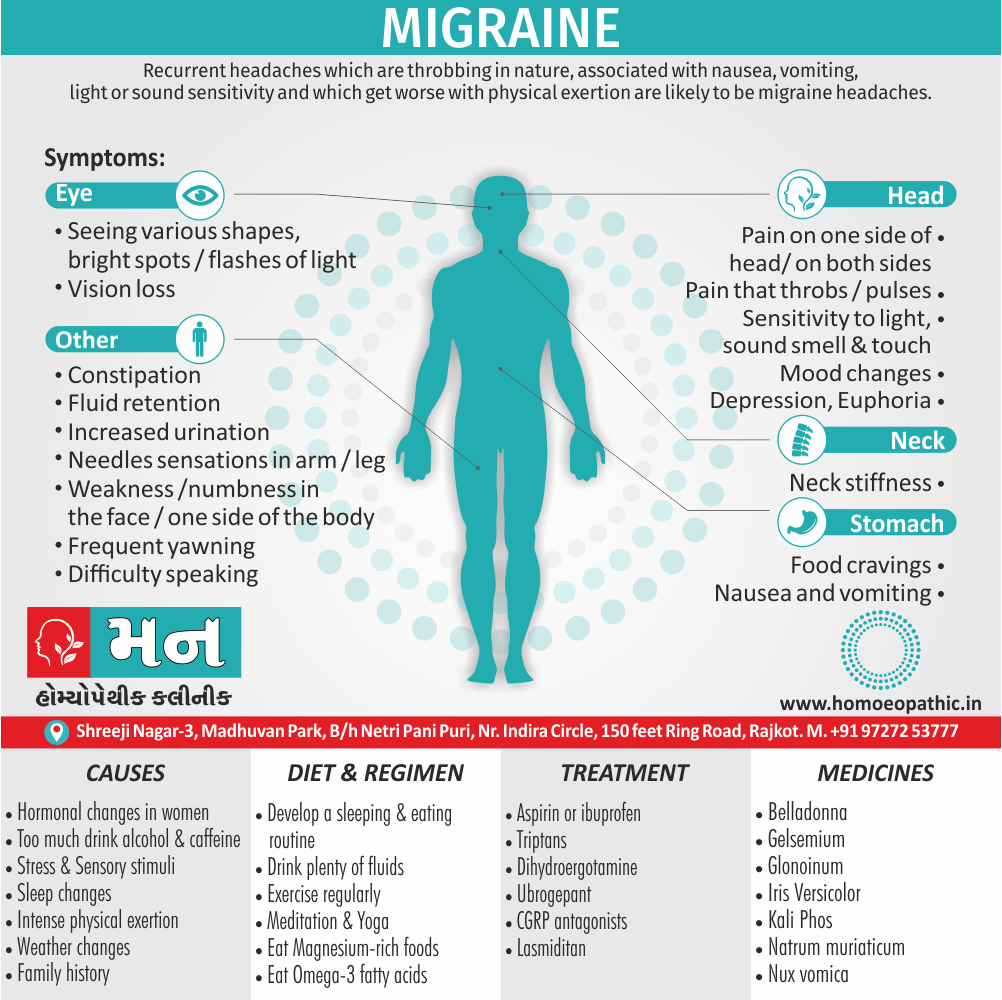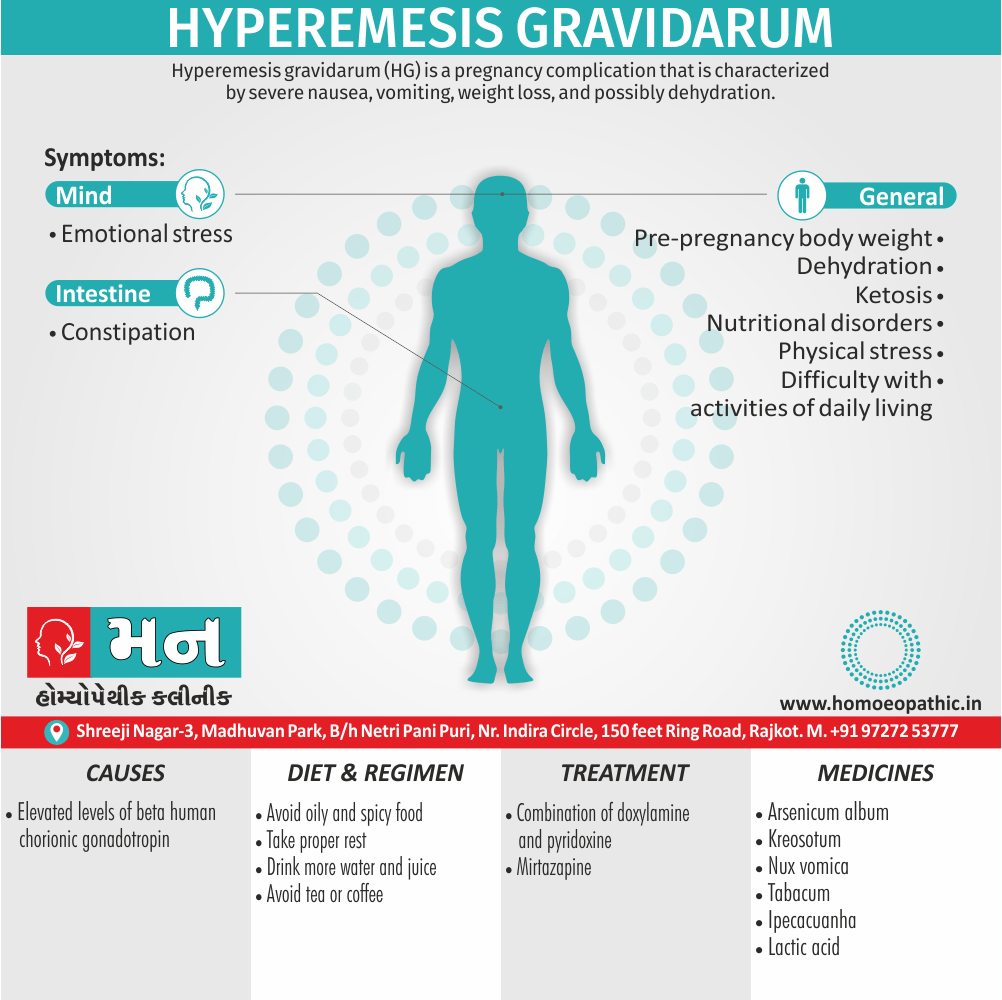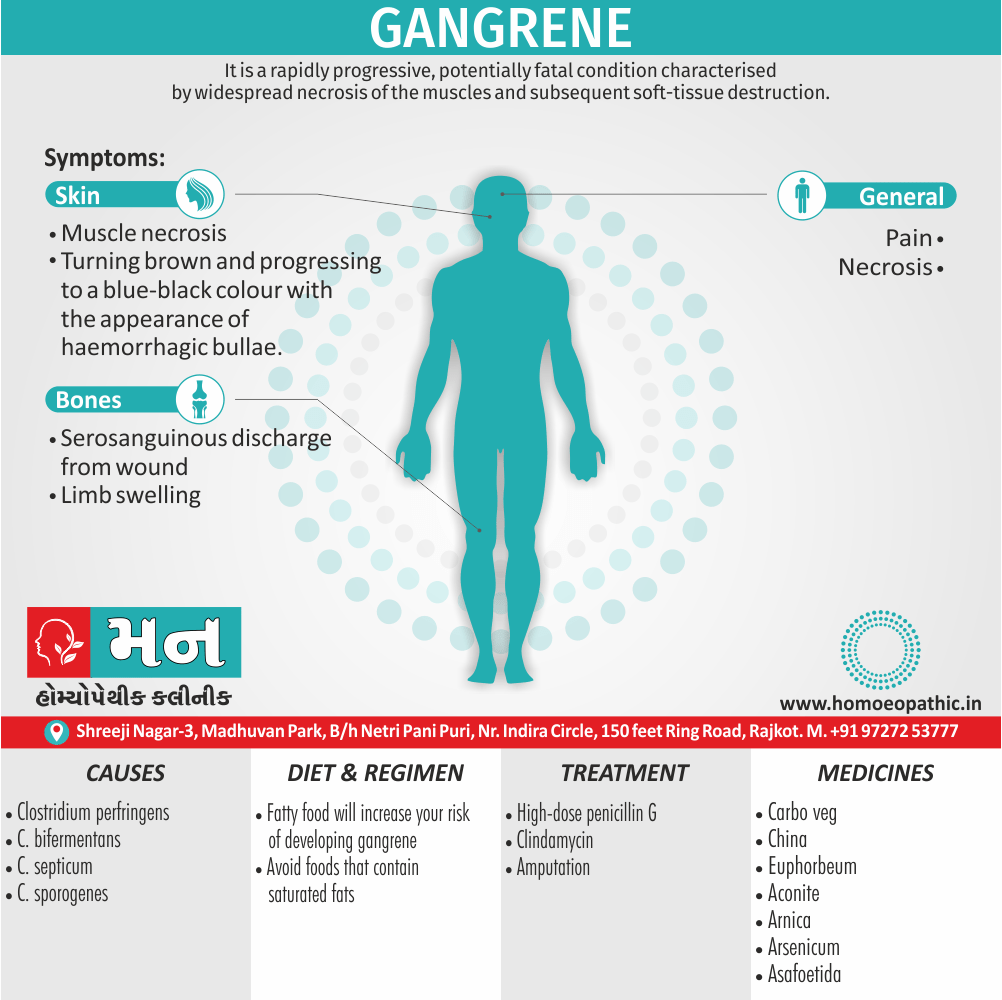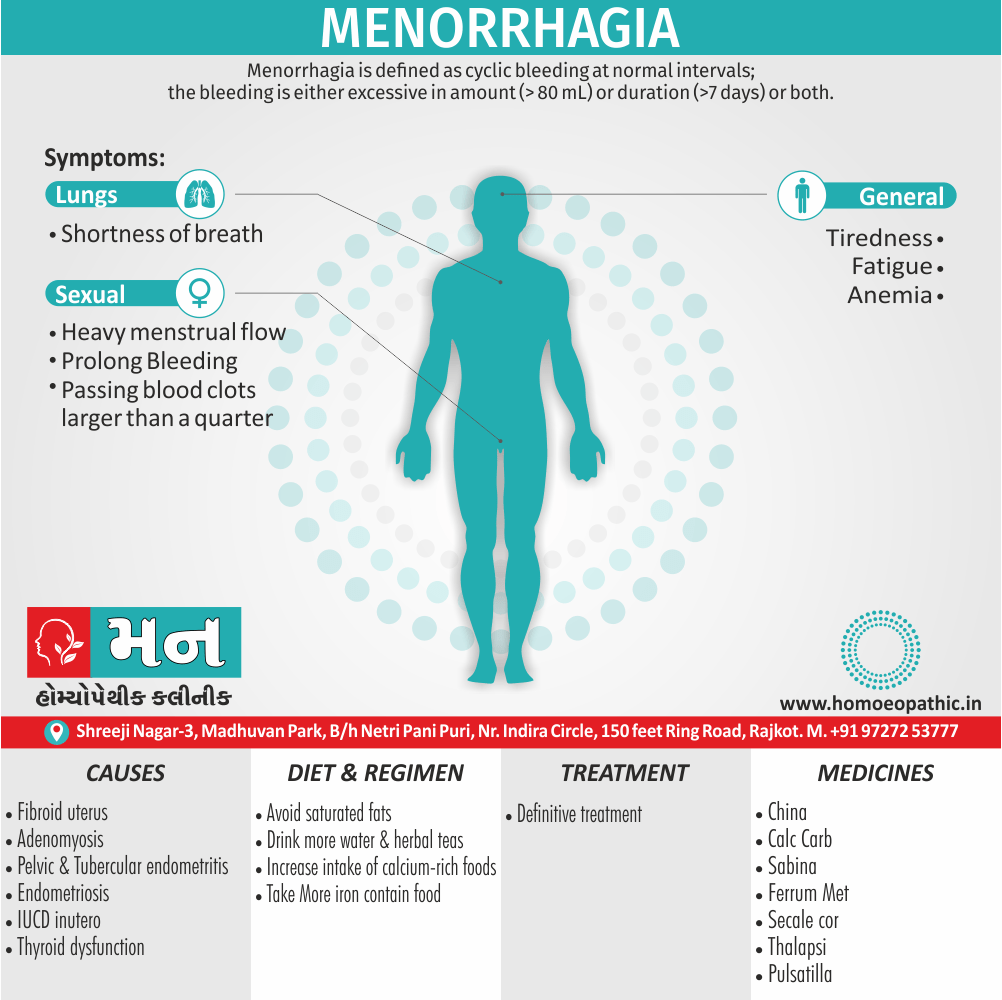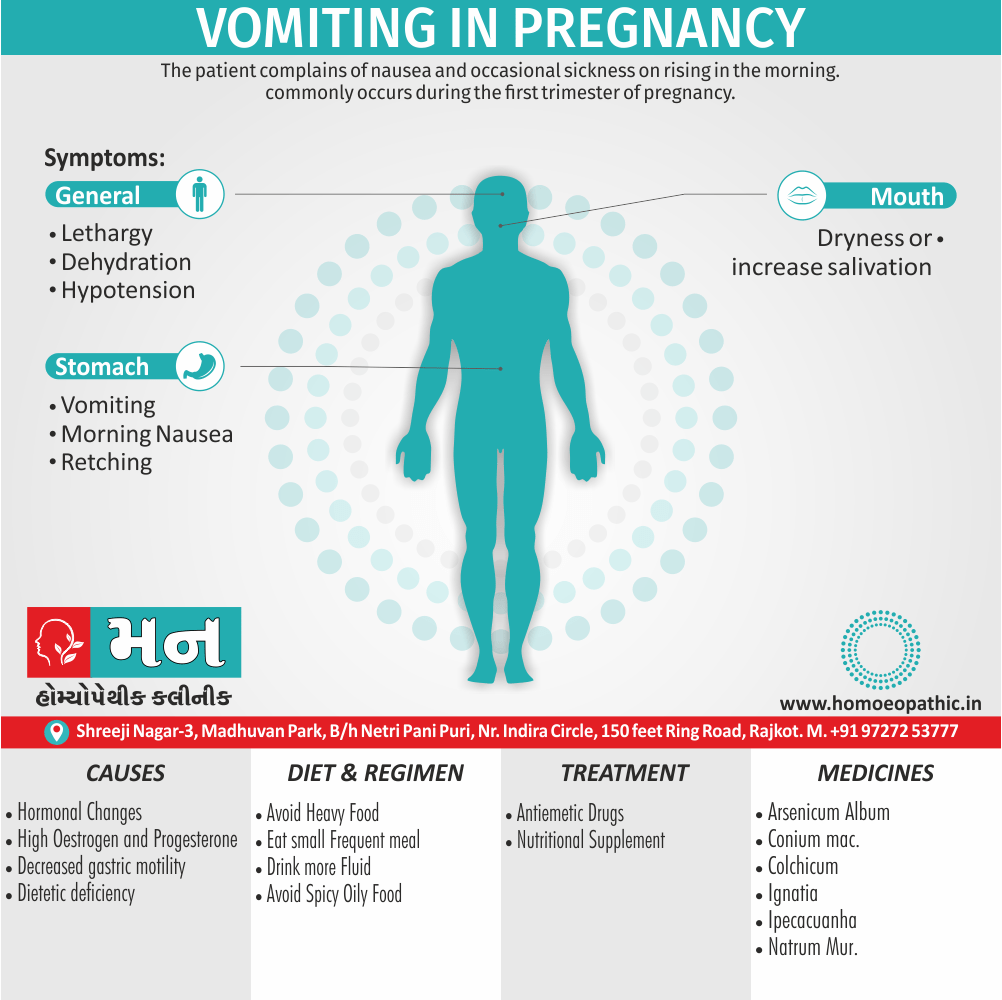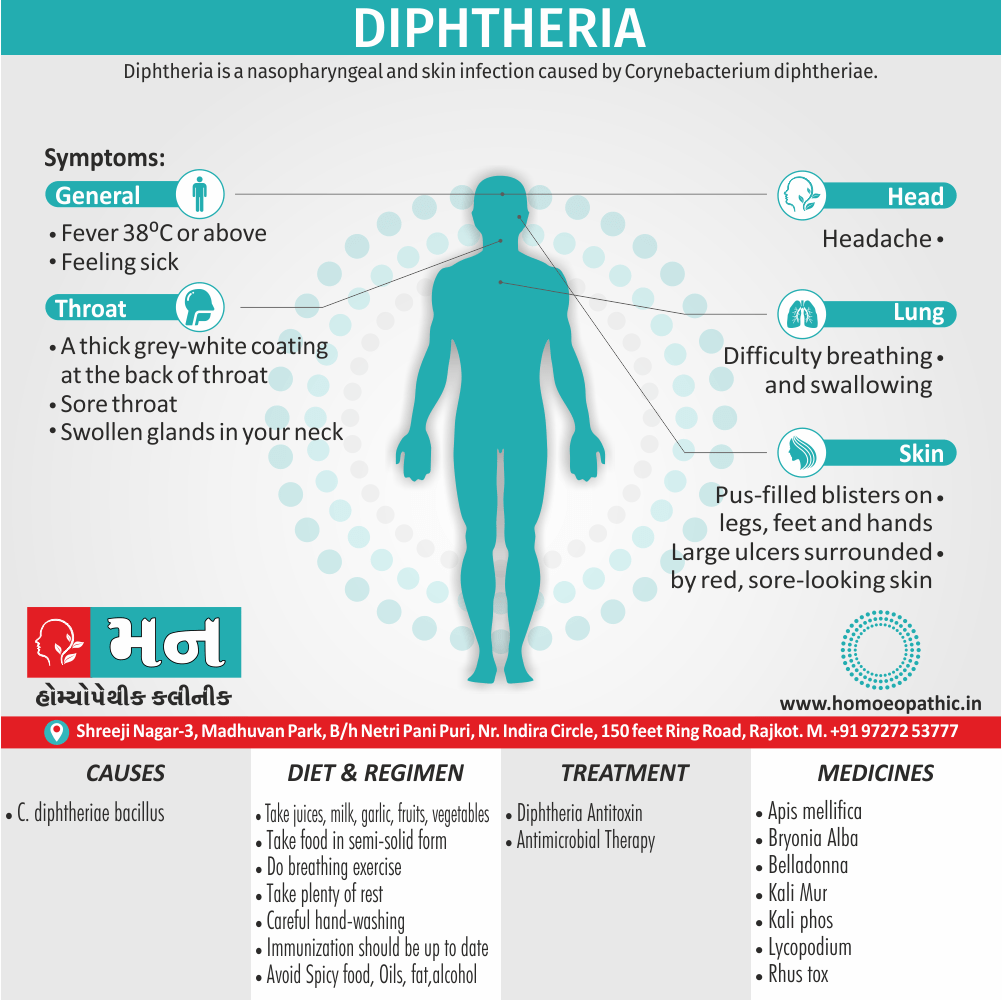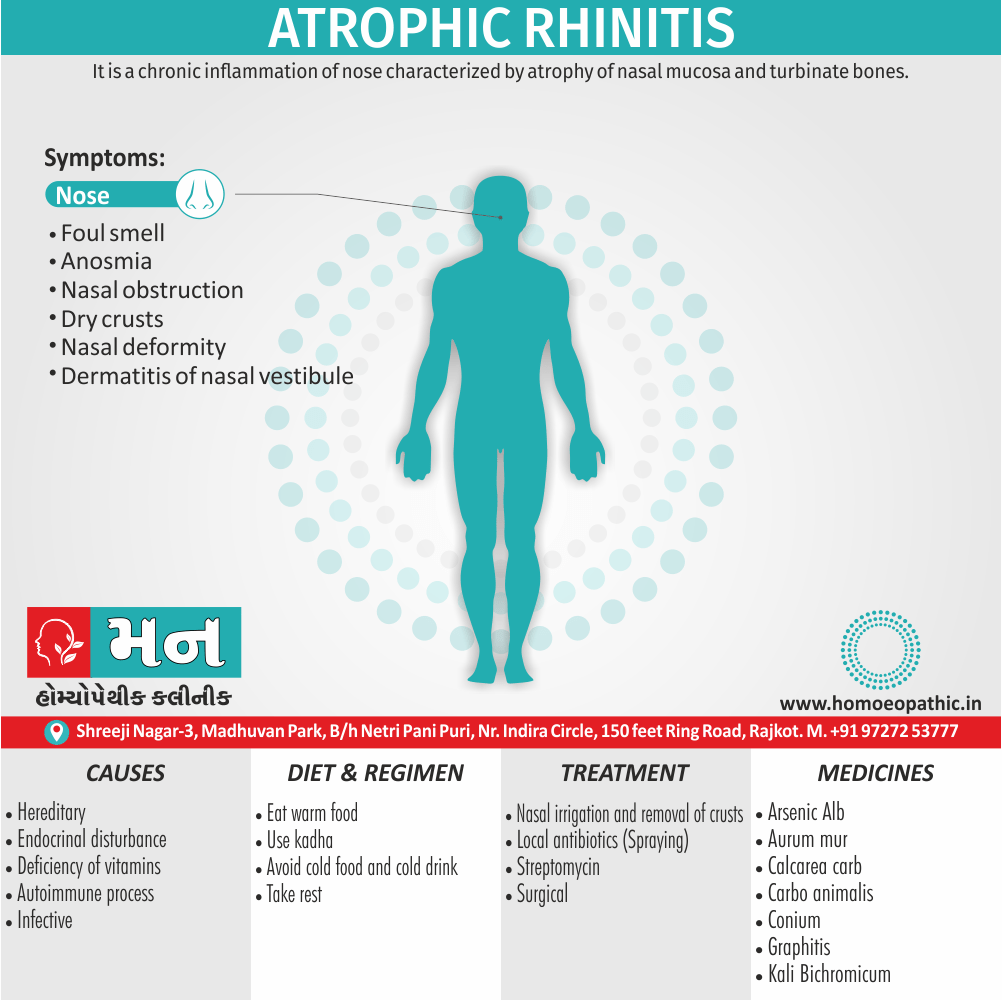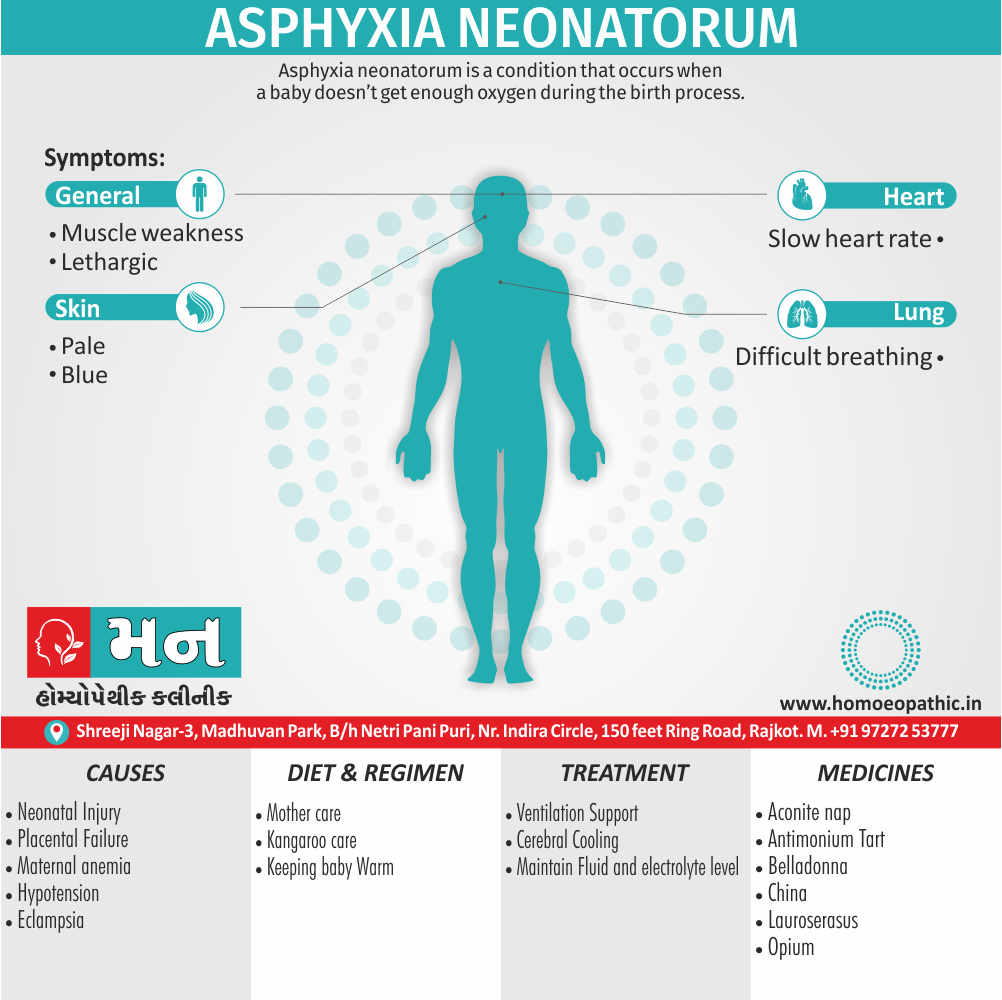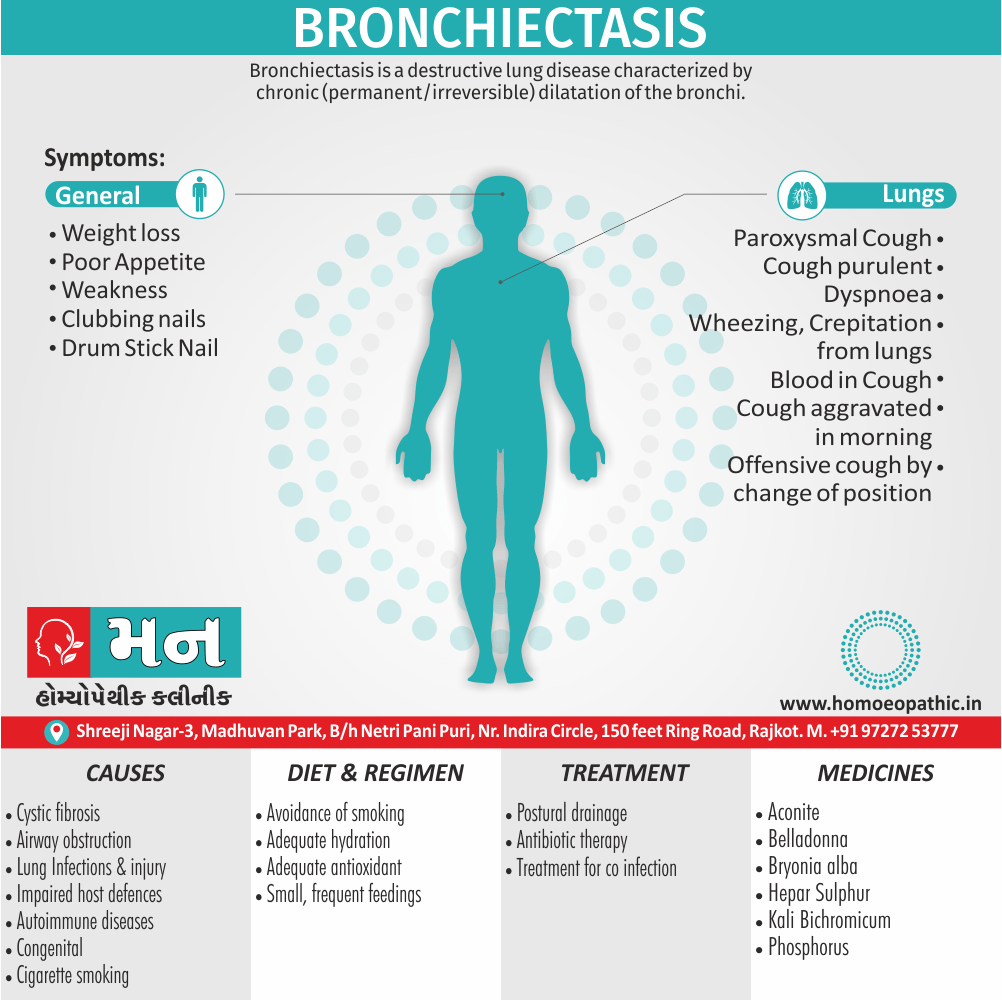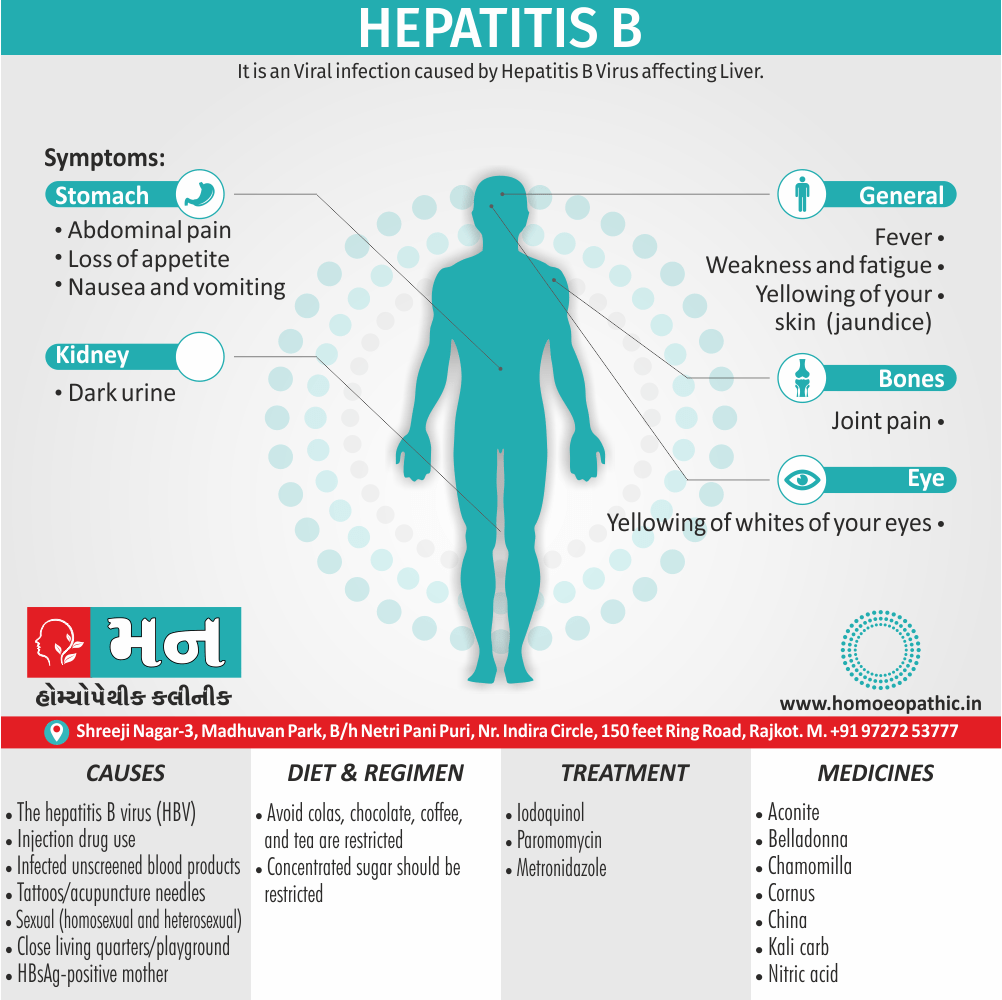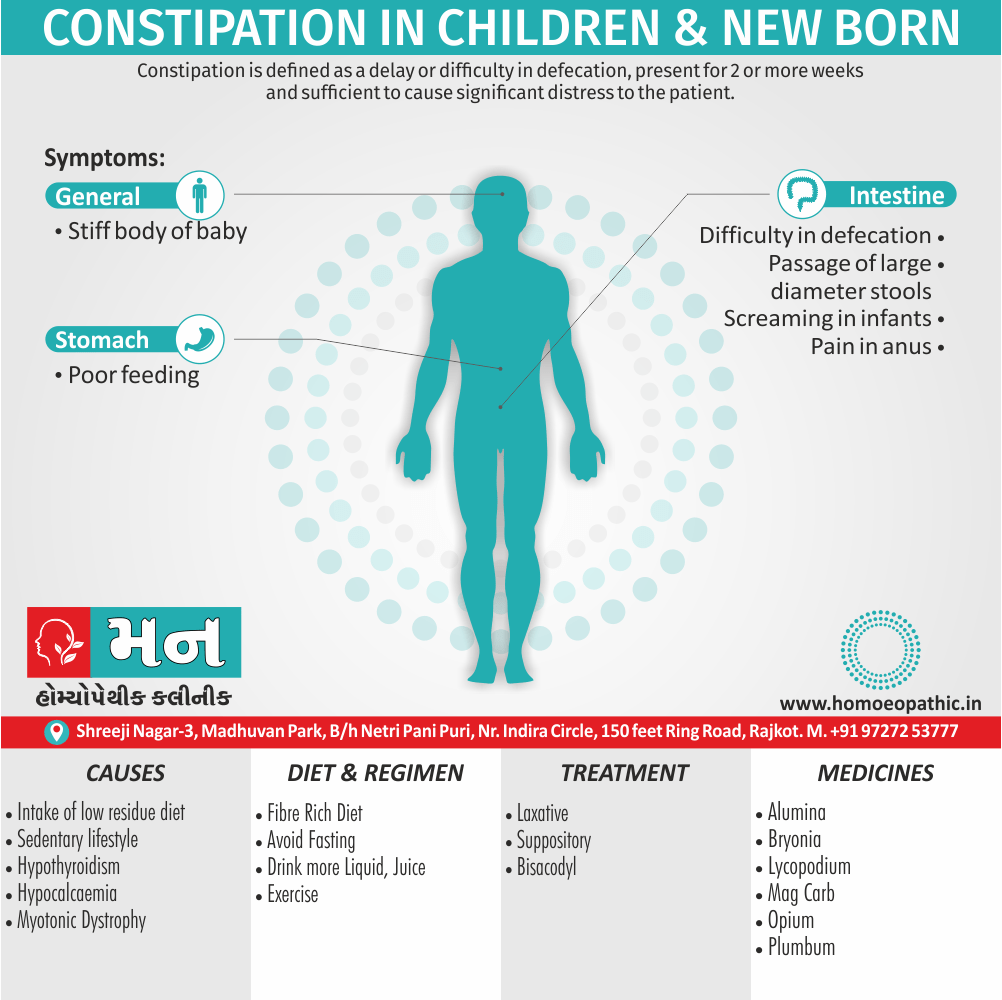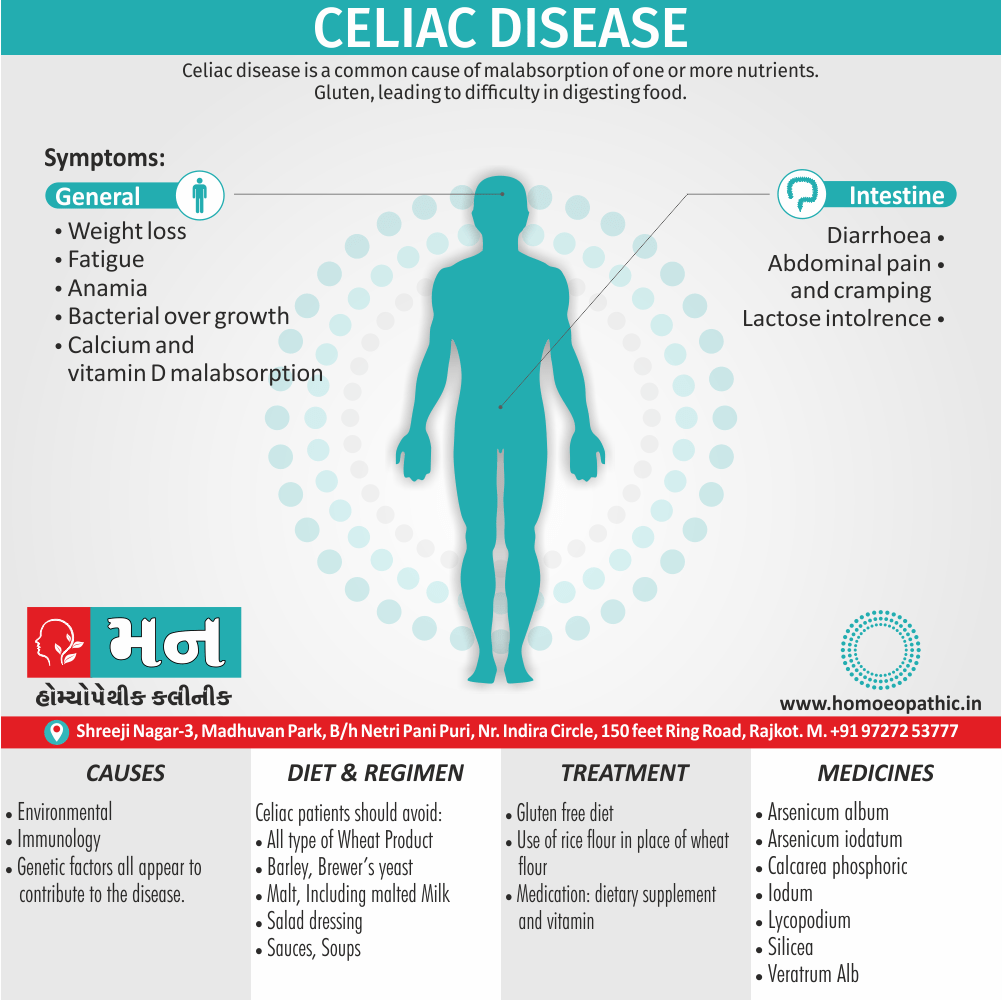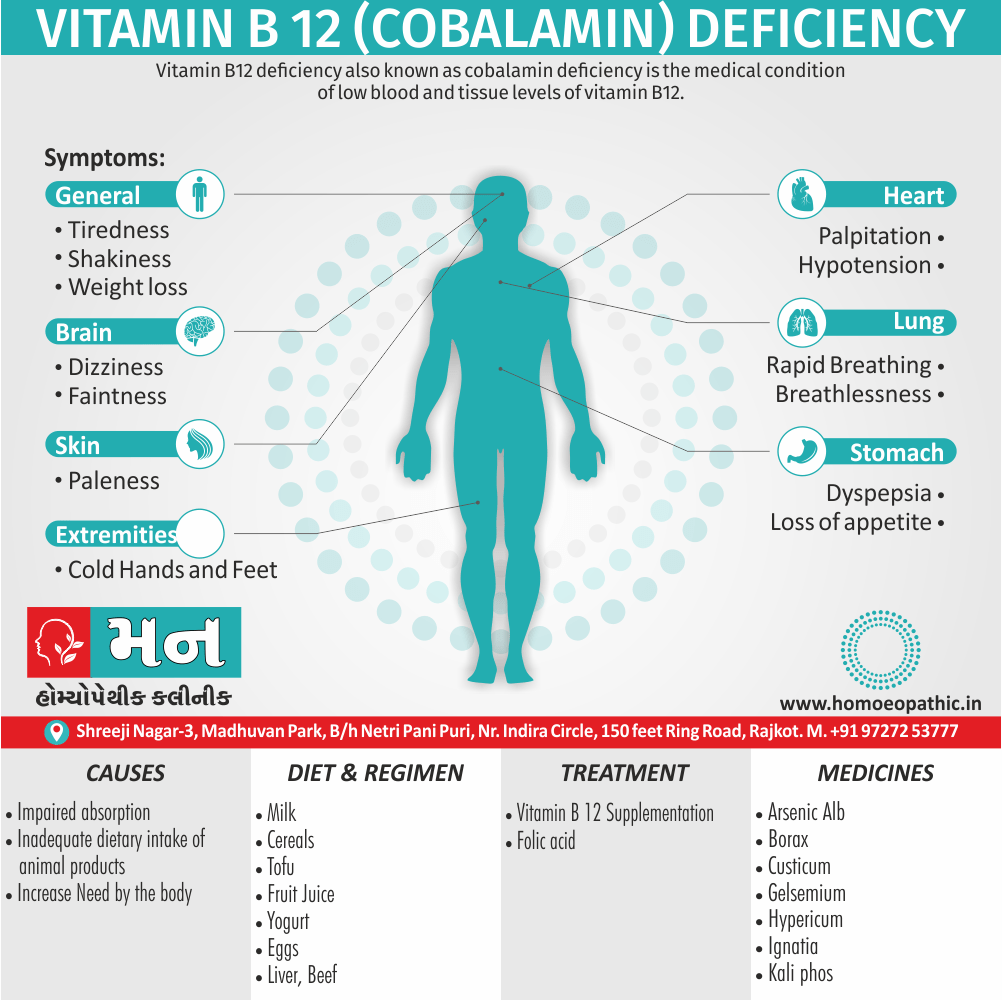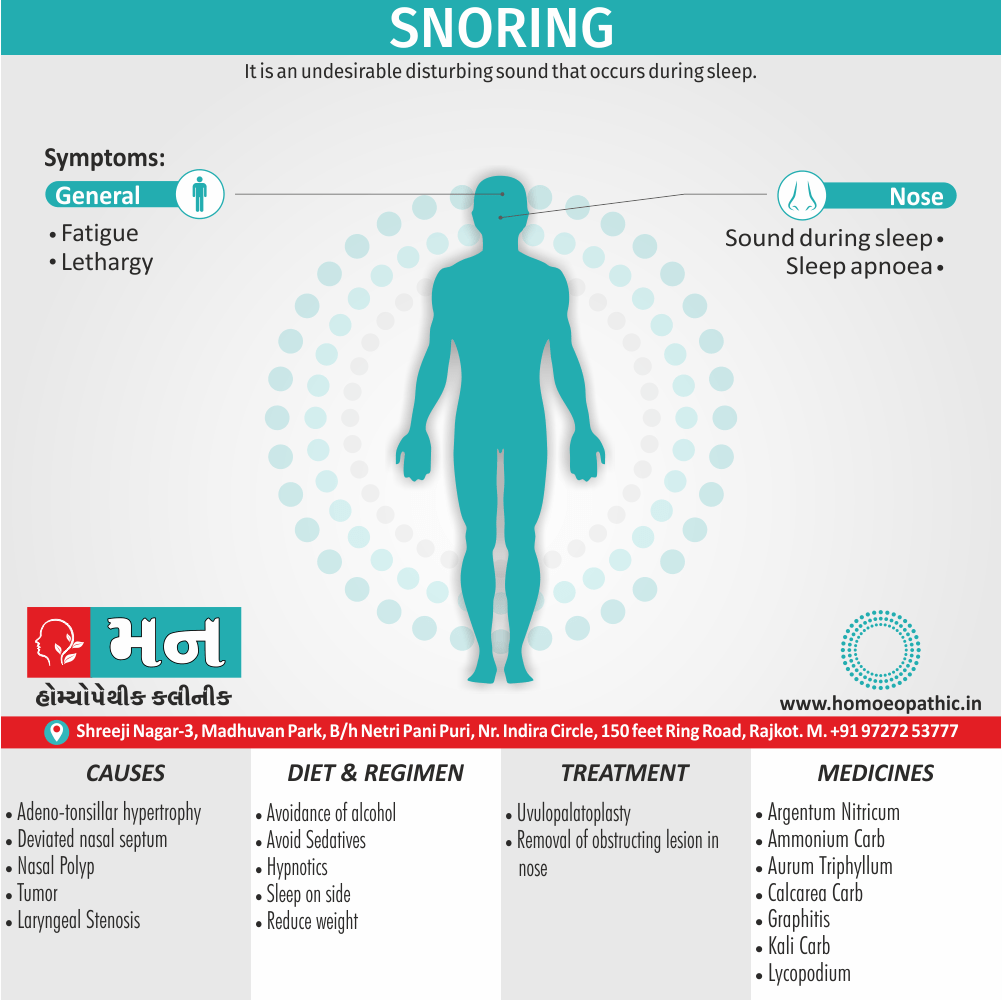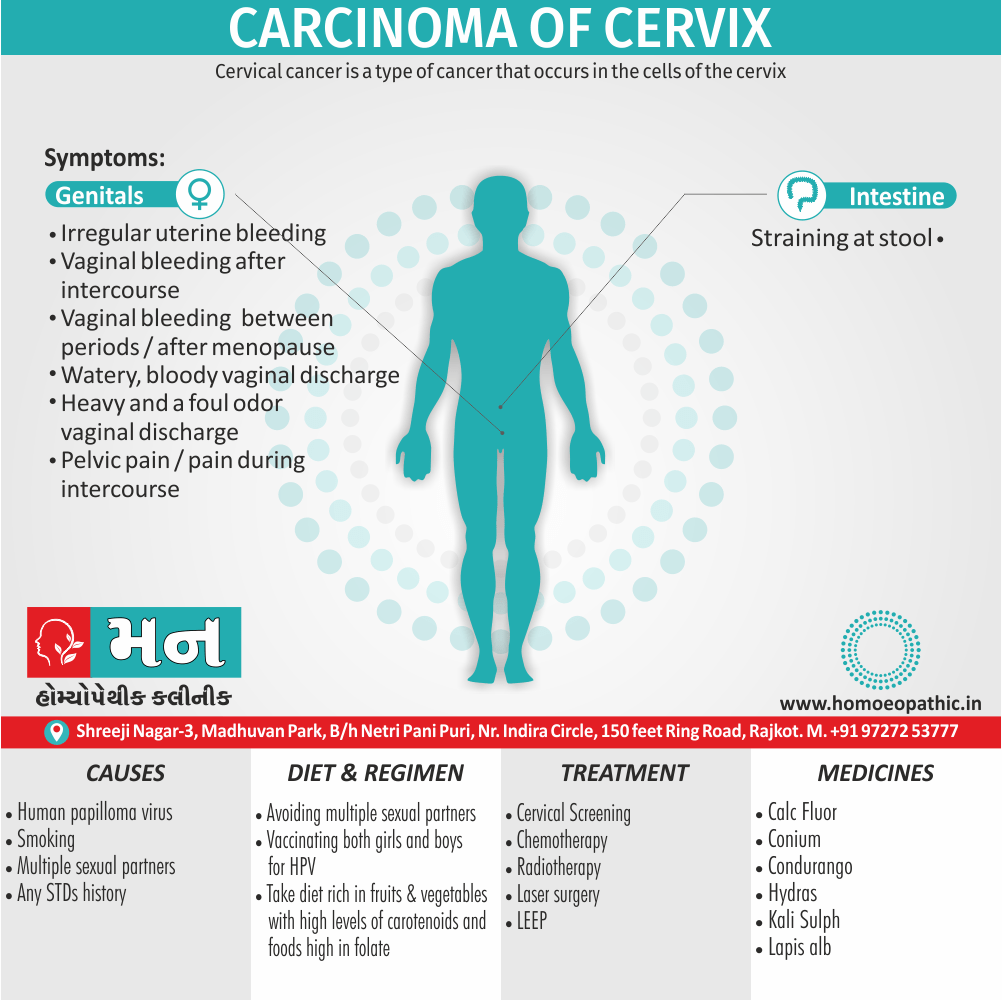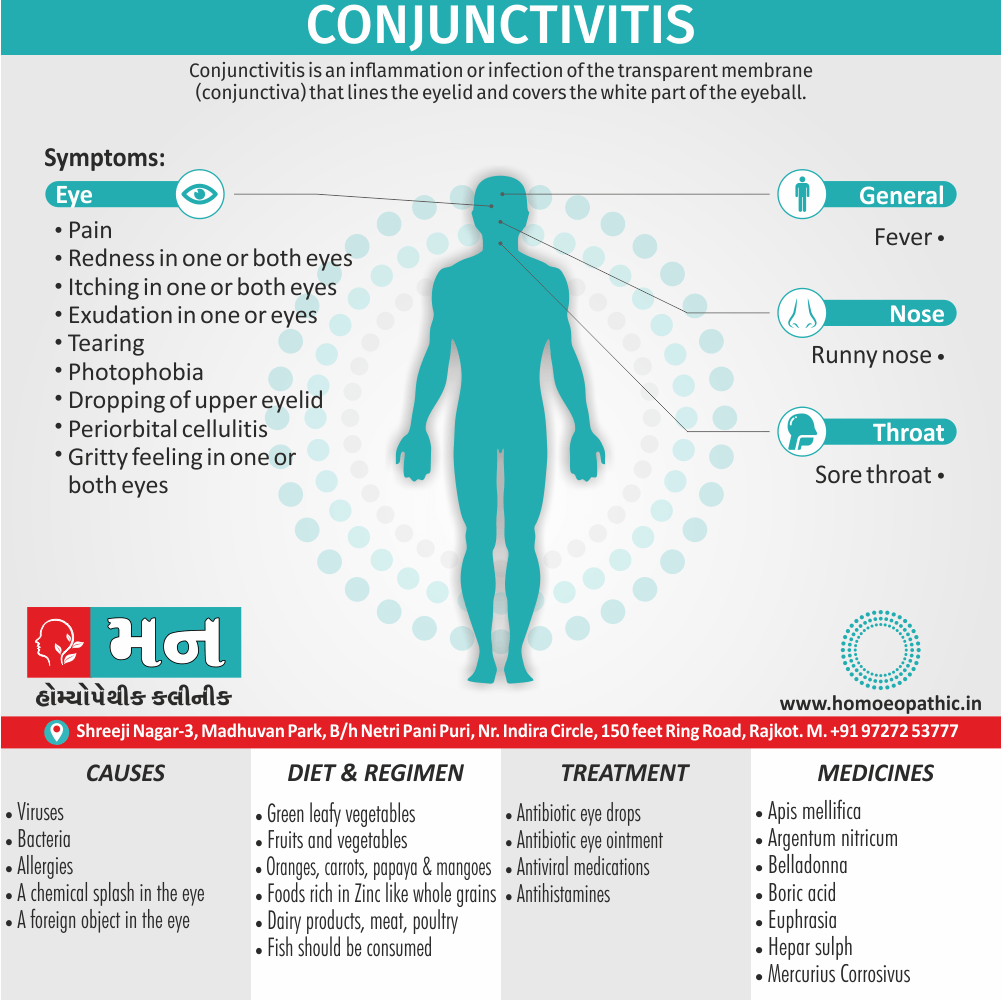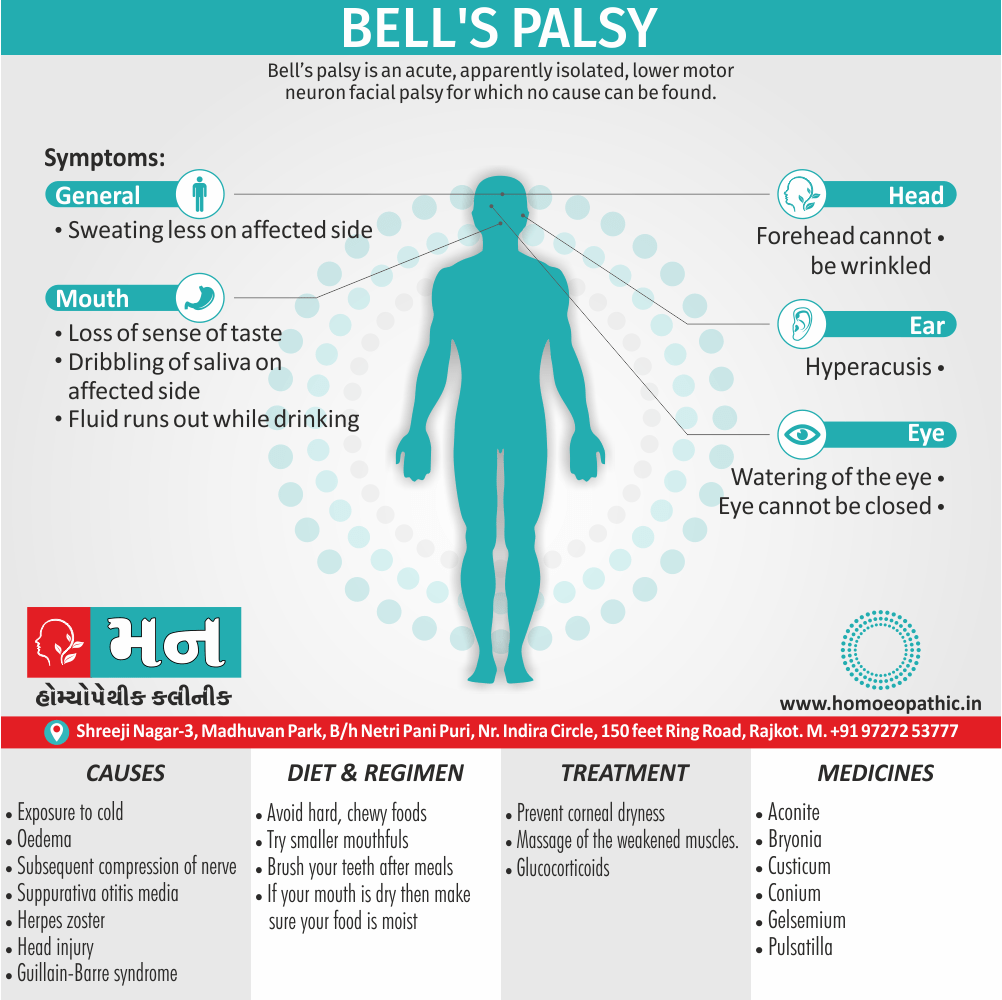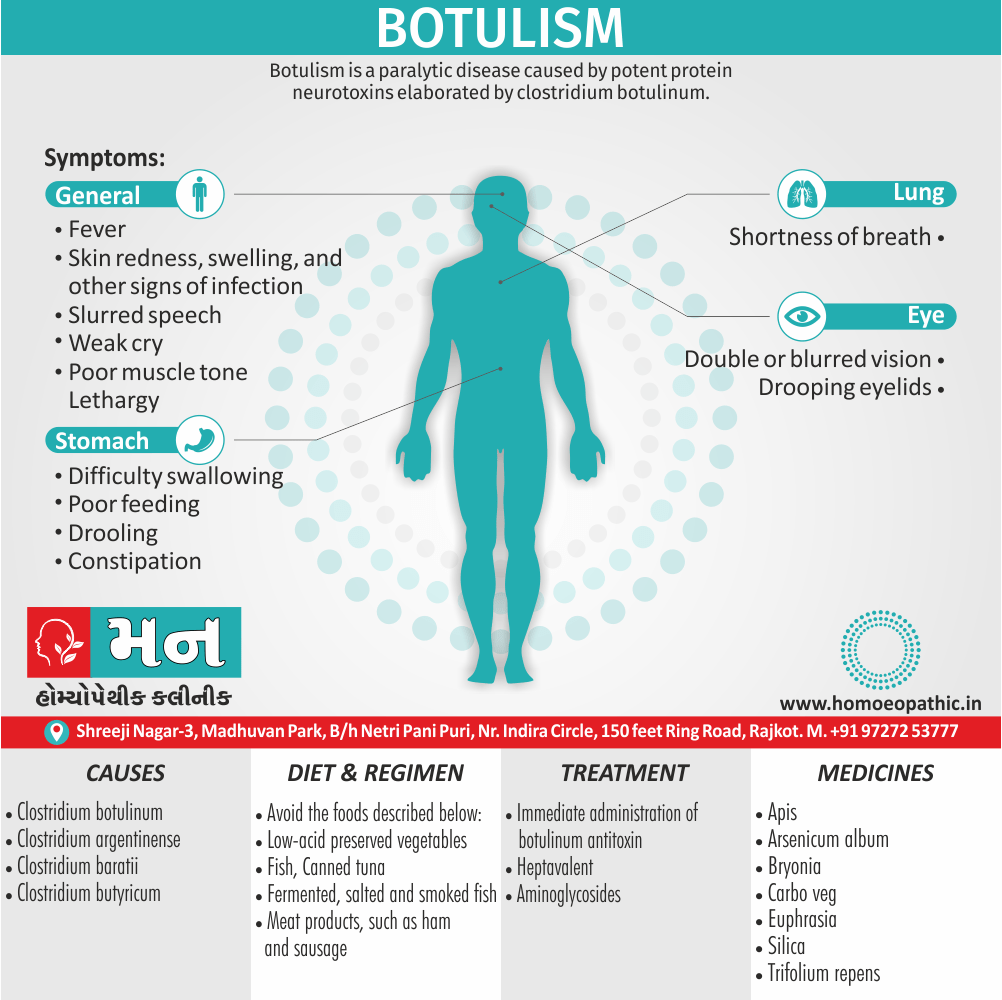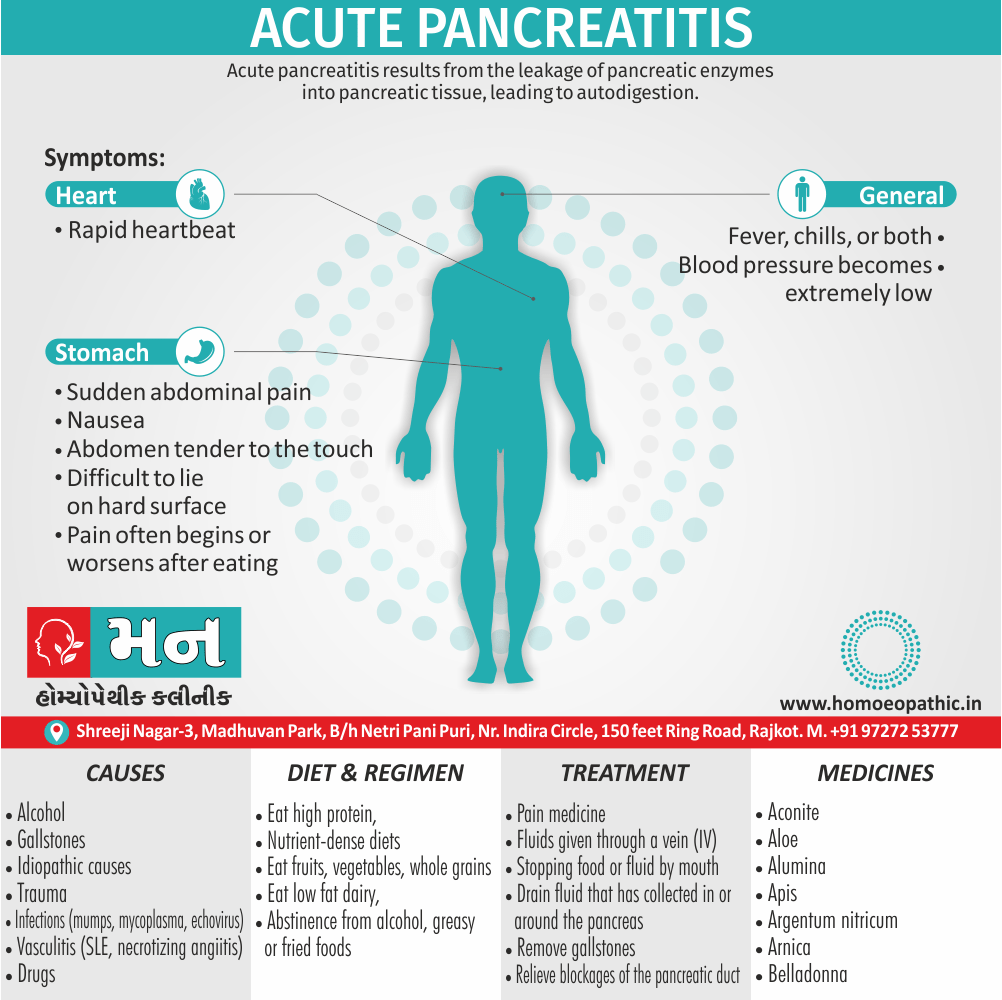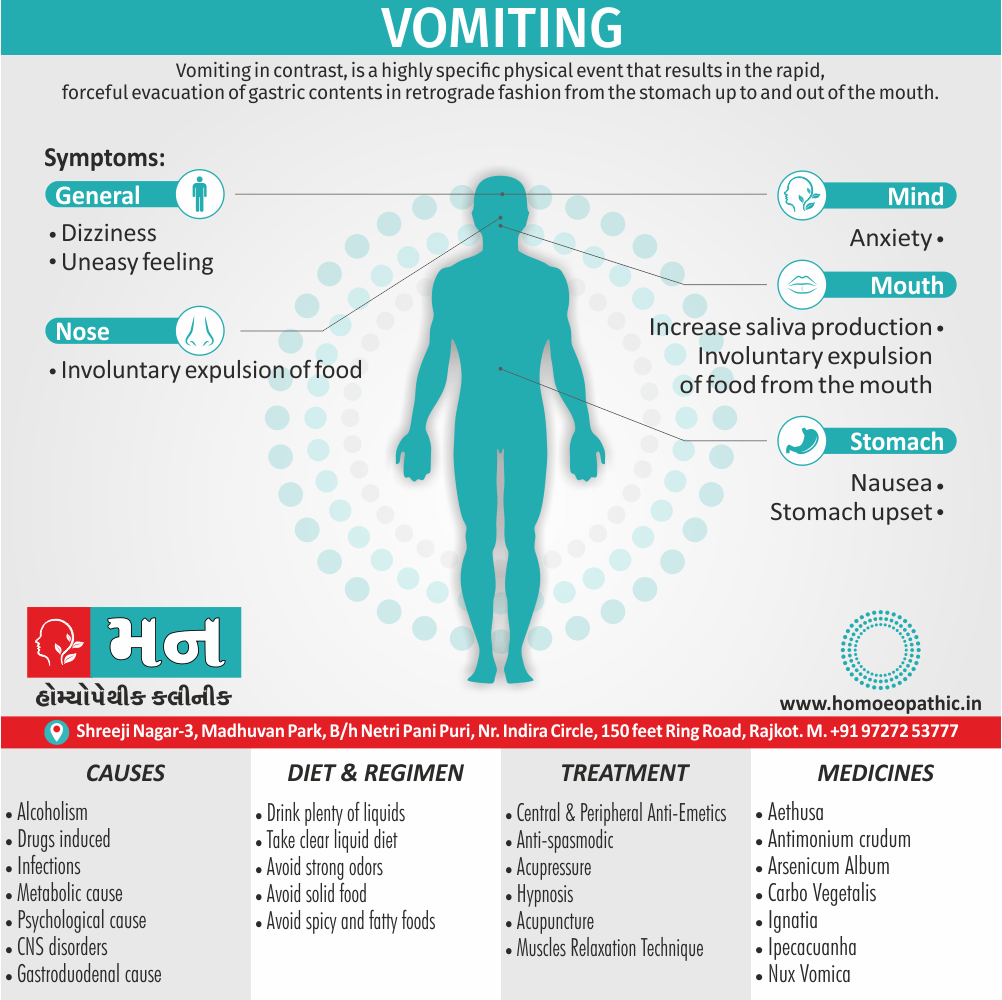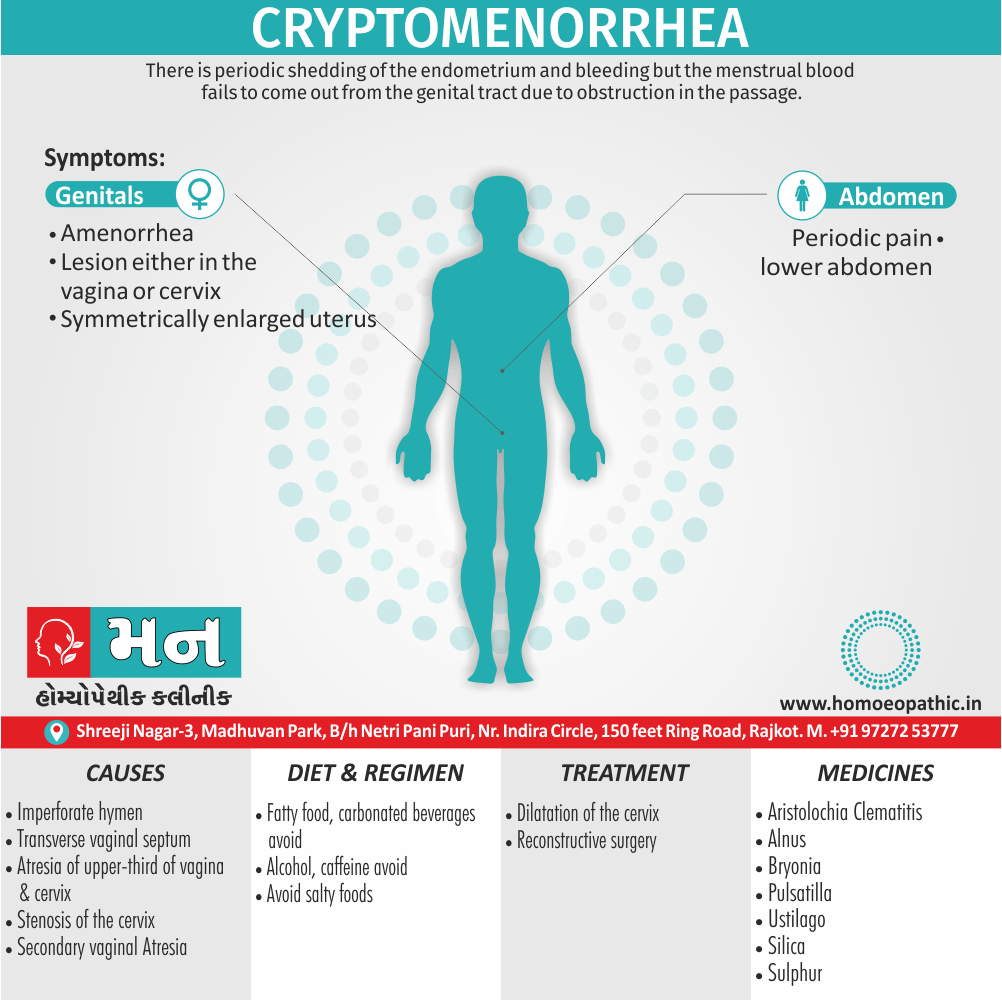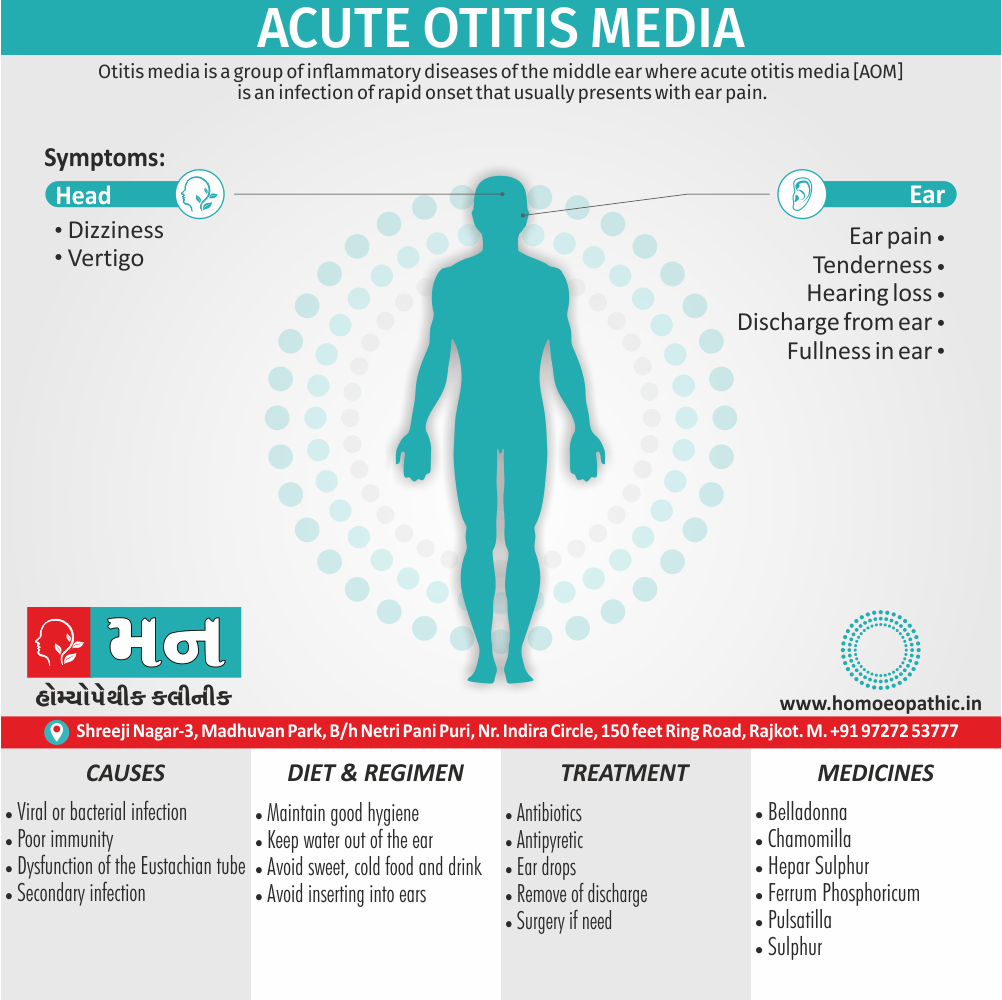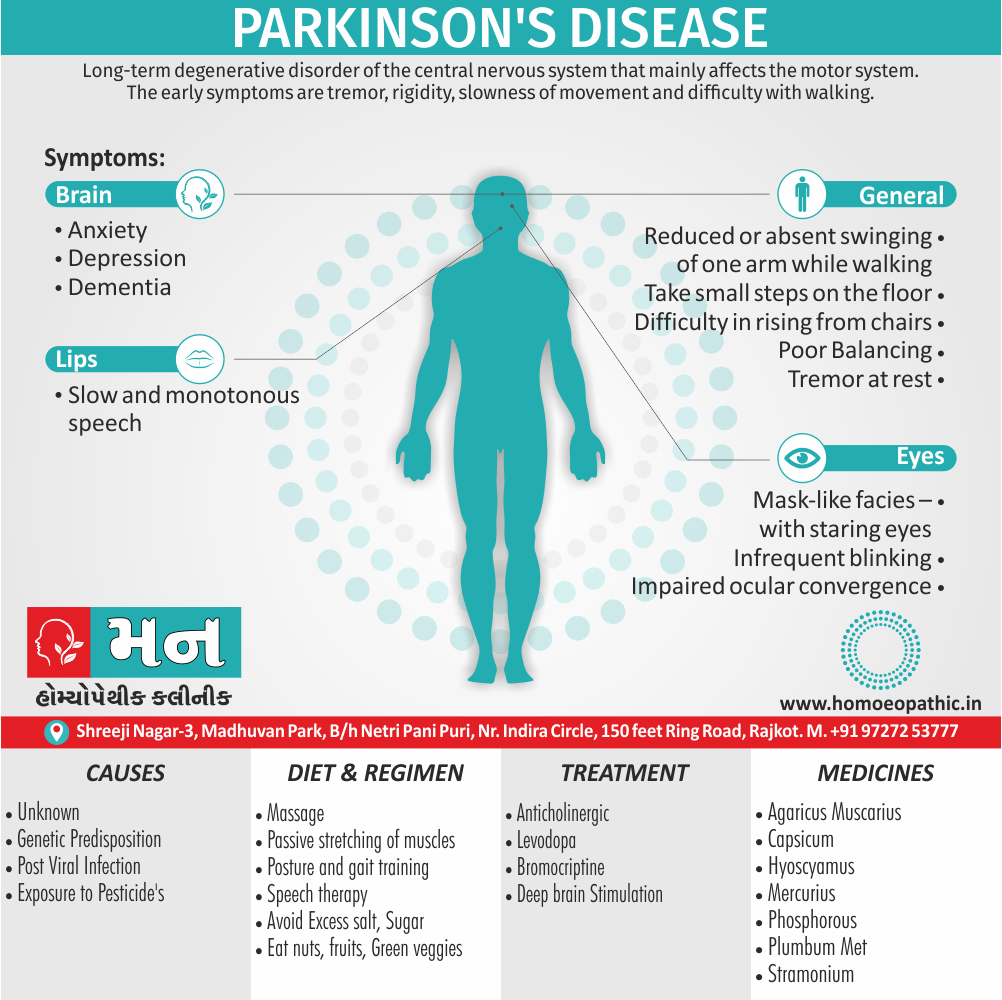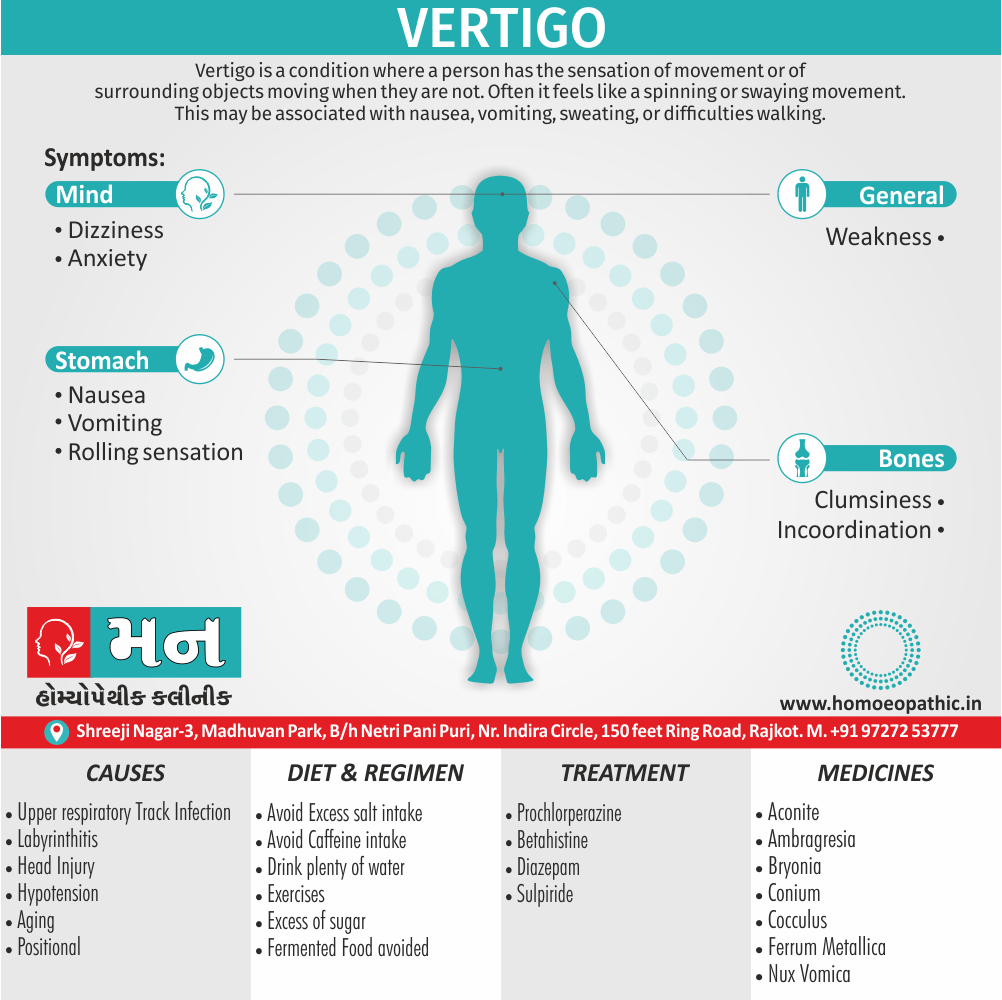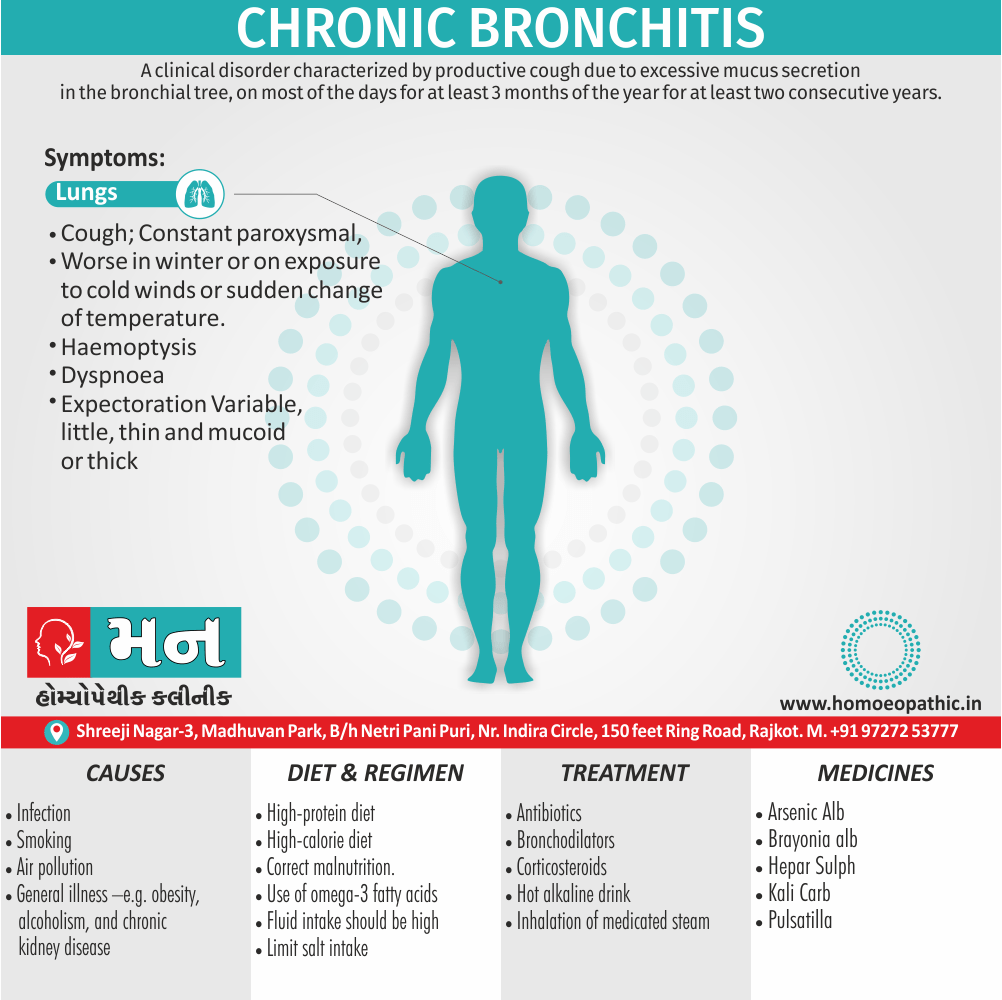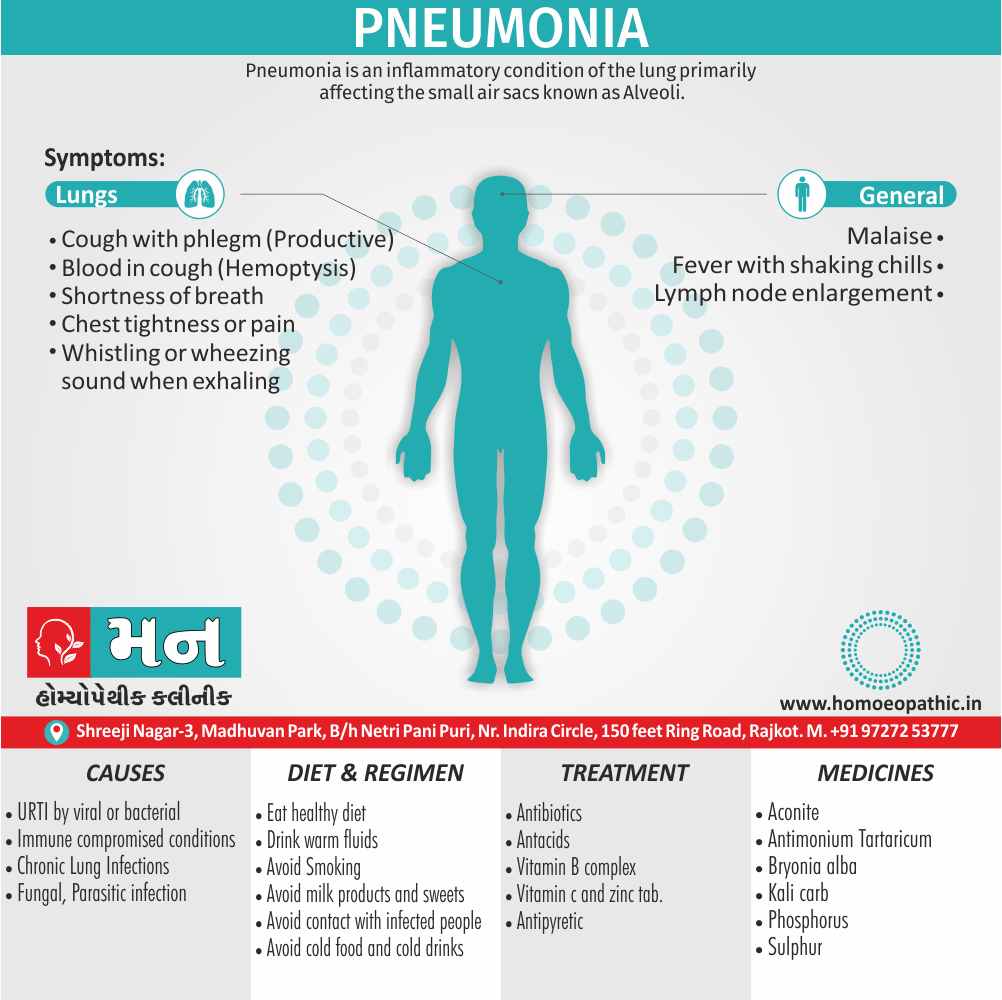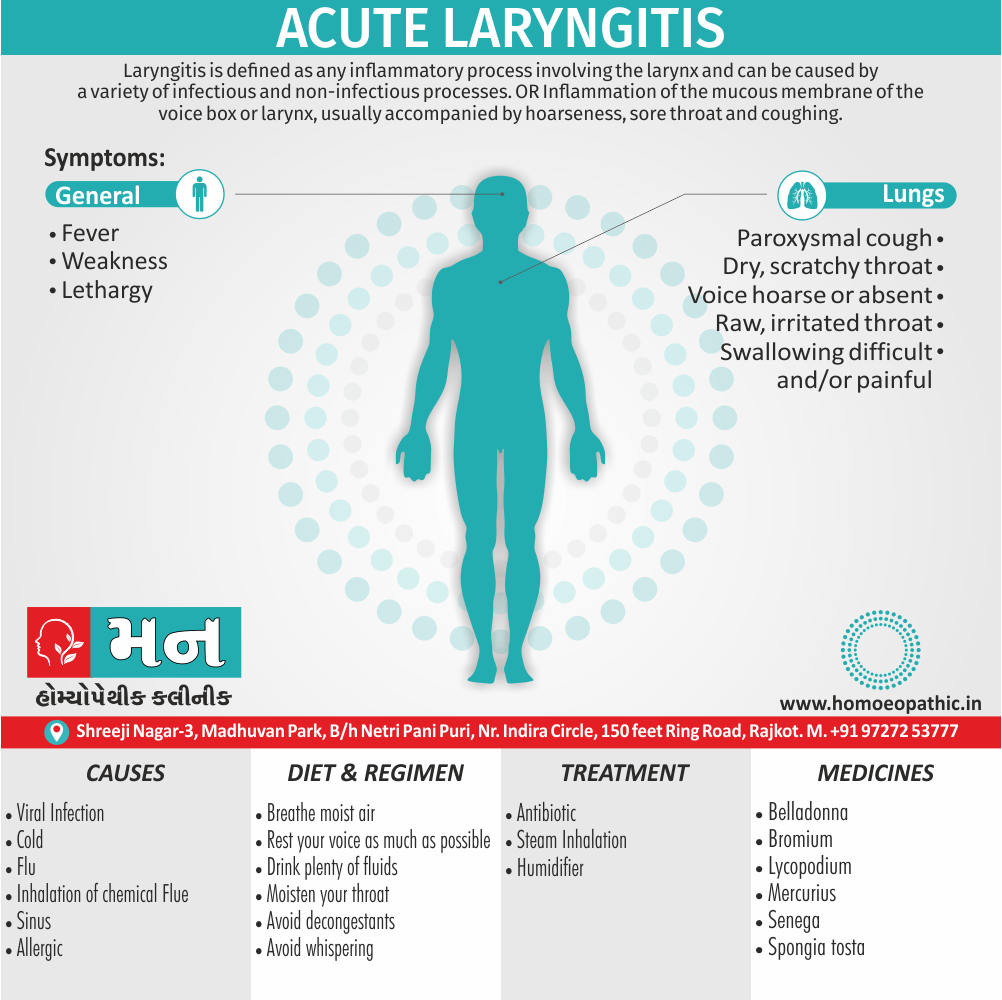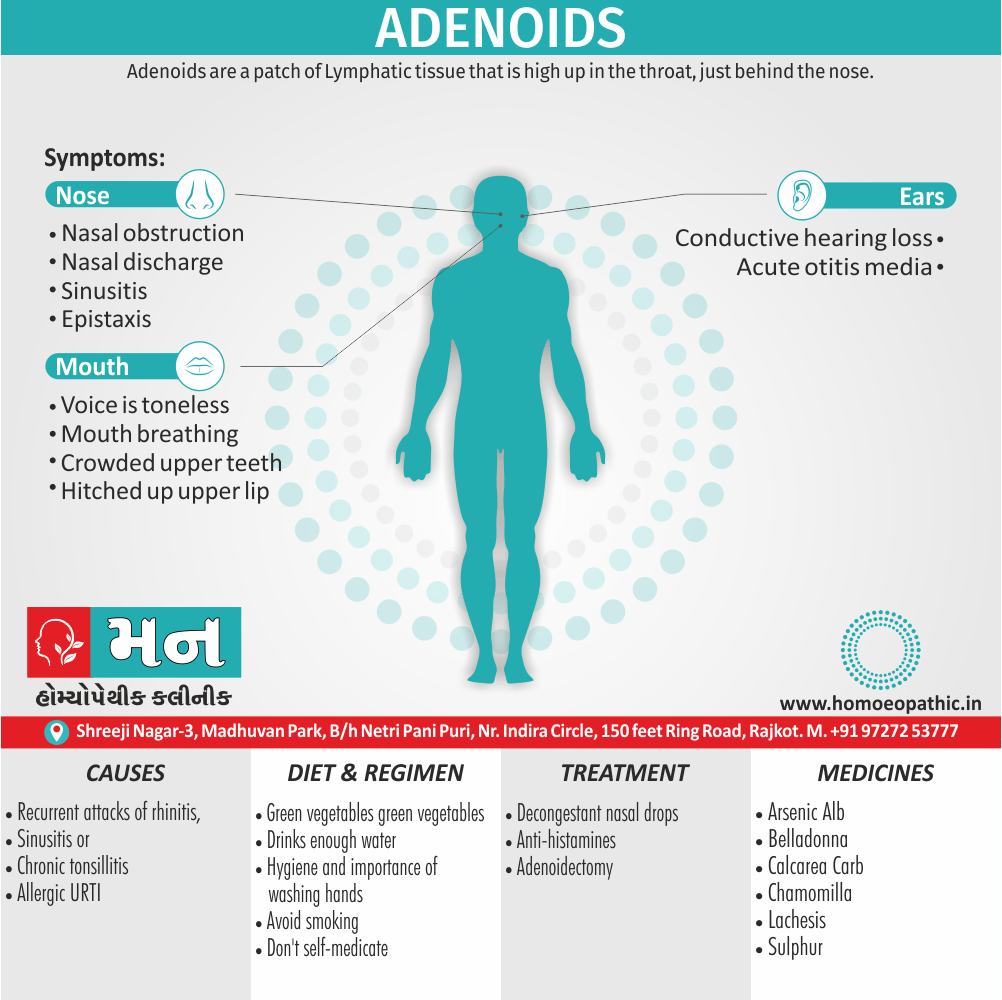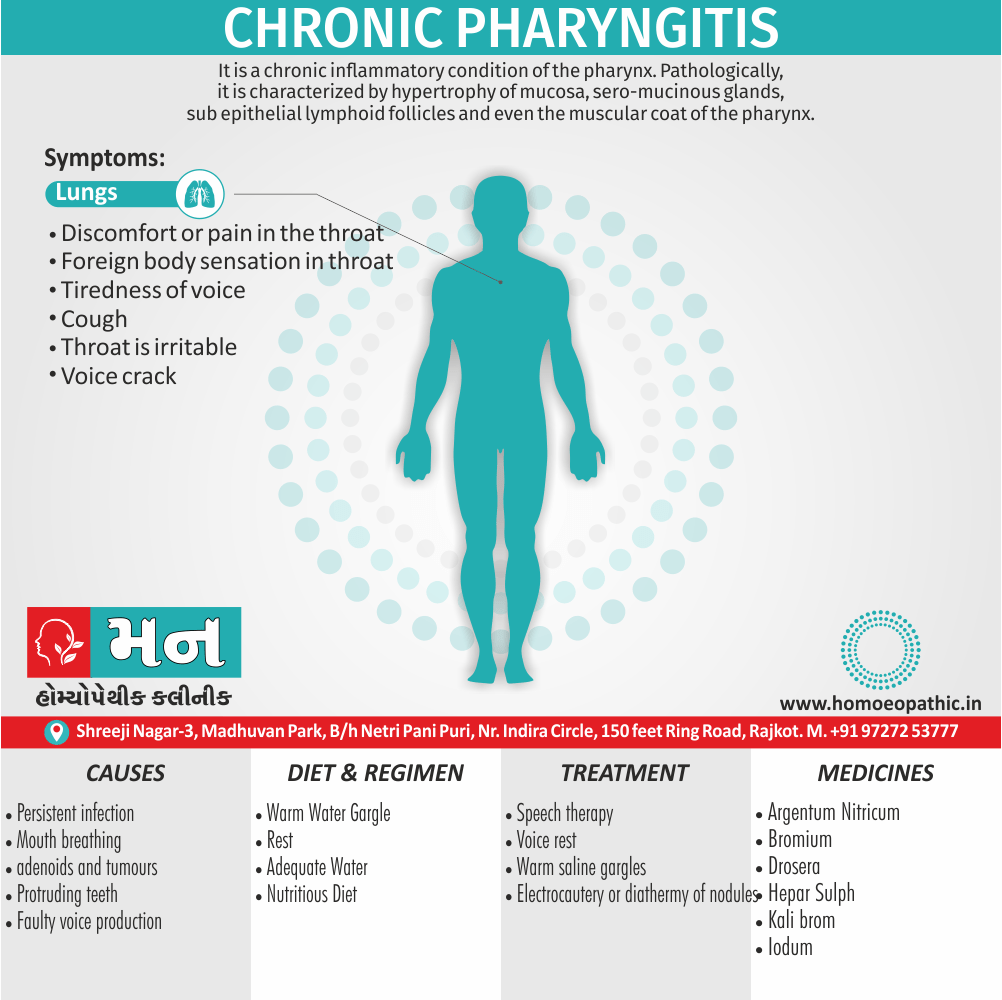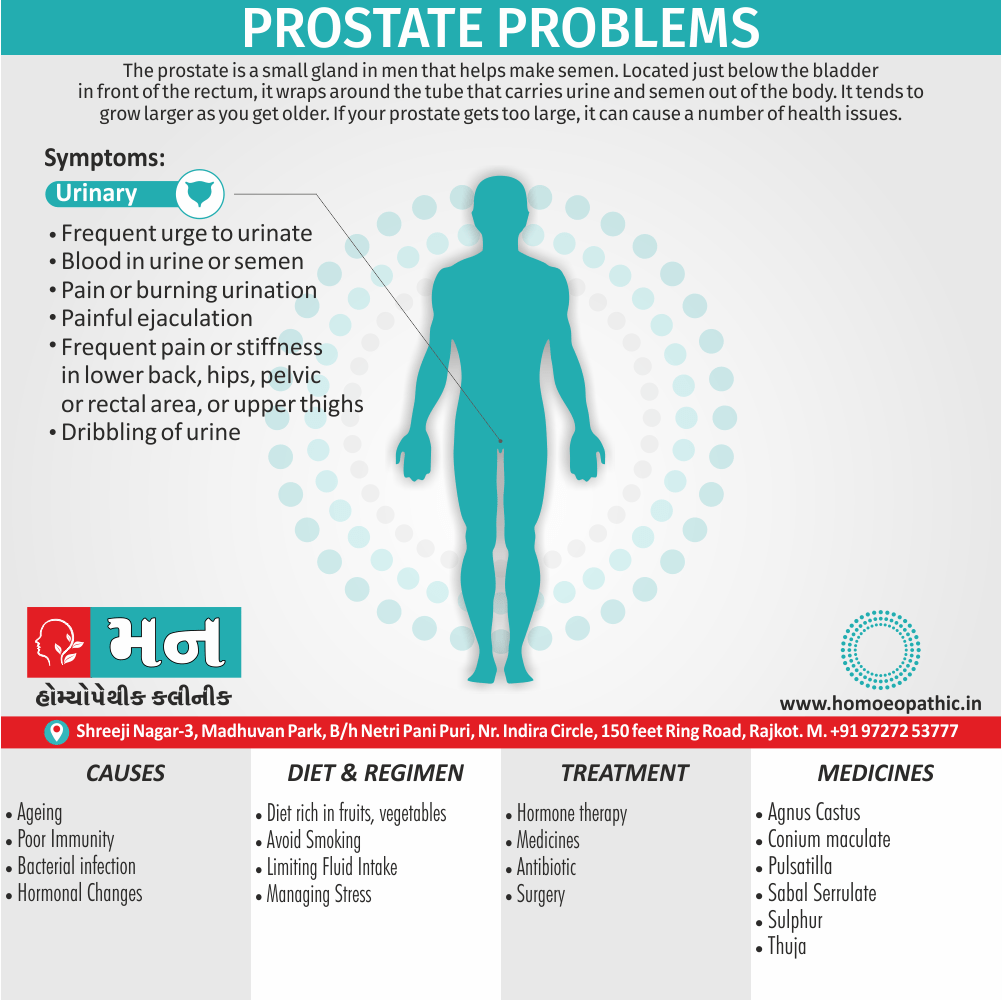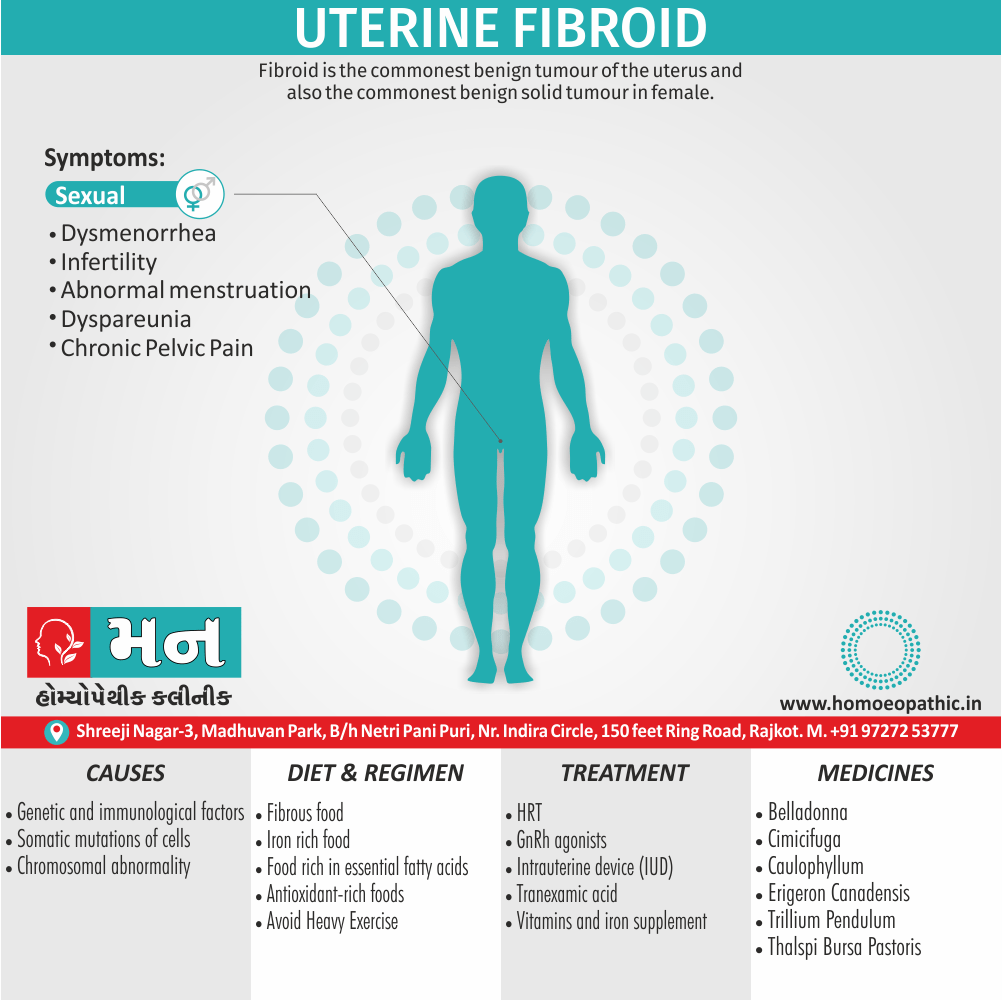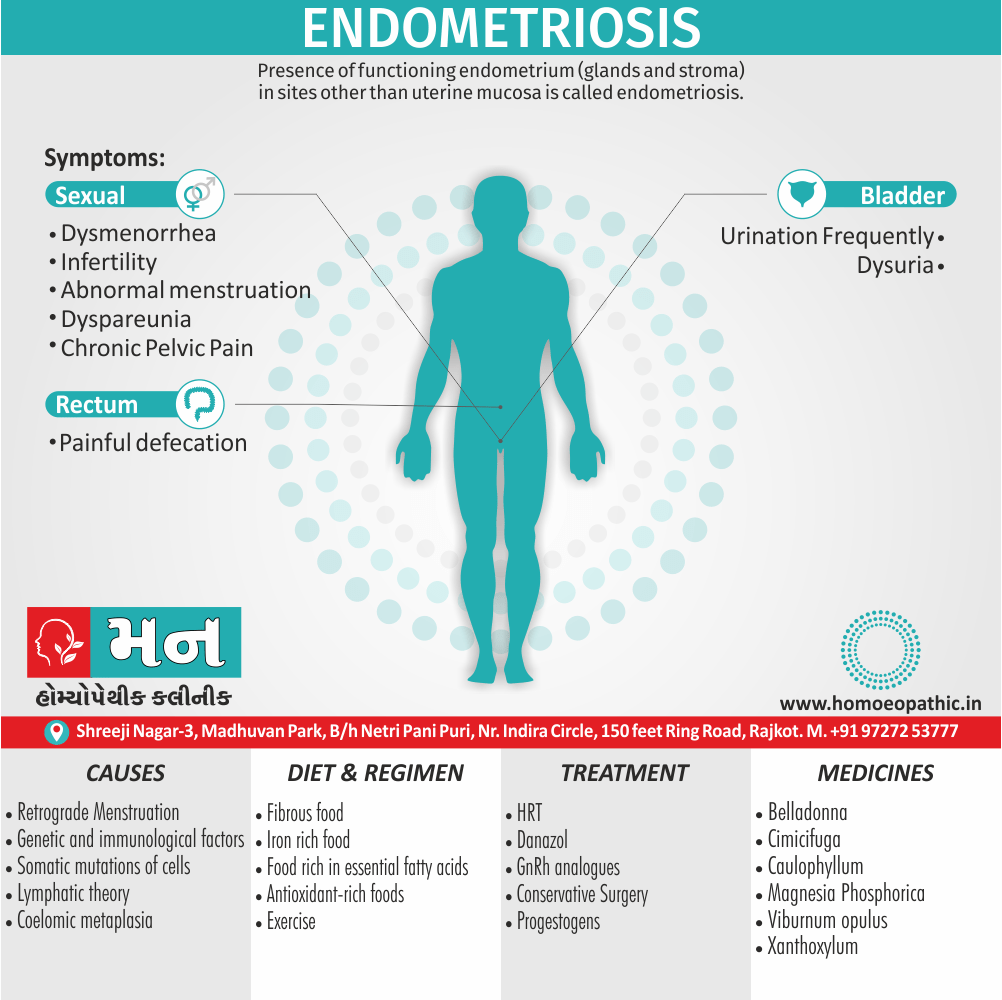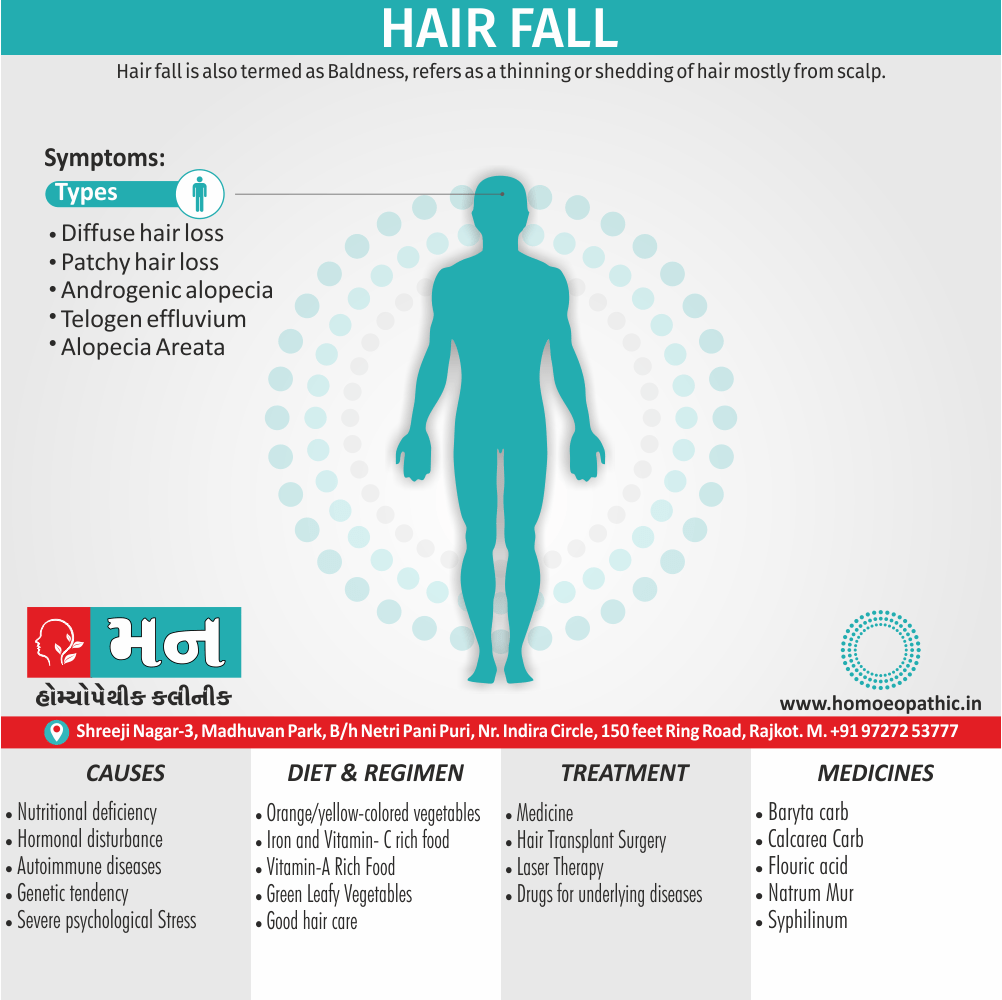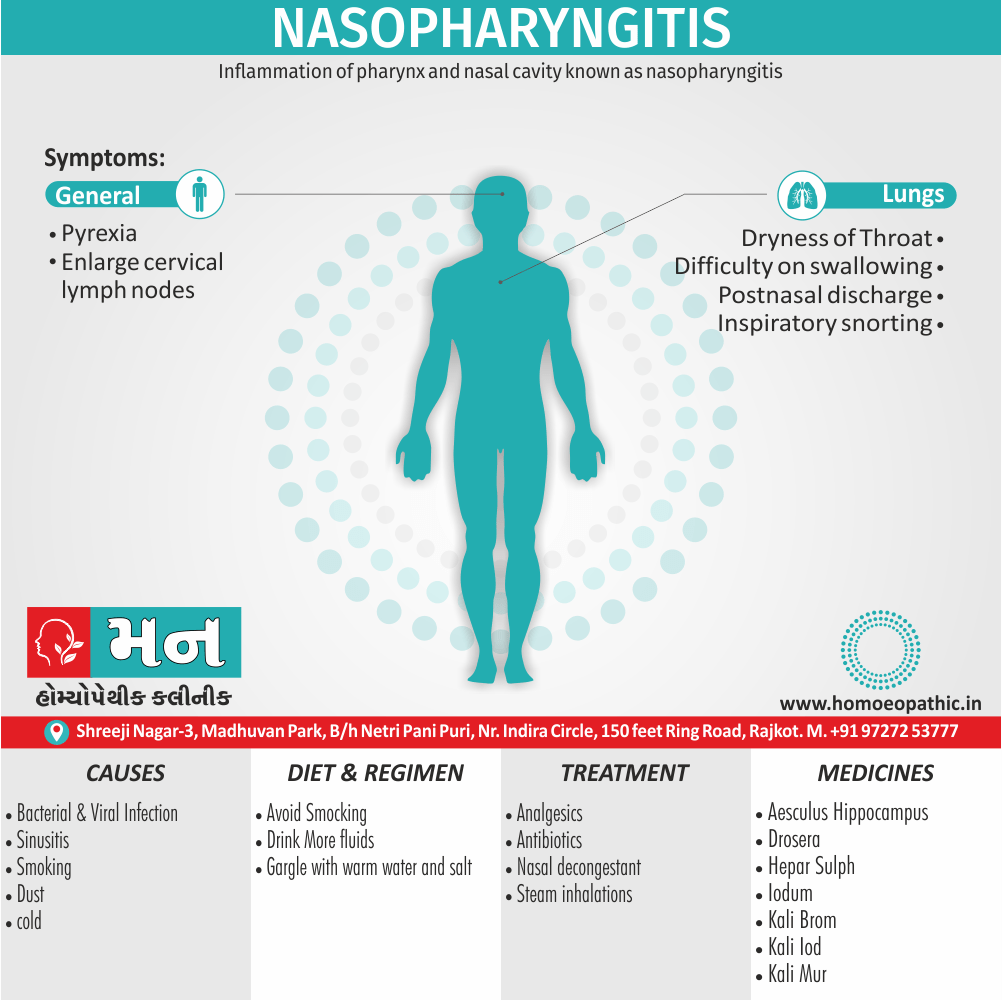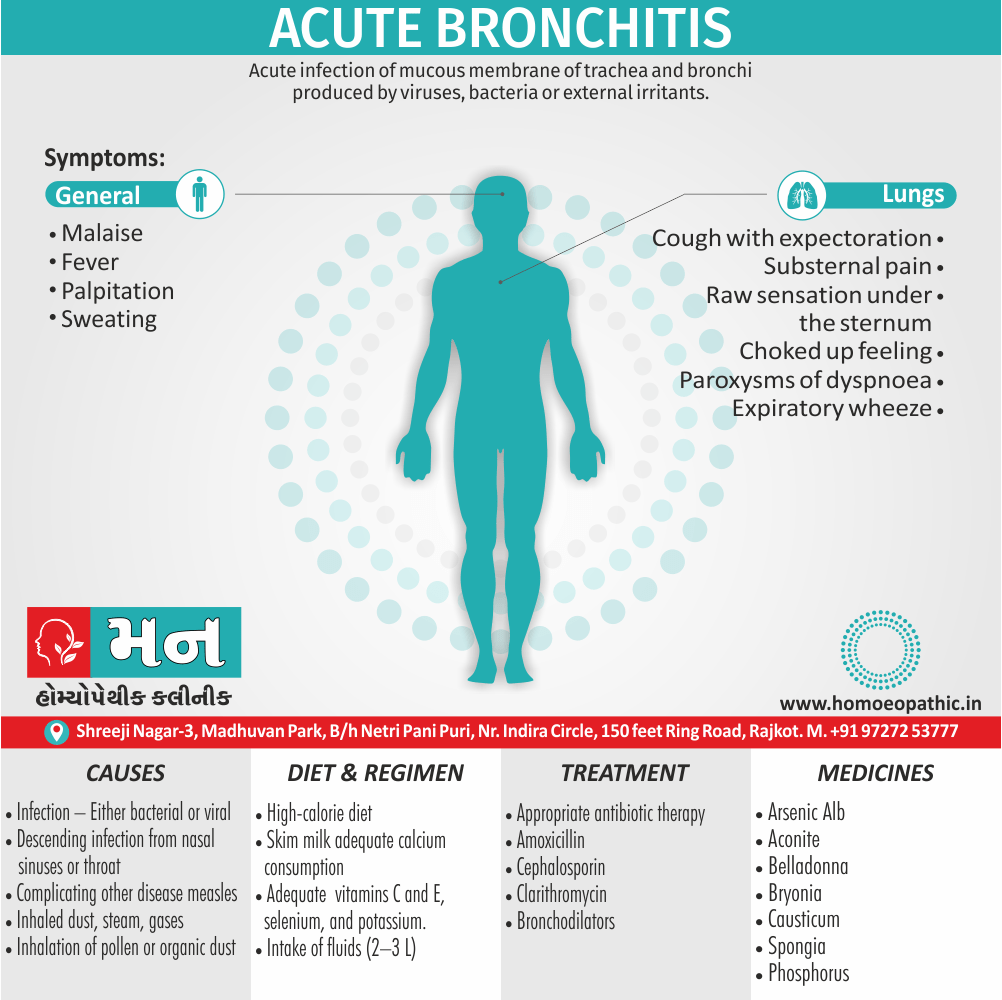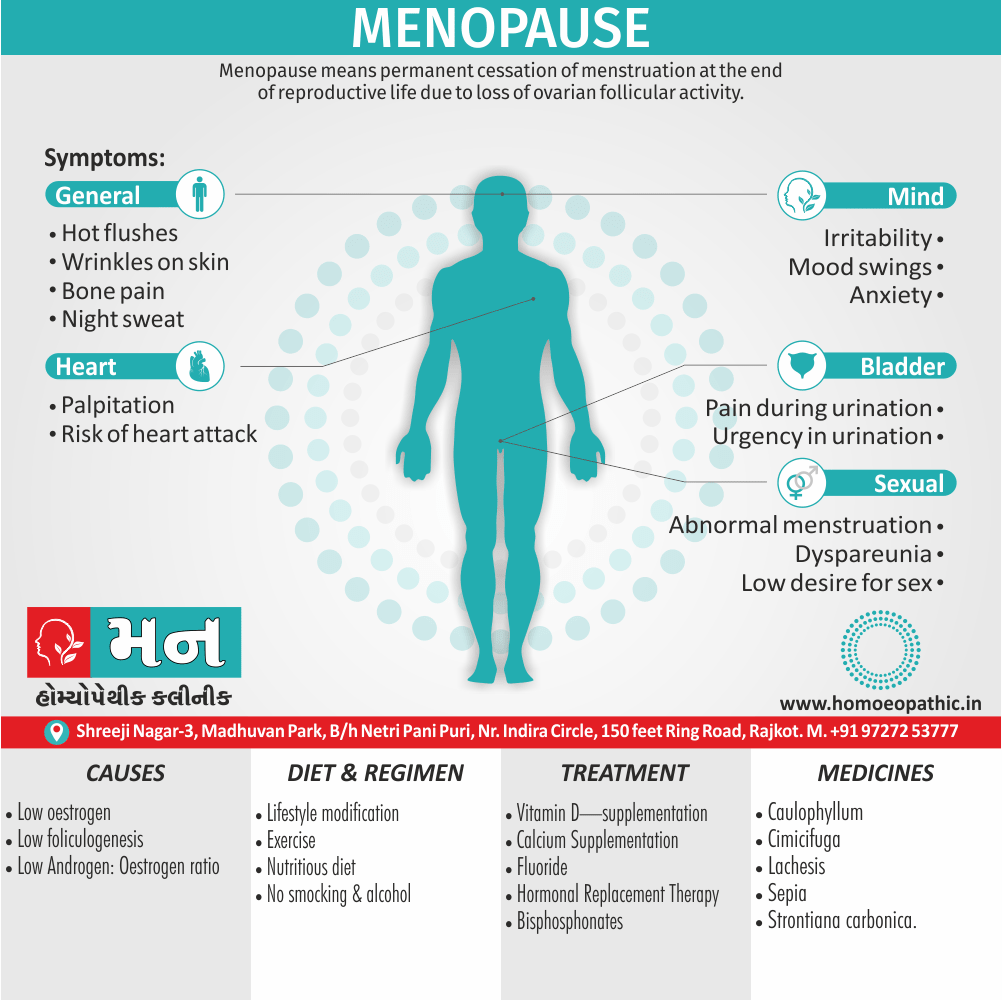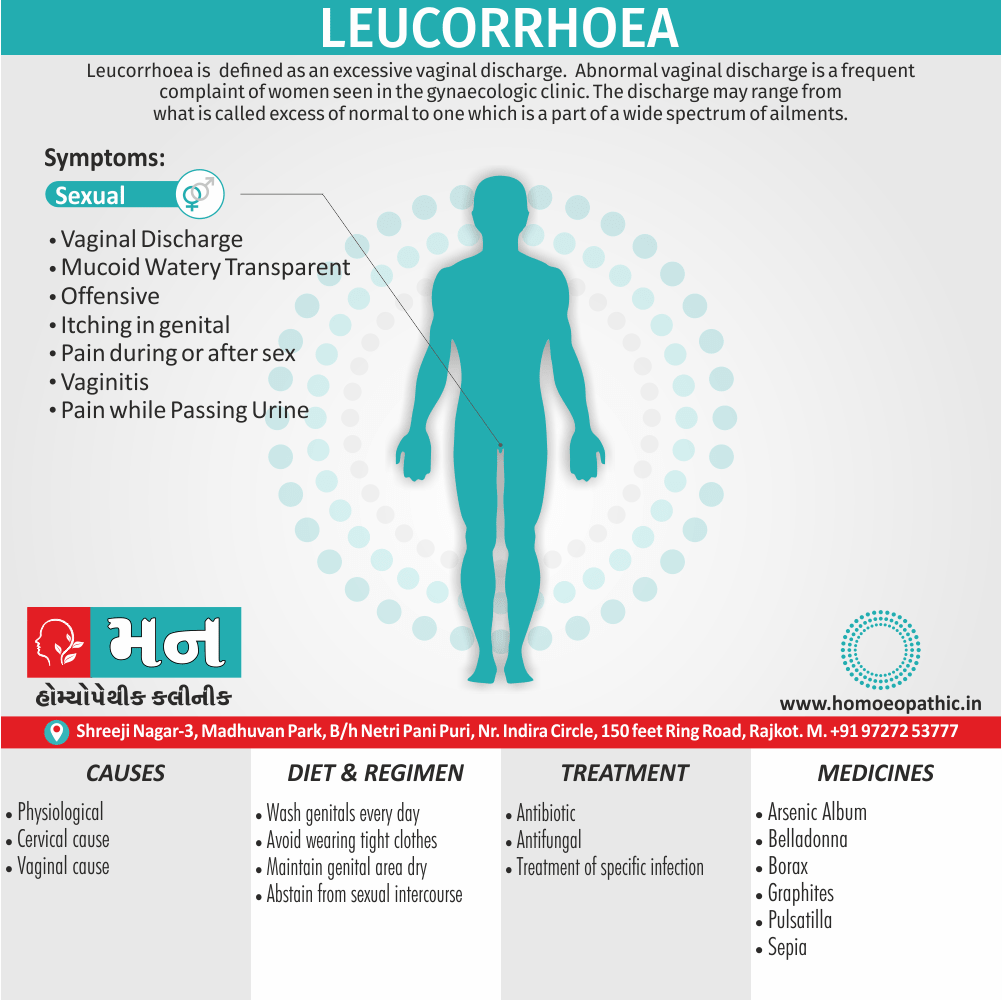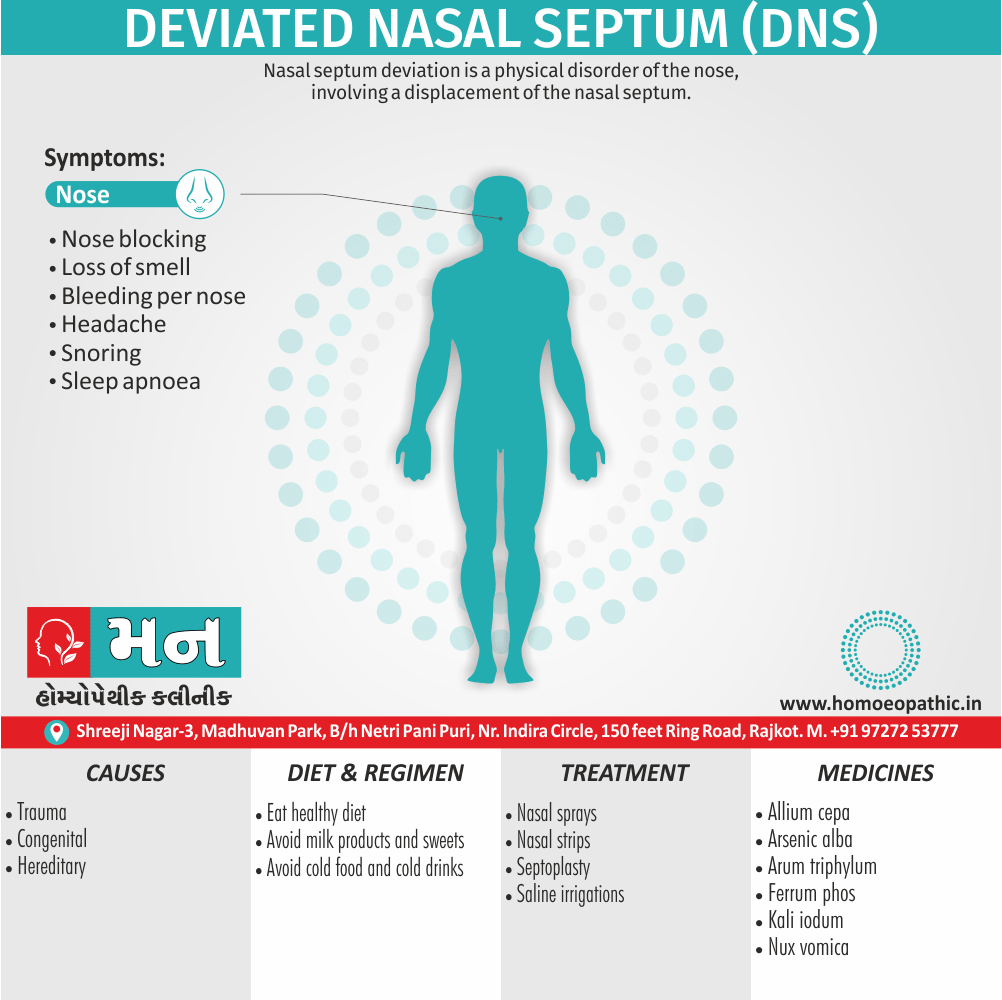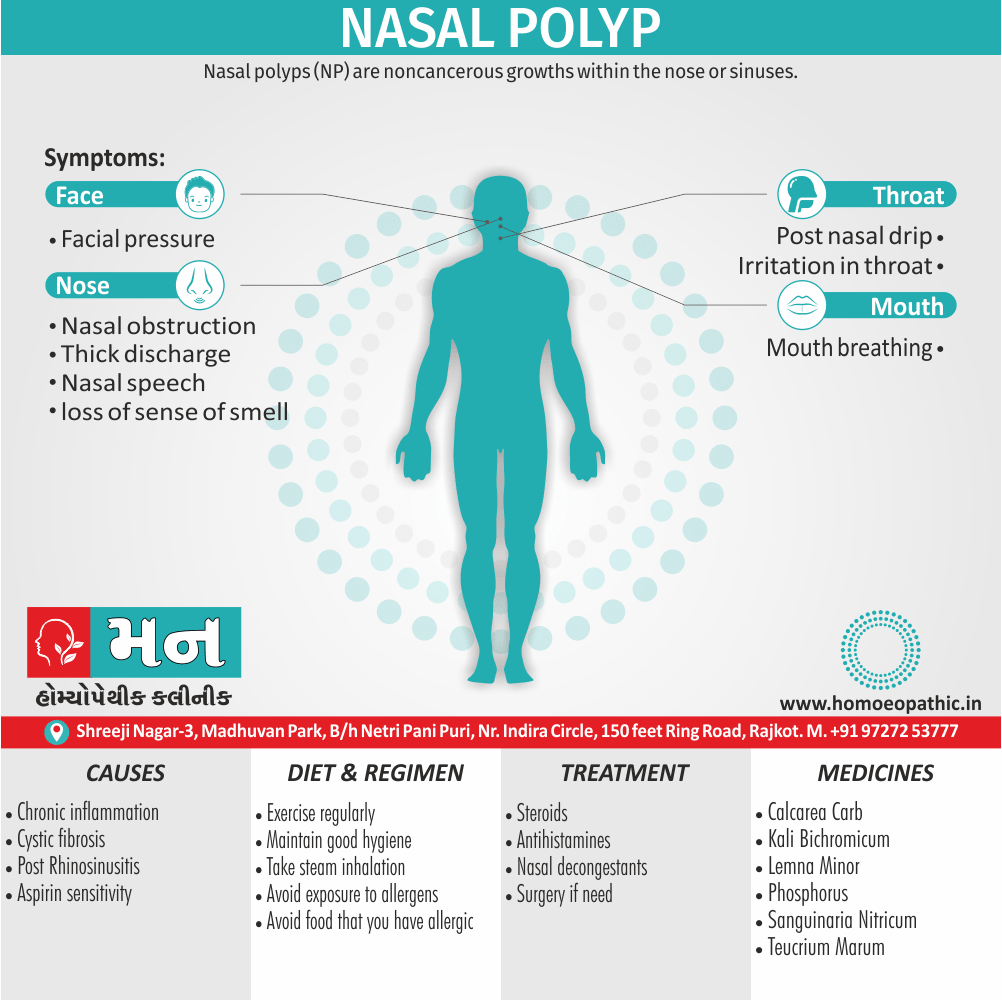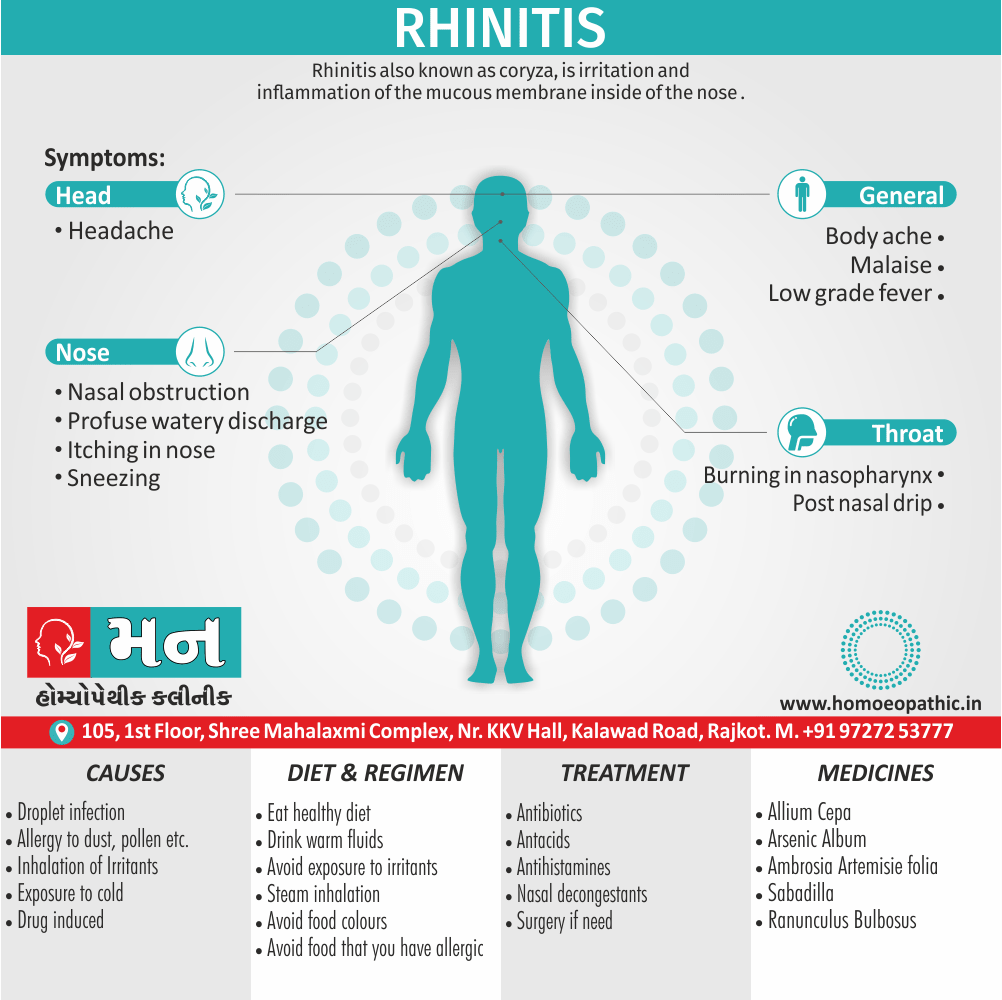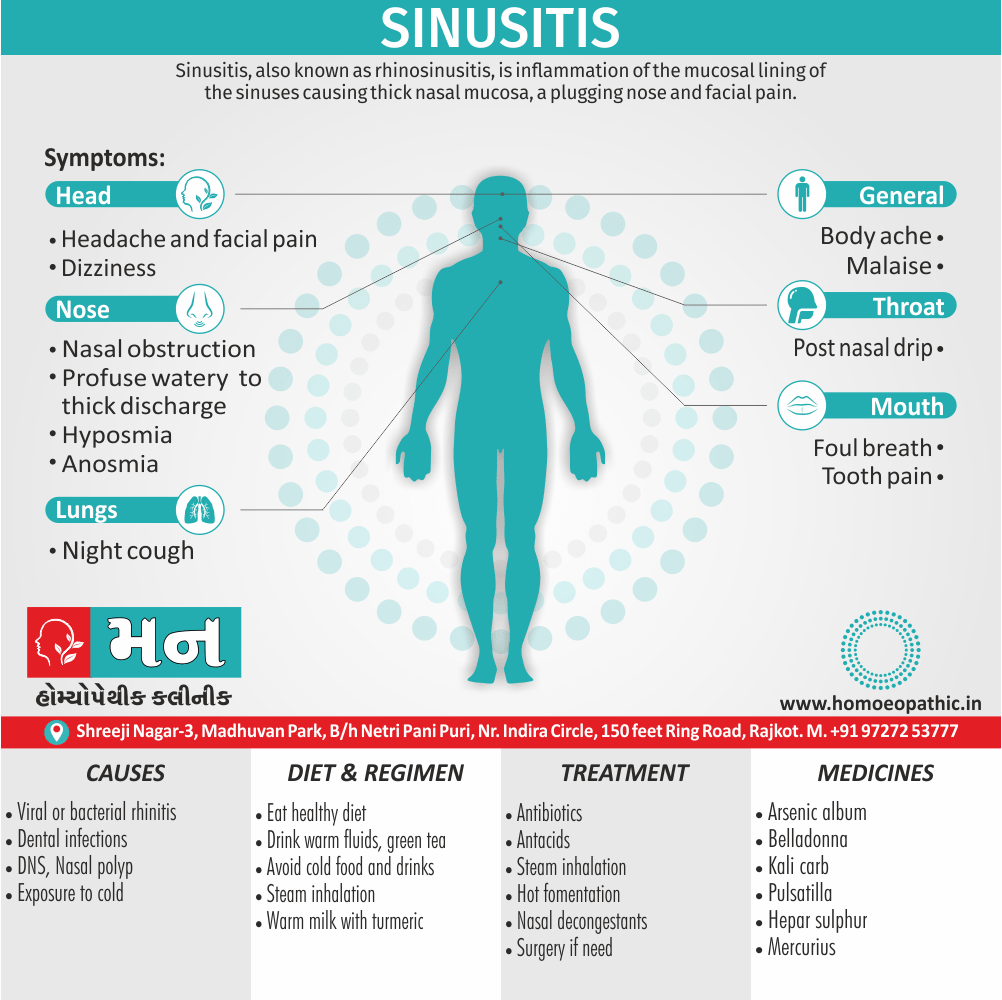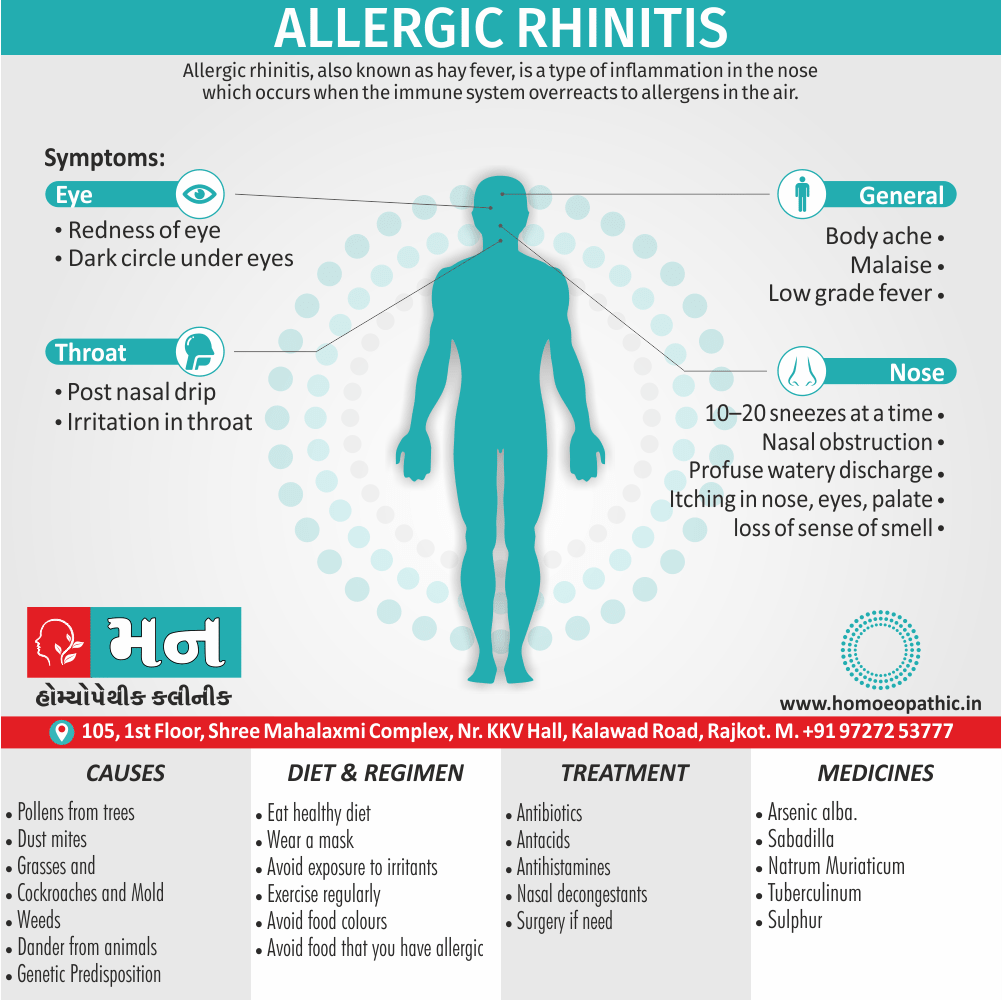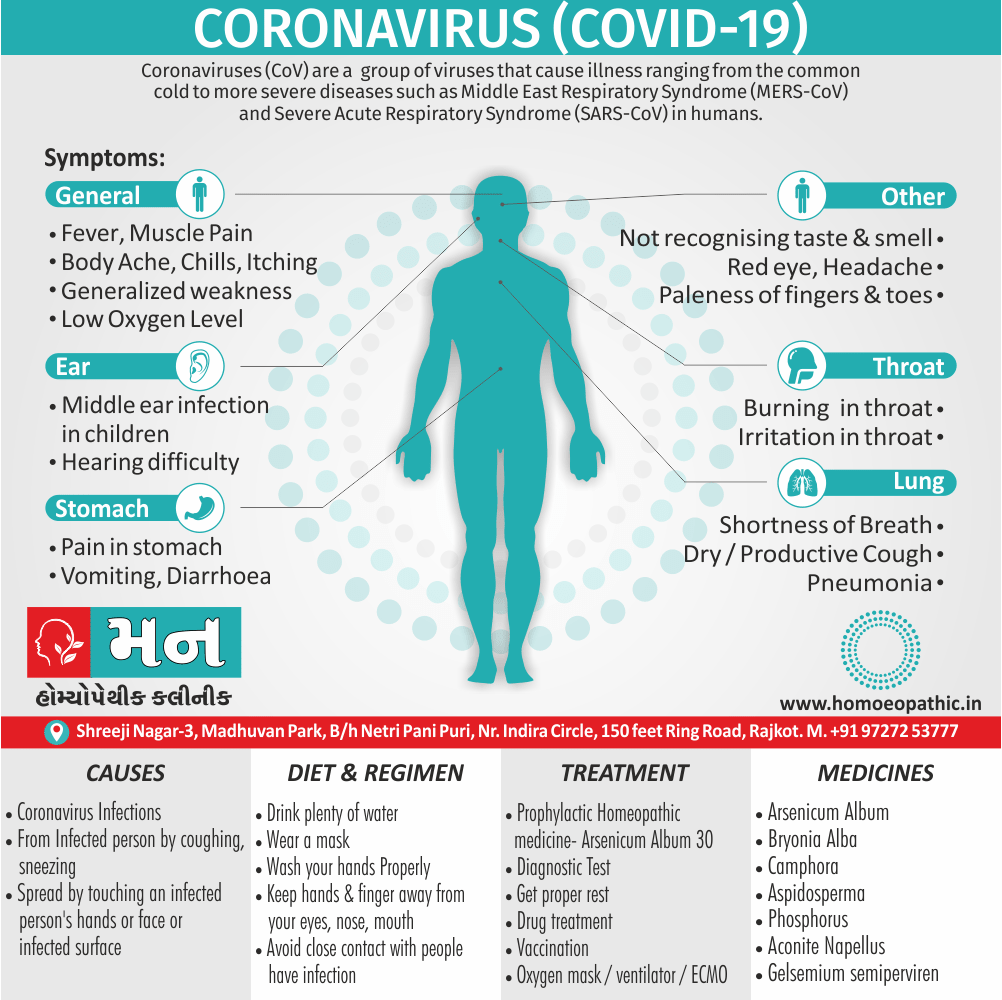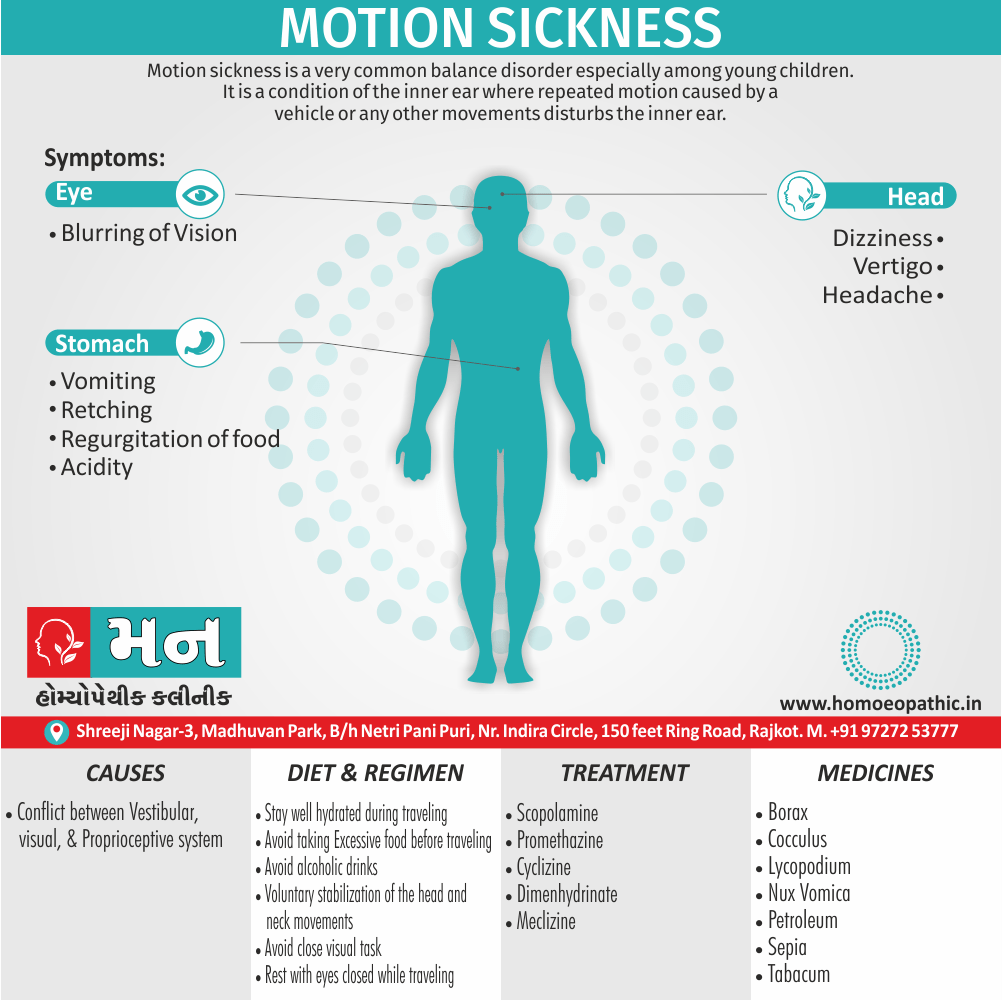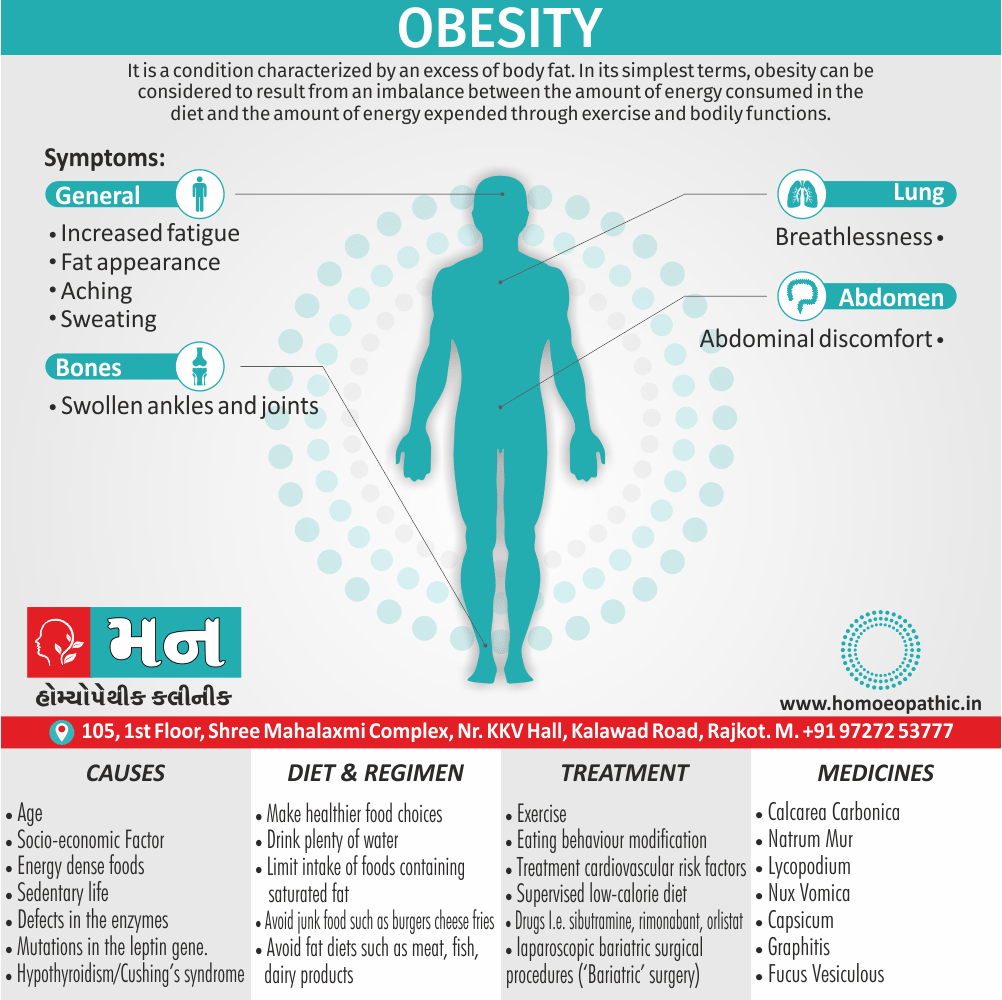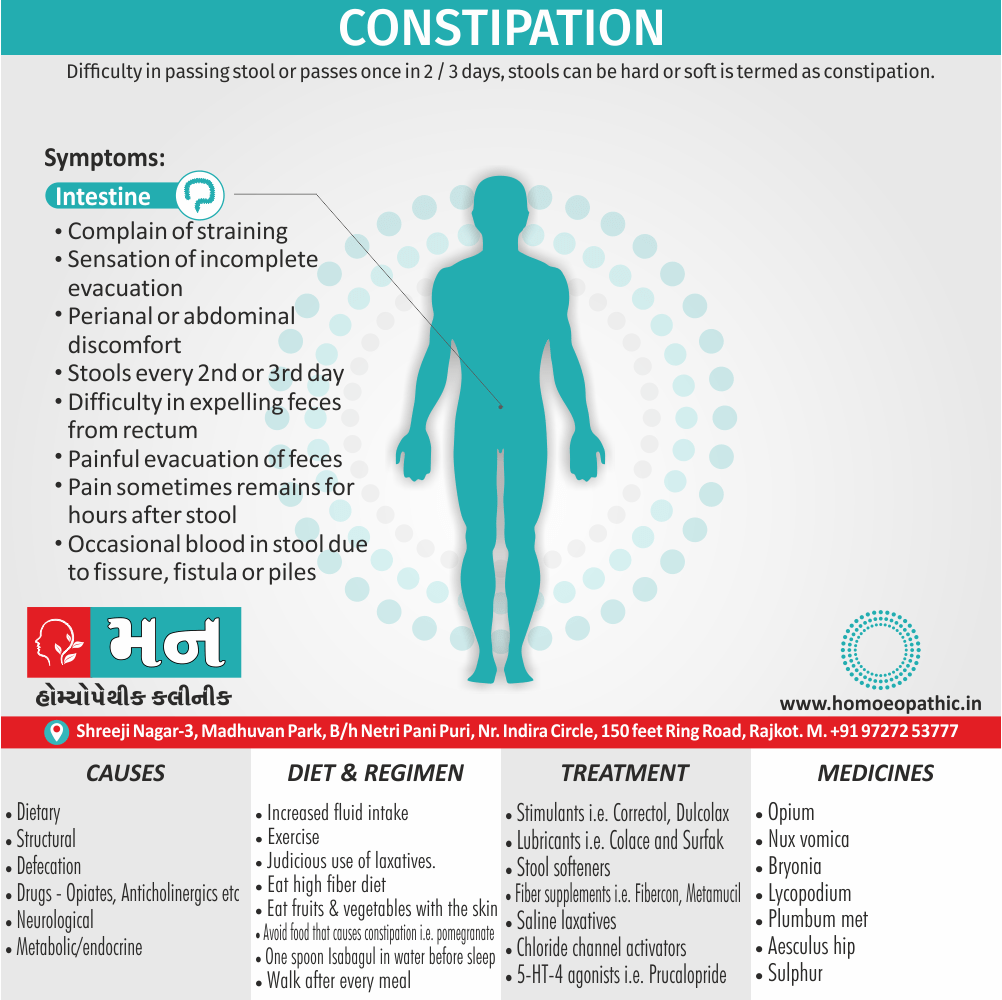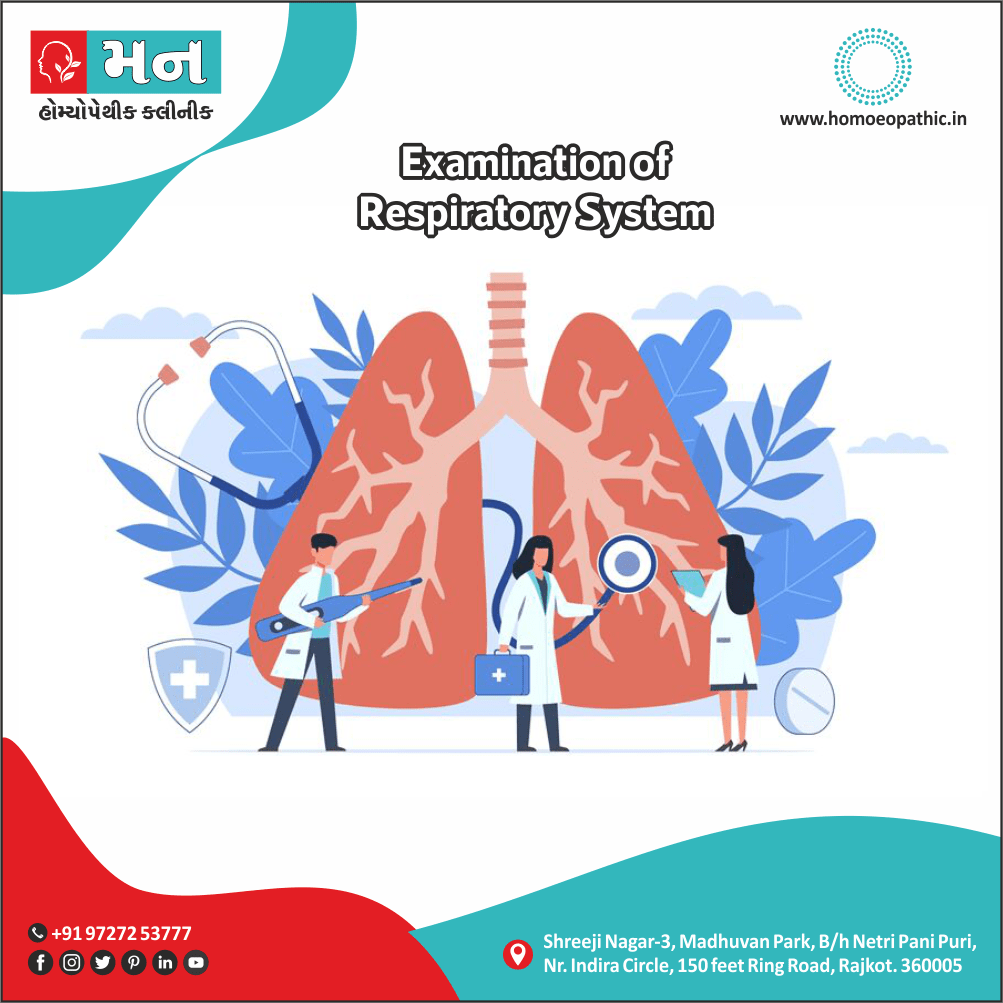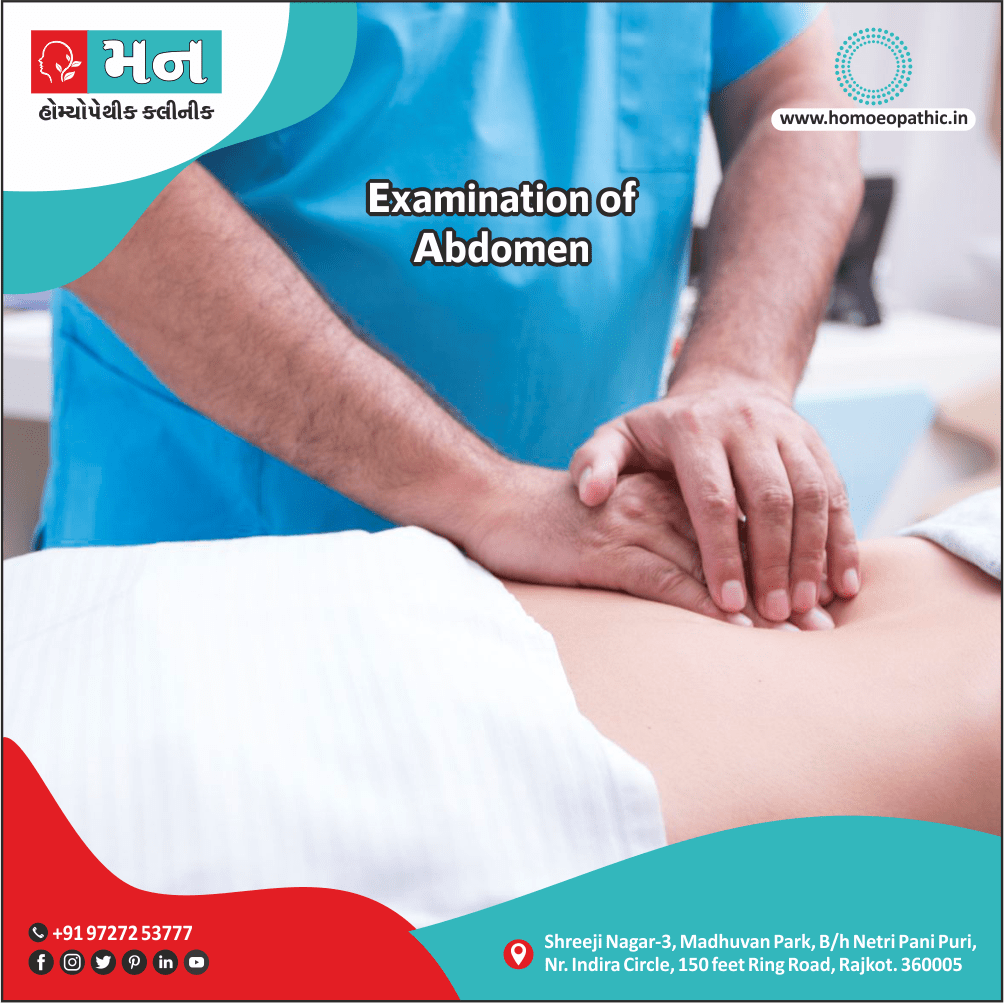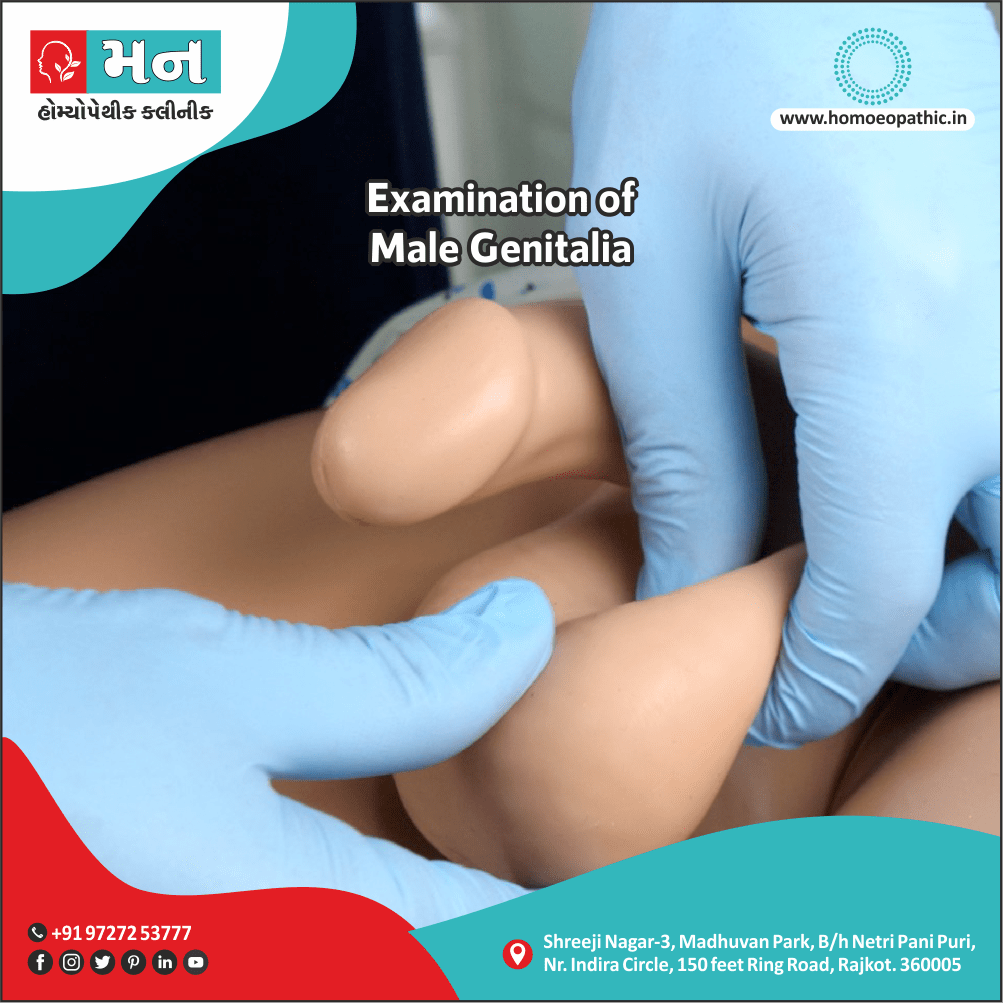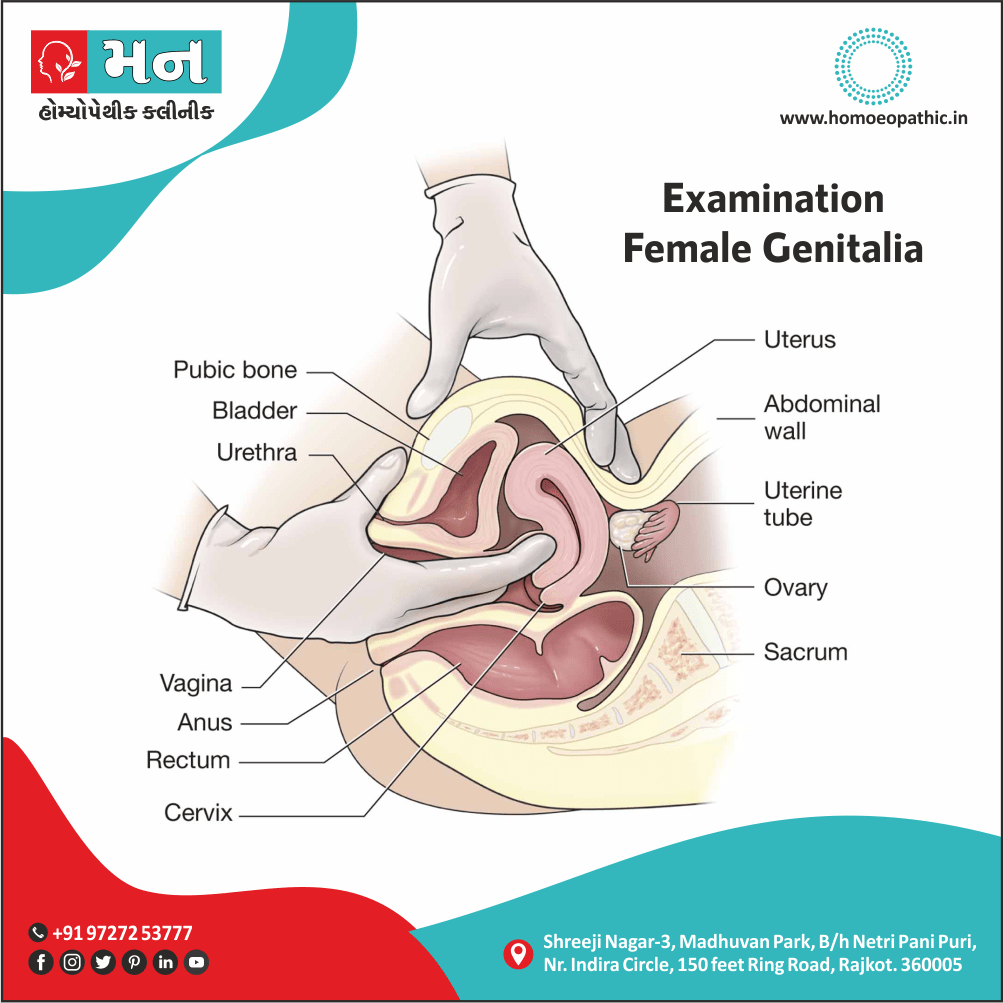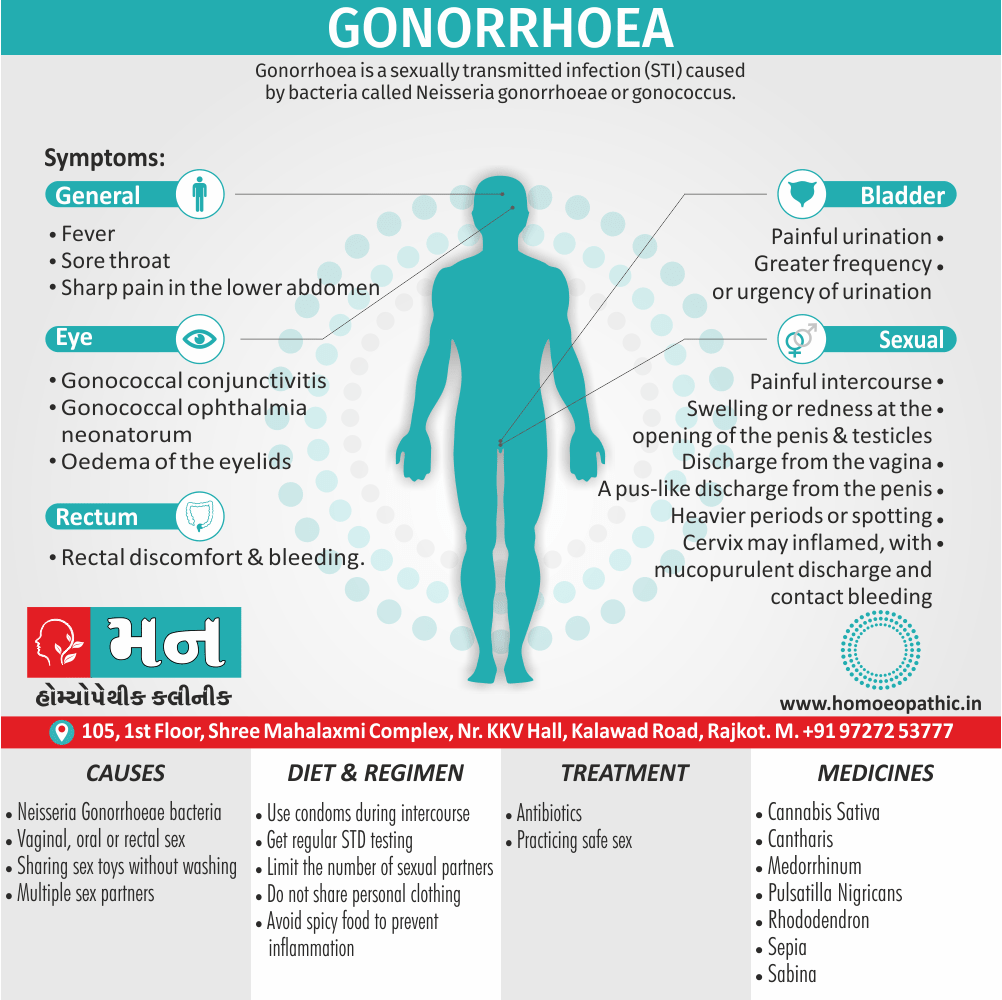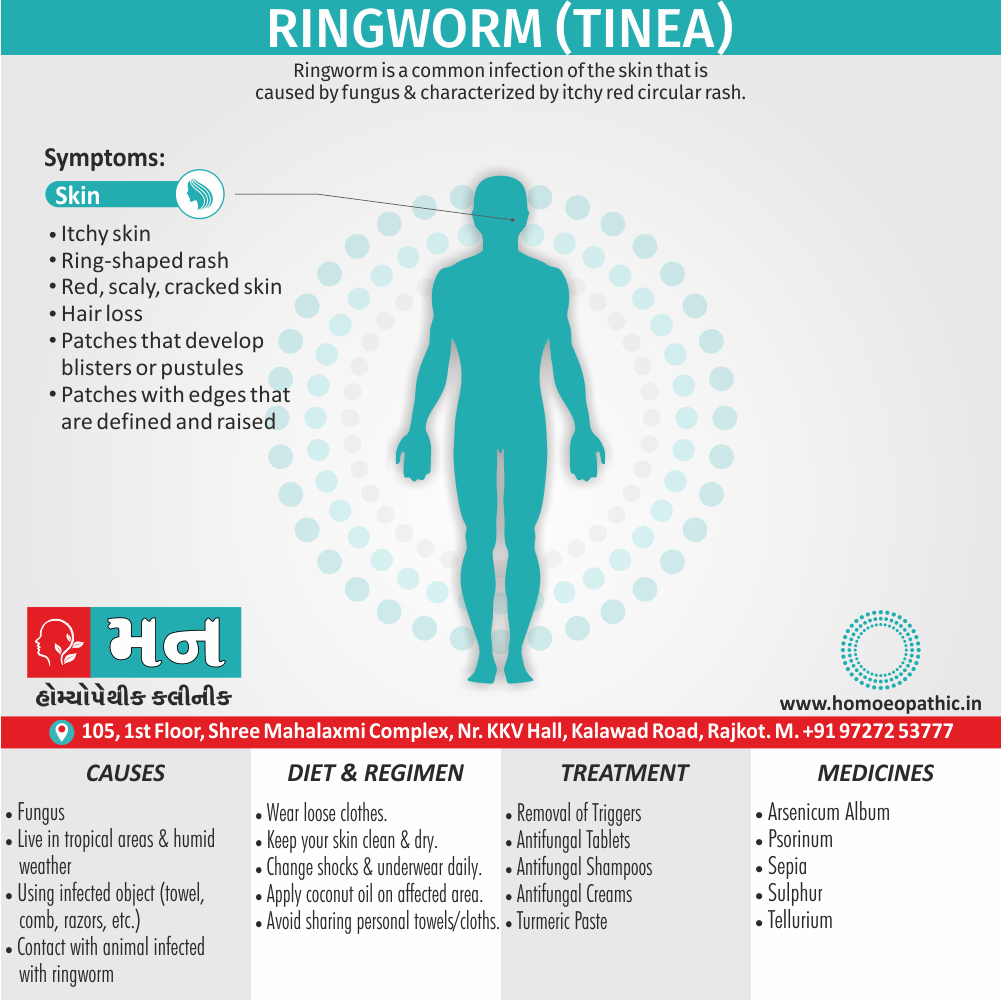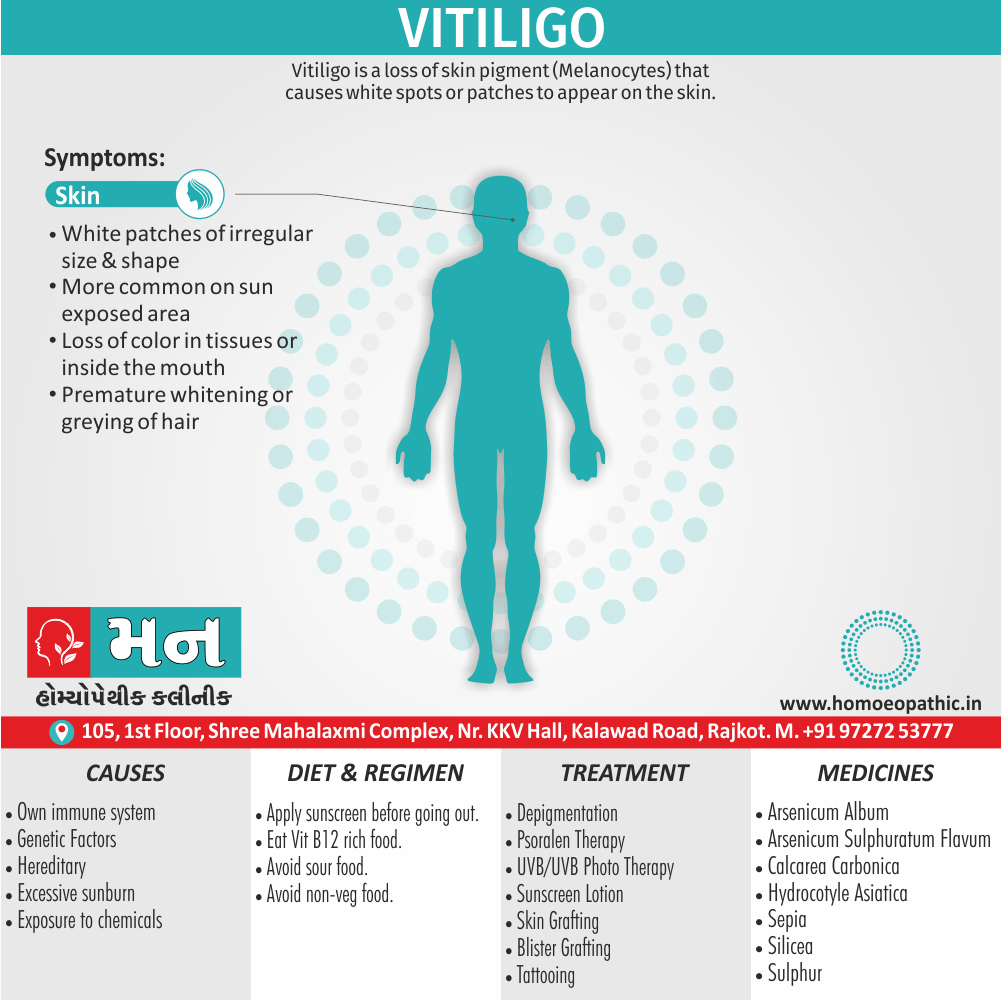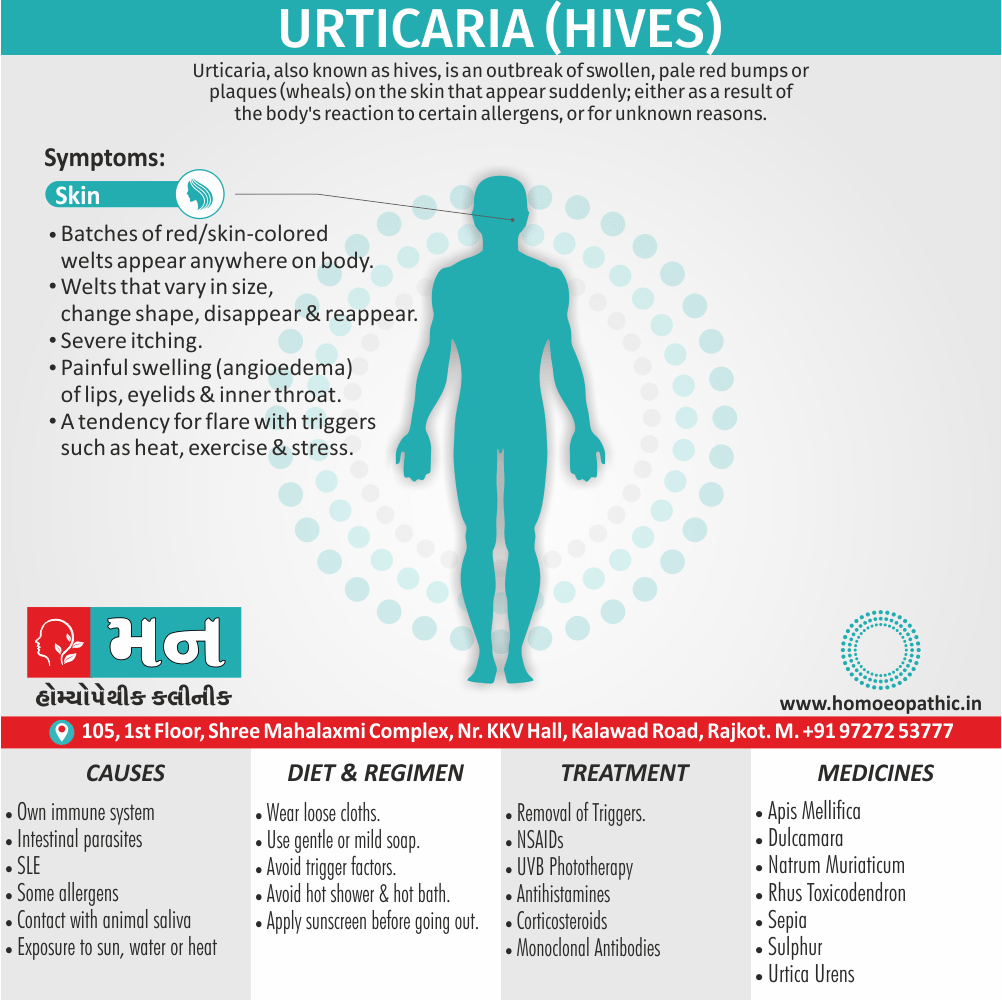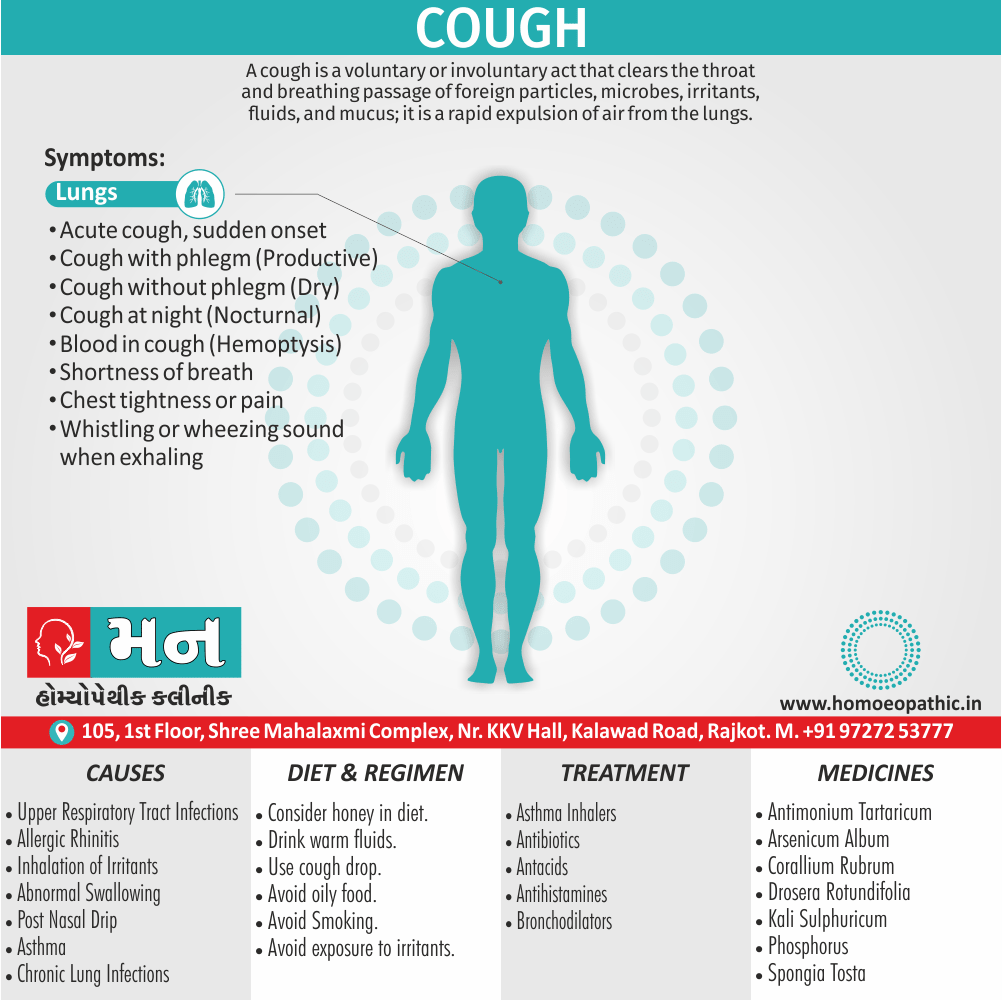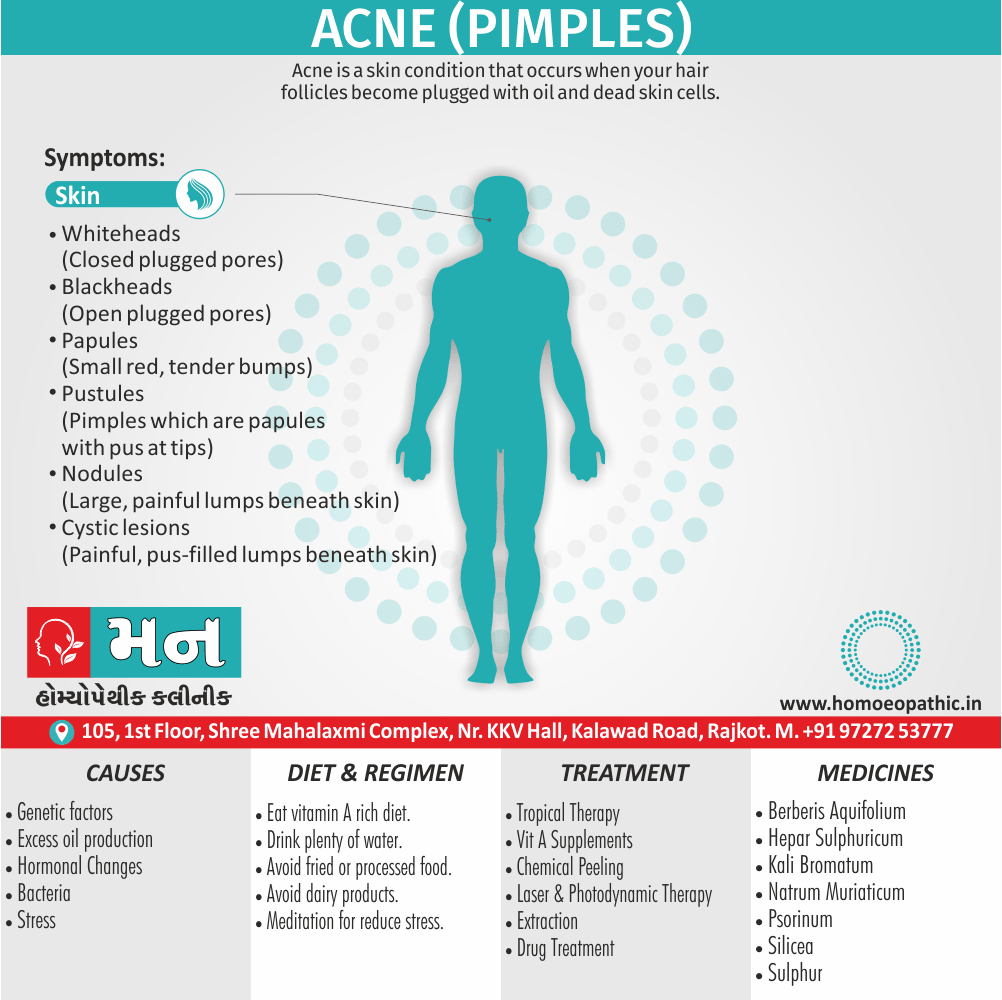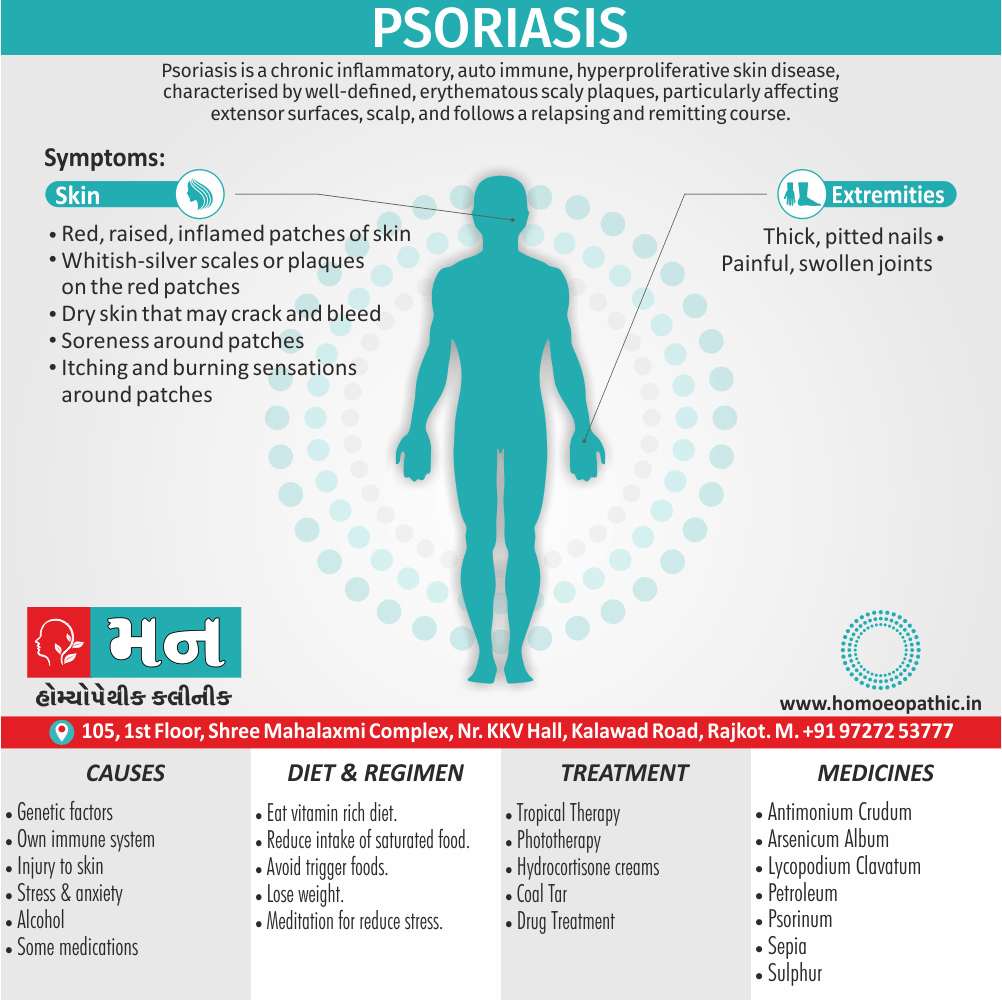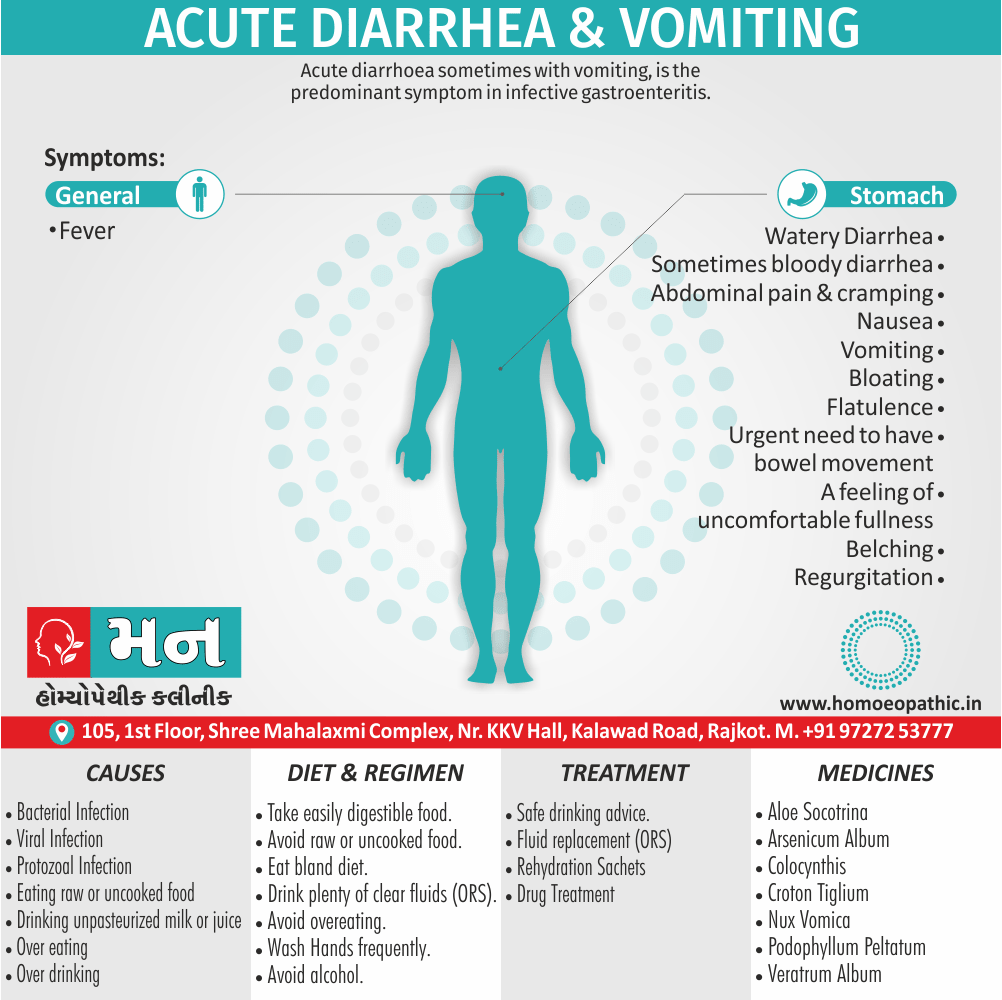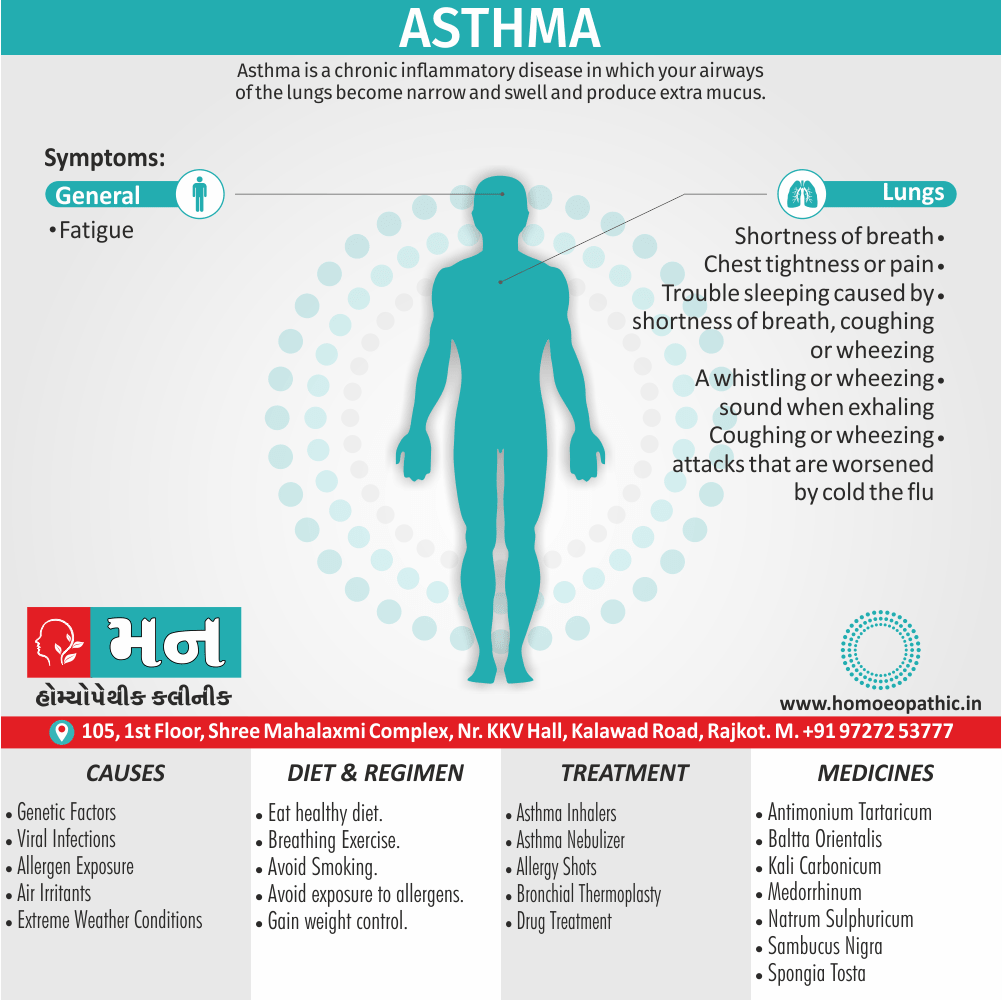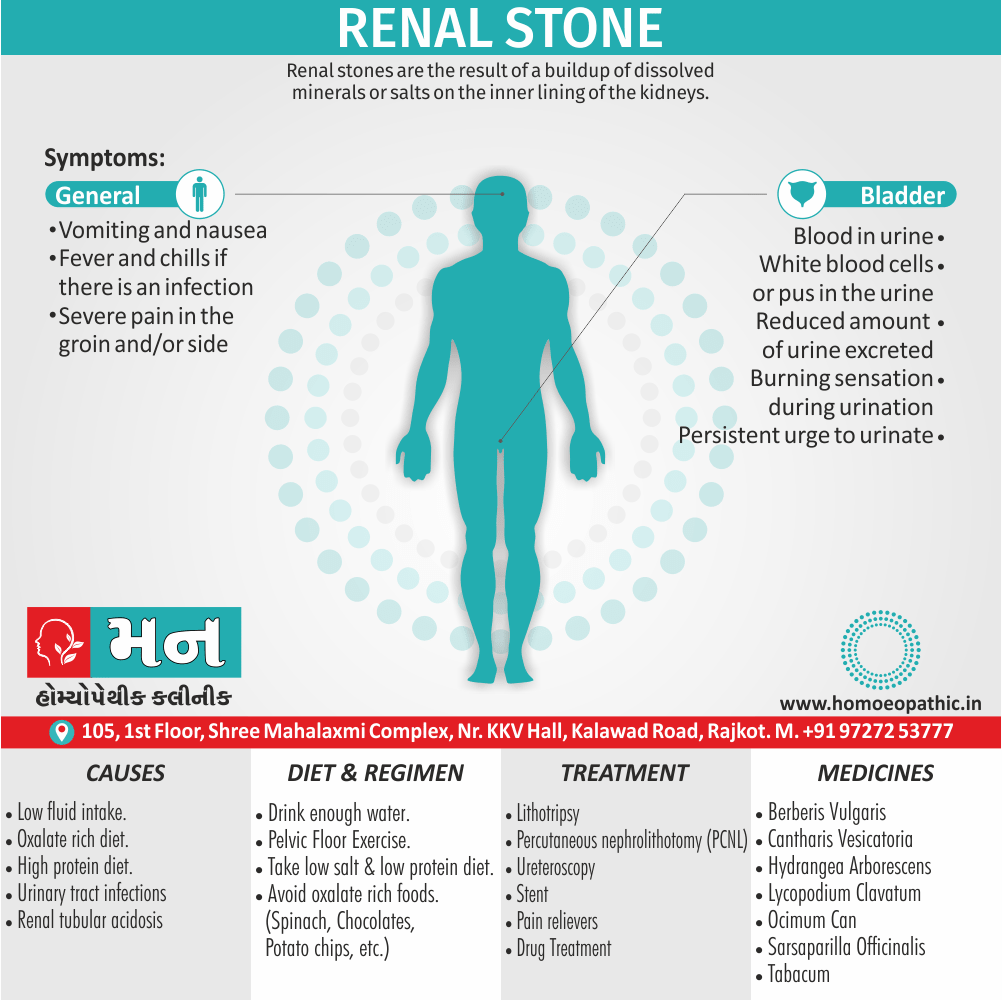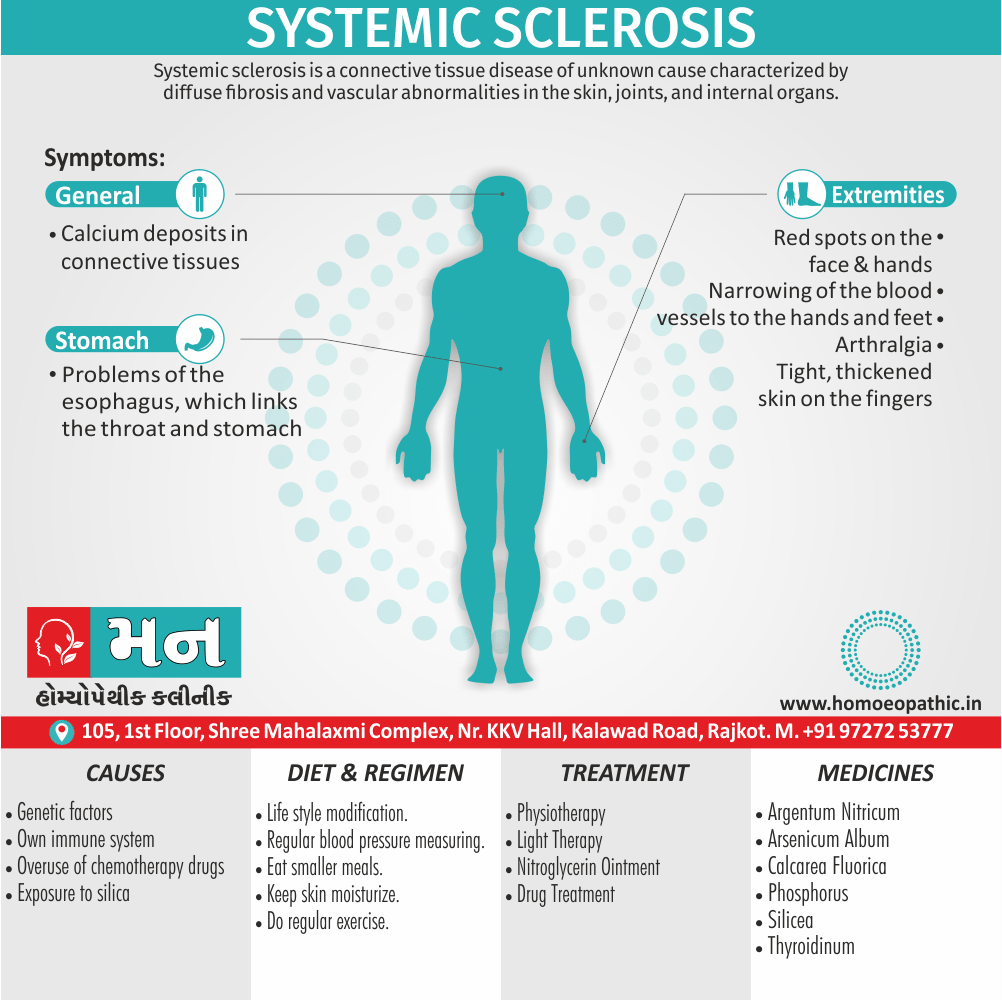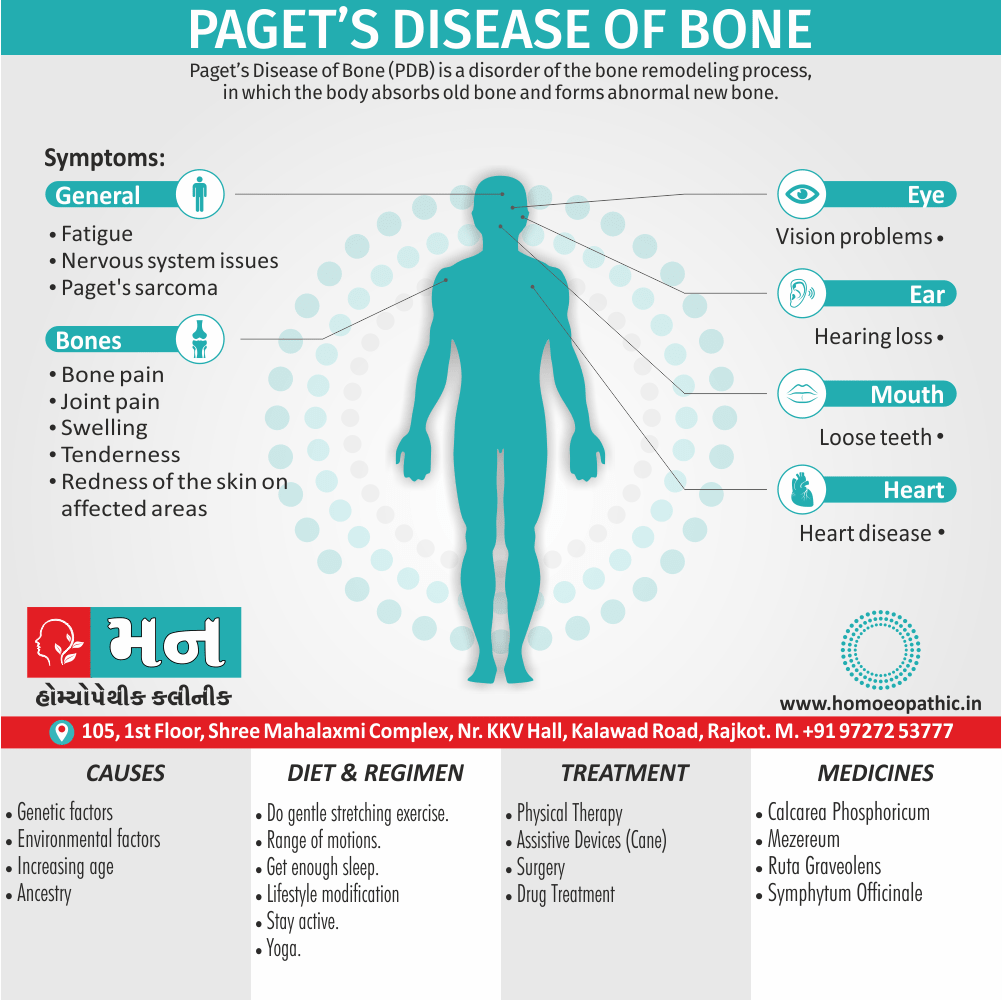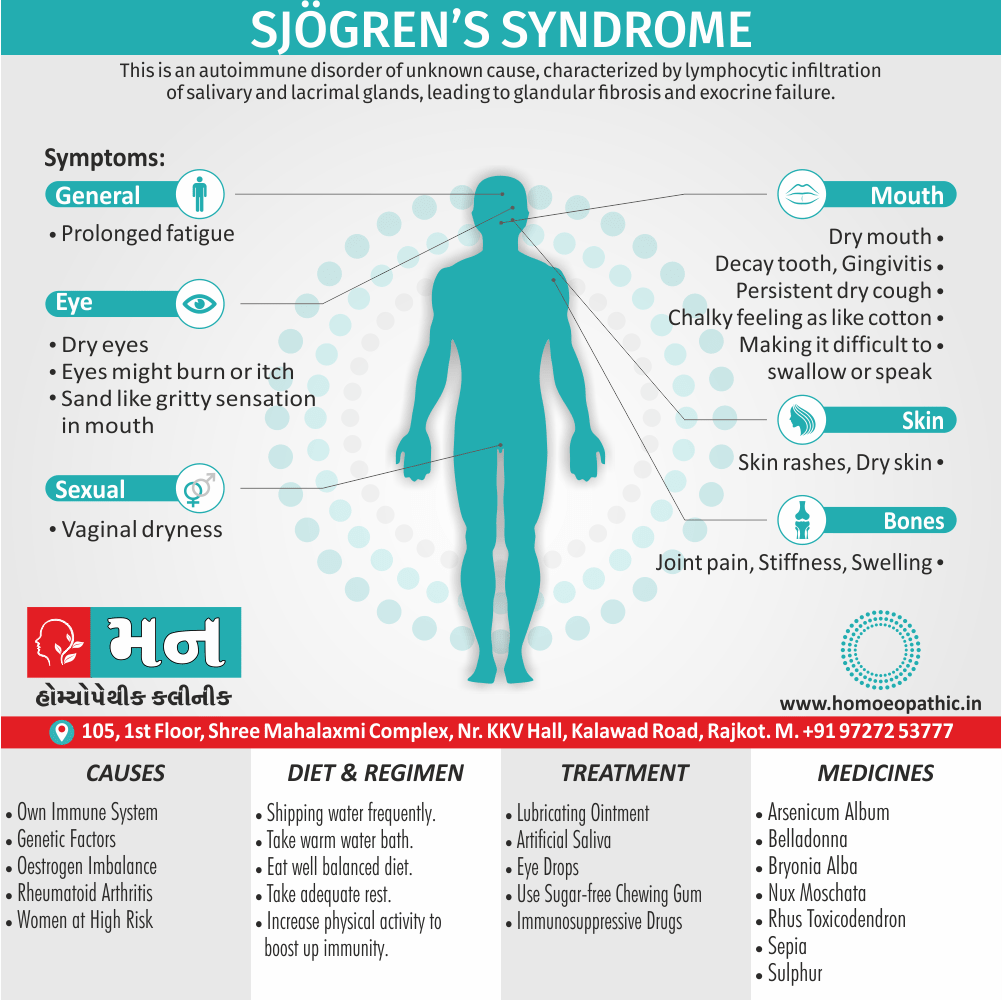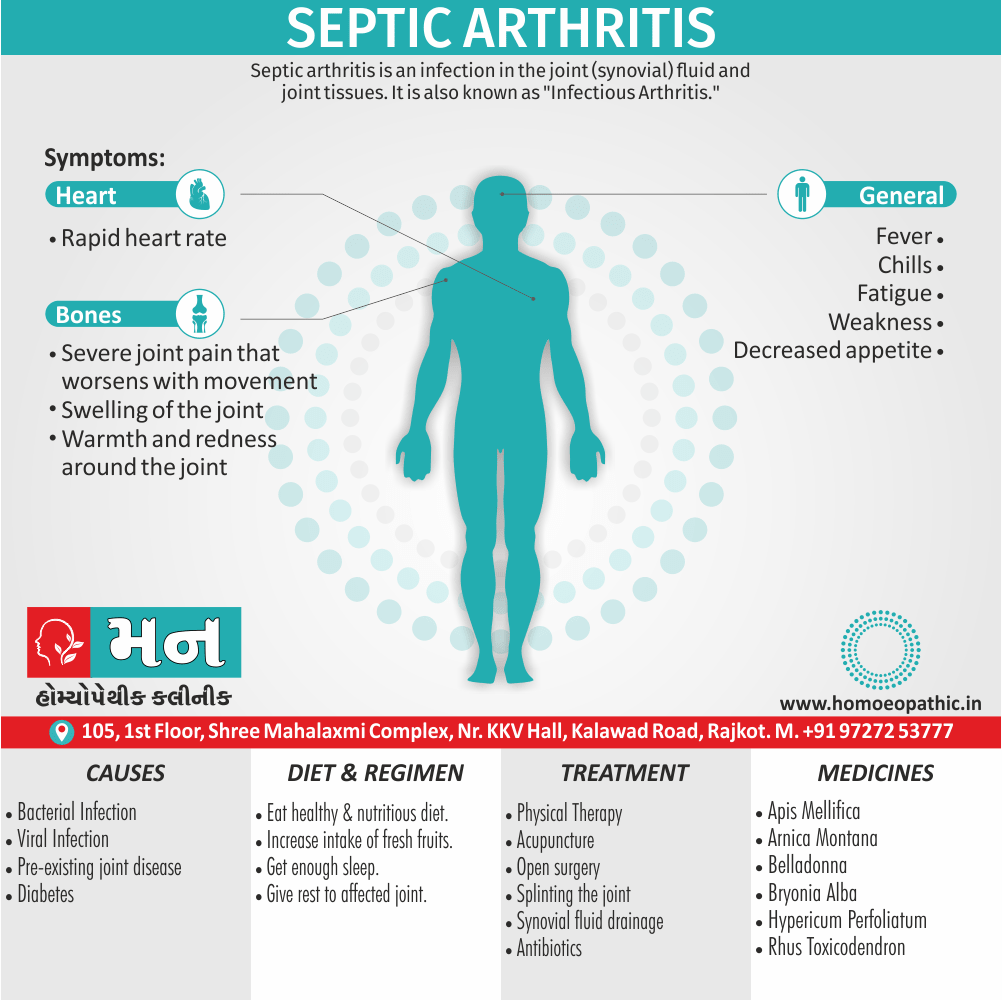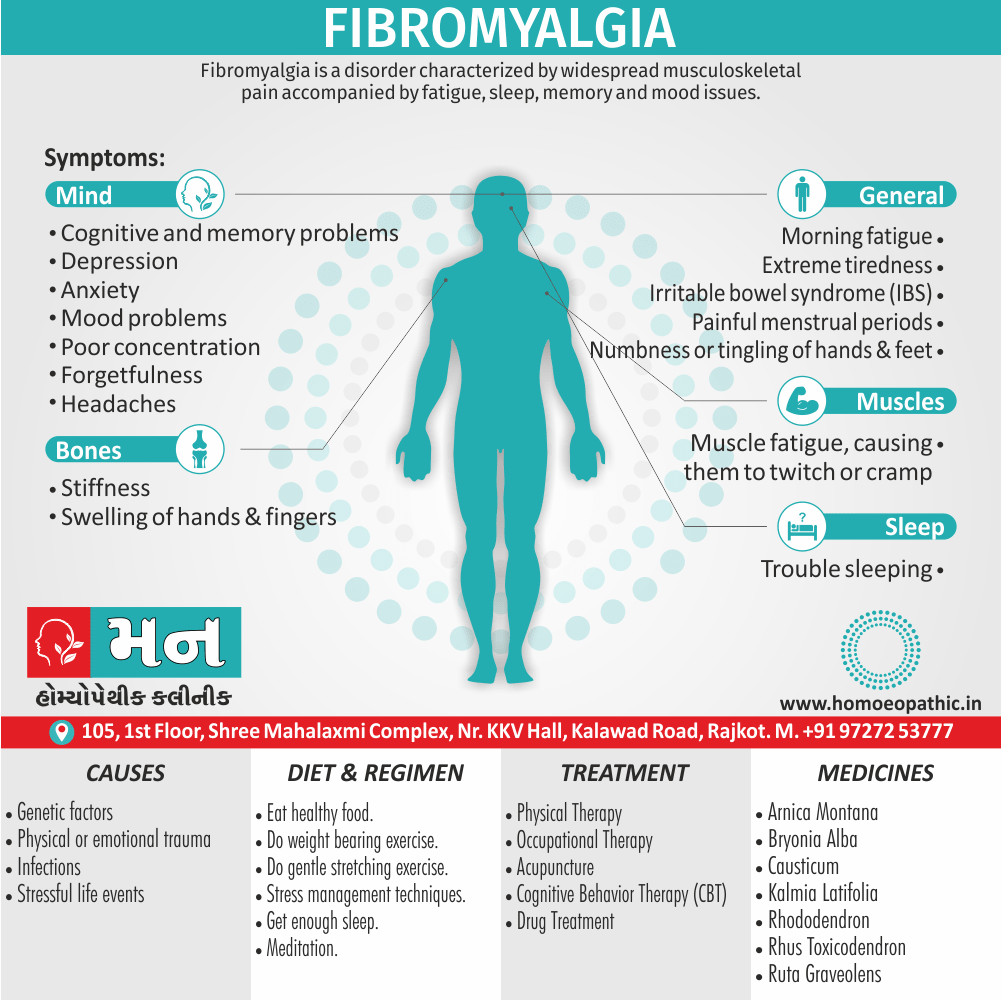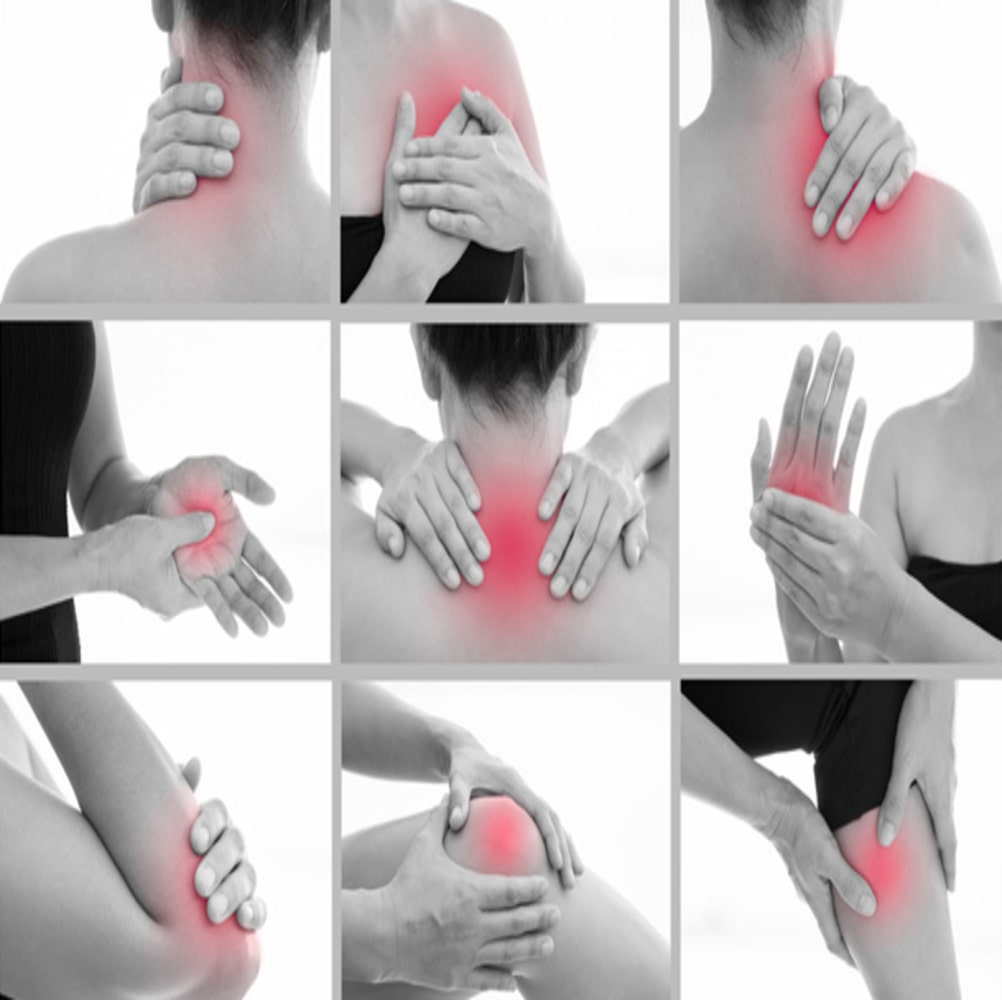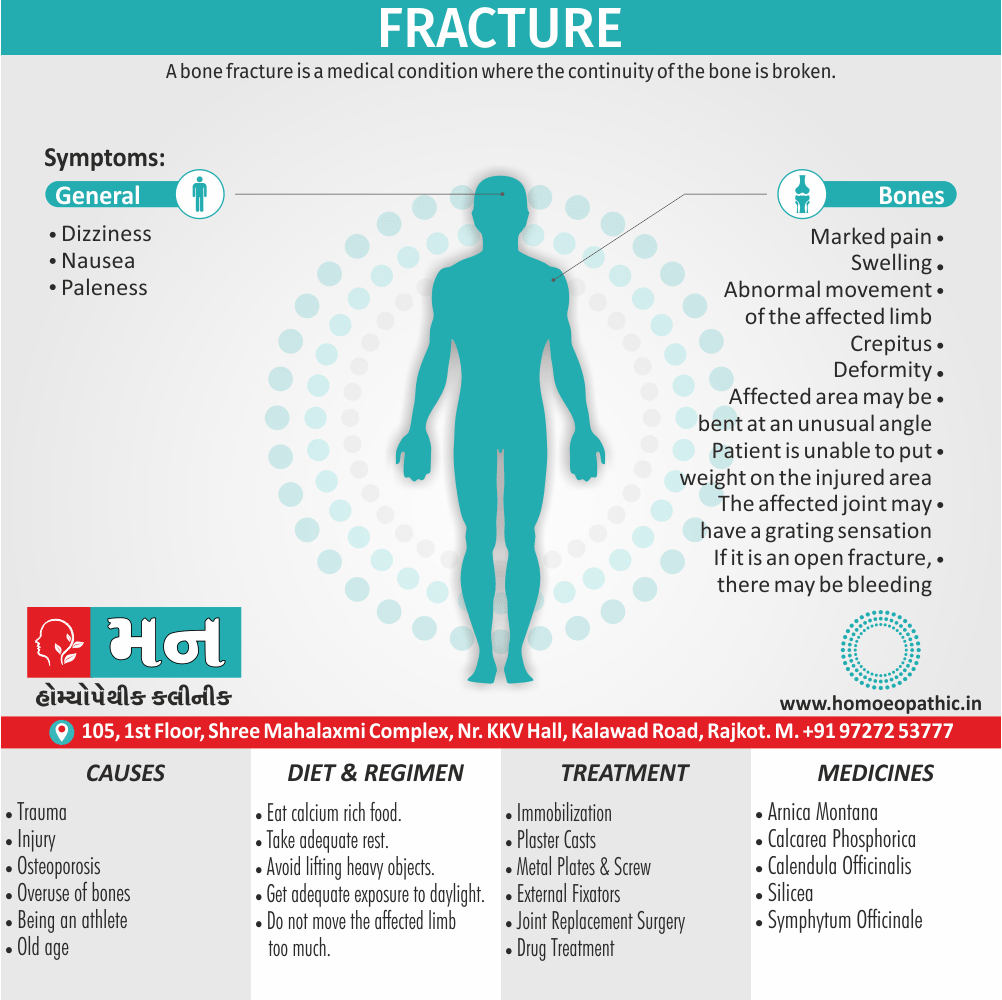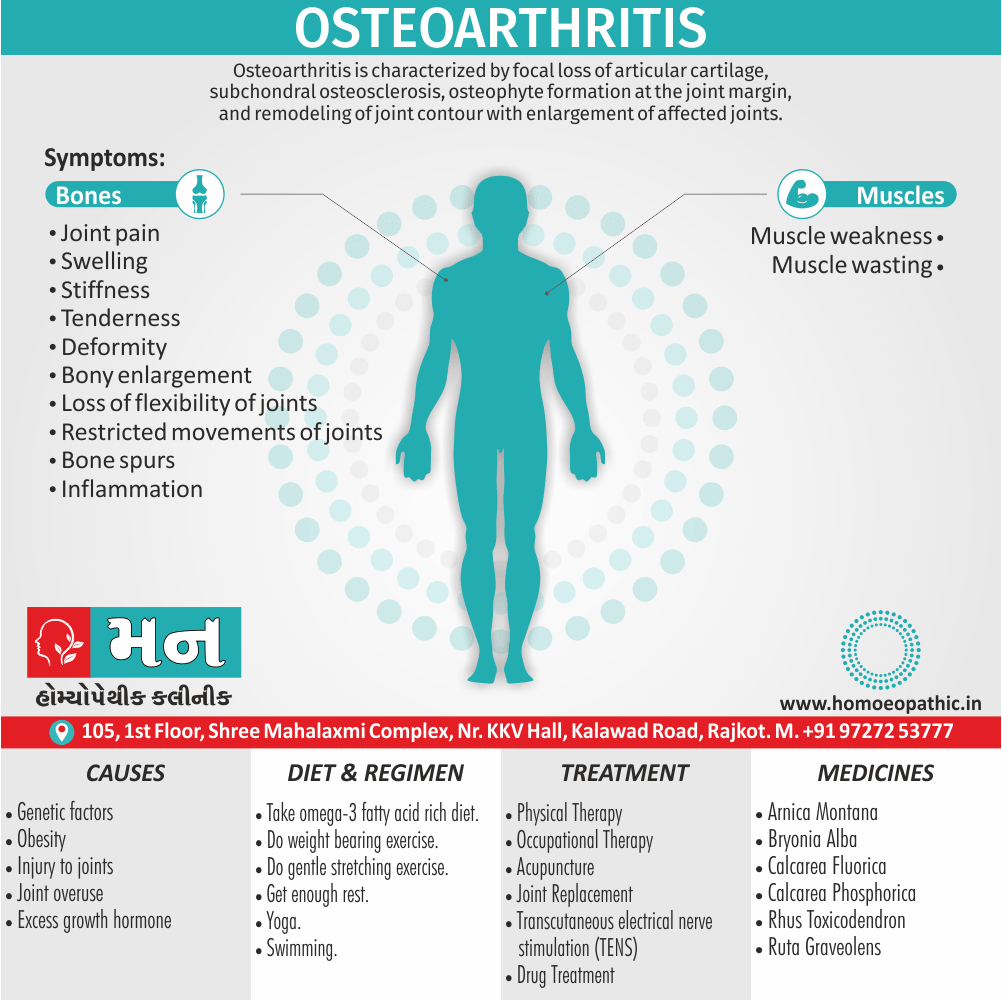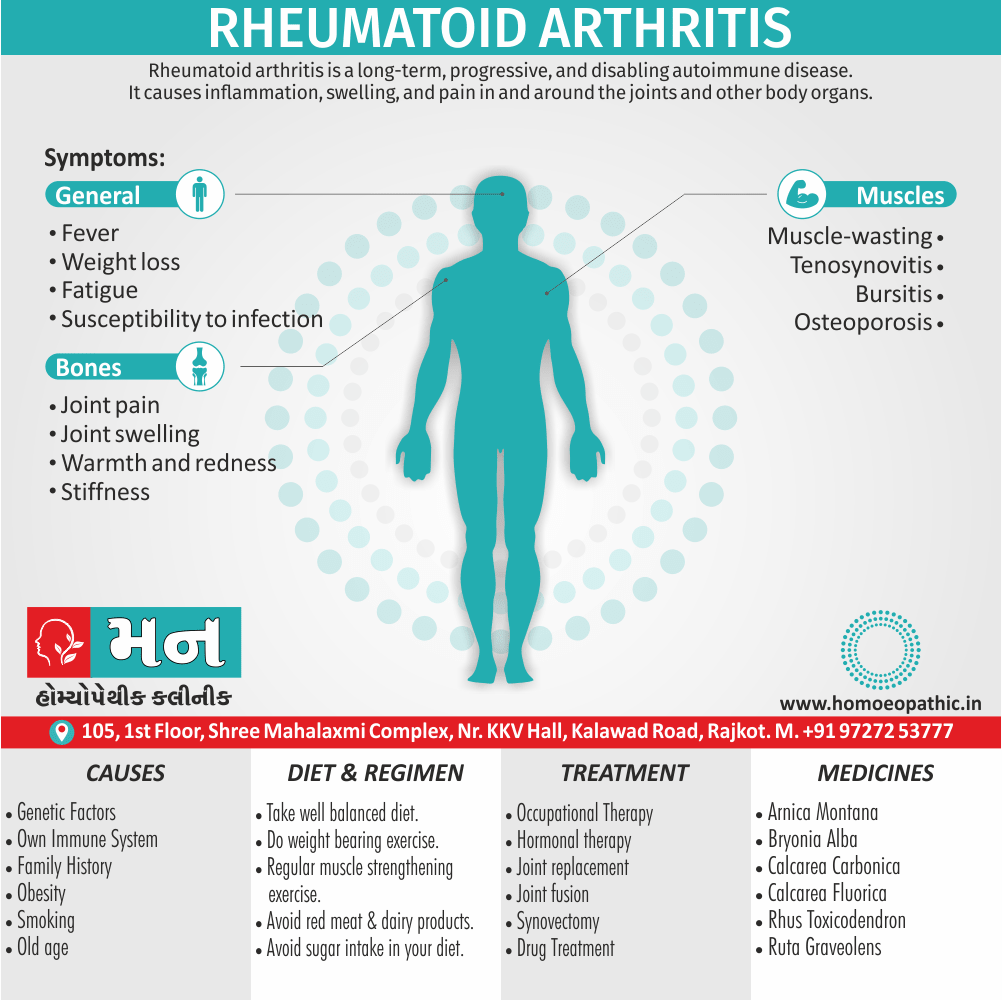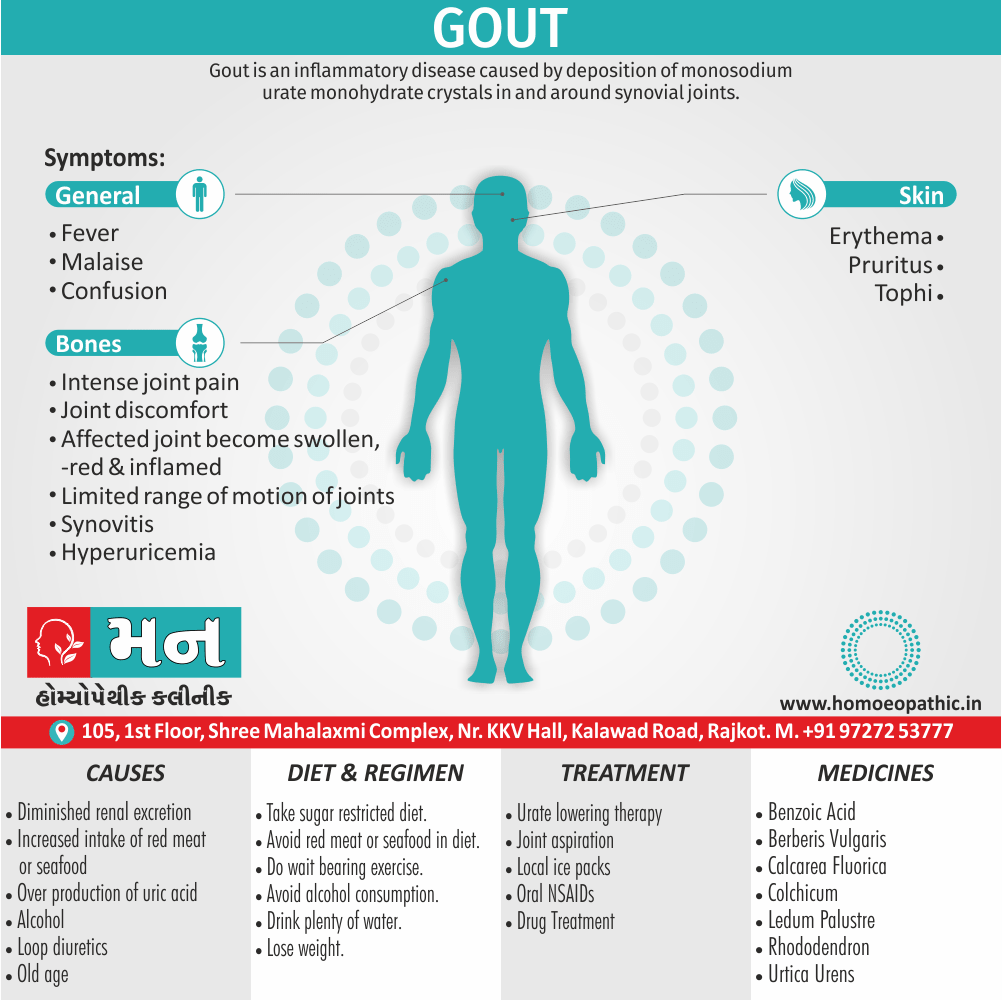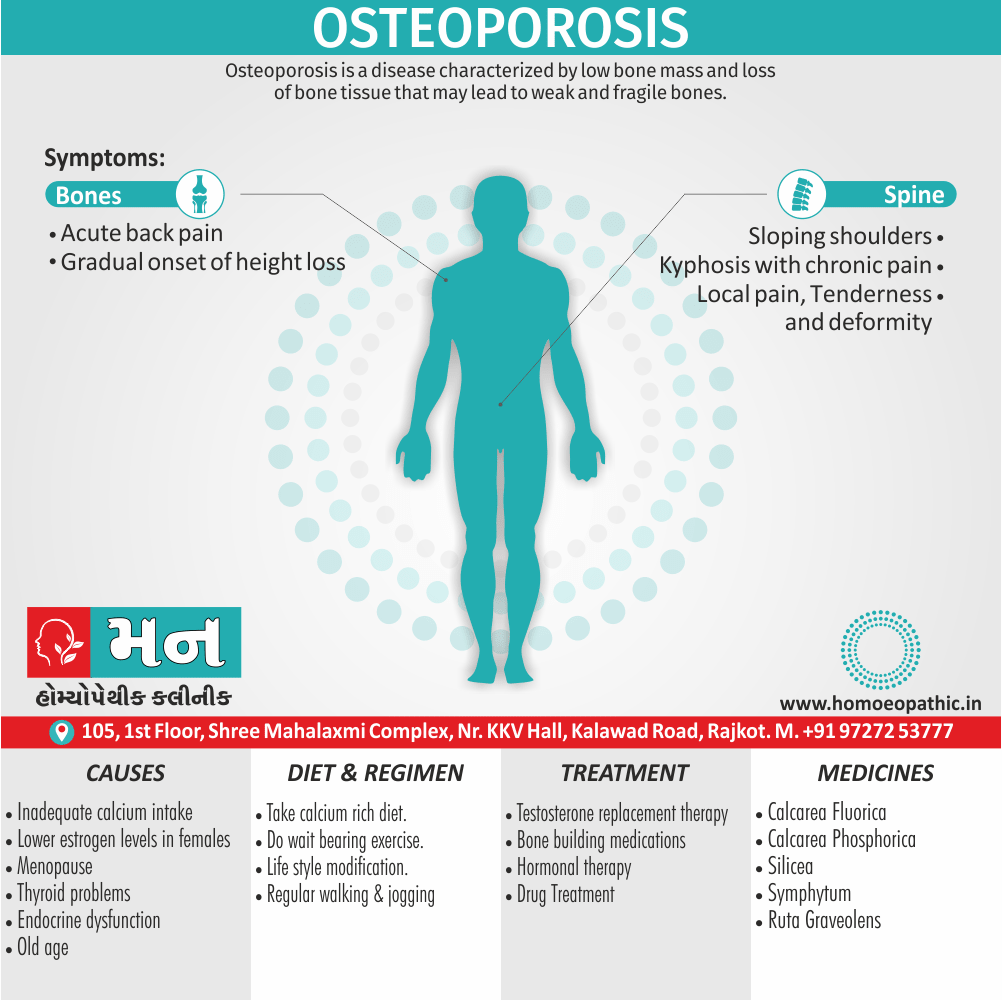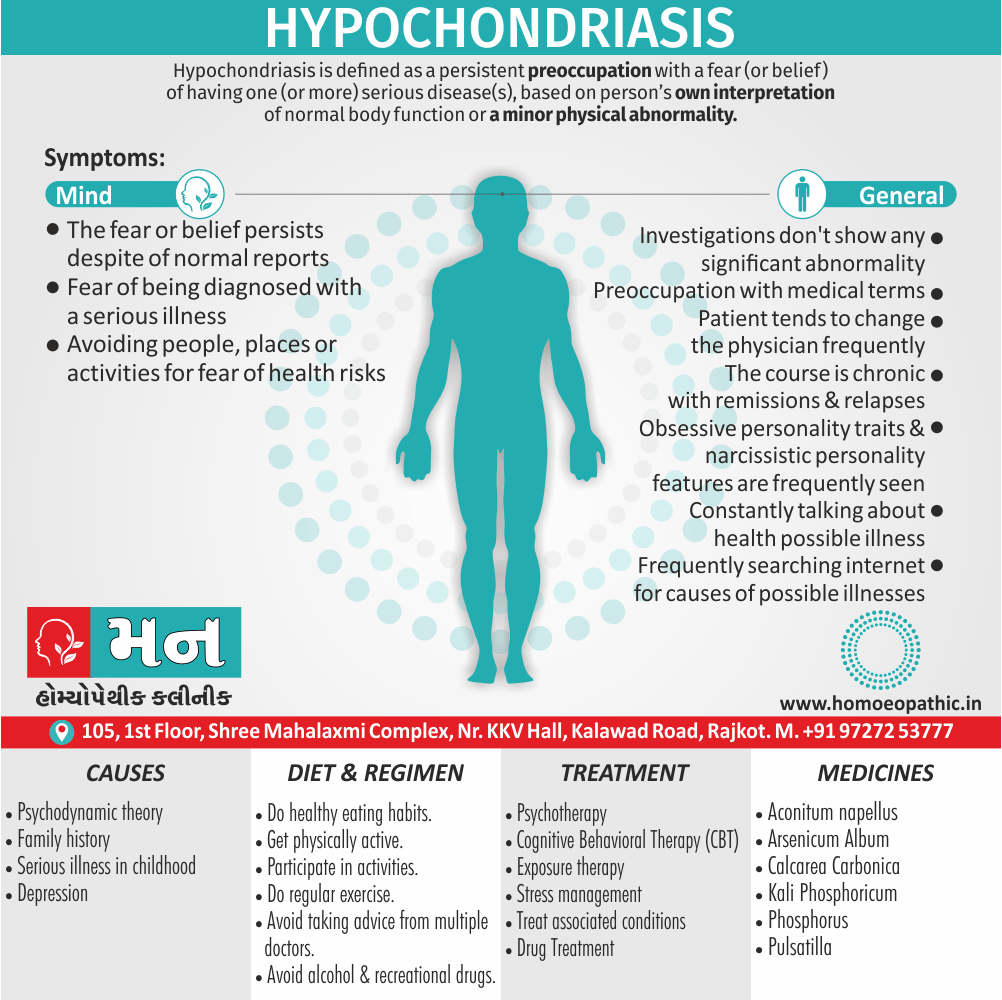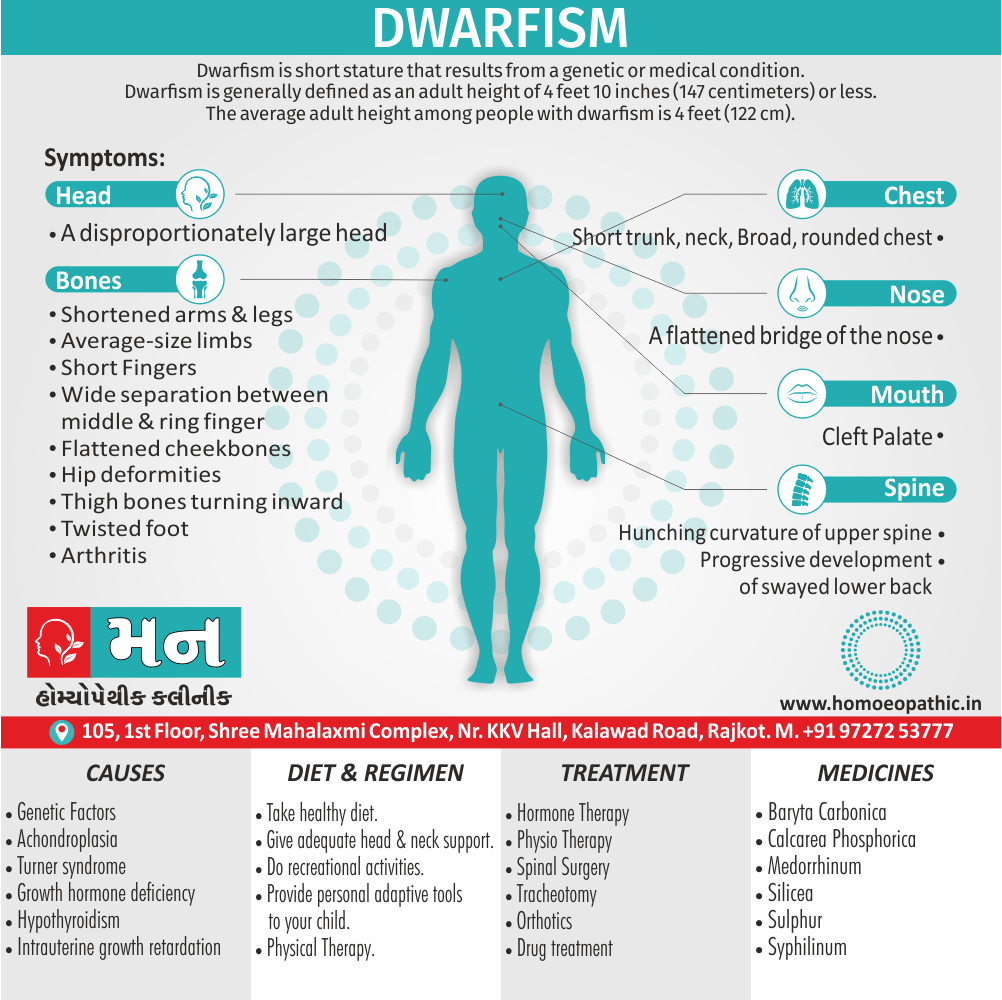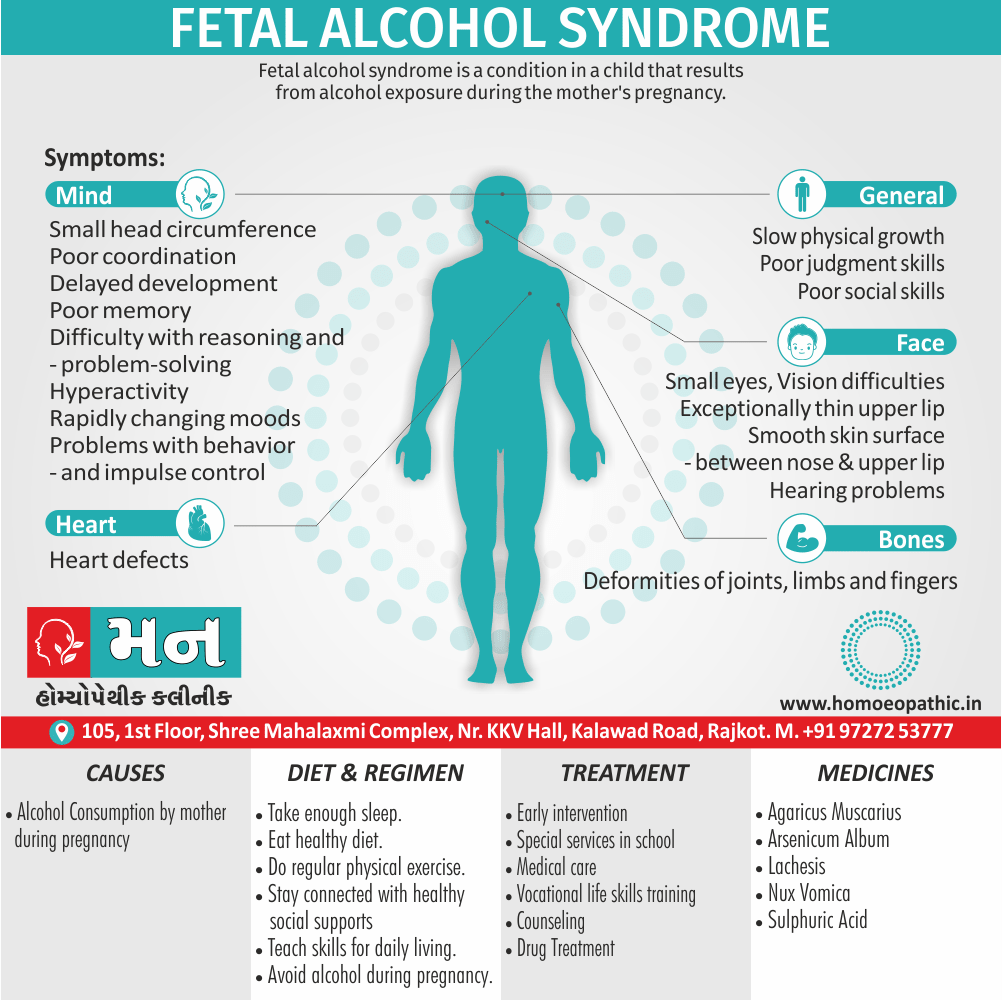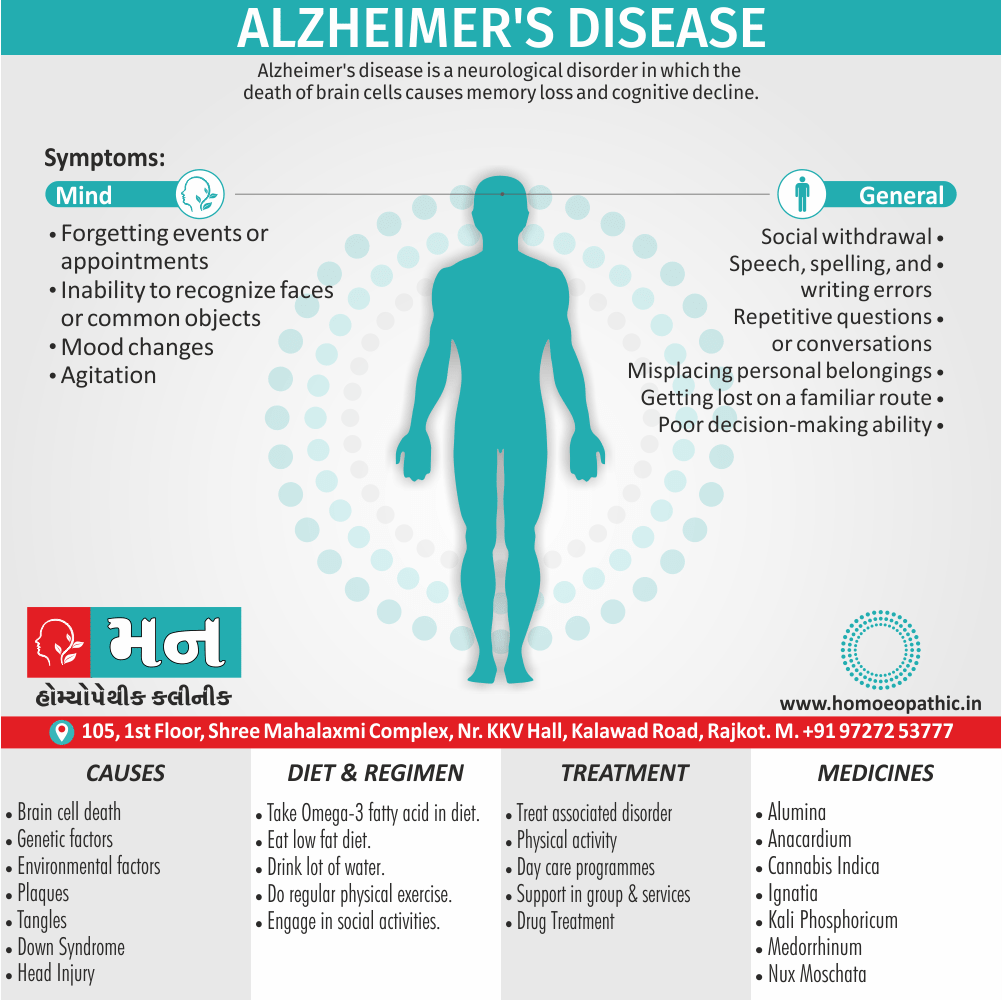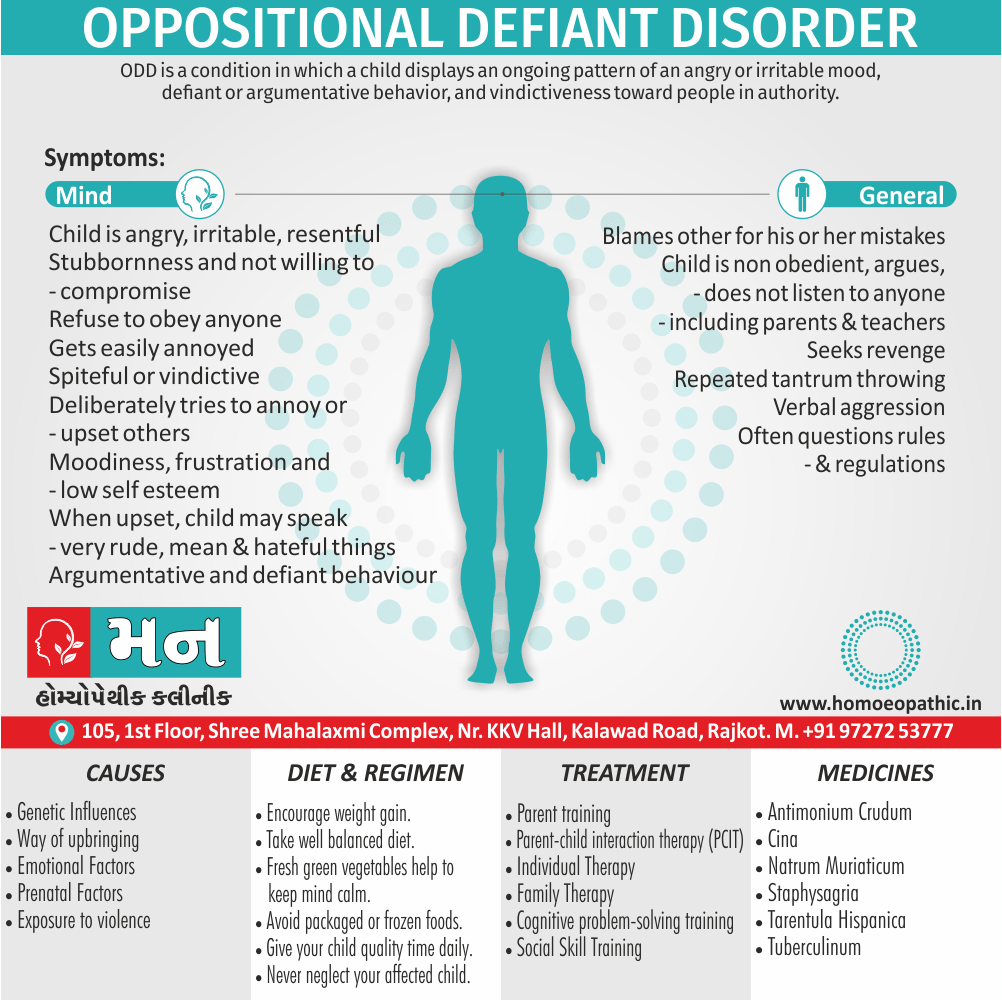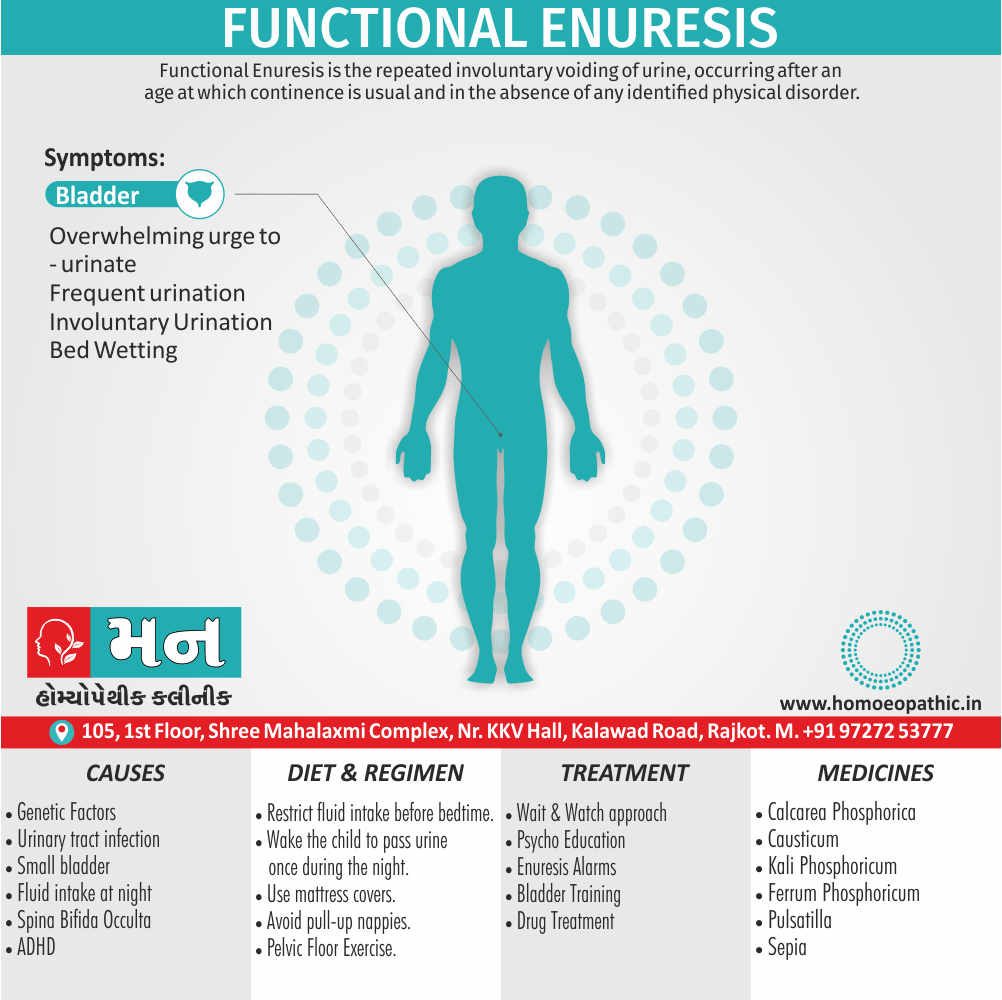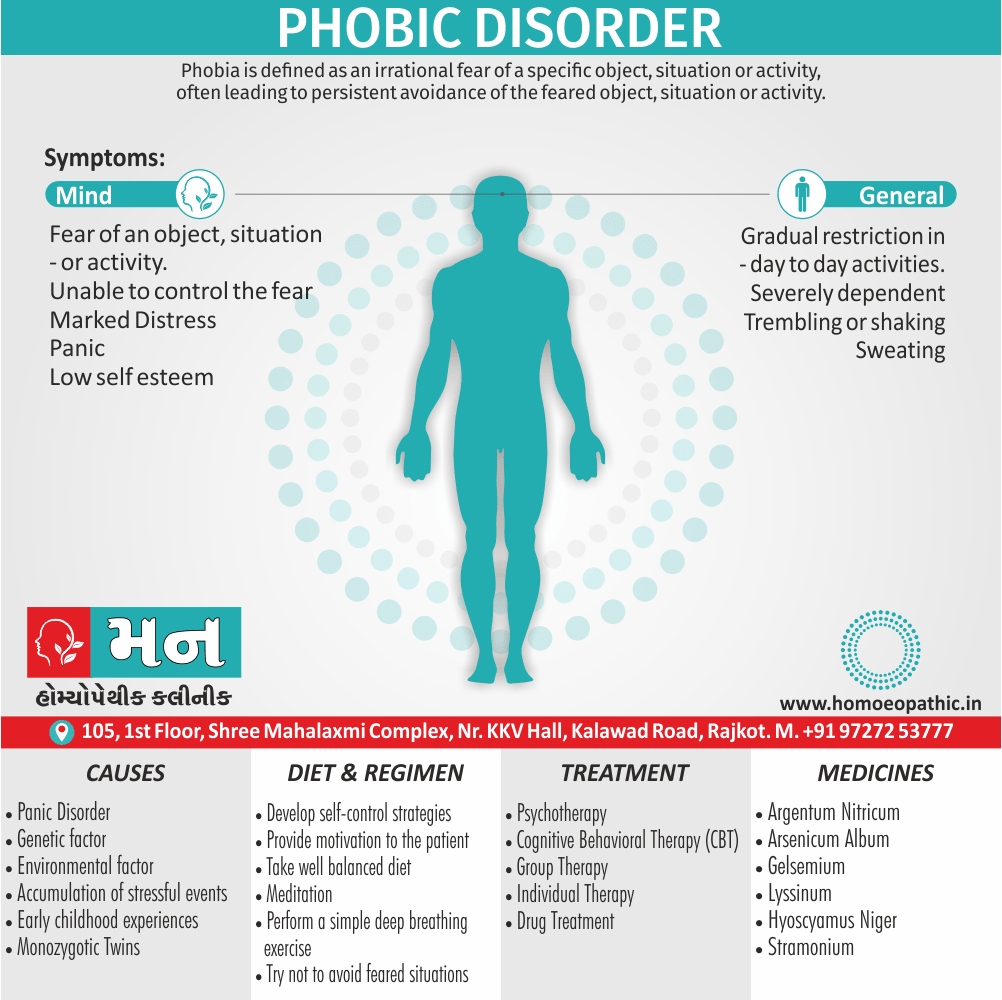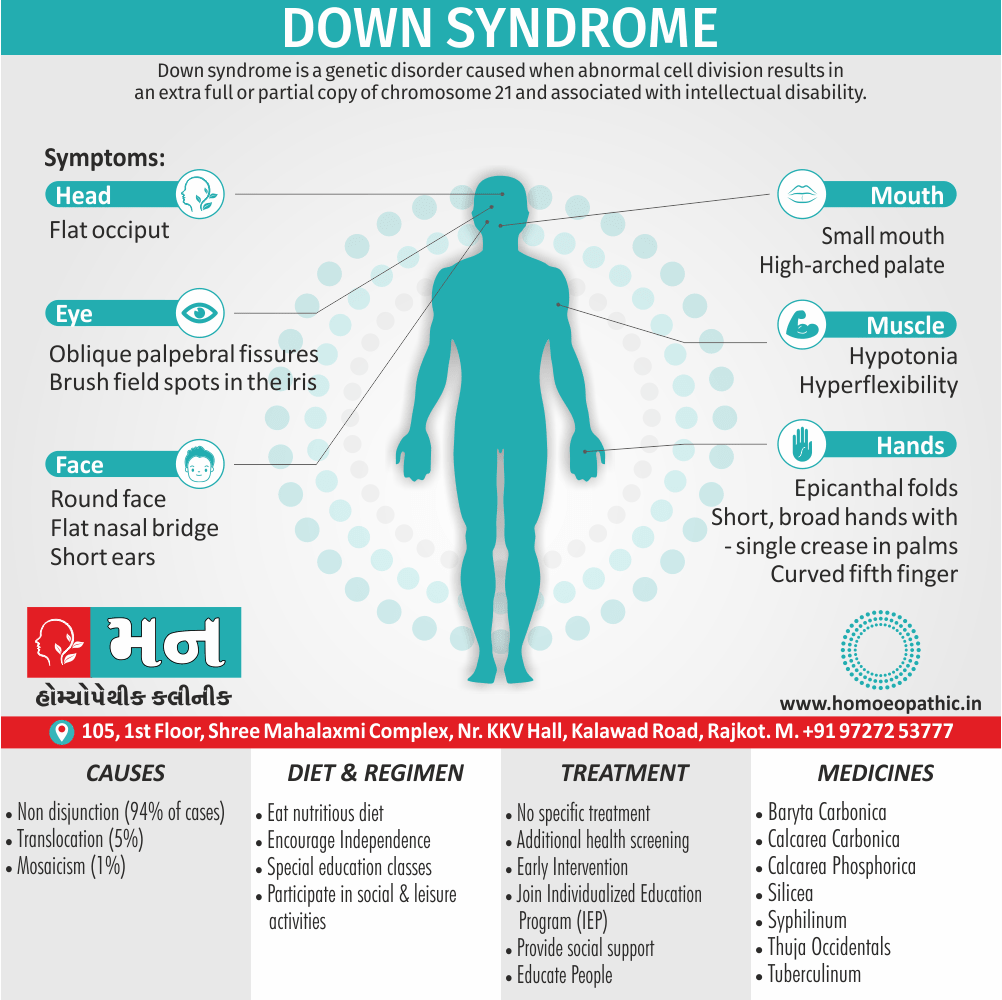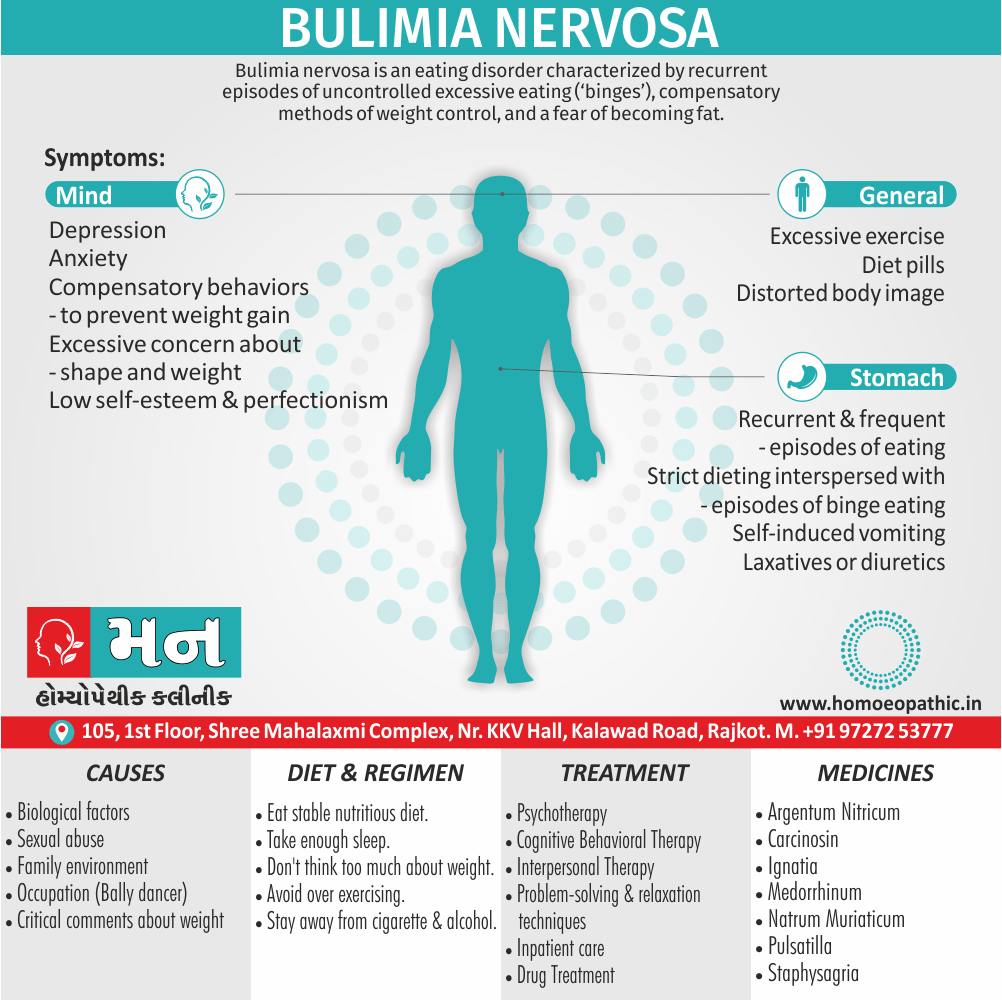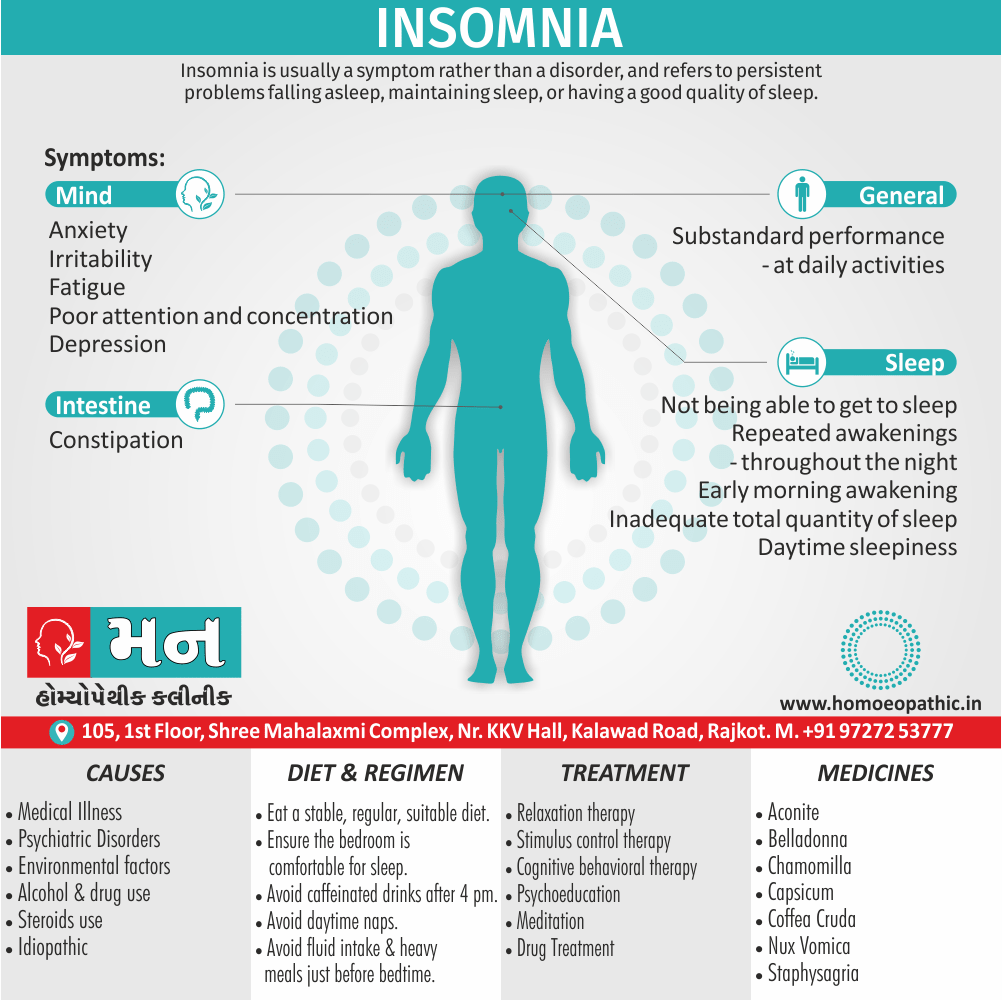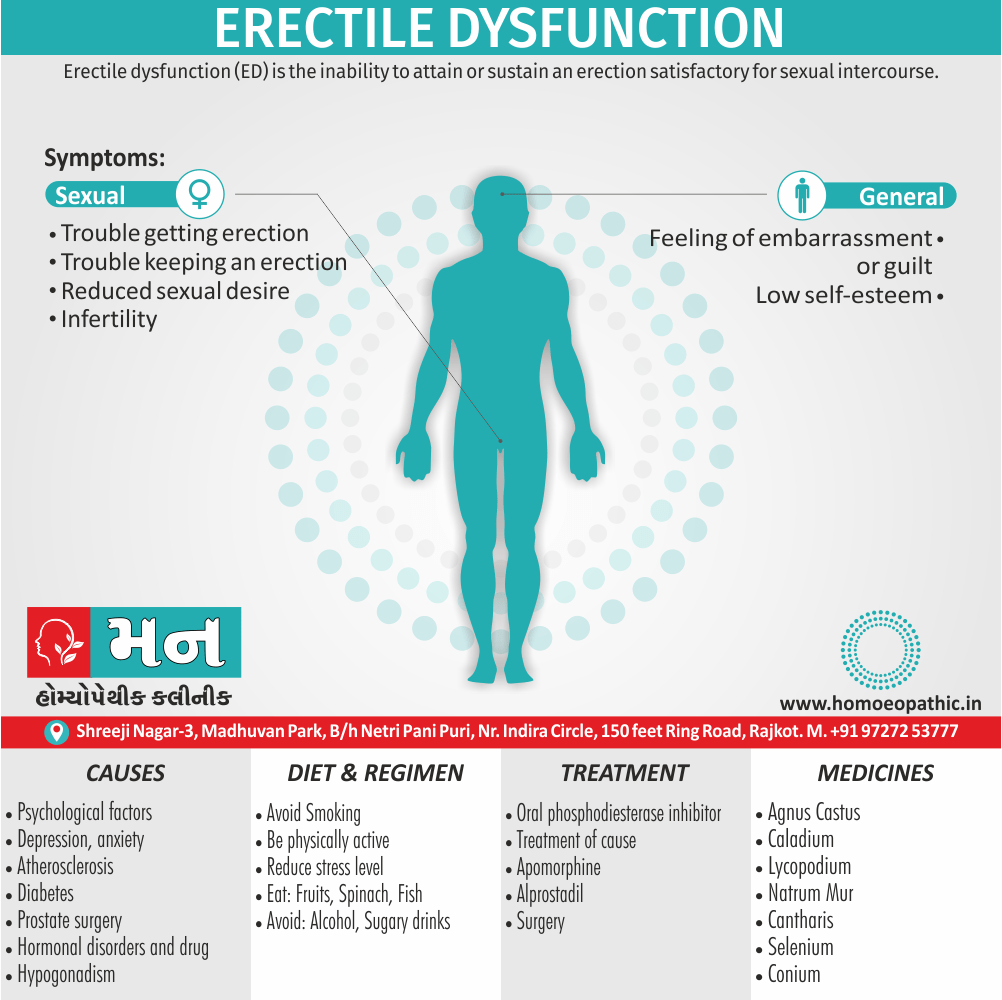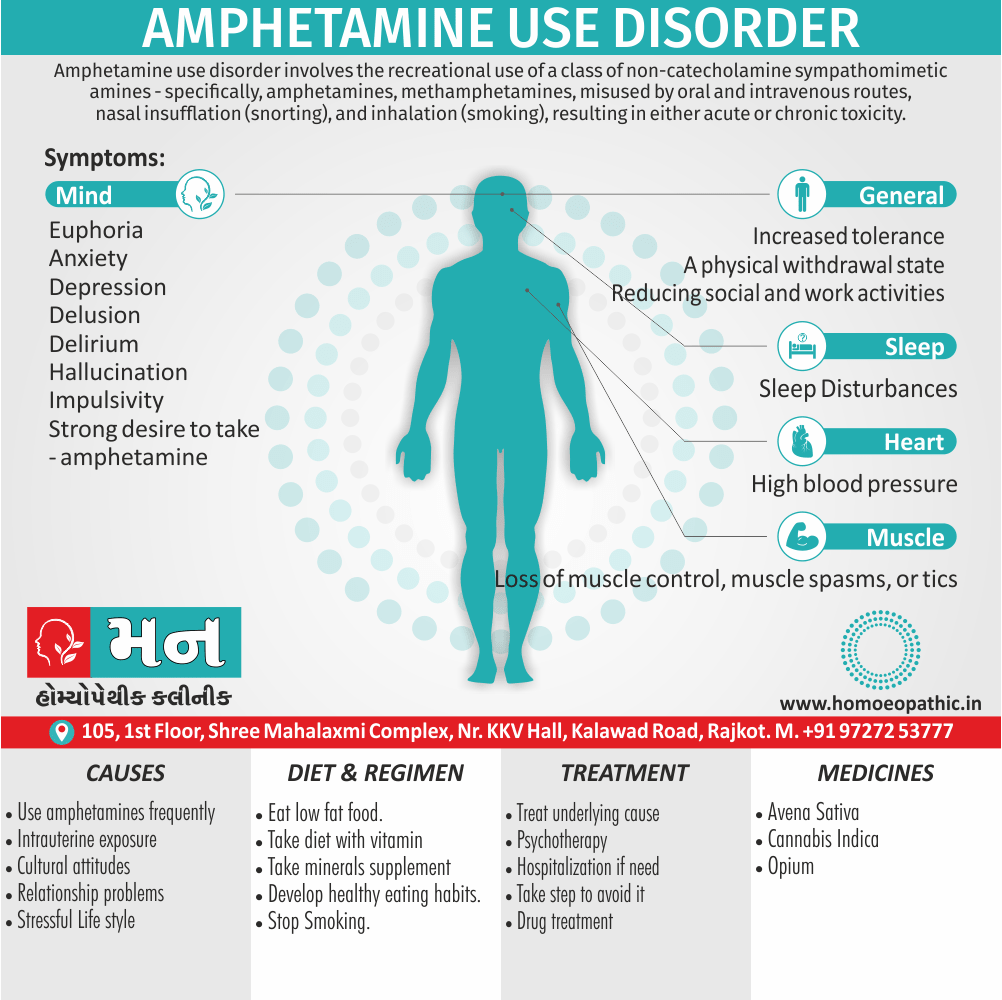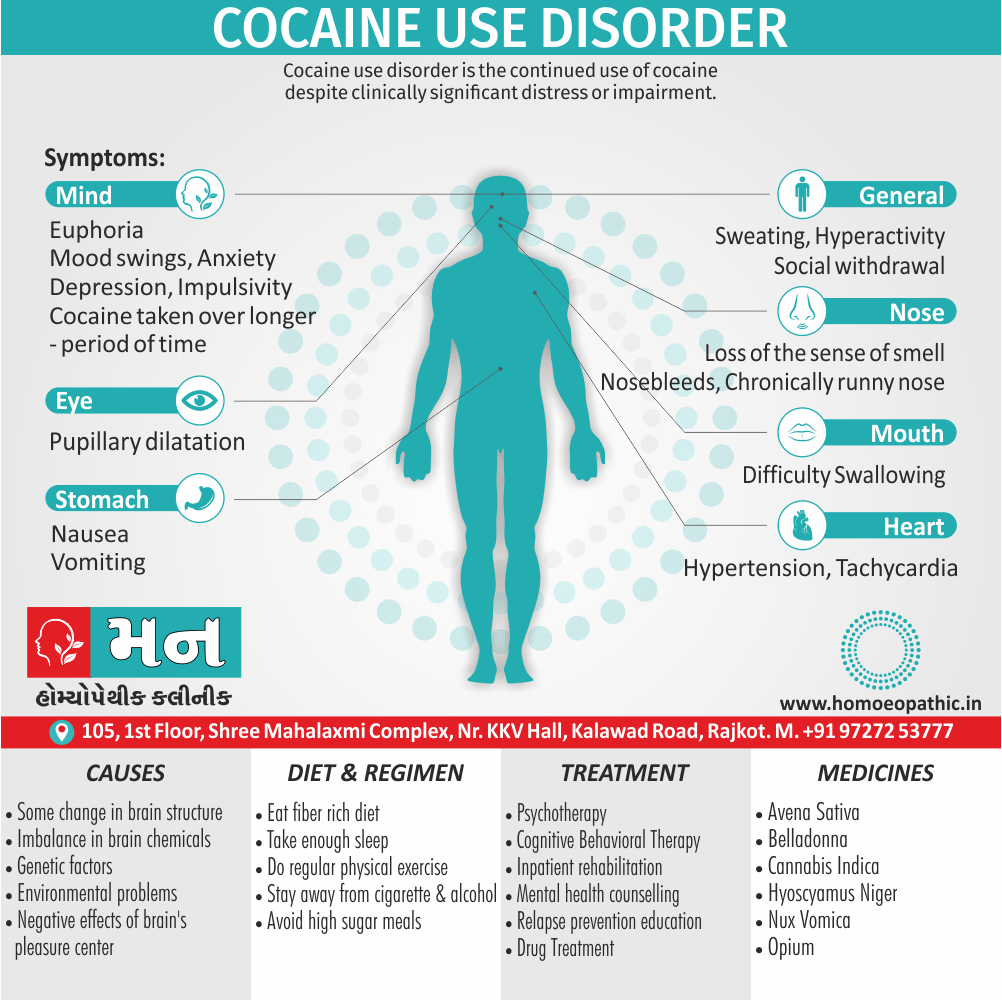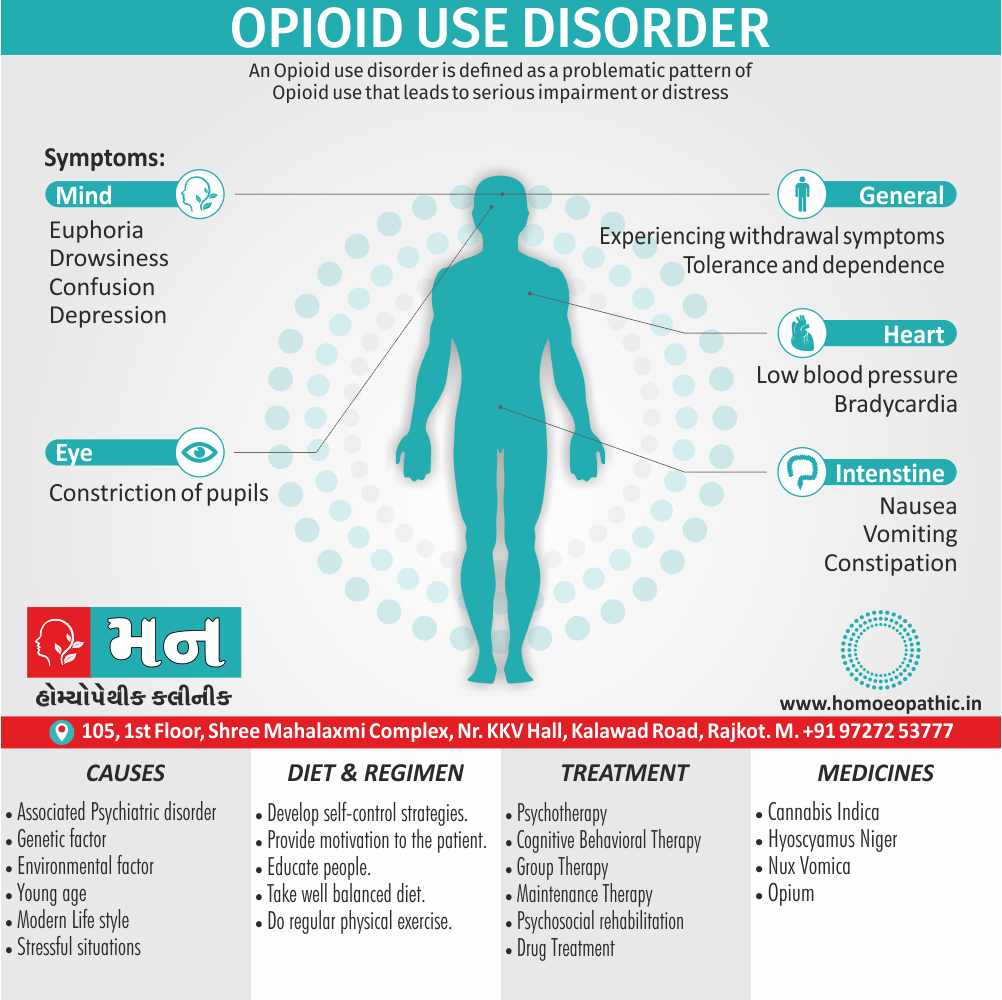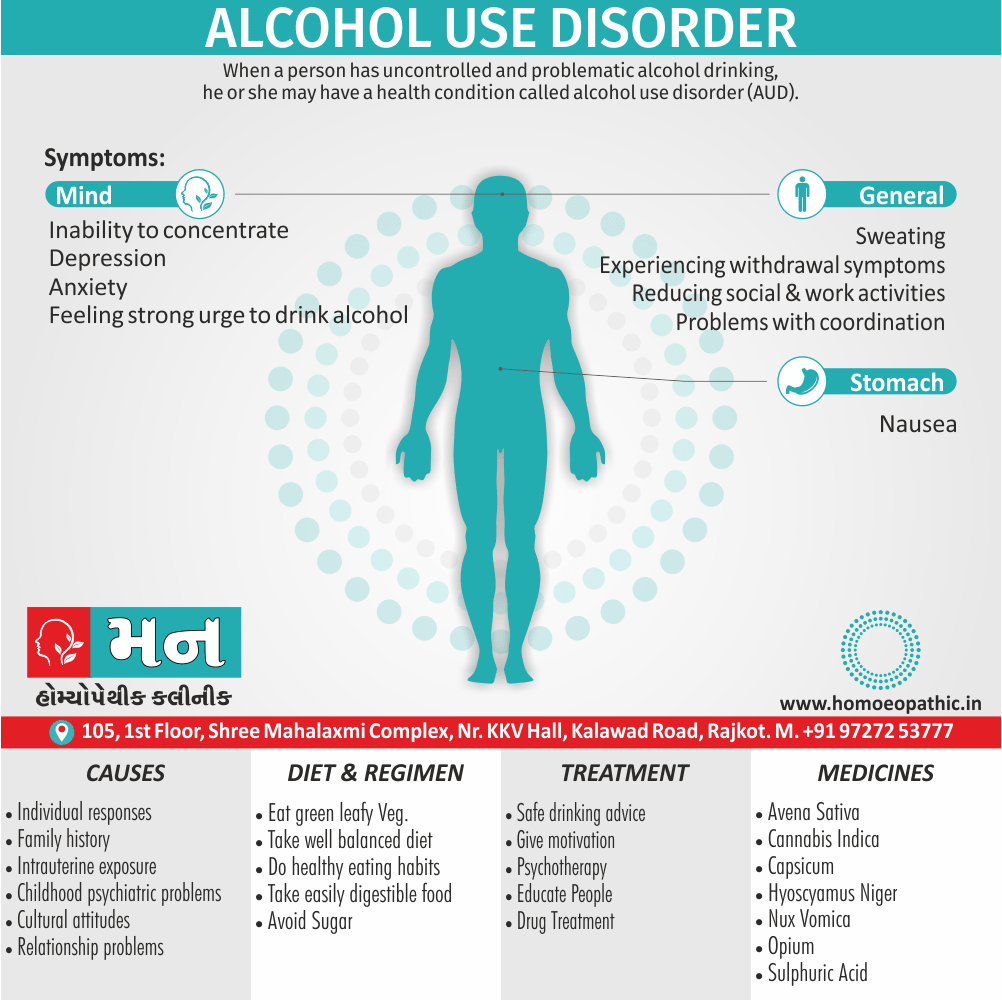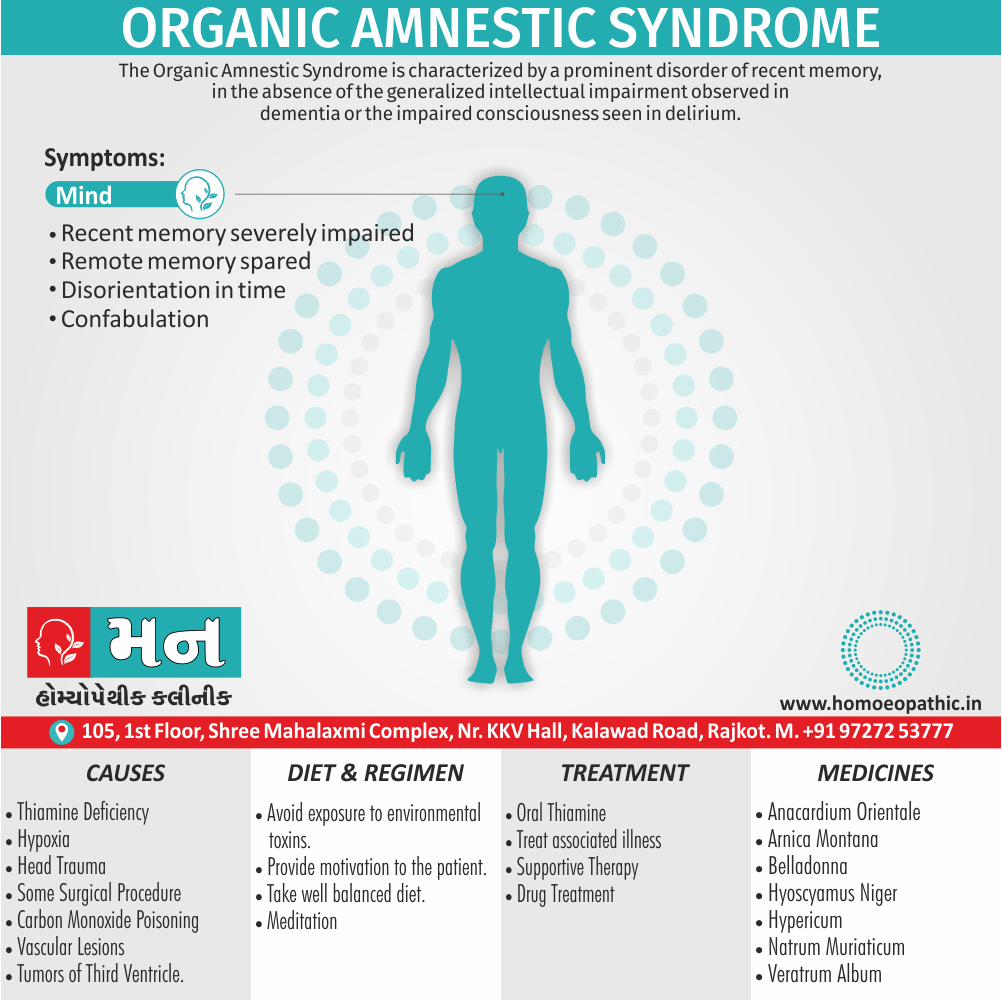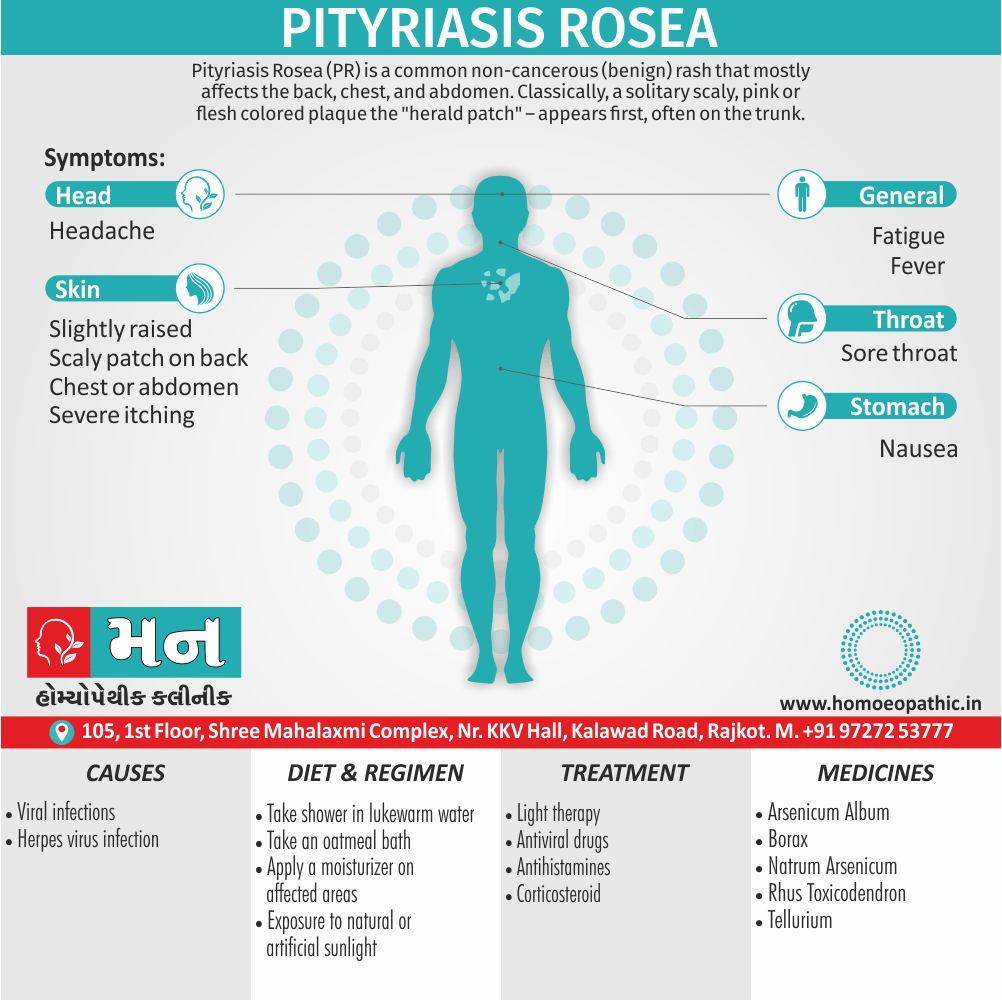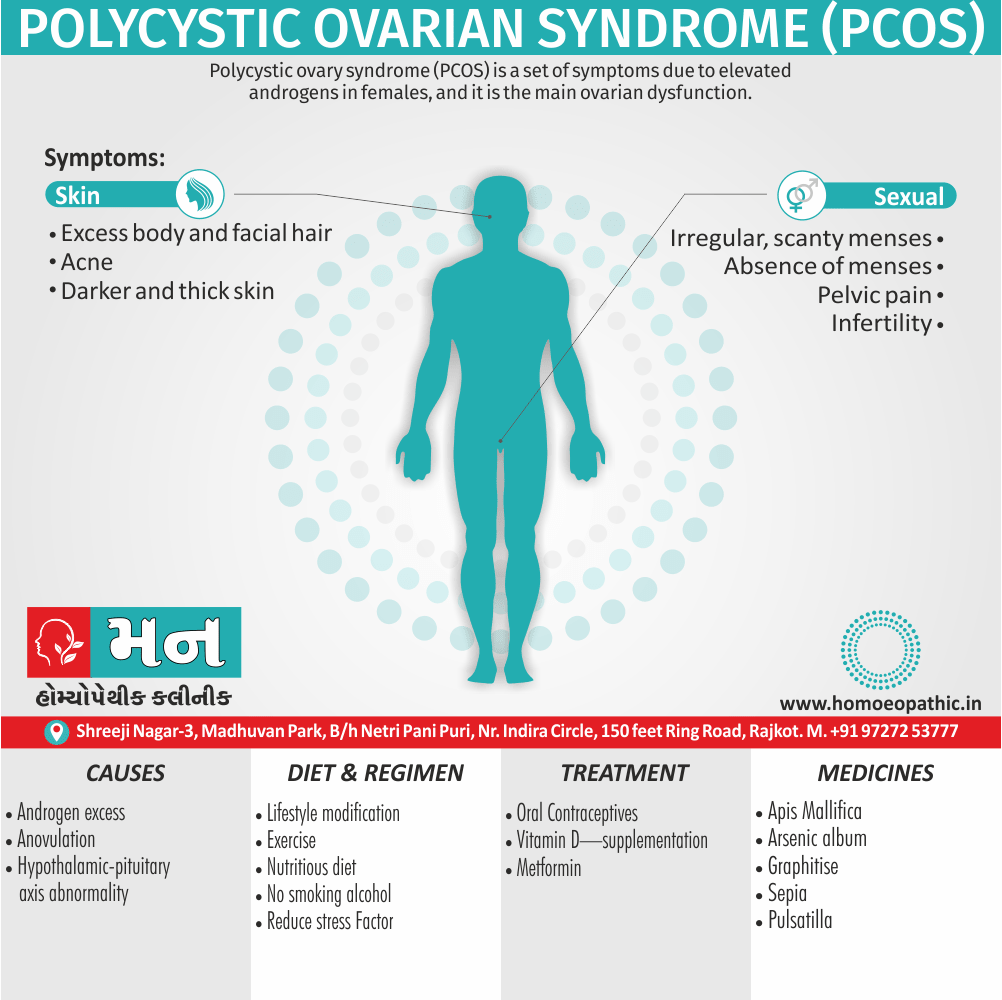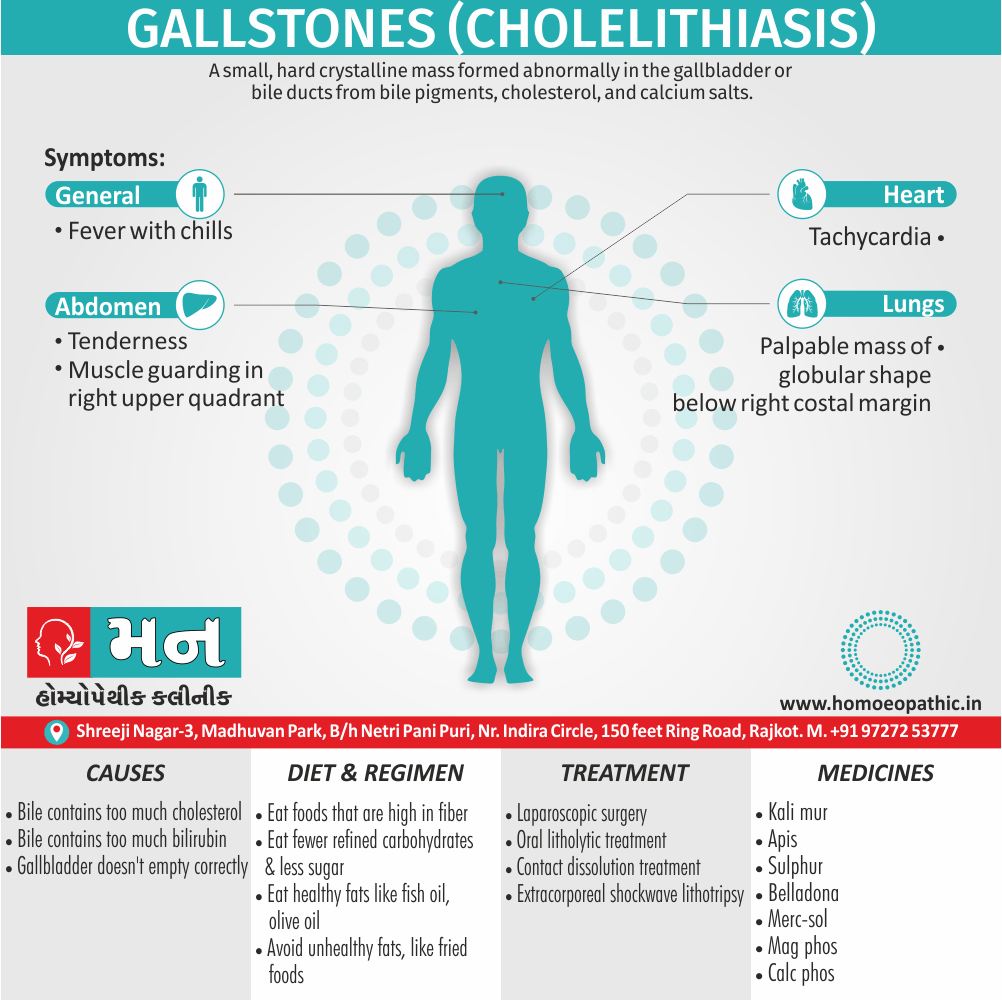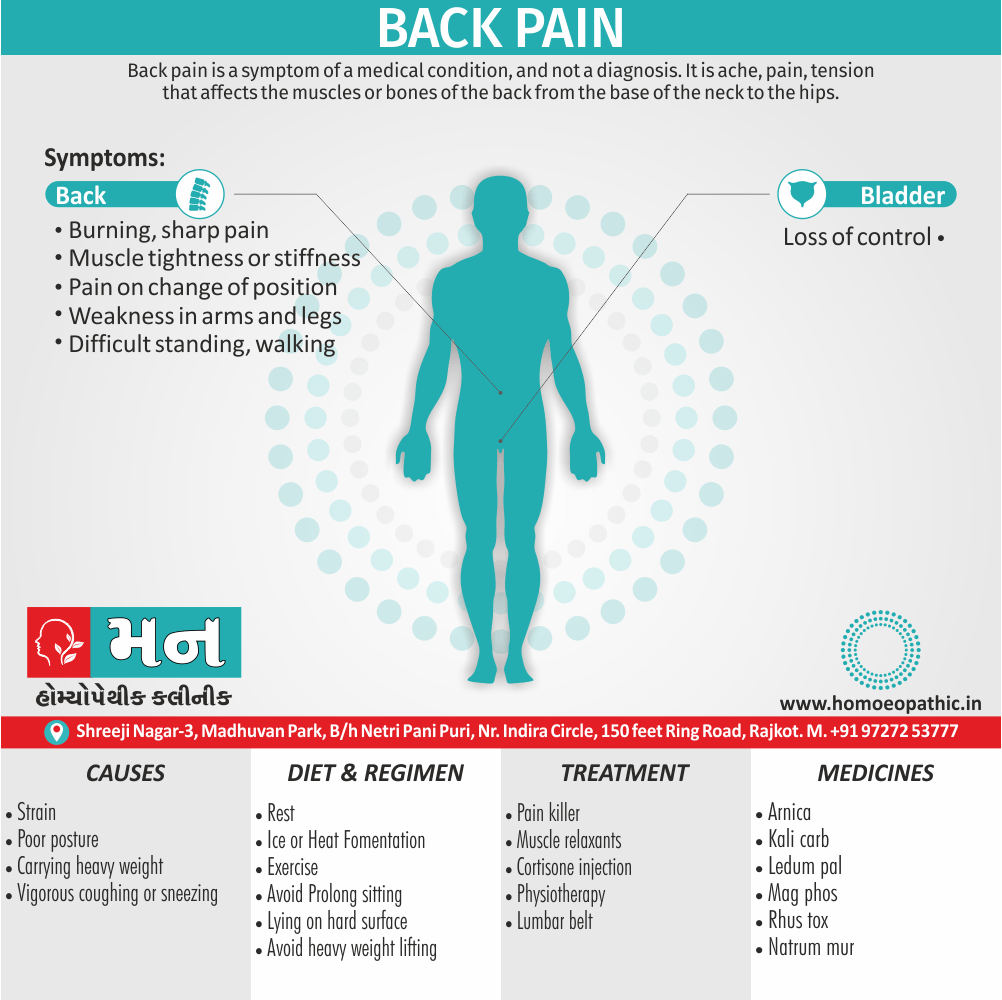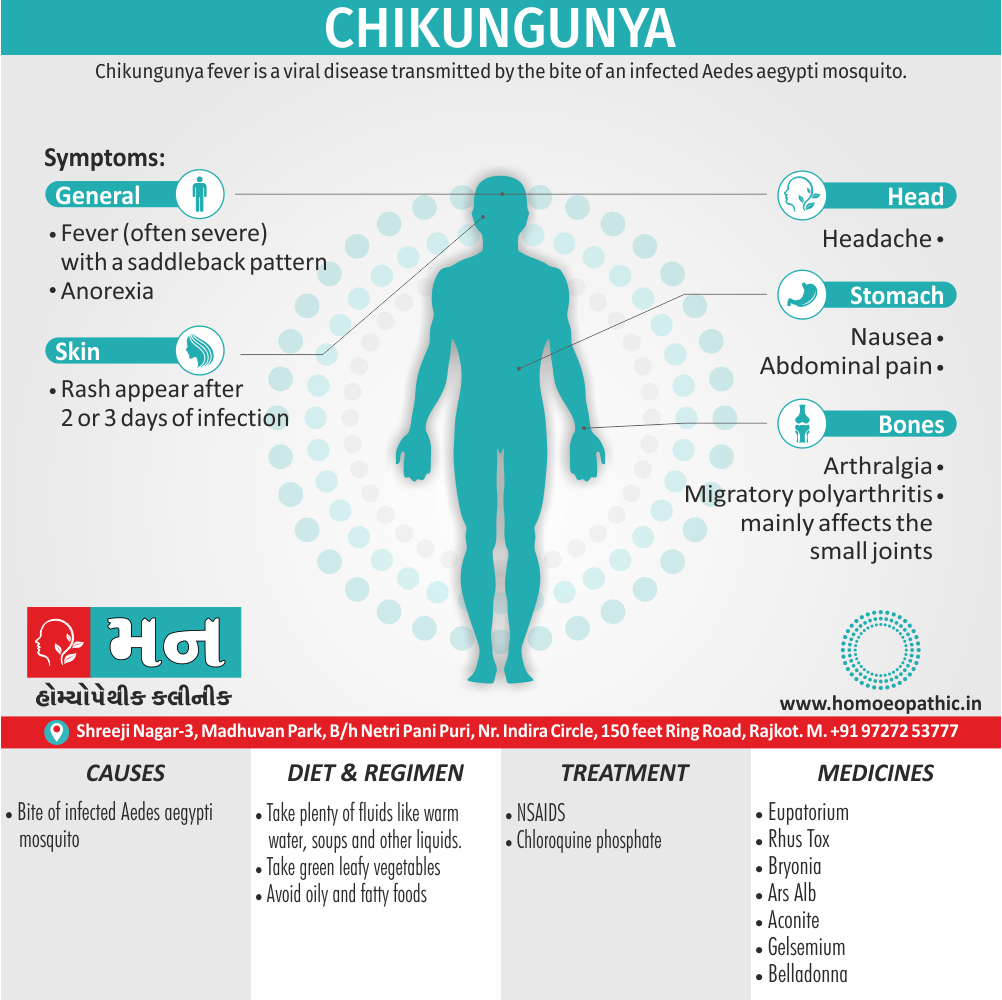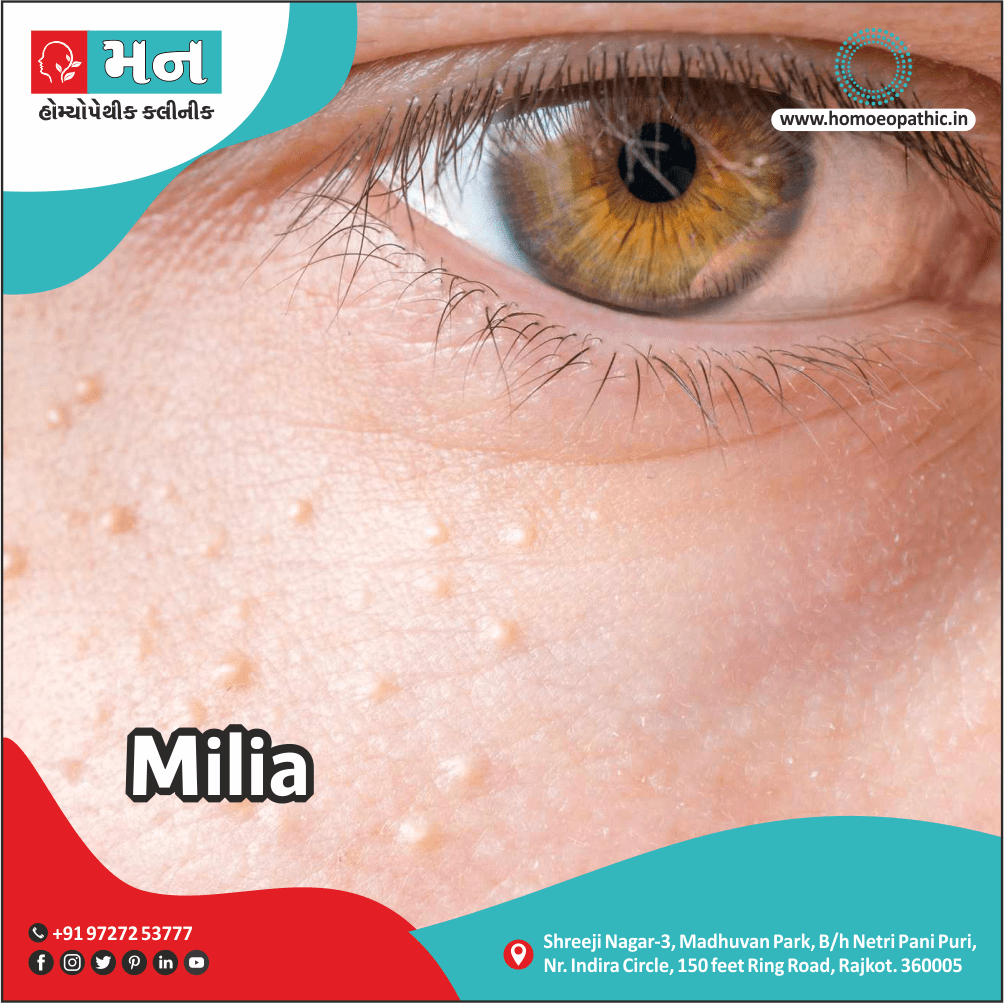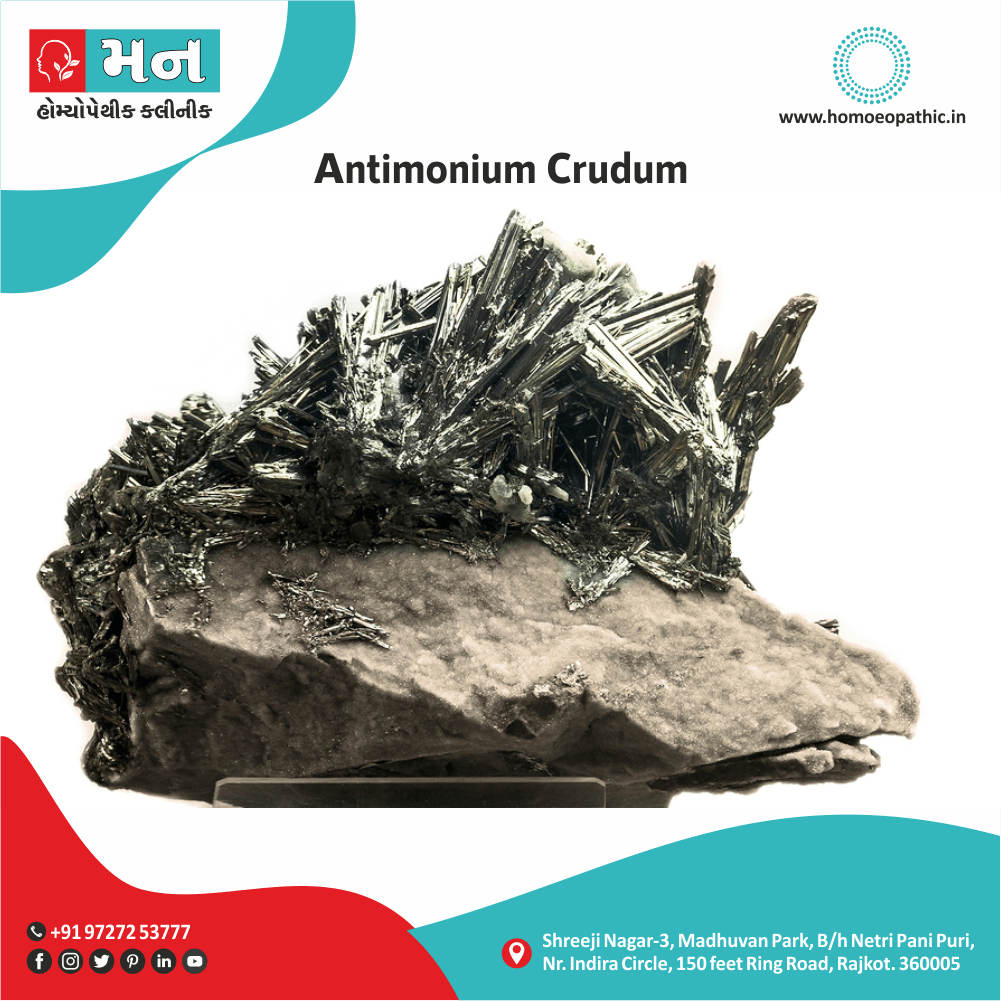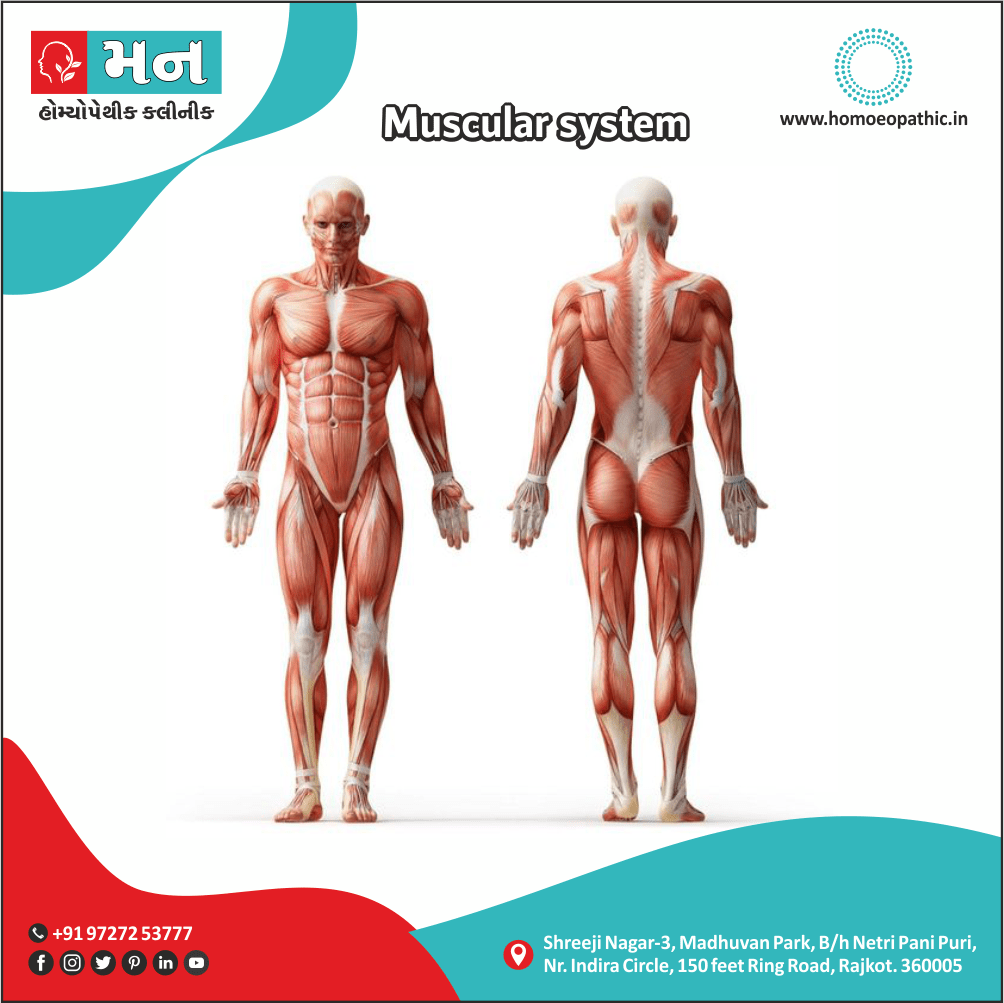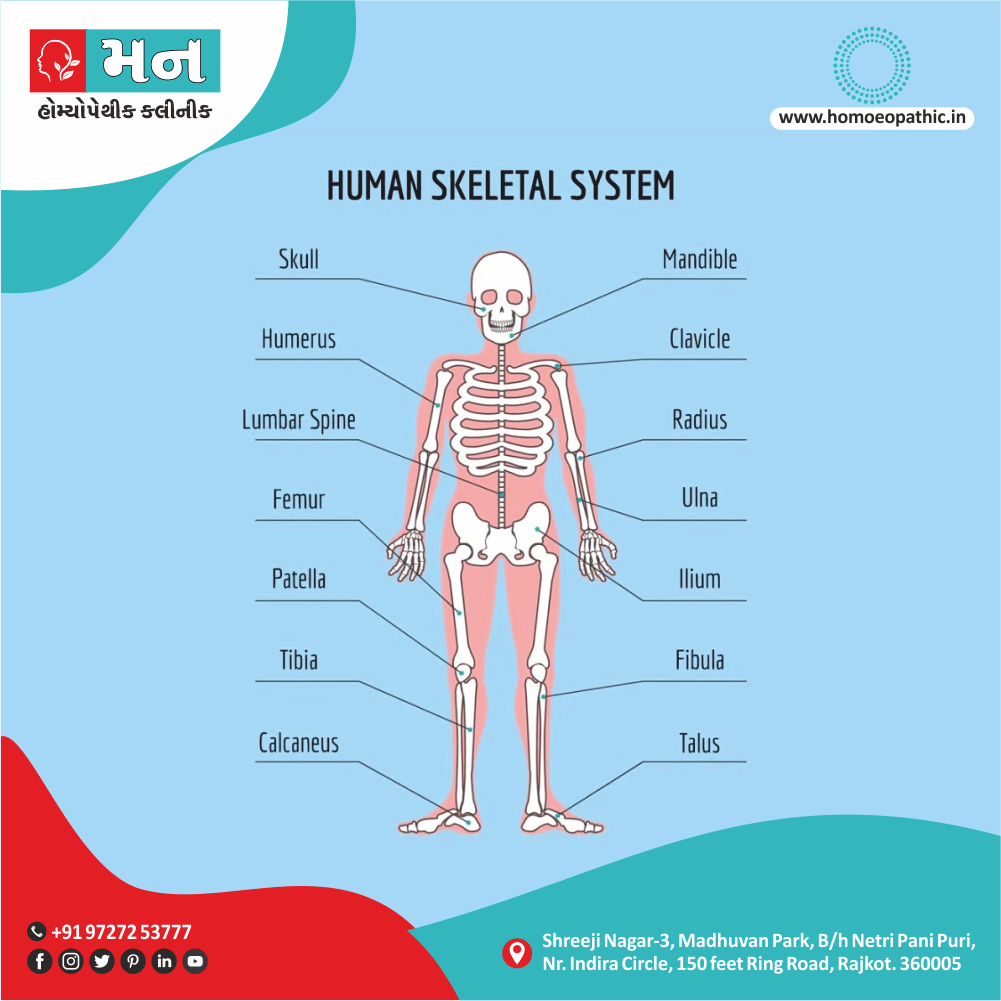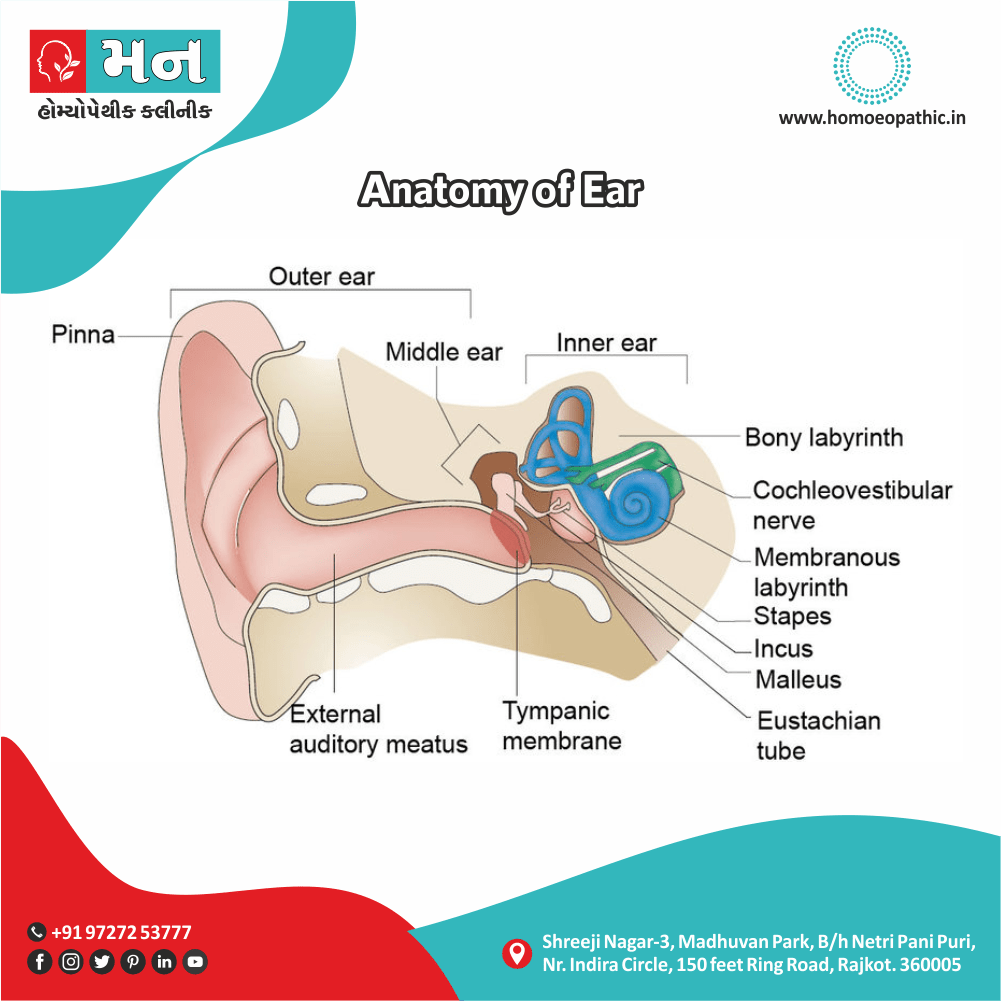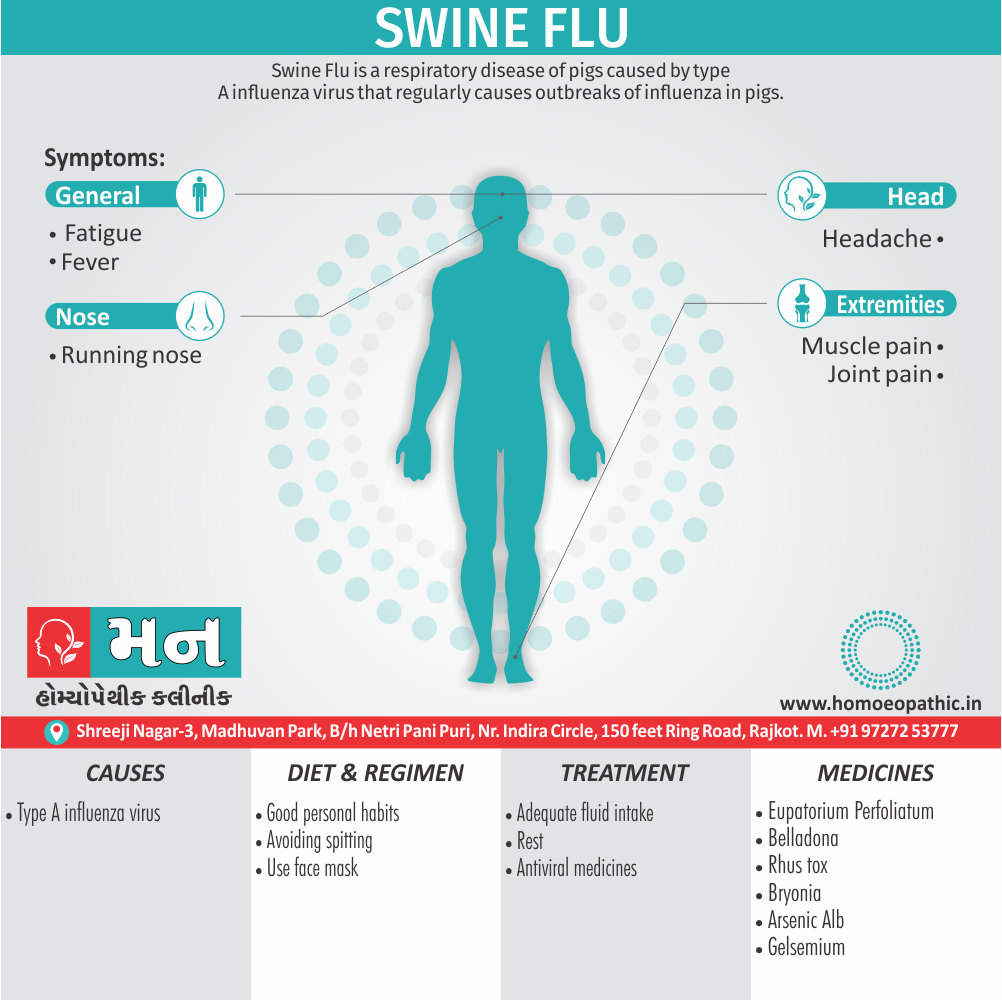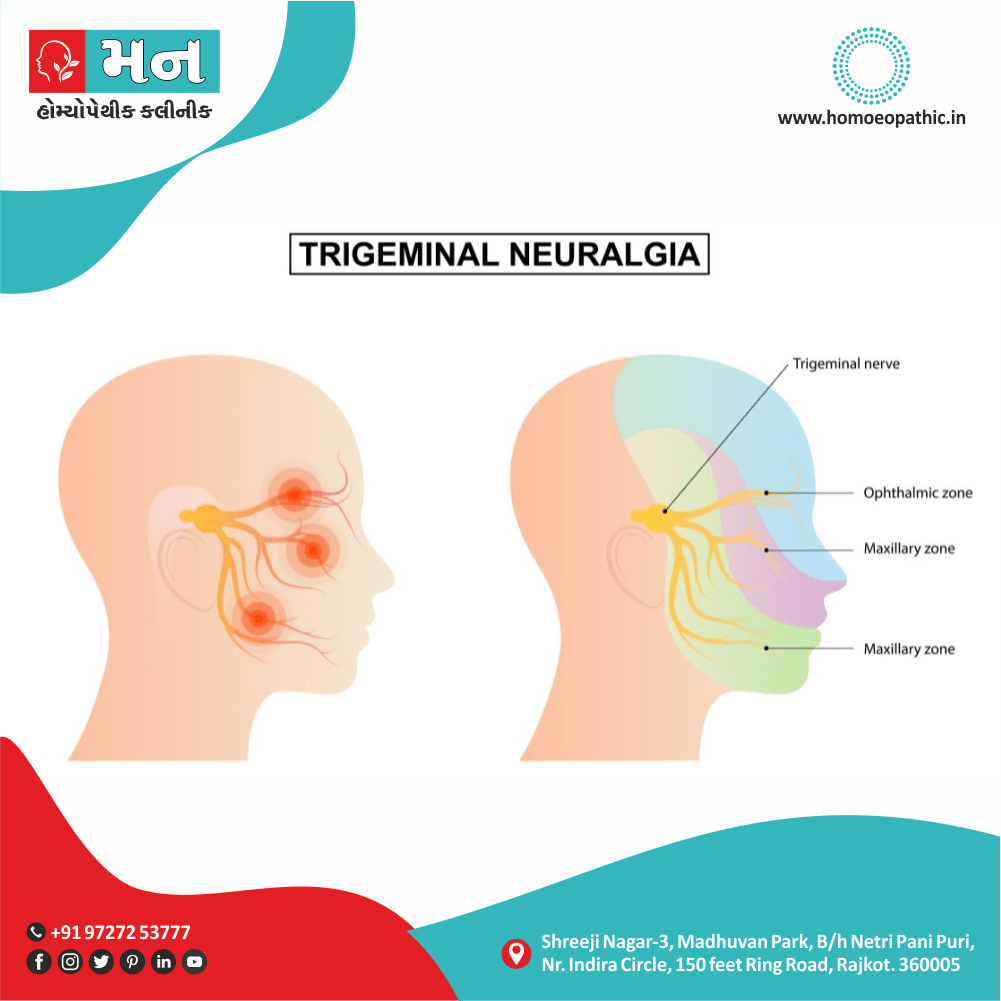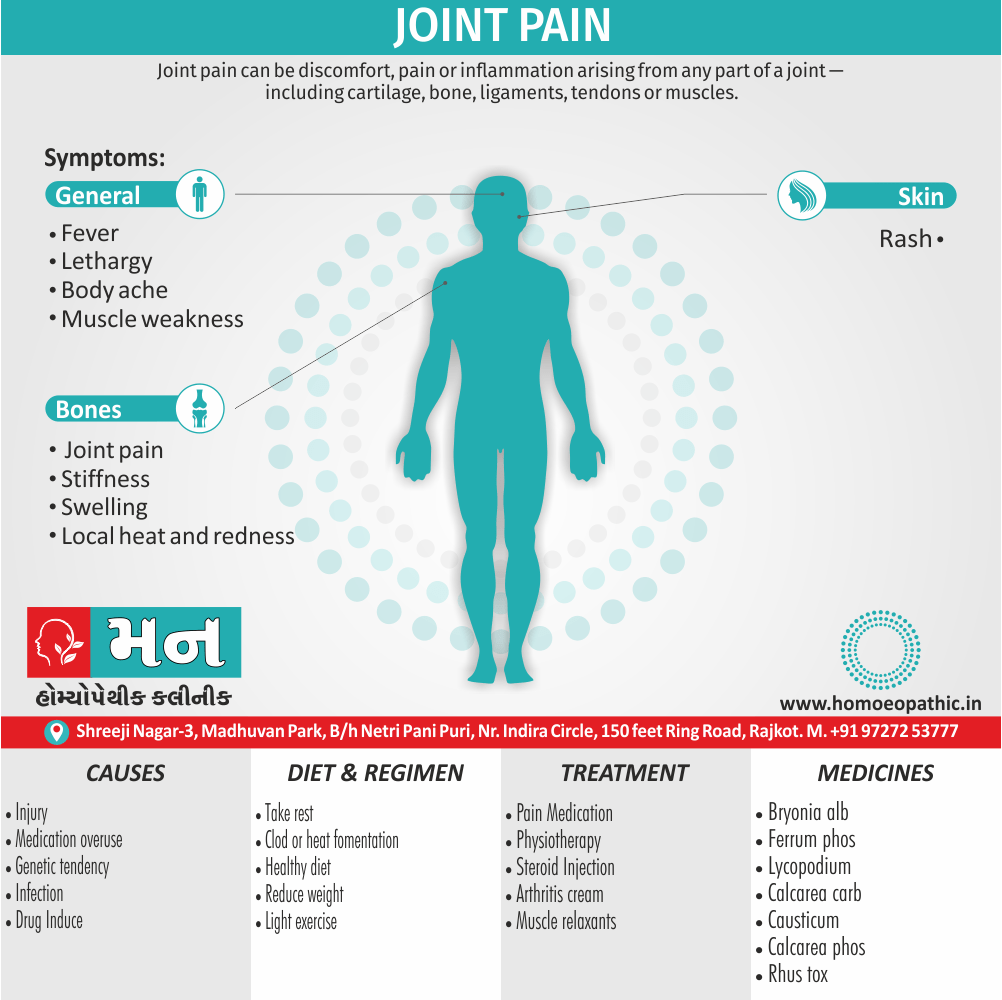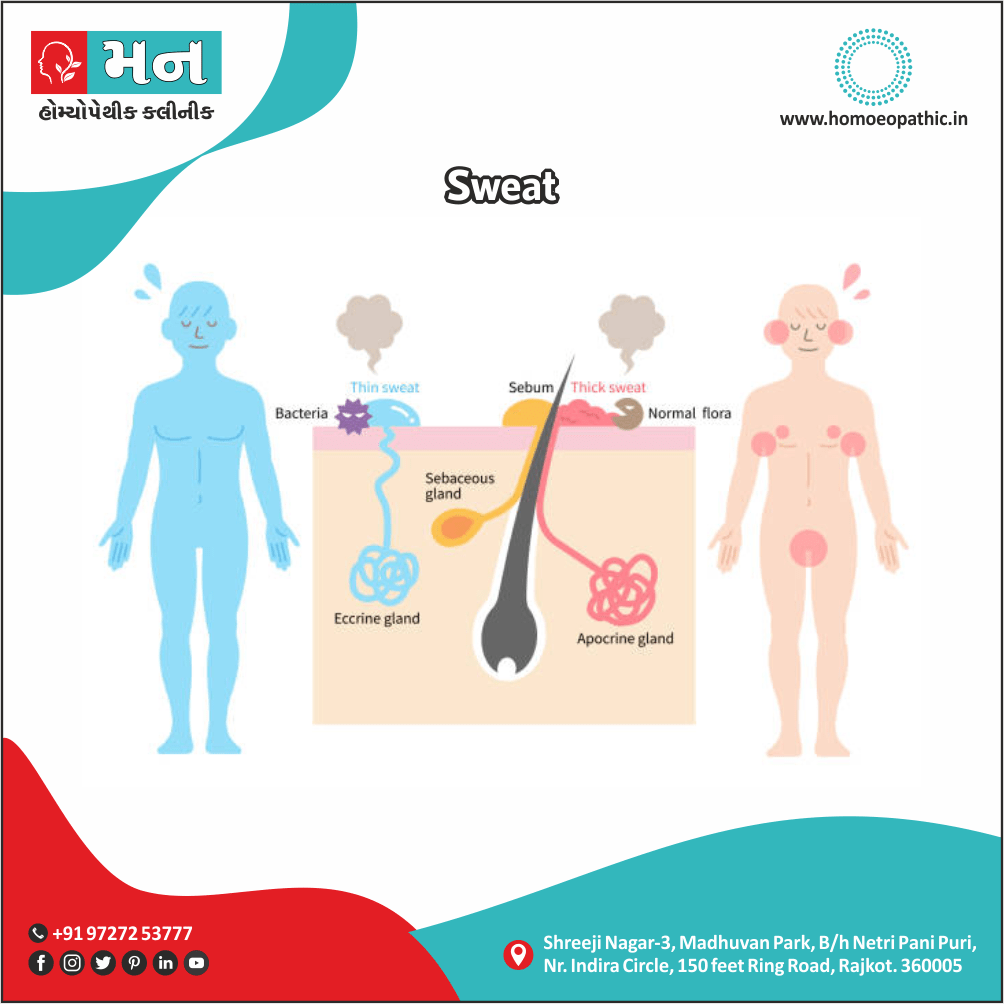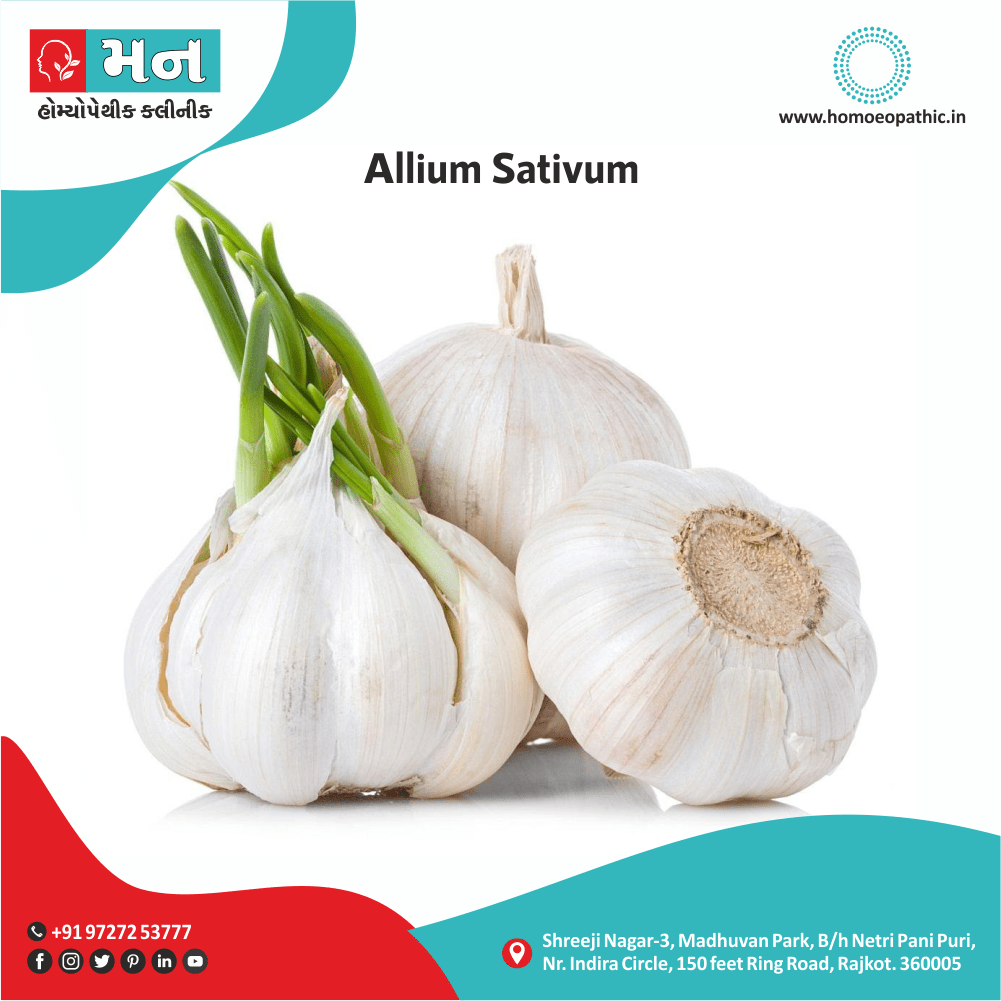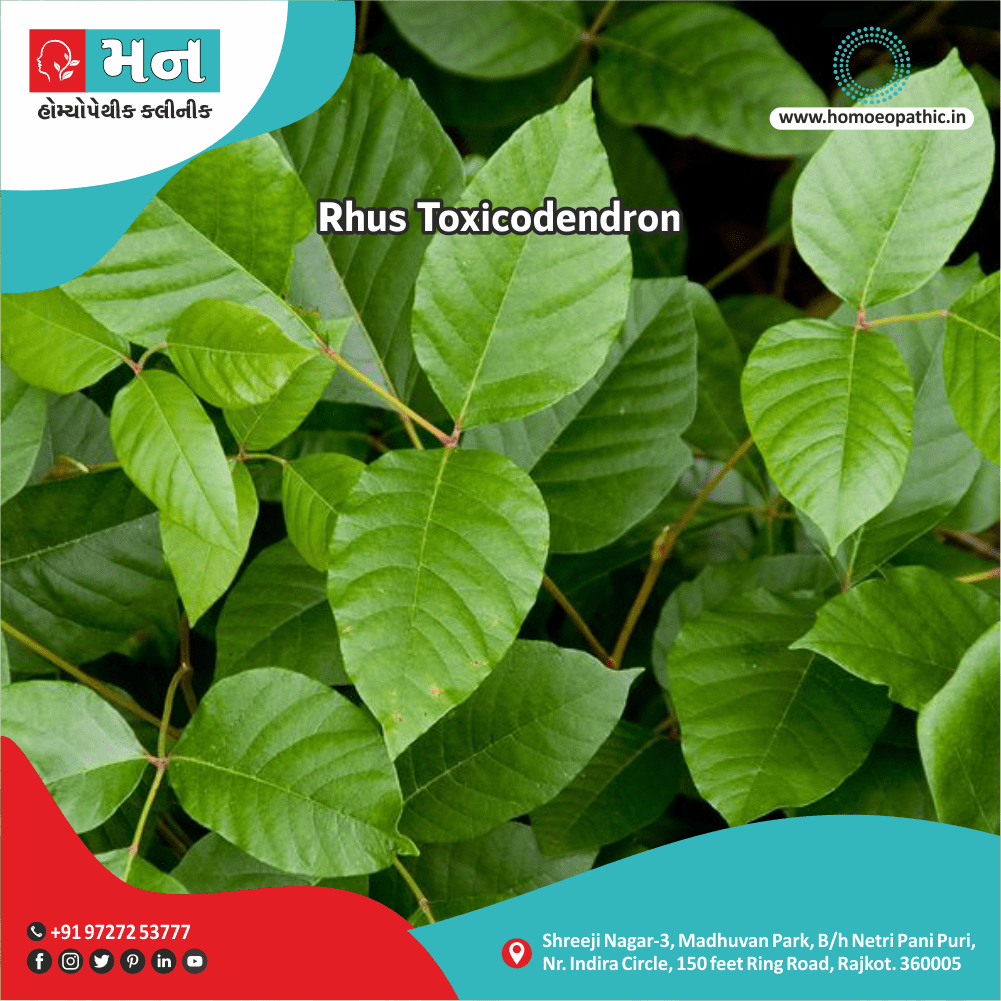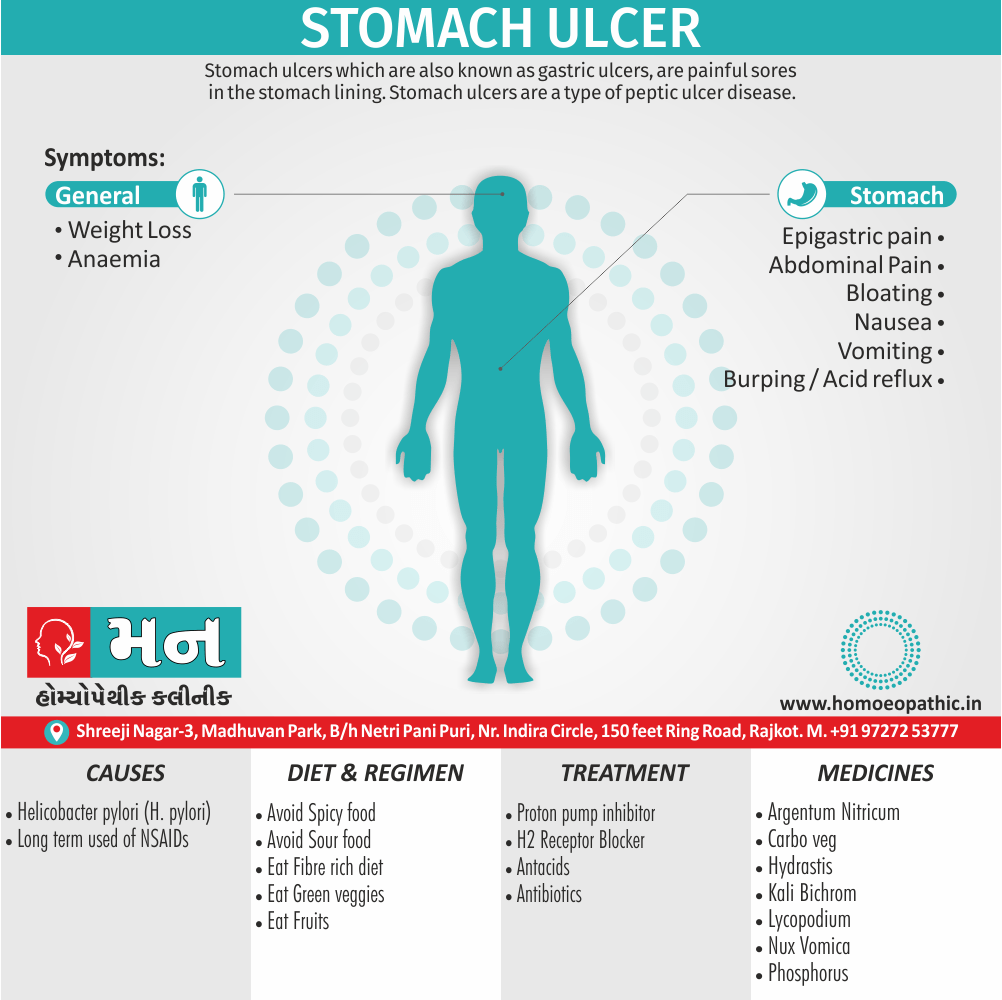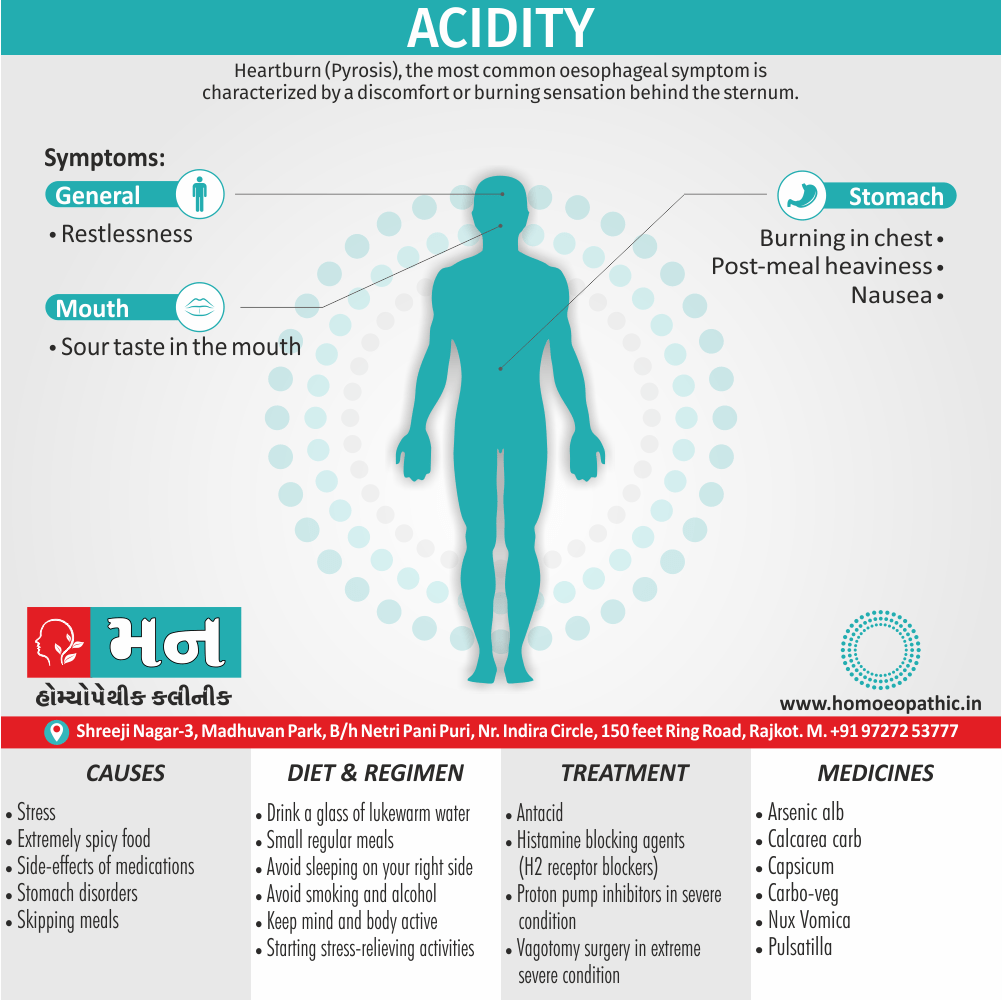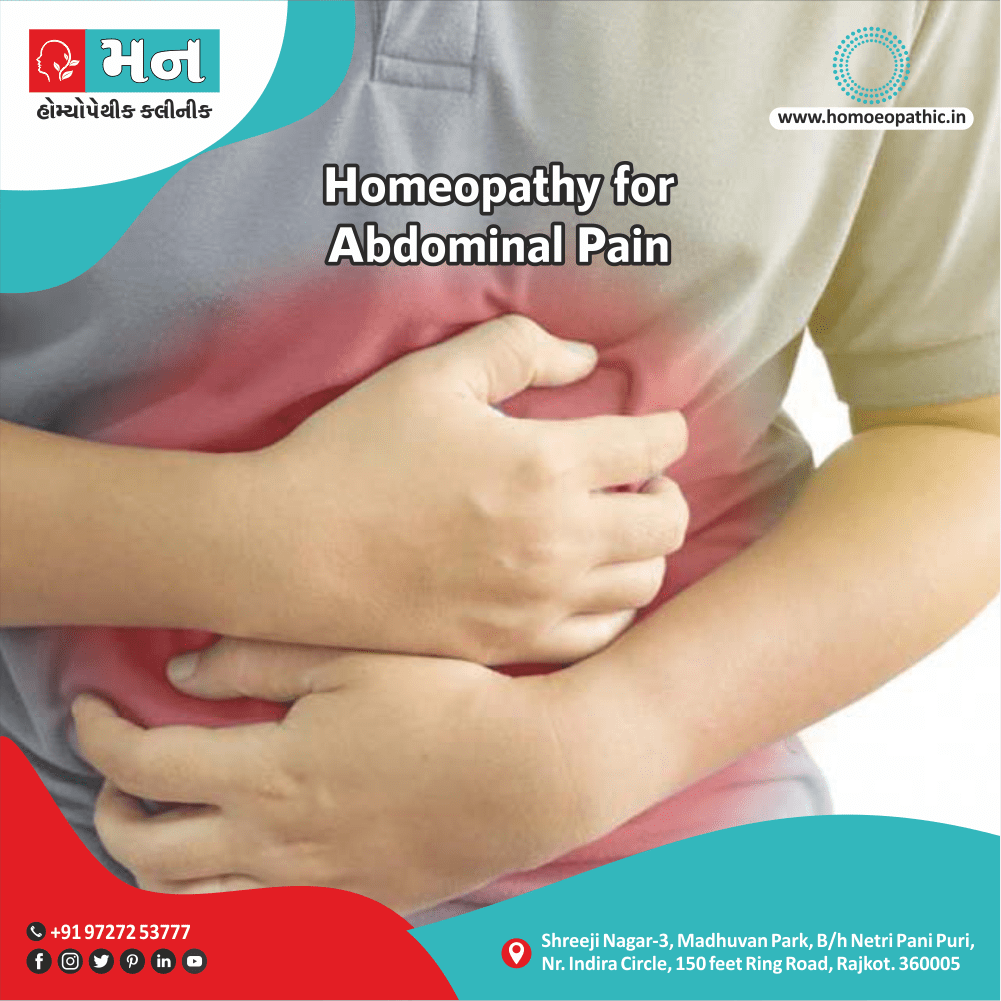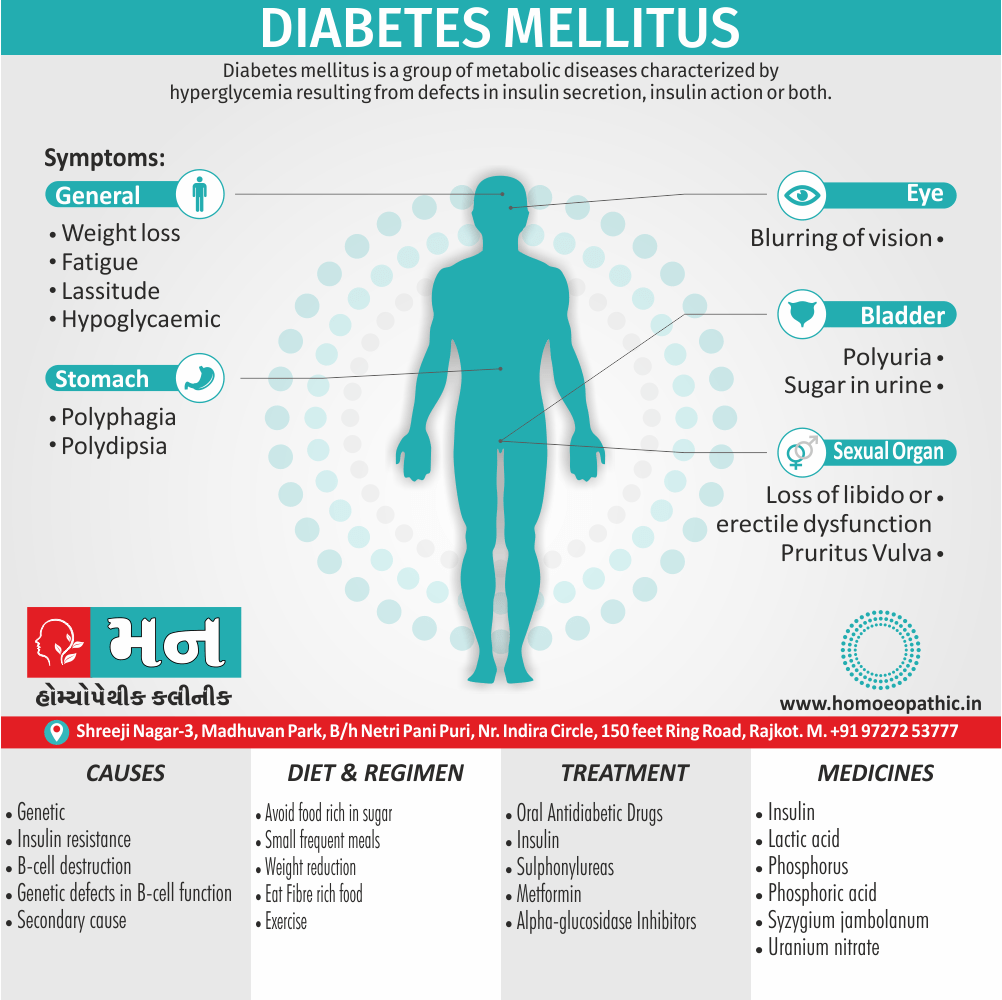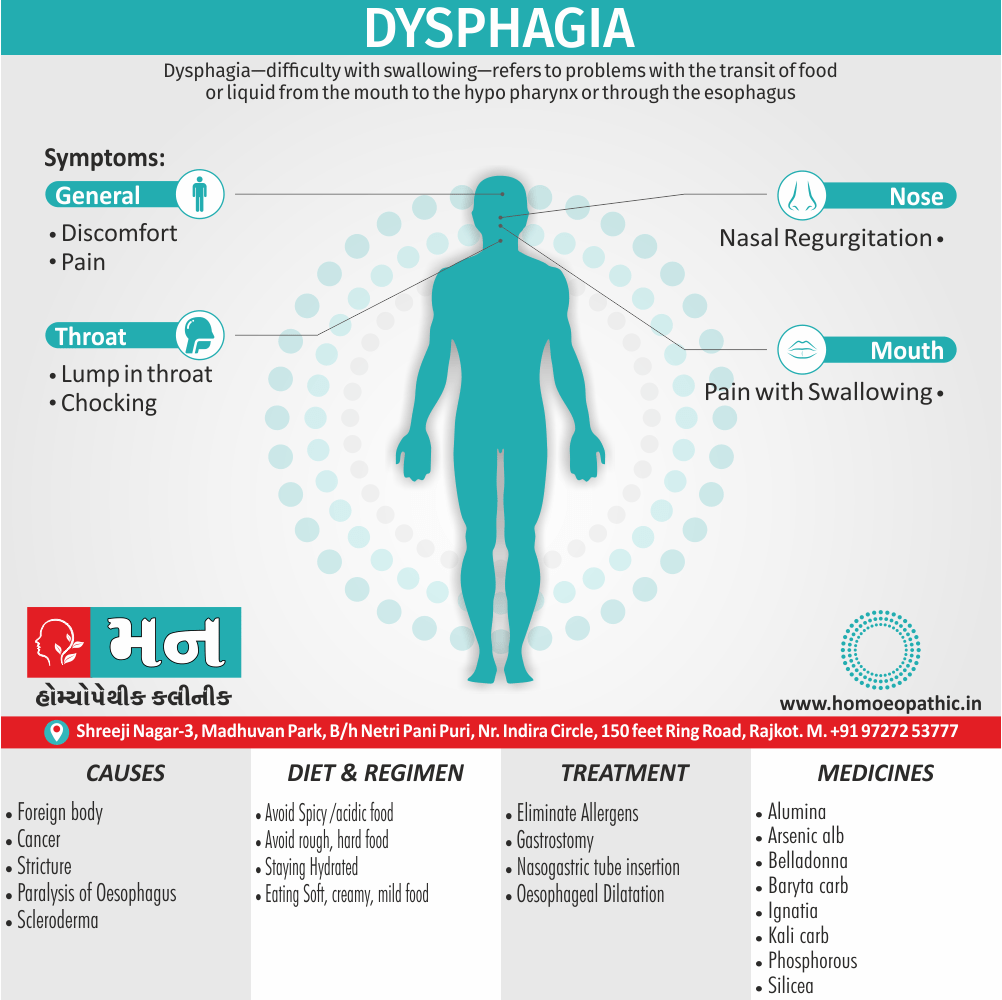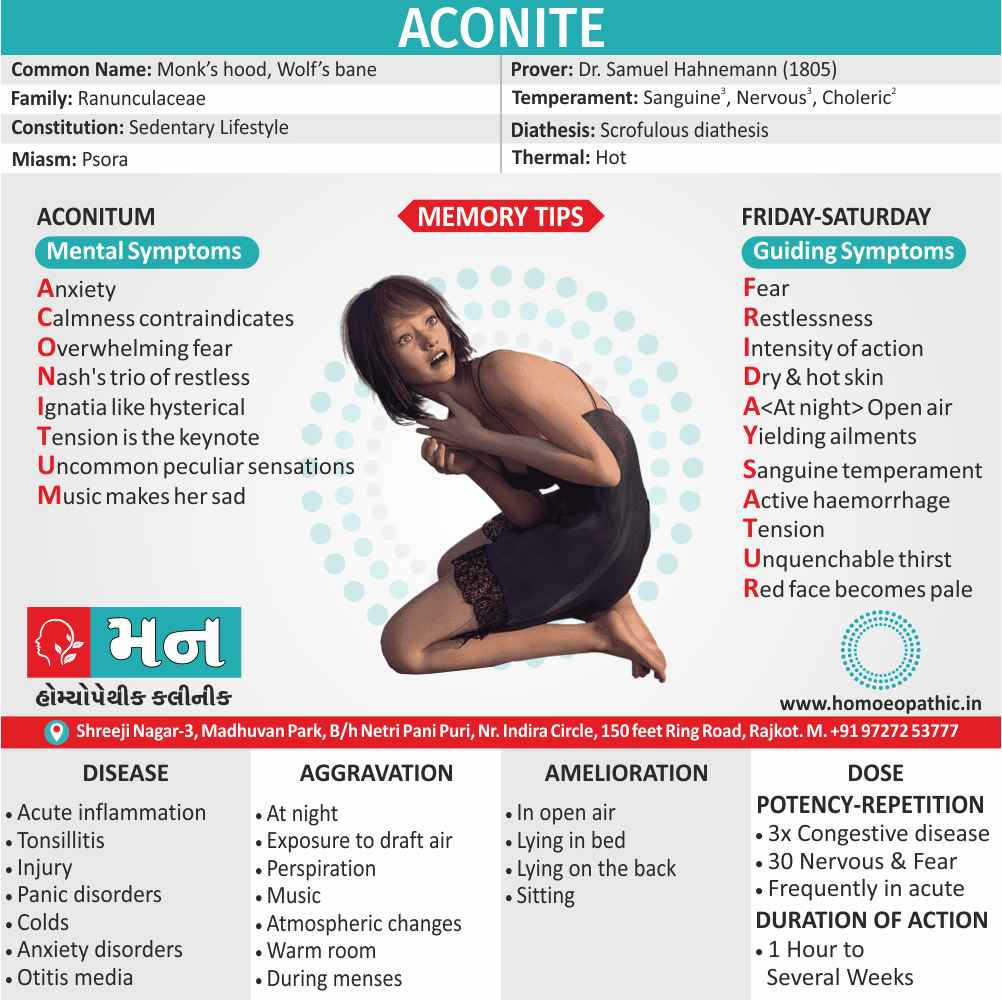Definition of Lipoma
A lipoma is a cluster of fat cells which become overactive and so distended with fat that it produces a palpable swelling. [3]
Overview:
- Generally, Lipoma is a benign tumour arising from fat cells of adult type. [3]
- Tumour arising from brown fat call as hibernoma (specifically reddish brown).
- It call as universal tumour (especially ubiquitous tumour) as it can occur anywhere in the body (except in brain).
- It is the commonest benign tumour.
- It can either diffuse or localize.
- Furthermore, Diffuse lipomas are not encapsulated, not well localized.
- Common in palm, sole, head also neck region, difficult to remove.
- It seen in subcutaneous also intermuscular tissues.
- It can either single or multiple (5%). Multiple lipomas often associated with many syndromes like MEN syndrome (in other words, Multiple endocrine neoplasia syndrome) [2]
- Besides this, It may occur at any age, but it rarely seen in children.
- It is a painless.
- It is usually small but it may attain very big size.
- All in all, It is a freely mobile swelling over the deeper structures.[1]
Causes:
- The cause of lipomas isn’t fully understood.
- They tend to run in families, so genetic factors likely play a role in their development. [4]
Risk factor:
- Being between 40 and 60 years old: Although lipomas can occur at any age, they’re most common in this age group.
- Genetics: Lipomas tend to run in families. [4]
Classification:
-
Single encapsulated:
- This is a single, soft, slow-growing, painless and semi fluctuant swelling.
- The swelling is soft, may feel cystic with fluctuation.
- This is also called pseudo fluctuation.
- Commonly present as a subcutaneous swelling.
- It is freely mobile.
- The flank is the commonest site.
- Dimpling sign: Fibrous bands connect a lipoma to the skin.
- When the skin moved, a dimple appears on the skin
-
Multiple lipomatosis
- Such lipomas are multiple and very often tender because of nerve elements mixed with them.
- Hence, they are called multiple neurolipomatosis.
- Dercum s disease is one example of this variety (Adiposis dolorosa) wherein tender, lipomatous swellings are present in the body, mainly the trunk.
-
Uncapsulated (diffuse)
- Diffuse variety is a rare type of lipoma.
- It is called pseudo lipoma.
- It is an overgrowth of fat without a capsule.
- Histological types:
- Fibro: Since fibrous tissue is mixed with fat, lipoma feels hard.
- Neuro: Painful lipoma, because of presence of nerve elements.
- Naevo: It is usually relatively a vascular but this variety is vascular.[3]
Sign & Symptoms:
- Localized swelling, which is lobular, nontender.
- Semi fluctuant (because fat in body temperature remains in semi liquid condition).
- Mobile, with edges slipping between the palpating fingers (‘slip sign’).
- Skin is free.
- Lipomas may be pedunculated at times.[2]
Investigation:
- A physical exam
- A tissue sample removal (biopsy) for lab examination
- An X-ray or other imaging test, such as an MRI or CT scan, if the lipoma is large, has unusual features or appears to be deeper than the fatty.
Diagnosis:
- Subcutaneous-commonest type.
- Soft to firm lobular swelling.
- ‘Slip’ sign positive-a pathognomonic sign.
- Semi fluctuant swelling.
- ‘Smart’ dimple sign on movement of the skin.[3]
Differential Diagnosis:
- Neurofibroma
- Cystic swellings.[2]
Treatment:
- Excision
- Small lipoma is excised under local anesthesia and larger one under general anesthesia.
- If it is lipo sarcoma, CT chest should be done to see secondary in lungs. Later wide excision is done along with adjuvant chemotherapy and radiotherapy.[2]
Homeopathic Treatment of Lipoma
Homeopathy treats the person as a whole. It means that homeopathic treatment focuses on the patient as a person, as well as his pathological condition. The homeopathic medicines selected after a full individualizing examination and case-analysis.
which includes
- The medical history of the patient,
- Physical and mental constitution,
- Family history,
- Presenting symptoms,
- Underlying pathology,
- Possible causative factors etc.
A miasmatic tendency (predisposition/susceptibility) also often taken into account for the treatment of chronic conditions.
What Homoeopathic doctors do?
A homeopathy doctor tries to treat more than just the presenting symptoms. The focus is usually on what caused the disease condition? Why ‘this patient’ is sick ‘this way’?.
The disease diagnosis is important but in homeopathy, the cause of disease not just probed to the level of bacteria and viruses. Other factors like mental, emotional and physical stress that could predispose a person to illness also looked for. No a days, even modern medicine also considers a large number of diseases as psychosomatic. The correct homeopathy remedy tries to correct this disease predisposition.
The focus is not on curing the disease but to cure the person who is sick, to restore the health. If a disease pathology not very advanced, homeopathy remedies do give a hope for cure but even in incurable cases, the quality of life can greatly improved with homeopathic medicines.
Homeopathic Medicines for Lipoma:
The homeopathic remedies (medicines) given below indicate the therapeutic affinity but this is not a complete and definite guide to the homeopathy treatment of this condition. The symptoms listed against each homeopathic remedy may not be directly related to this disease because in homeopathy general symptoms and constitutional indications also taken into account for selecting a remedy, potency and repetition of dose by Homeopathic doctor.
So, here we describe homeopathic medicine only for reference and education purpose. Do not take medicines without consulting registered homeopathic doctor (BHMS or M.D. Homeopath).
Medicines:
-
Baryta Carb:
- Glandular and atheromatous tumors, especially in old persons where pus is scanty and growth slow.
- Lipoma especially of drunkards; sarcoma in neck, with burning.
- Worse at night, when lying on affected side.
- Better when walking in open air.
- Steatoma; small fibroid tumours. [5]
-
Calcarea Carb:
- Leucophlegmasia and malnutrition, polypi, nasal and uterine, fibroid tumors.
- Lipoma encephaloma, tendency to boils, deficient animal heat, cold feet, perspiration on head also feet;
- Pus copious, putrid, yellowish or white, like milk.
- Worse either in cold air or wet weather.
- Better from having the garments loose.
- Pedunculated fibroids.[5]
-
Phosphorus:
- Open cancers, bleeding profusely, polypi bleeding readily on slight provocation.
- Lipoma, encephaloma, colloid cancer, condyloma of large size, rough and dry, following the vagina painfulness of stomach to touch, and when walking.
- Worse especially after eating anything warm; pus thick, ichorous, hectic, desires to be magnetized.
- Lymphoma on neck with hectic fever. [5]
-
Phytolaca:
- Swelling and induration of a glands.
- Carcinoma mammae.
- Lipoma; shooting lancinating pains,
- worse after sleeping;
- Great exhaustion and prostration. [5]
-
Nitric Acid:
- Pain and swelling of gland, ultimately becoming scirrhus;
- Ulceration following tumor, with a sticking pain as from a painter upon touching them or on notion;
- Bone tumours following mercury or syphilis;
- Condylomata, with sticking pain and much moisture on anus also perineum;
- Pus bloody and corroding. [5]
What is Lipoma ?
A lipoma is a cluster of fat cells which become overactive and so distended with fat that it produces a palpable swelling.
Homeopathic medicines use by Homeopathic Doctors in treatment of Lipoma ?
- Baryta Carb
- Calcarea Carb
- Phosphorus
- Phytolaca
- Nitric Acid
What are the types of Lipoma ?
- Single encapsulated lipoma
- Multiple lipomatosis
- Uncapsulated lipoma (diffuse)
- Fibro lipoma
- Neuro lipoma
- Naevo lipoma
What are the 5 symptoms of Lipoma?
- Localized swelling, which is lobular, nontender.
- Semi fluctuant
- Mobile, with edges slipping between the palpating fingers (‘slip sign’).
- Skin is free.
- Lipomas may be pedunculated at times.
Definition : A lipoma is a cluster of fat cells which become overactive and so distended with fat that it produces a palpable swelling. [3]
Overview
Epidemiology
Causes
Risk Factors
Pathogenesis
Pathophysiology
Types
Clinical Features
Sign & Symptoms
Clinical Examination
Diagnosis
Differential Diagnosis
Complications
Investigations
Treatment
Prevention
Homeopathic Treatment
Diet & Regimen
Do’s and Dont’s
Terminology
References
FAQ
Also Search As
Overview
Overview:
- Generally, Lipoma is a benign tumour arising from fat cells of adult type. [3]
- Tumour arising from brown fat call as hibernoma (specifically reddish brown).
- It call as universal tumour (especially ubiquitous tumour) as it can occur anywhere in the body (except in brain).
- It is the commonest benign tumour.
- It can either diffuse or localize.
- Furthermore, Diffuse lipomas are not encapsulated, not well localized.
- Common in palm, sole, head also neck region, difficult to remove.
- It seen in subcutaneous also intermuscular tissues.
- It can either single or multiple (5%). Multiple lipomas often associated with many syndromes like MEN syndrome (in other words, Multiple endocrine neoplasia syndrome) [2]
- Besides this, It may occur at any age, but it rarely seen in children.
- It is a painless.
- It is usually small but it may attain very big size.
- All in all, It is a freely mobile swelling over the deeper structures.[1]
Epidemiology
Indian epidemiology then other
Causes
Causes:
- The cause of lipomas isn’t fully understood.
- They tend to run in families, so genetic factors likely play a role in their development. [4]
Risk Factors
Risk factor:
- Being between 40 and 60 years old: Although lipomas can occur at any age, they’re most common in this age group.
- Genetics: Lipomas tend to run in families. [4]
.
Pathogenesis
Pathogenesis refers to the development of a disease. It’s the story of how a disease gets started and progresses.
This is the entire journey of a disease, encompassing the cause but going beyond it.
Pathophysiology
Pathophysiology, on the other hand, focuses on the functional changes that occur in the body due to the disease. It explains how the disease disrupts normal physiological processes and how this disruption leads to the signs and symptoms we see.
Imagine a car accident. Pathogenesis would be like understanding how the accident happened – what caused it, the sequence of events (e.g., one car ran a red light, then hit another car). Pathophysiology would be like understanding the damage caused by the accident – the bent fenders, deployed airbags, and any injuries to the passengers.
In simpler terms, pathogenesis is about the "why" of a disease, while pathophysiology is about the "how" of the disease’s effects.
Types
Classification:
Single encapsulated:
- This is a single, soft, slow-growing, painless and semi fluctuant swelling.
- The swelling is soft, may feel cystic with fluctuation.
- This is also called pseudo fluctuation.
- Commonly present as a subcutaneous swelling.
- It is freely mobile.
- The flank is the commonest site.
- Dimpling sign: Fibrous bands connect a lipoma to the skin.
- When the skin moved, a dimple appears on the skin
Multiple lipomatosis
- Such lipomas are multiple and very often tender because of nerve elements mixed with them.
- Hence, they are called multiple neurolipomatosis.
- Dercum s disease is one example of this variety (Adiposis dolorosa) wherein tender, lipomatous swellings are present in the body, mainly the trunk.
Uncapsulated (diffuse)
- Diffuse variety is a rare type of lipoma.
- It is called pseudo lipoma.
- It is an overgrowth of fat without a capsule.
- Histological types:
- Fibro: Since fibrous tissue is mixed with fat, lipoma feels hard.
- Neuro: Painful lipoma, because of presence of nerve elements.
- Naevo: It is usually relatively a vascular but this variety is vascular.[3]
Clinical Features
Tab Content
Sign & Symptoms
Sign & Symptoms:
- Localized swelling, which is lobular, nontender.
- Semi fluctuant (because fat in body temperature remains in semi liquid condition).
- Mobile, with edges slipping between the palpating fingers (‘slip sign’).
- Skin is free.
- Lipomas may be pedunculated at times.[2]
Clinical Examination
Tab Content
Diagnosis
Diagnosis:
- Subcutaneous-commonest type.
- Soft to firm lobular swelling.
- ‘Slip’ sign positive-a pathognomonic sign.
- Semi fluctuant swelling.
- ‘Smart’ dimple sign on movement of the skin.[3]
Differential Diagnosis
Differential Diagnosis:
- Neurofibroma
- Cystic swellings.[2]
Complications
Complications are what happen after you have a disease. They are the negative consequences of the disease process.
Investigations
Investigation:
- A physical exam
- A tissue sample removal (biopsy) for lab examination
- An X-ray or other imaging test, such as an MRI or CT scan, if the lipoma is large, has unusual features or appears to be deeper than the fatty.
Treatment
Treatment:
- Excision
- Small lipoma is excised under local anesthesia and larger one under general anesthesia.
- If it is lipo sarcoma, CT chest should be done to see secondary in lungs. Later wide excision is done along with adjuvant chemotherapy and radiotherapy.[2]
Prevention
Tab Content
Homeopathic Treatment
Homeopathic Treatment of Lipoma
Homeopathy treats the person as a whole. It means that homeopathic treatment focuses on the patient as a person, as well as his pathological condition. The homeopathic medicines selected after a full individualizing examination and case-analysis.
which includes
- The medical history of the patient,
- Physical and mental constitution,
- Family history,
- Presenting symptoms,
- Underlying pathology,
- Possible causative factors etc.
A miasmatic tendency (predisposition/susceptibility) also often taken into account for the treatment of chronic conditions.
What Homoeopathic doctors do?
A homeopathy doctor tries to treat more than just the presenting symptoms. The focus is usually on what caused the disease condition? Why ‘this patient’ is sick ‘this way’?.
The disease diagnosis is important but in homeopathy, the cause of disease not just probed to the level of bacteria and viruses. Other factors like mental, emotional and physical stress that could predispose a person to illness also looked for. No a days, even modern medicine also considers a large number of diseases as psychosomatic. The correct homeopathy remedy tries to correct this disease predisposition.
The focus is not on curing the disease but to cure the person who is sick, to restore the health. If a disease pathology not very advanced, homeopathy remedies do give a hope for cure but even in incurable cases, the quality of life can greatly improved with homeopathic medicines.
Homeopathic Medicines for Lipoma:
The homeopathic remedies (medicines) given below indicate the therapeutic affinity but this is not a complete and definite guide to the homeopathy treatment of this condition. The symptoms listed against each homeopathic remedy may not be directly related to this disease because in homeopathy general symptoms and constitutional indications also taken into account for selecting a remedy, potency and repetition of dose by Homeopathic doctor.
So, here we describe homeopathic medicine only for reference and education purpose. Do not take medicines without consulting registered homeopathic doctor (BHMS or M.D. Homeopath).
Medicines:
Baryta Carb:
- Glandular and atheromatous tumors, especially in old persons where pus is scanty and growth slow.
- Lipoma especially of drunkards; sarcoma in neck, with burning.
- Worse at night, when lying on affected side.
- Better when walking in open air.
- Steatoma; small fibroid tumours. [5]
Calcarea Carb:
- Leucophlegmasia and malnutrition, polypi, nasal and uterine, fibroid tumors.
- Lipoma encephaloma, tendency to boils, deficient animal heat, cold feet, perspiration on head also feet;
- Pus copious, putrid, yellowish or white, like milk.
- Worse either in cold air or wet weather.
- Better from having the garments loose.
- Pedunculated fibroids.[5]
Phosphorus:
- Open cancers, bleeding profusely, polypi bleeding readily on slight provocation.
- Lipoma, encephaloma, colloid cancer, condyloma of large size, rough and dry, following the vagina painfulness of stomach to touch, and when walking.
- Worse especially after eating anything warm; pus thick, ichorous, hectic, desires to be magnetized.
- Lymphoma on neck with hectic fever. [5]
Phytolaca:
- Swelling and induration of a glands.
- Carcinoma mammae.
- Lipoma; shooting lancinating pains,
- worse after sleeping;
- Great exhaustion and prostration. [5]
Nitric Acid:
- Pain and swelling of gland, ultimately becoming scirrhus;
- Ulceration following tumor, with a sticking pain as from a painter upon touching them or on notion;
- Bone tumours following mercury or syphilis;
- Condylomata, with sticking pain and much moisture on anus also perineum;
- Pus bloody and corroding. [5]
Diet & Regimen
Do’s and Dont’s
Tab Content
Terminology
Tab Content
References
FAQ
What is Lipoma ?
A lipoma is a cluster of fat cells which become overactive and so distended with fat that it produces a palpable swelling.
Homeopathic medicines use by Homeopathic Doctors in treatment of Lipoma ?
- Baryta Carb
- Calcarea Carb
- Phosphorus
- Phytolaca
- Nitric Acid
What are the types of Lipoma ?
- Single encapsulated lipoma
- Multiple lipomatosis
- Uncapsulated lipoma (diffuse)
- Fibro lipoma
- Neuro lipoma
- Naevo lipoma
What are the 5 symptoms of Lipoma?
- Localized swelling, which is lobular, nontender.
- Semi fluctuant
- Mobile, with edges slipping between the palpating fingers (‘slip sign’).
- Skin is free.
- Lipomas may be pedunculated at times.
Also Search As
Frequently Asked Questions (FAQ)
XYZ
XXX
XYZ
XXX
XYZ
XXX
